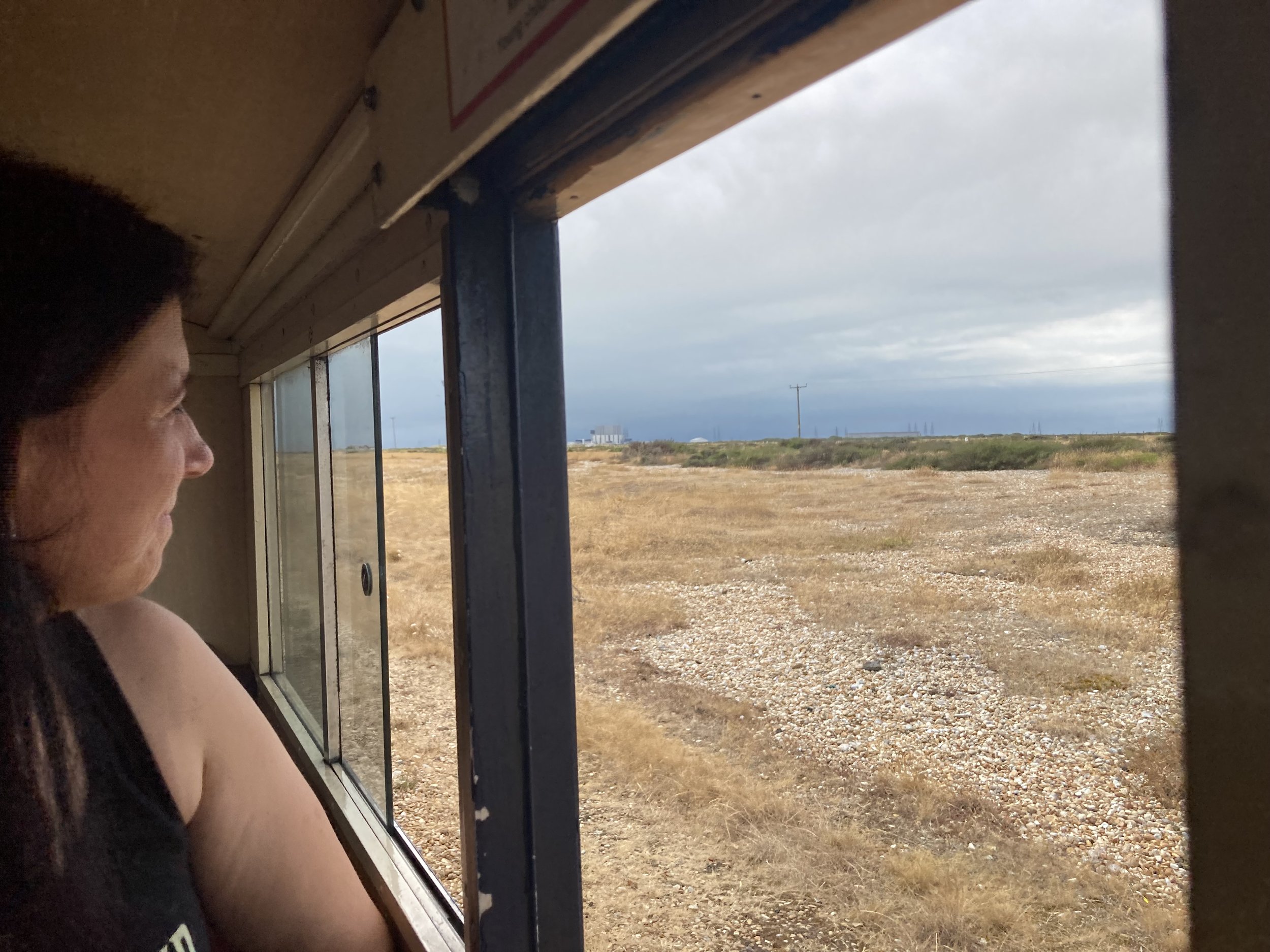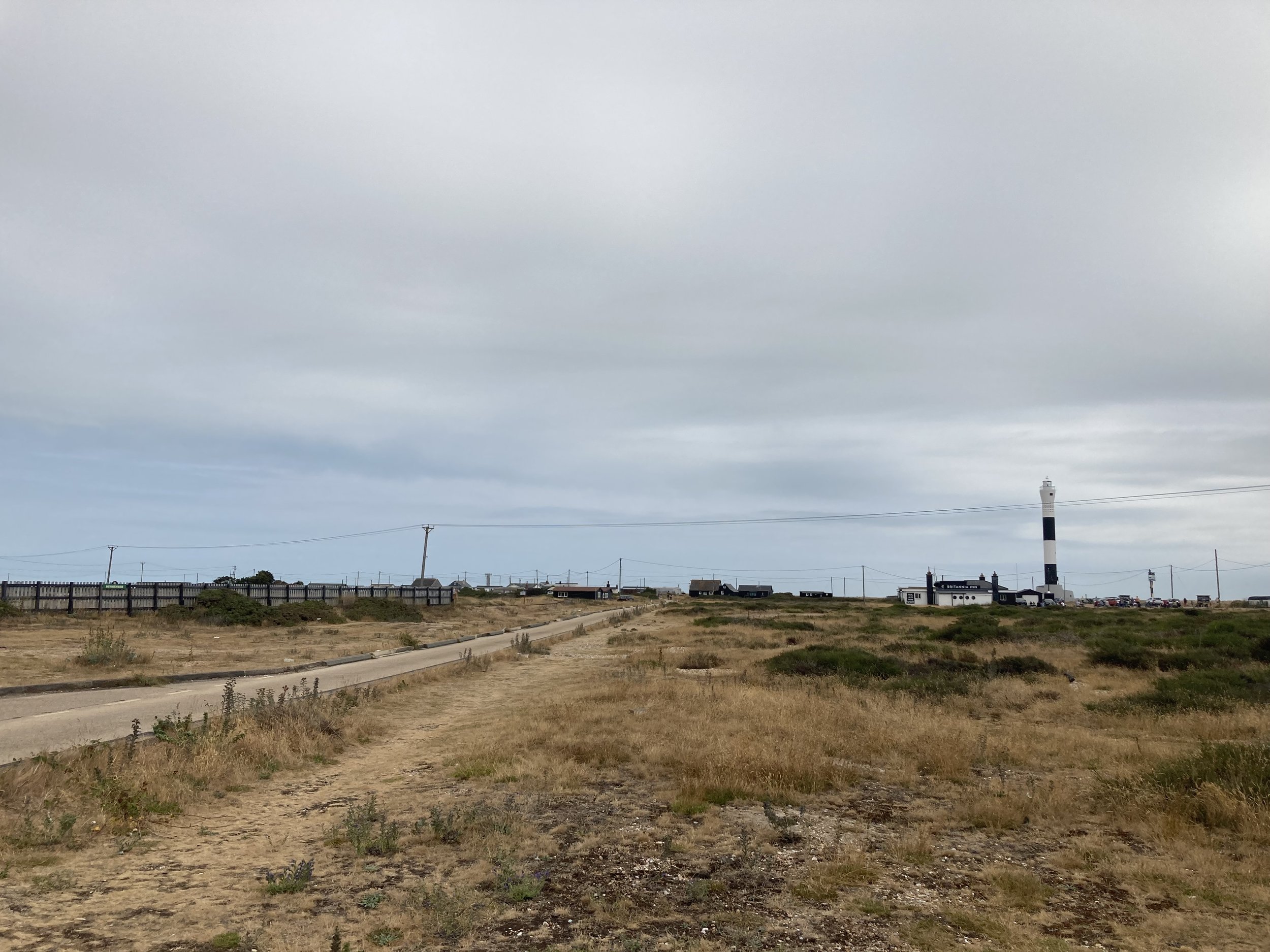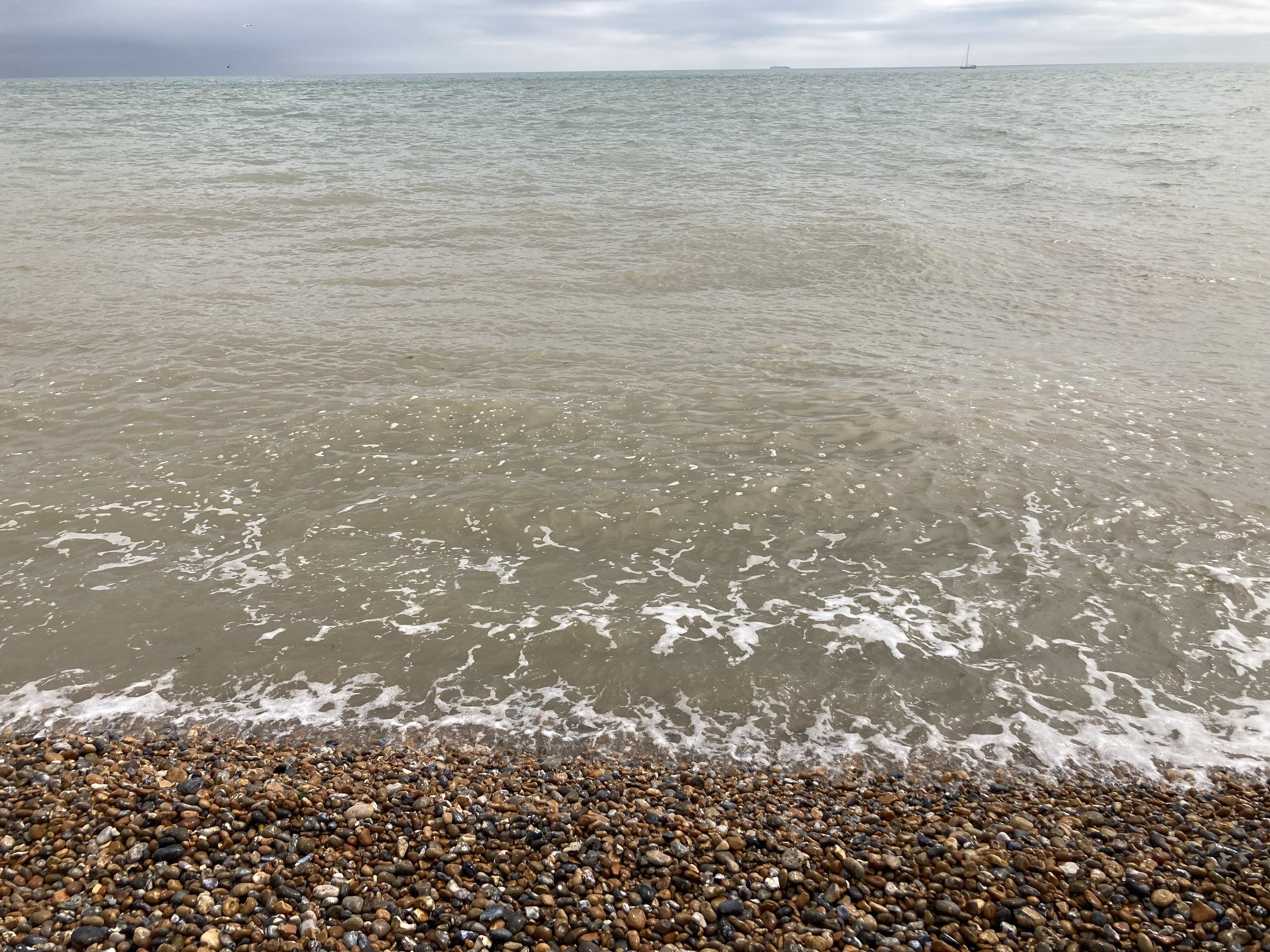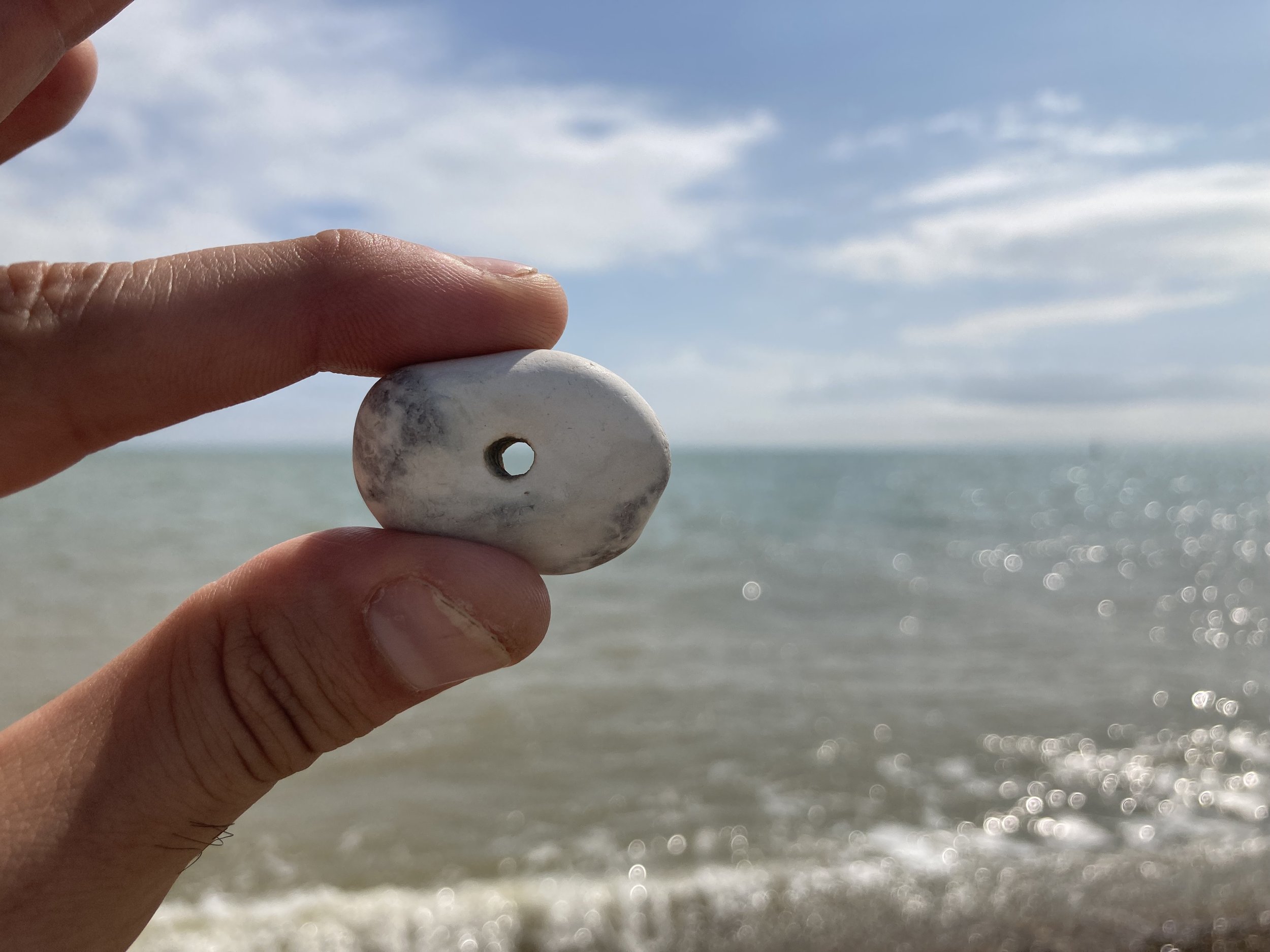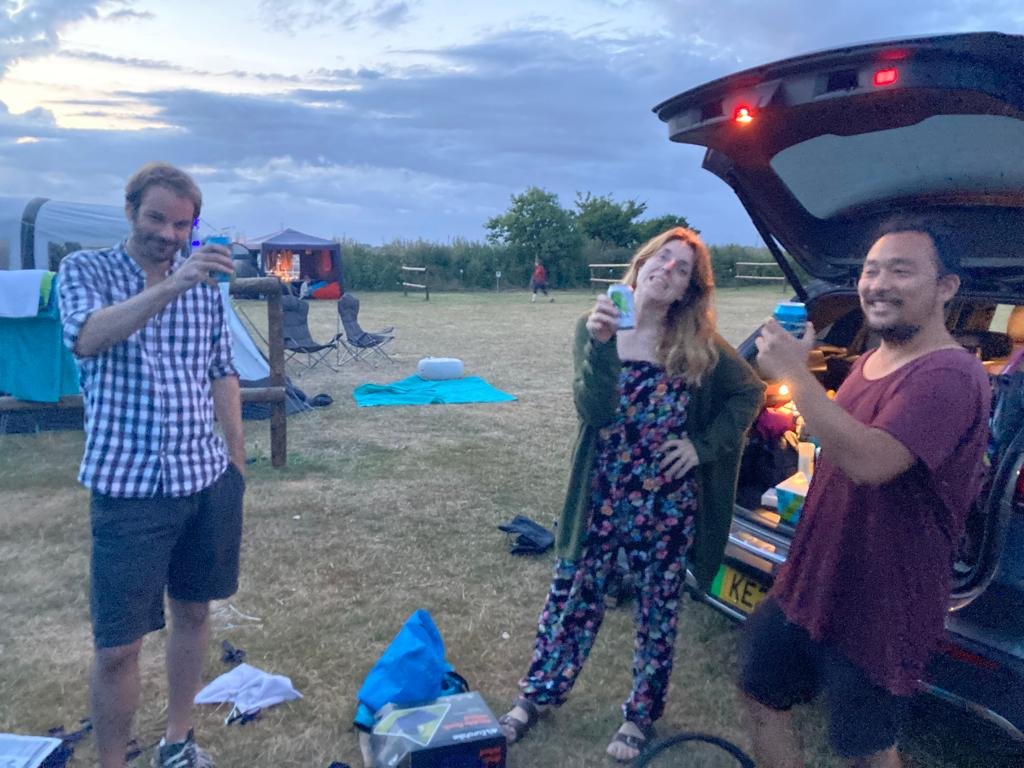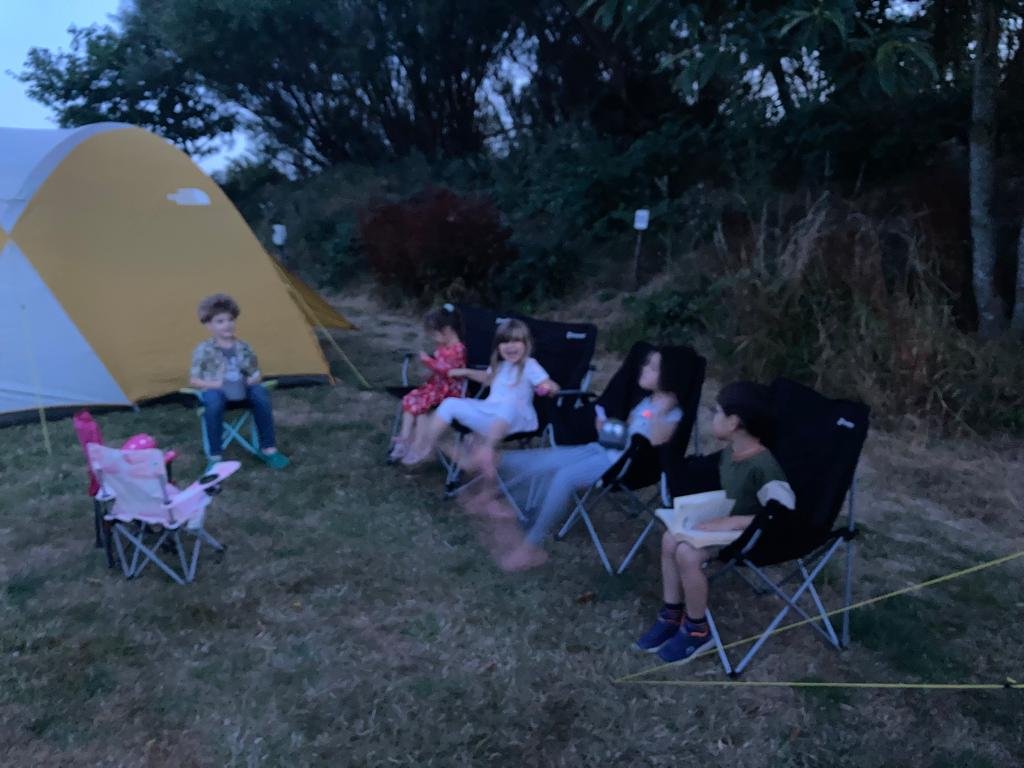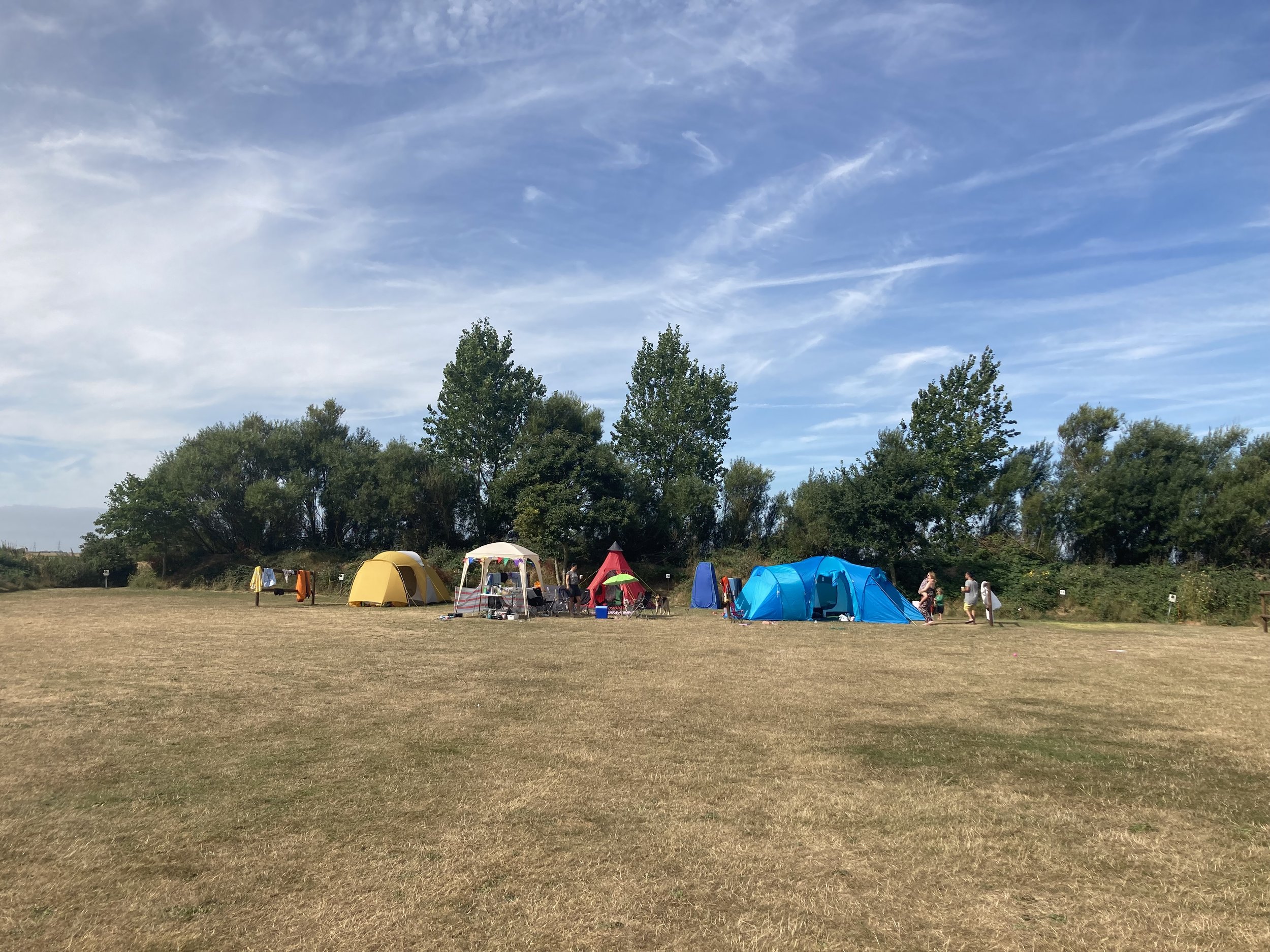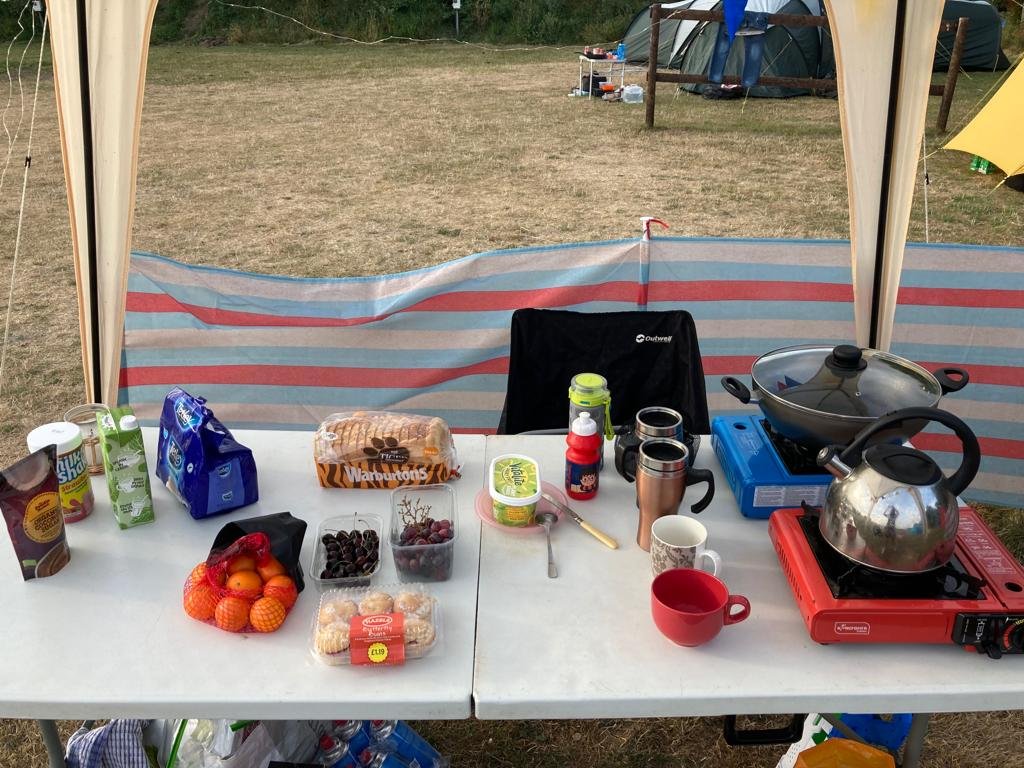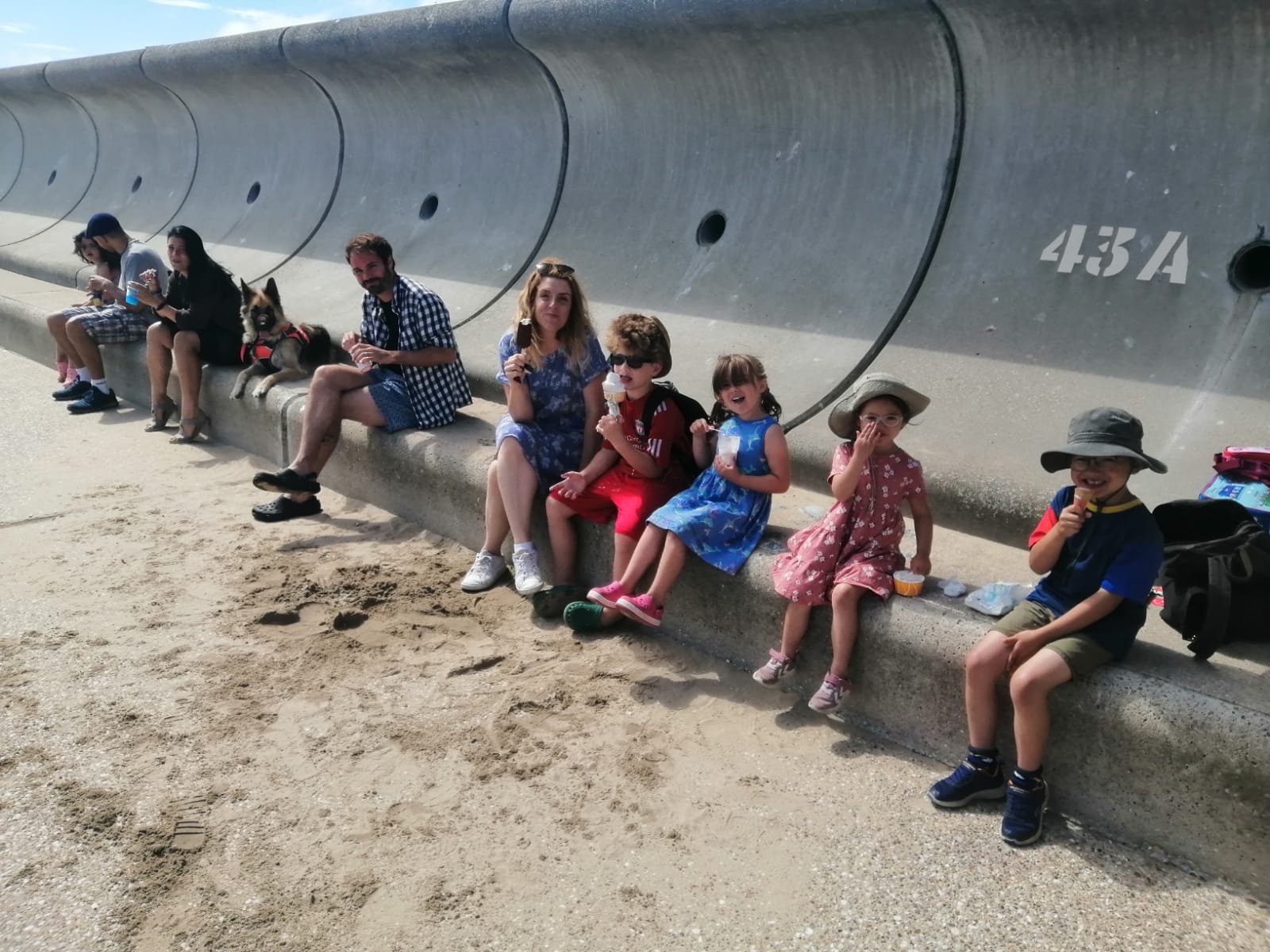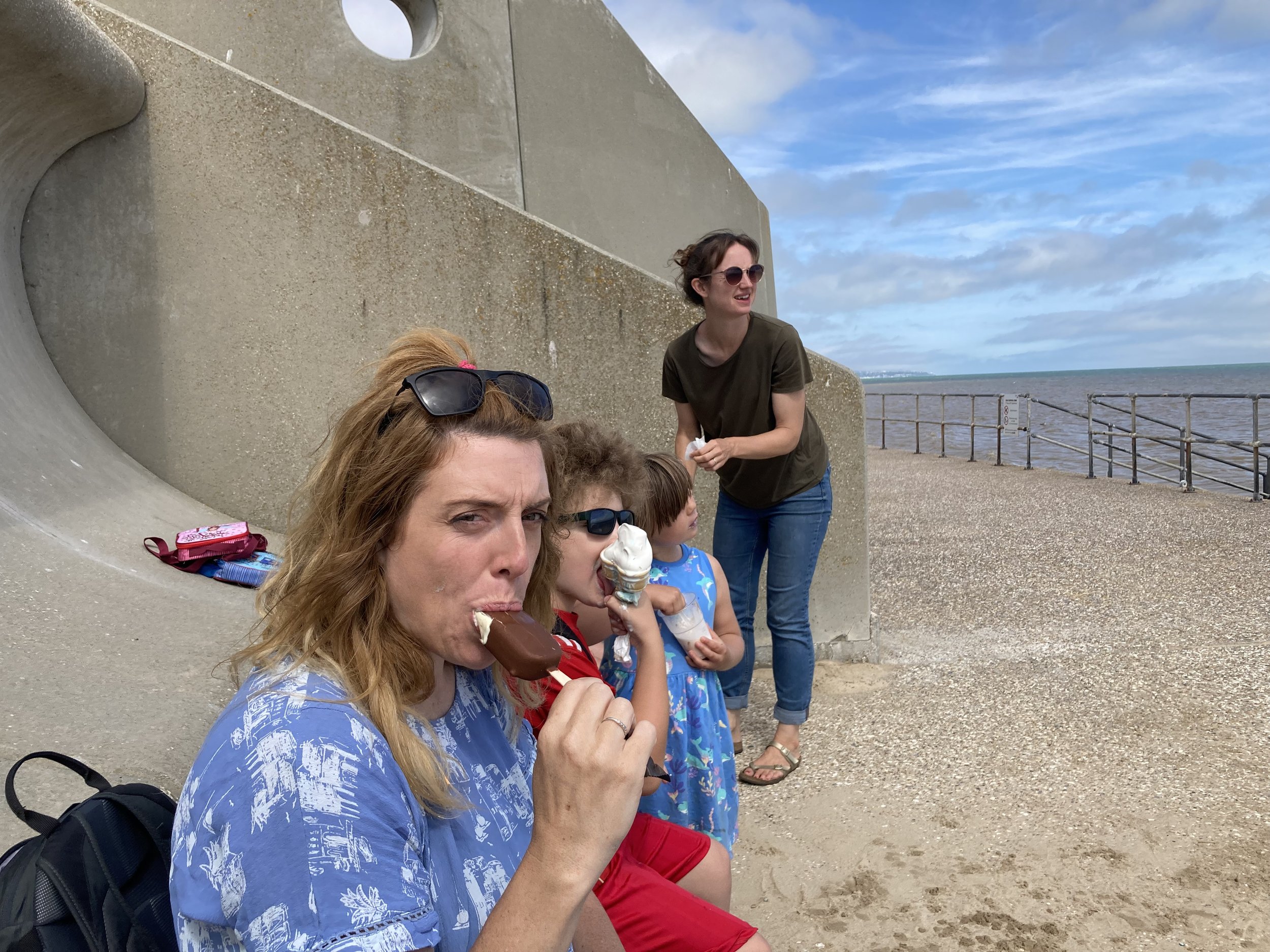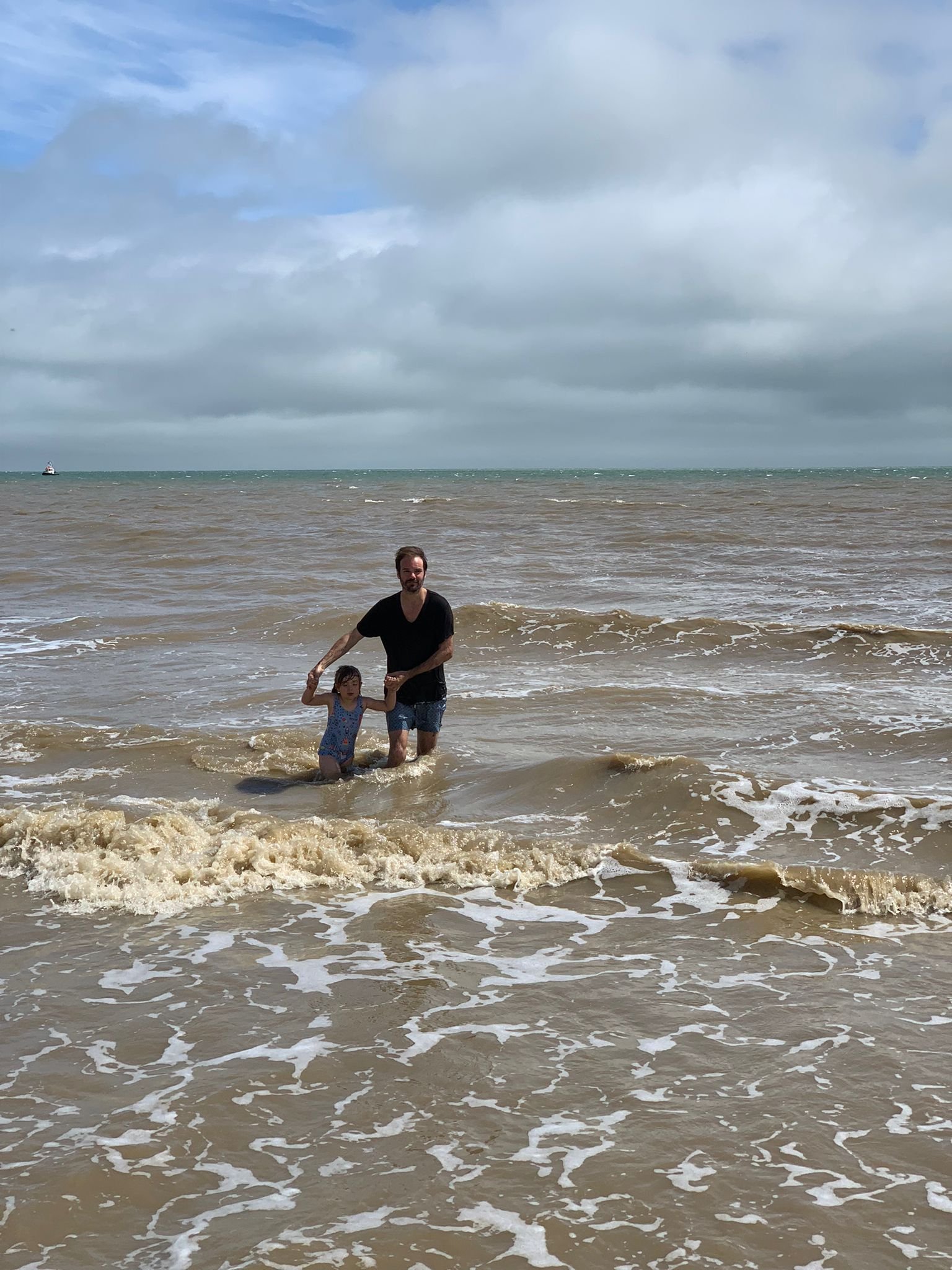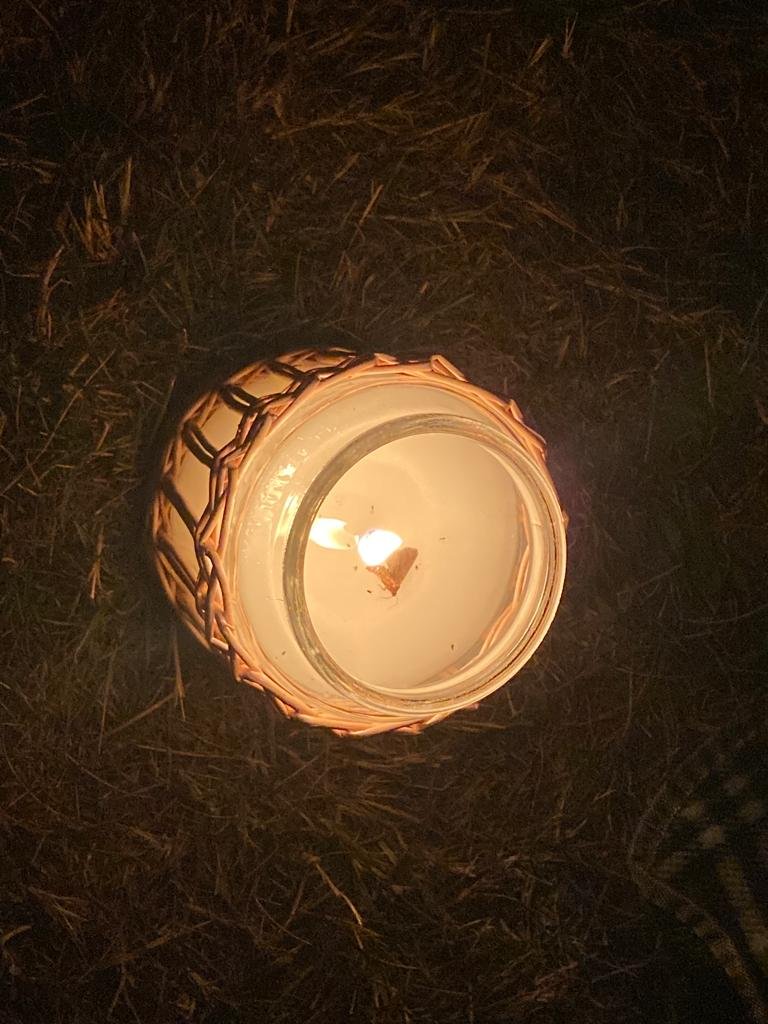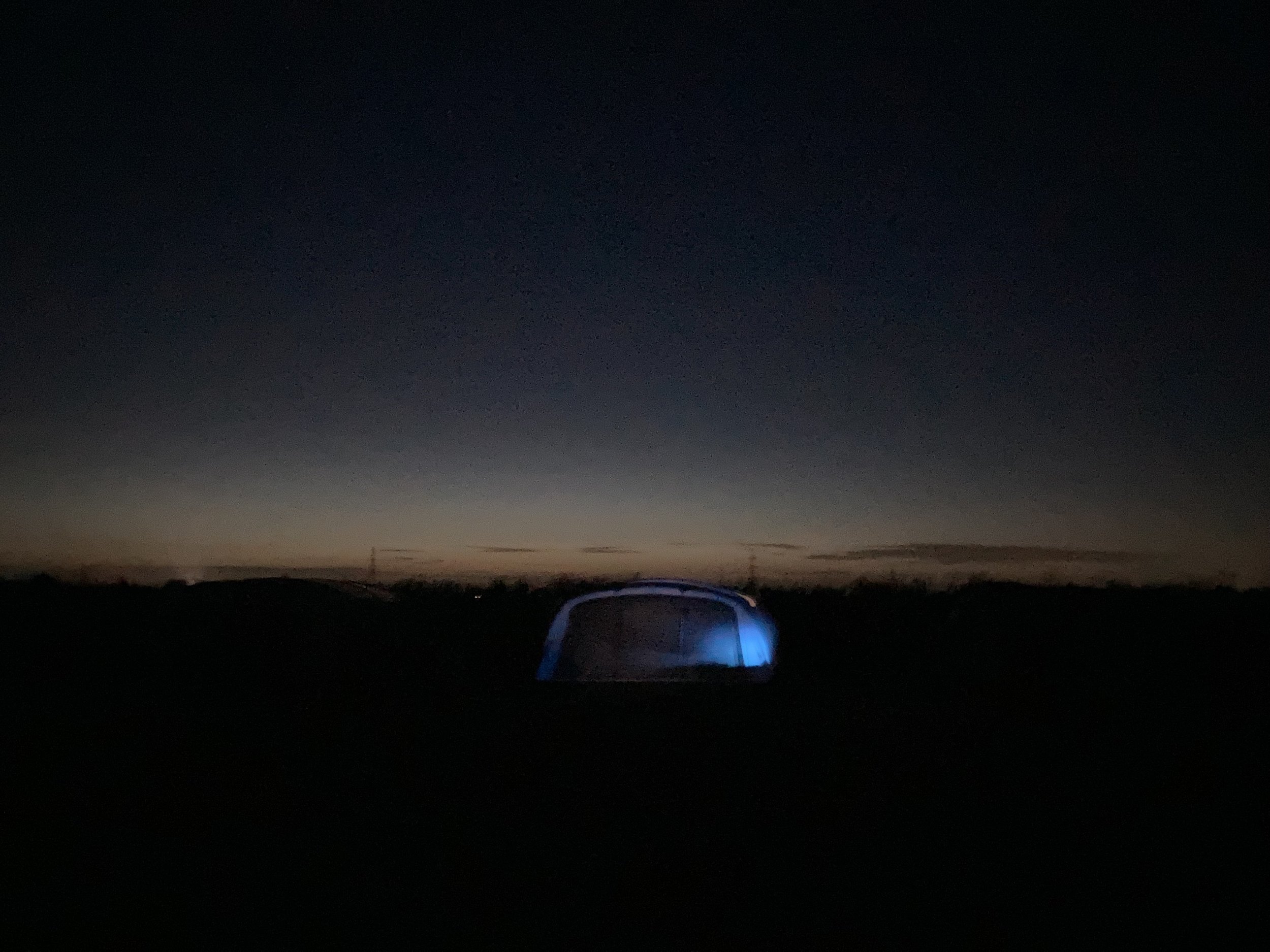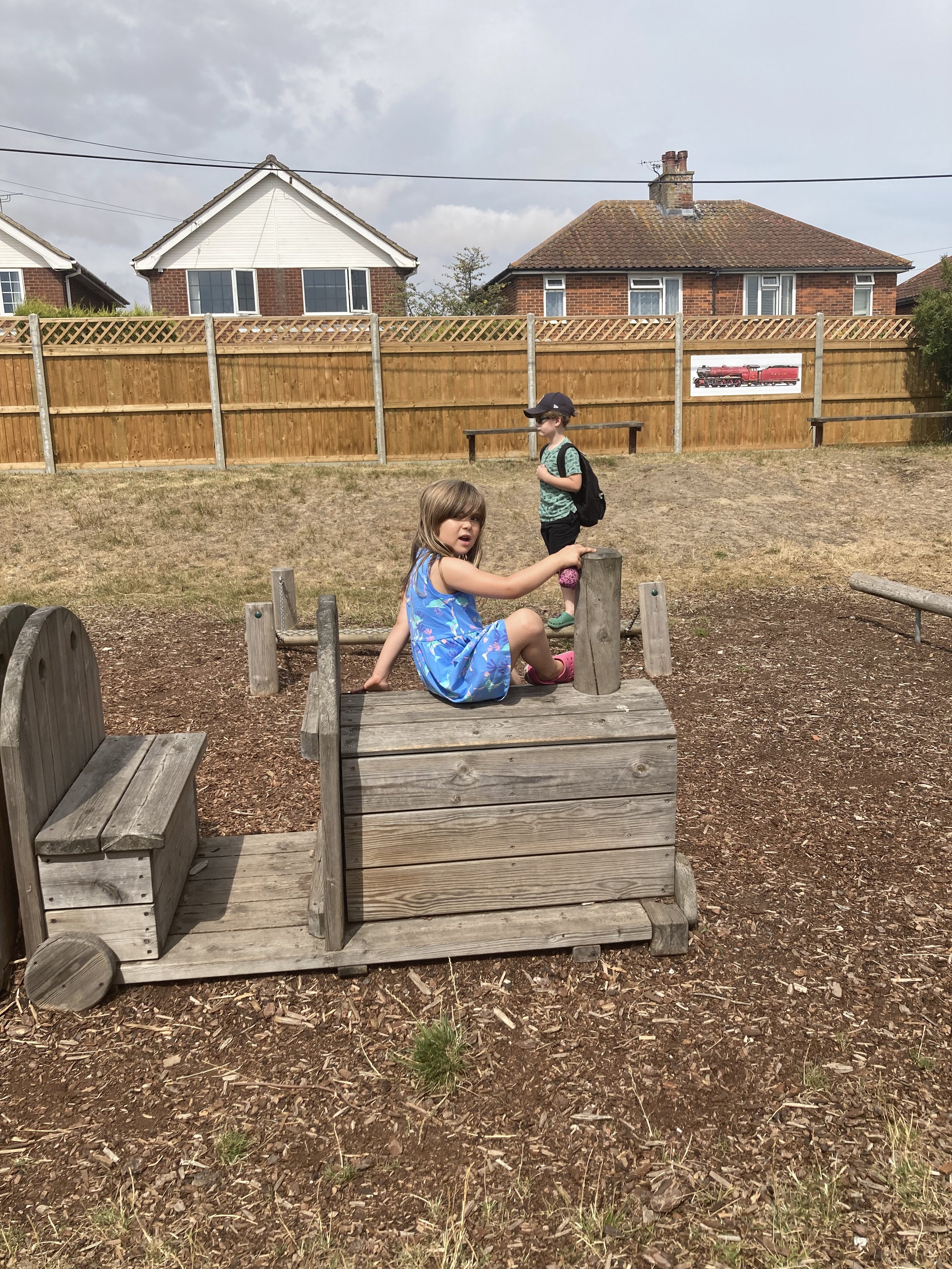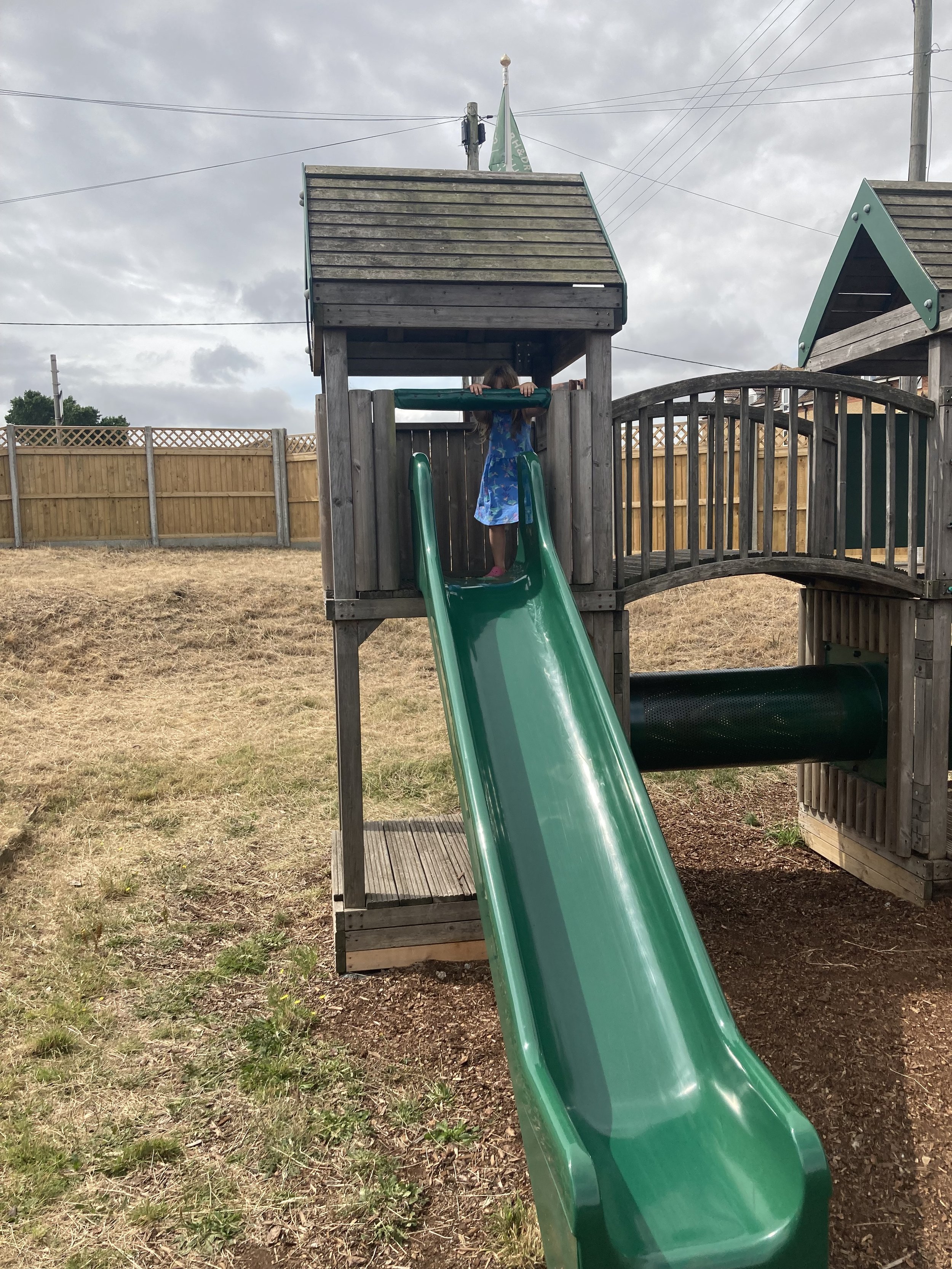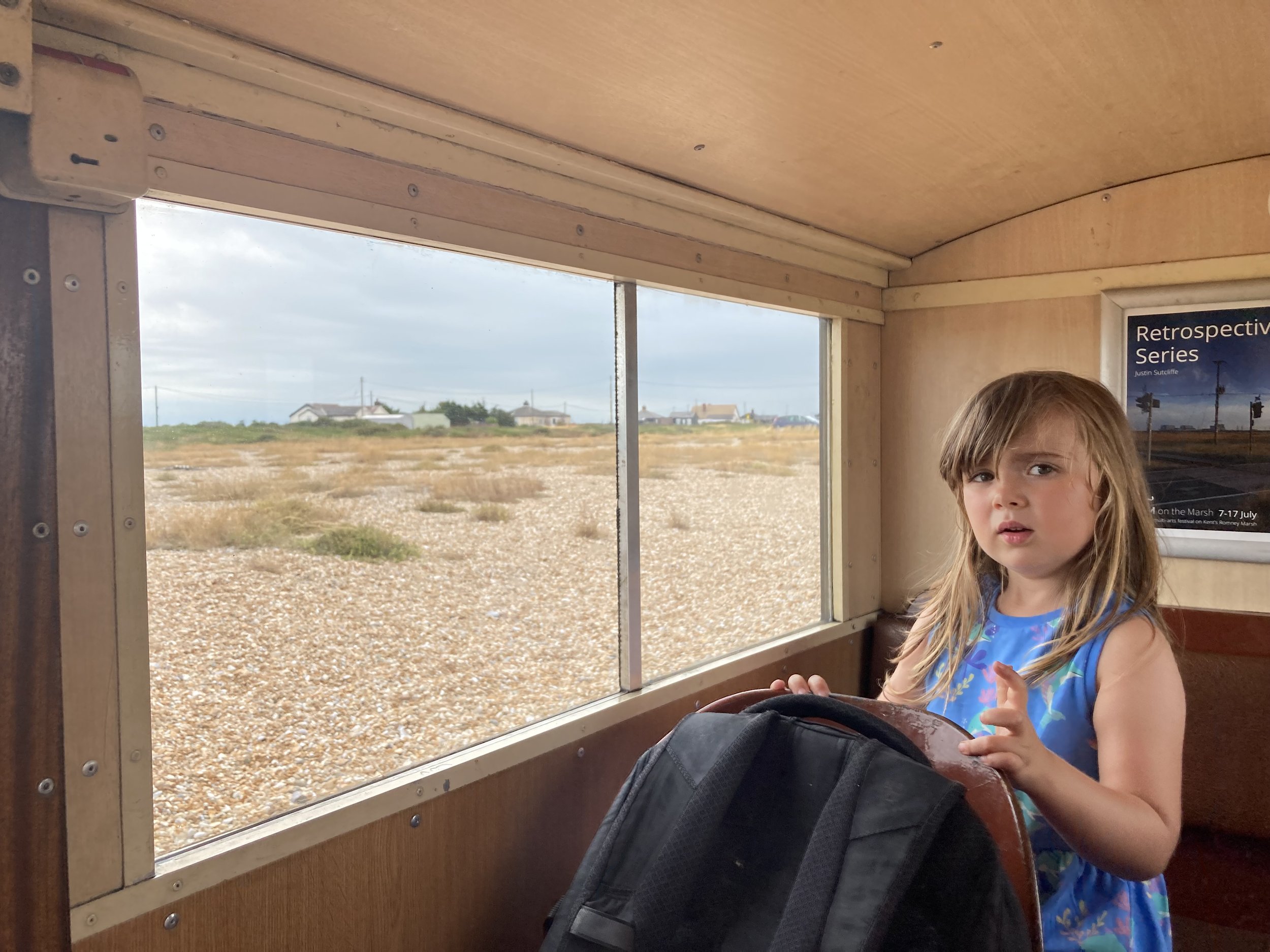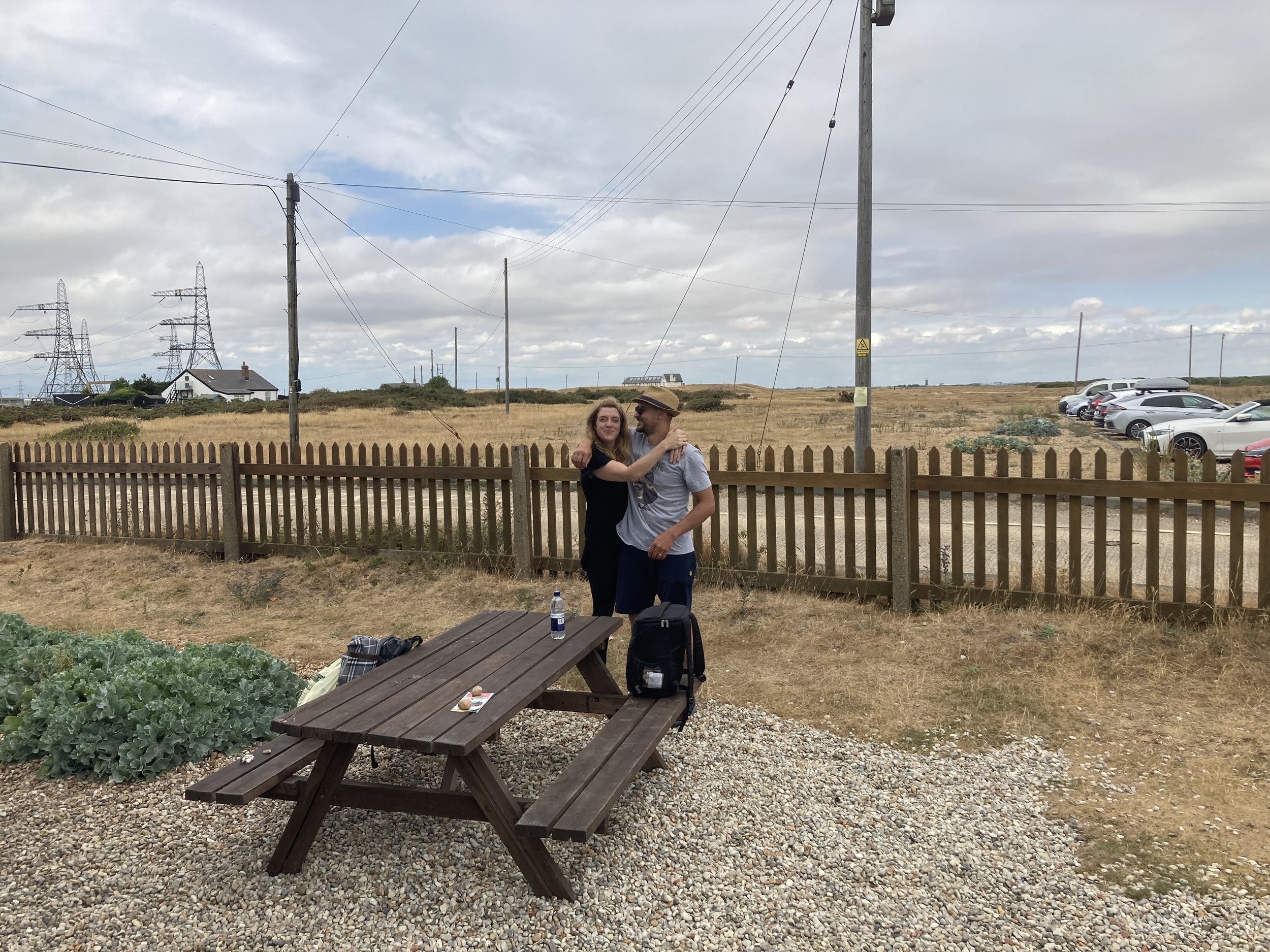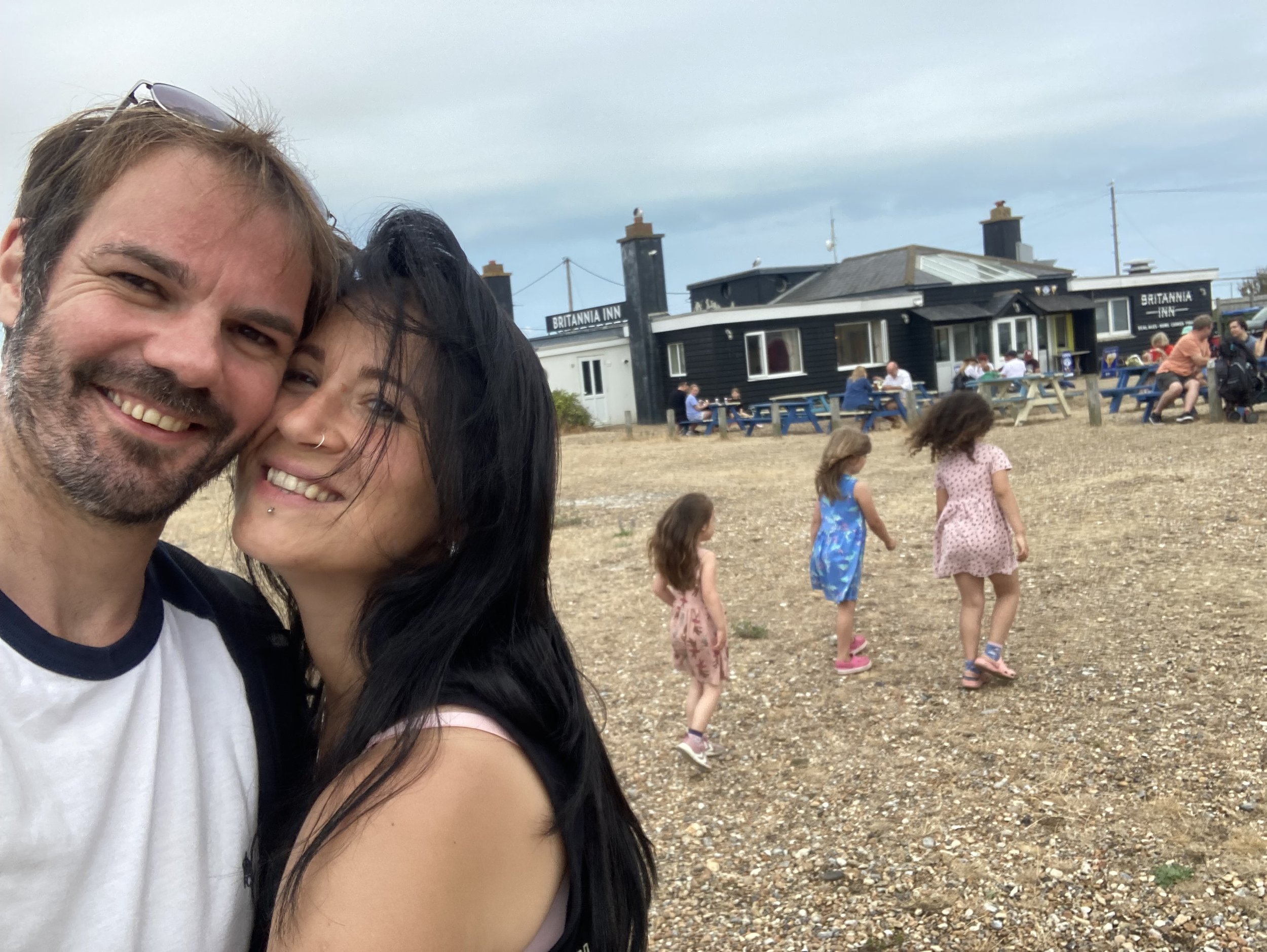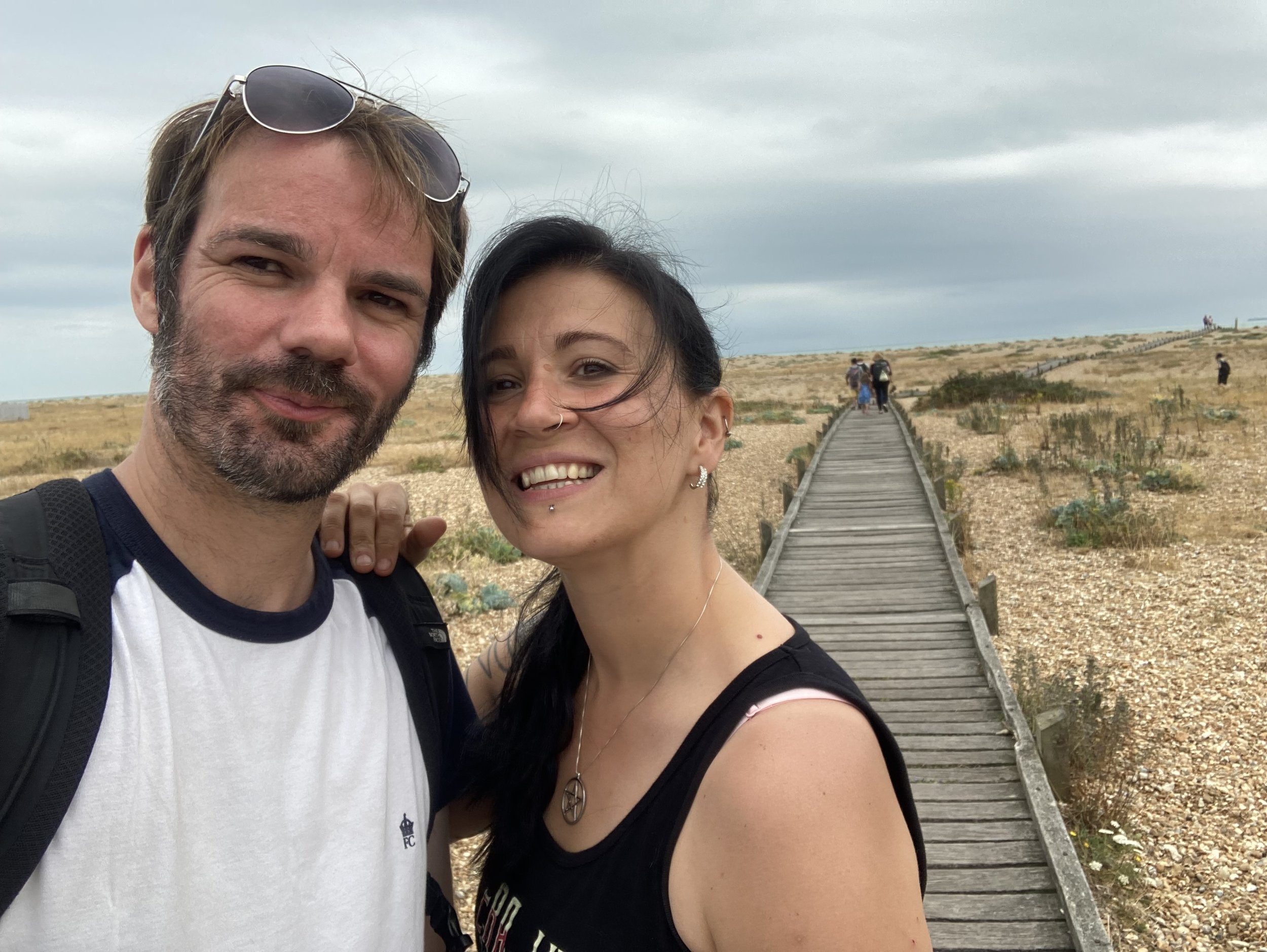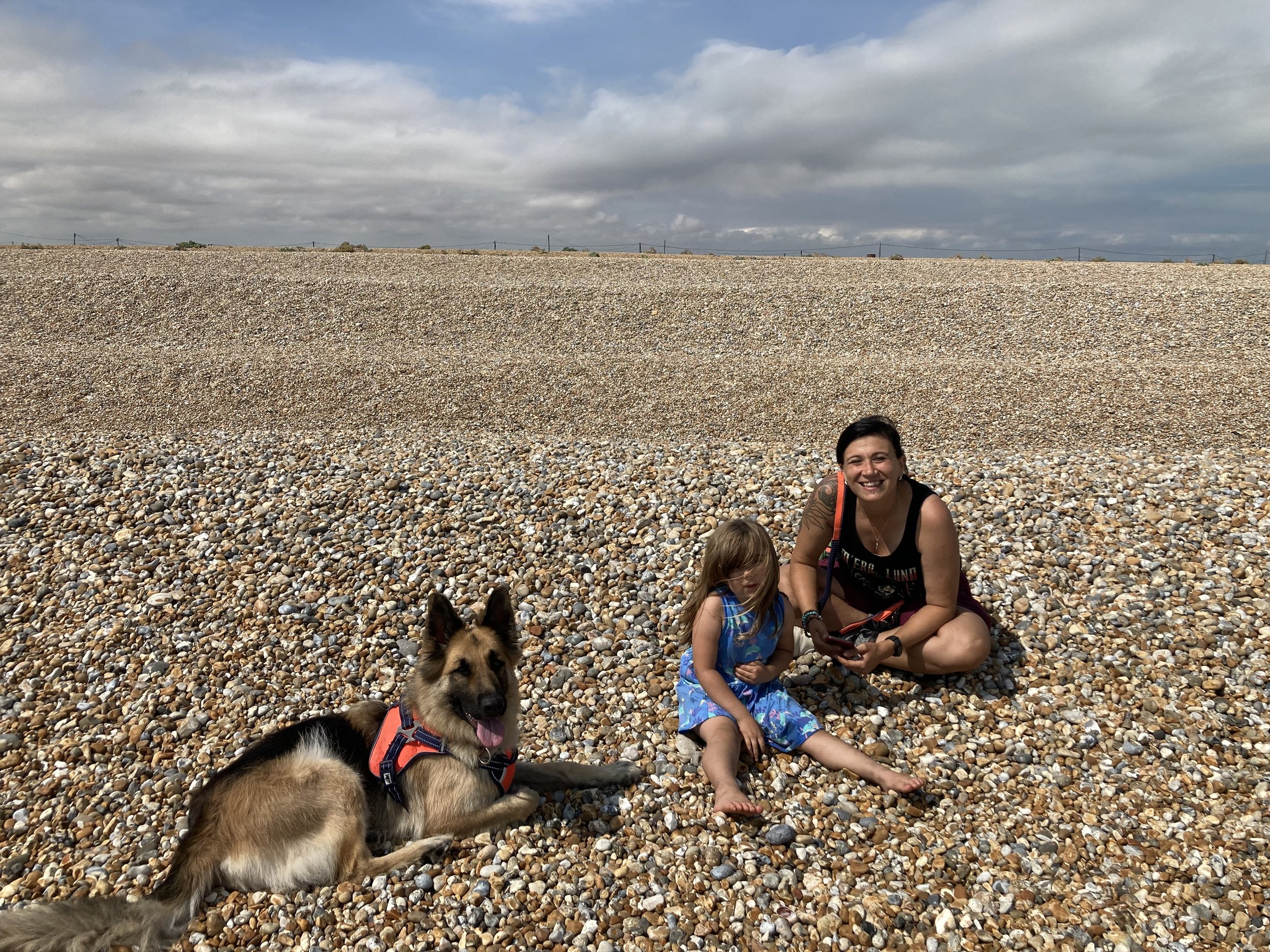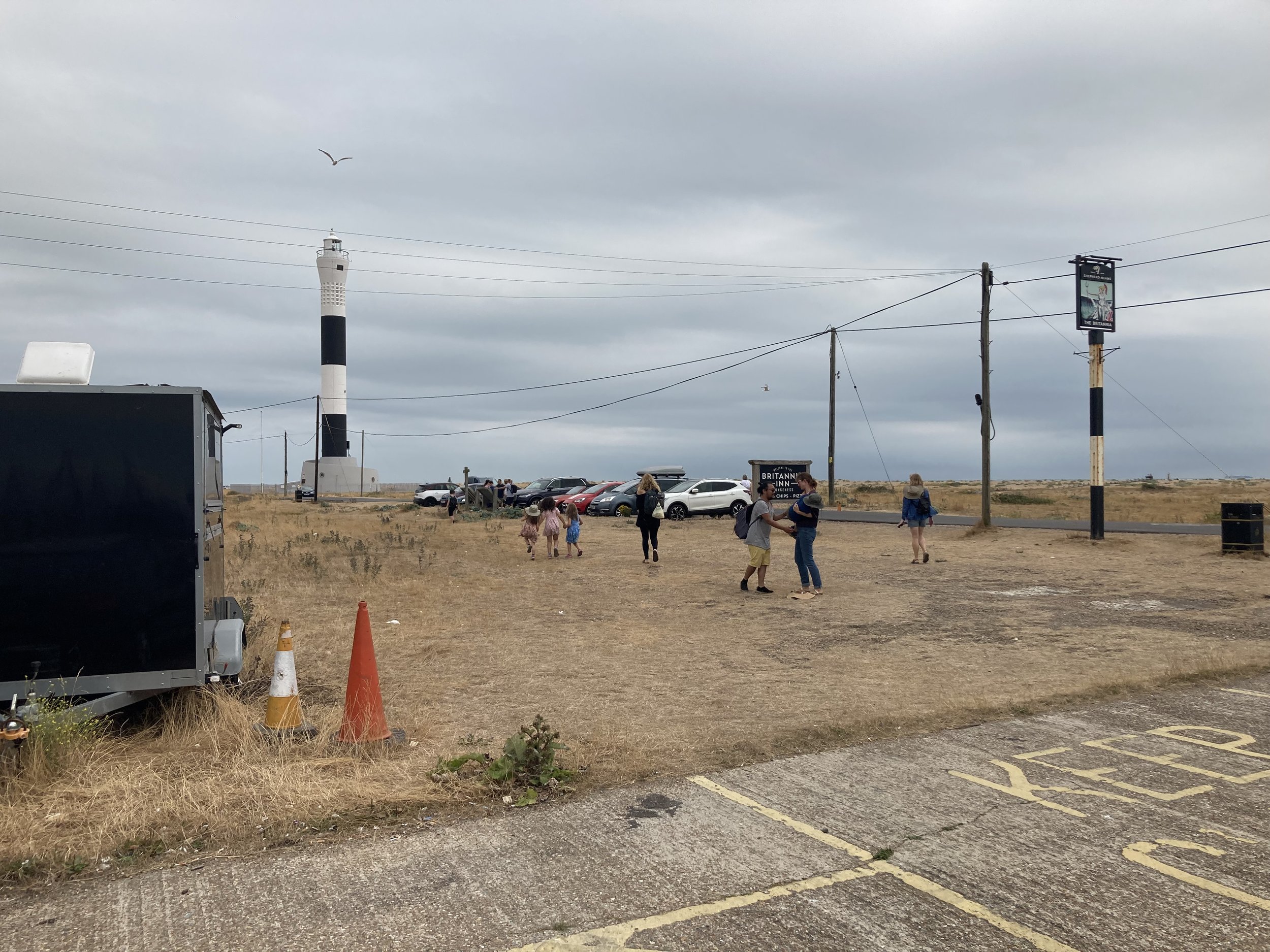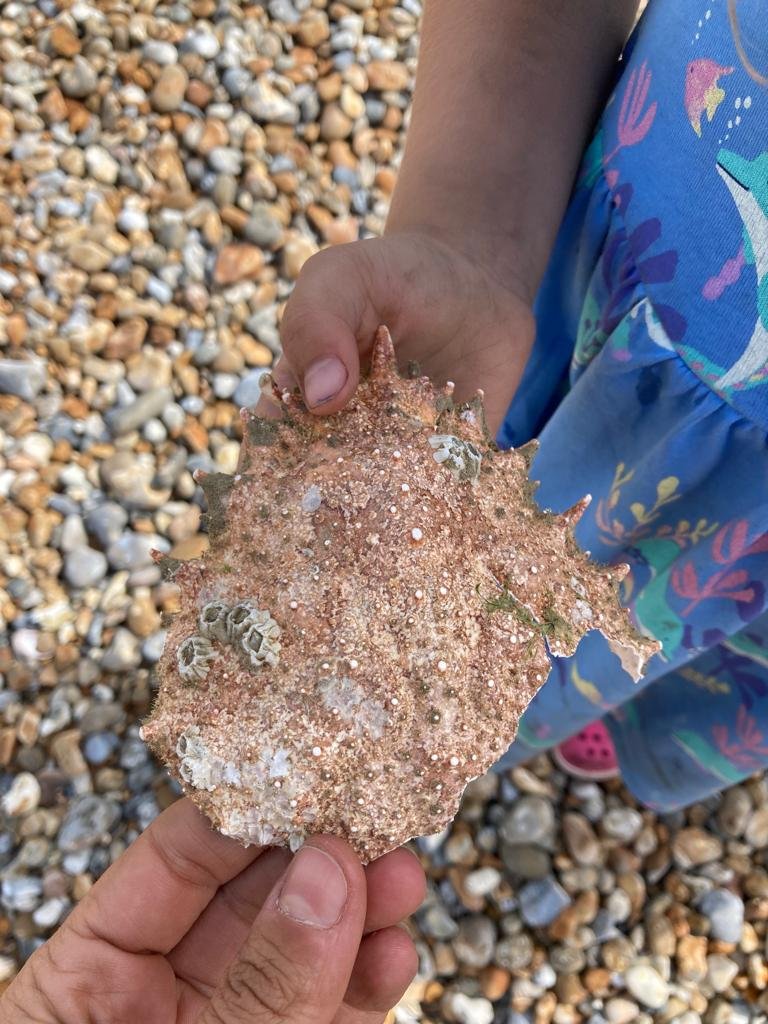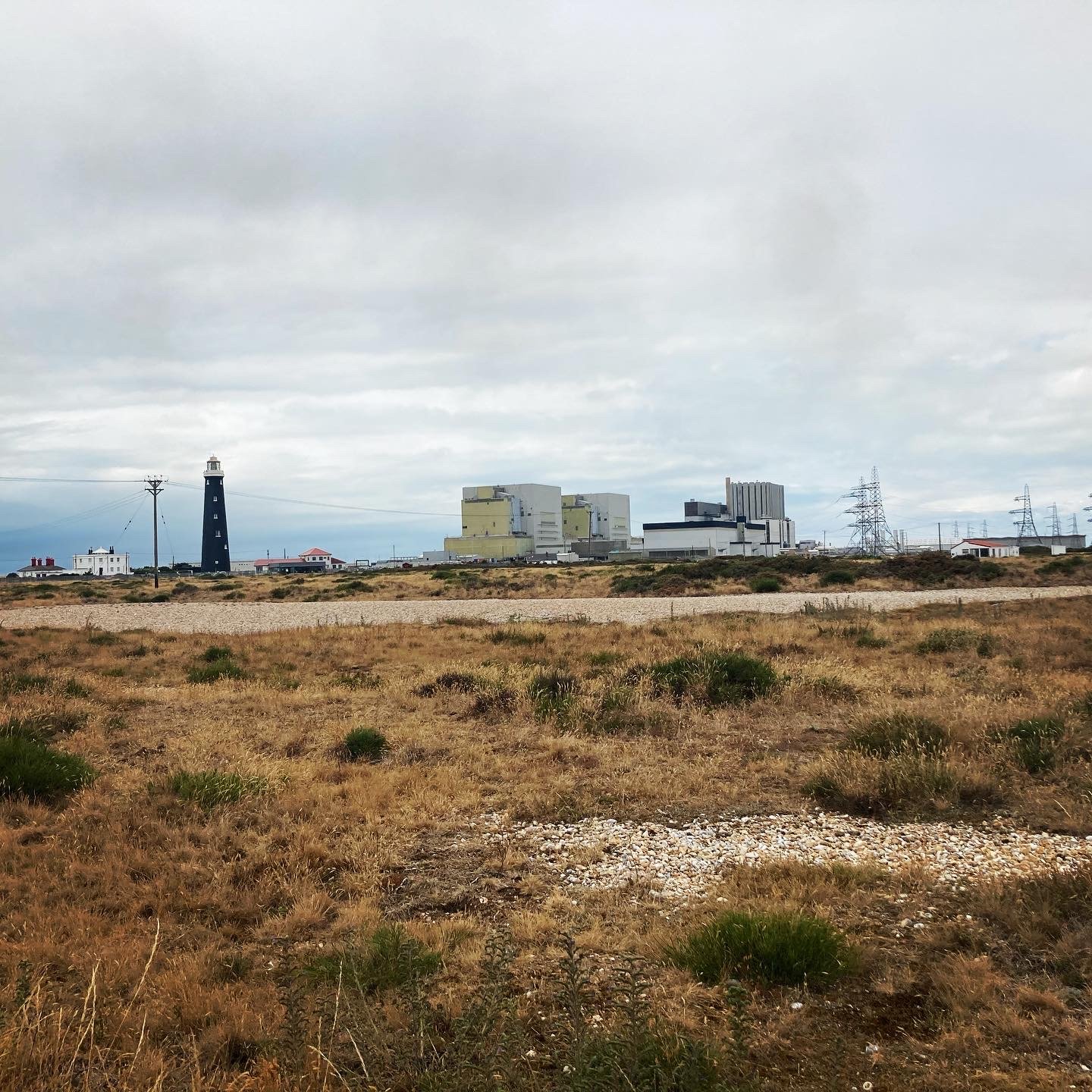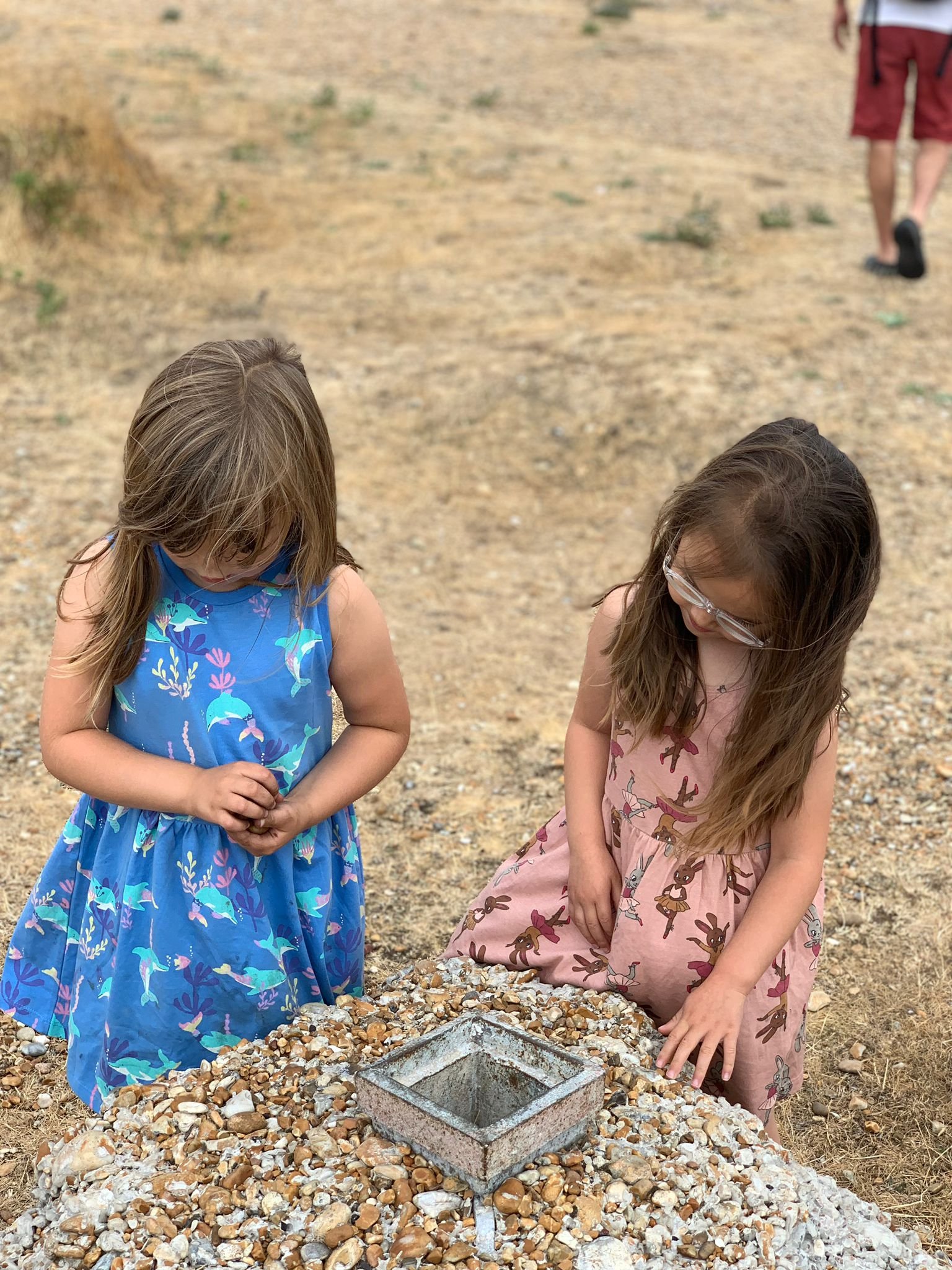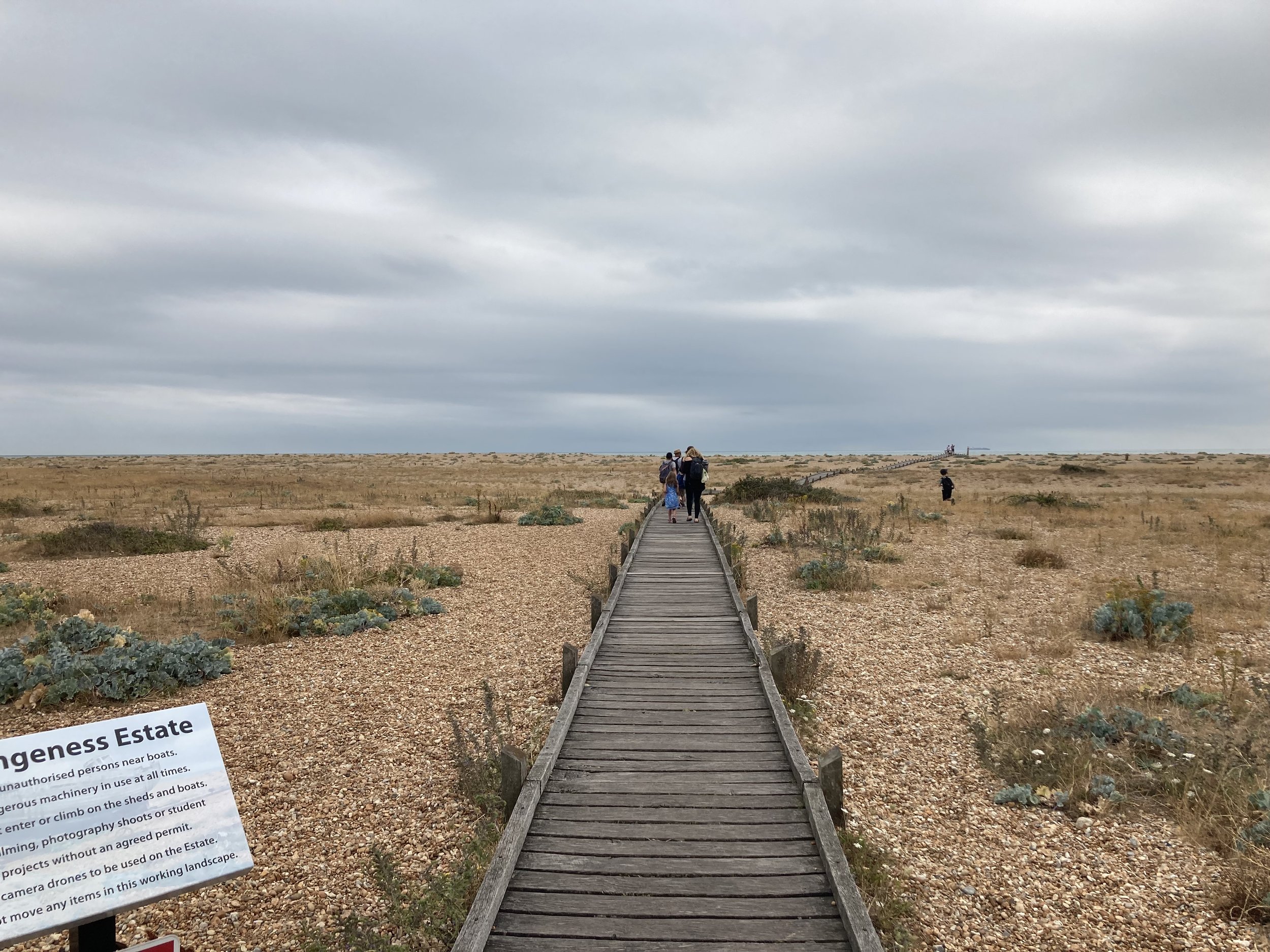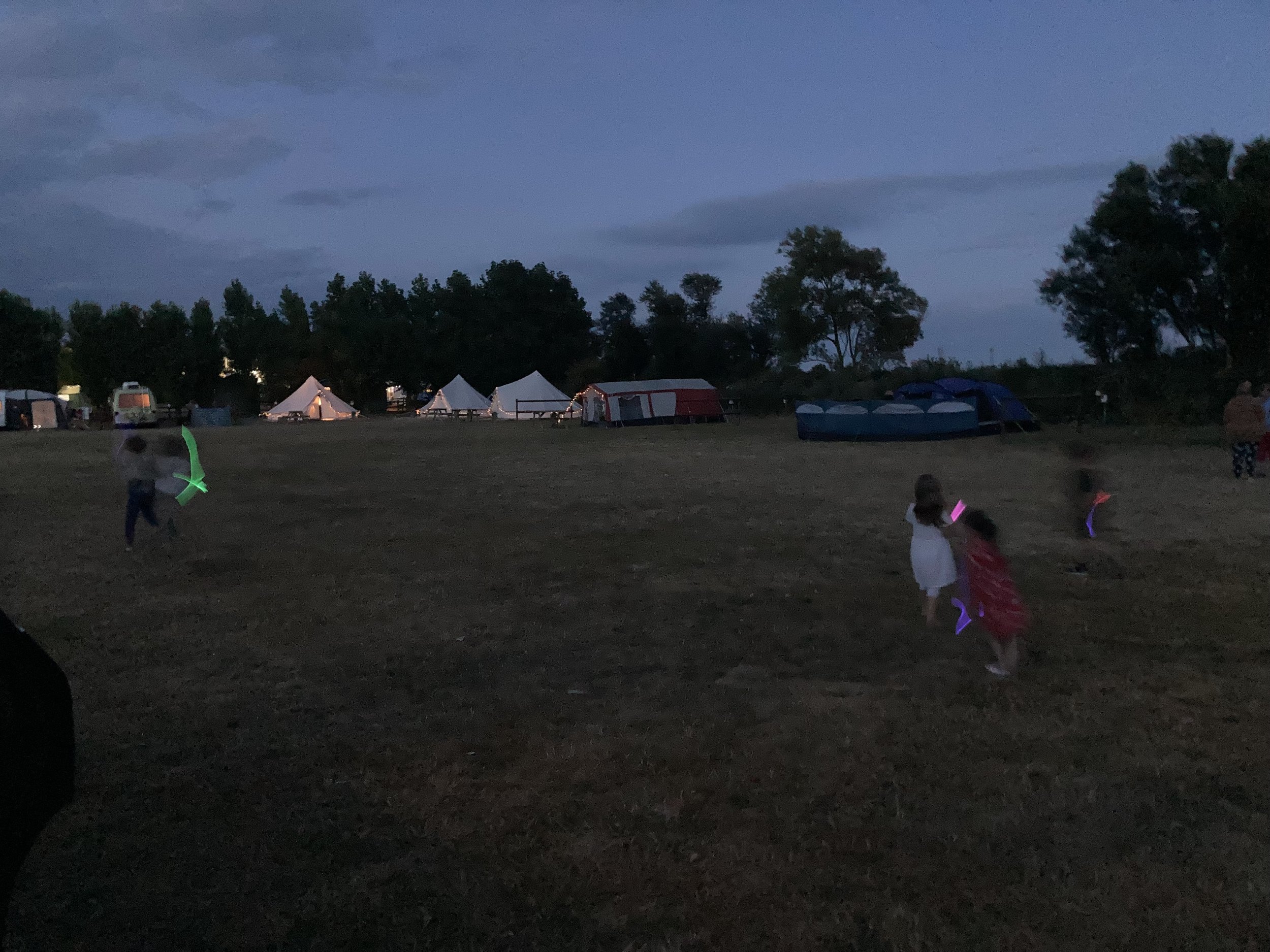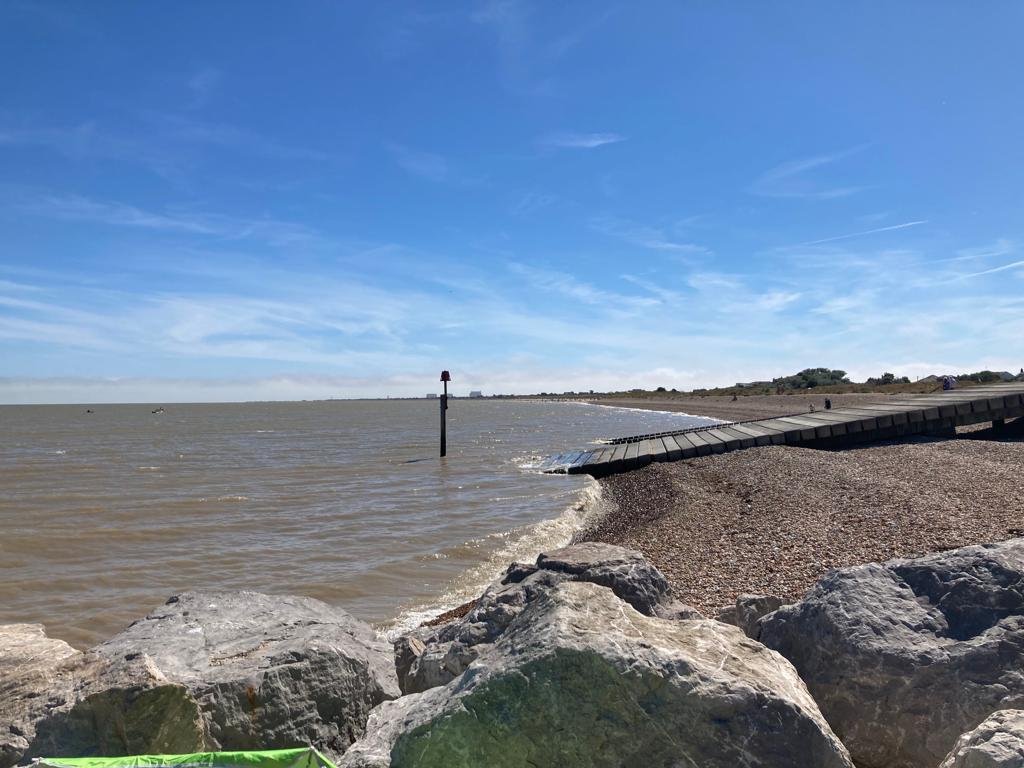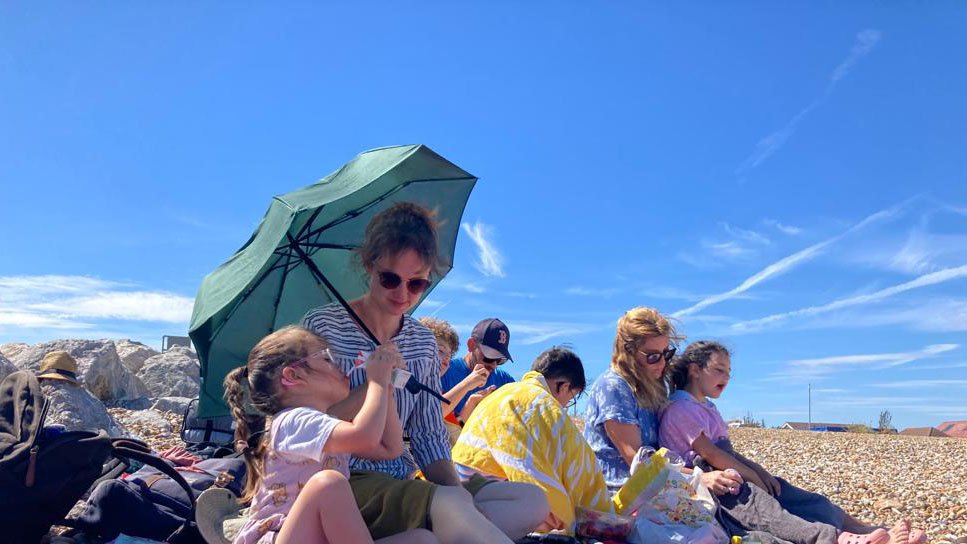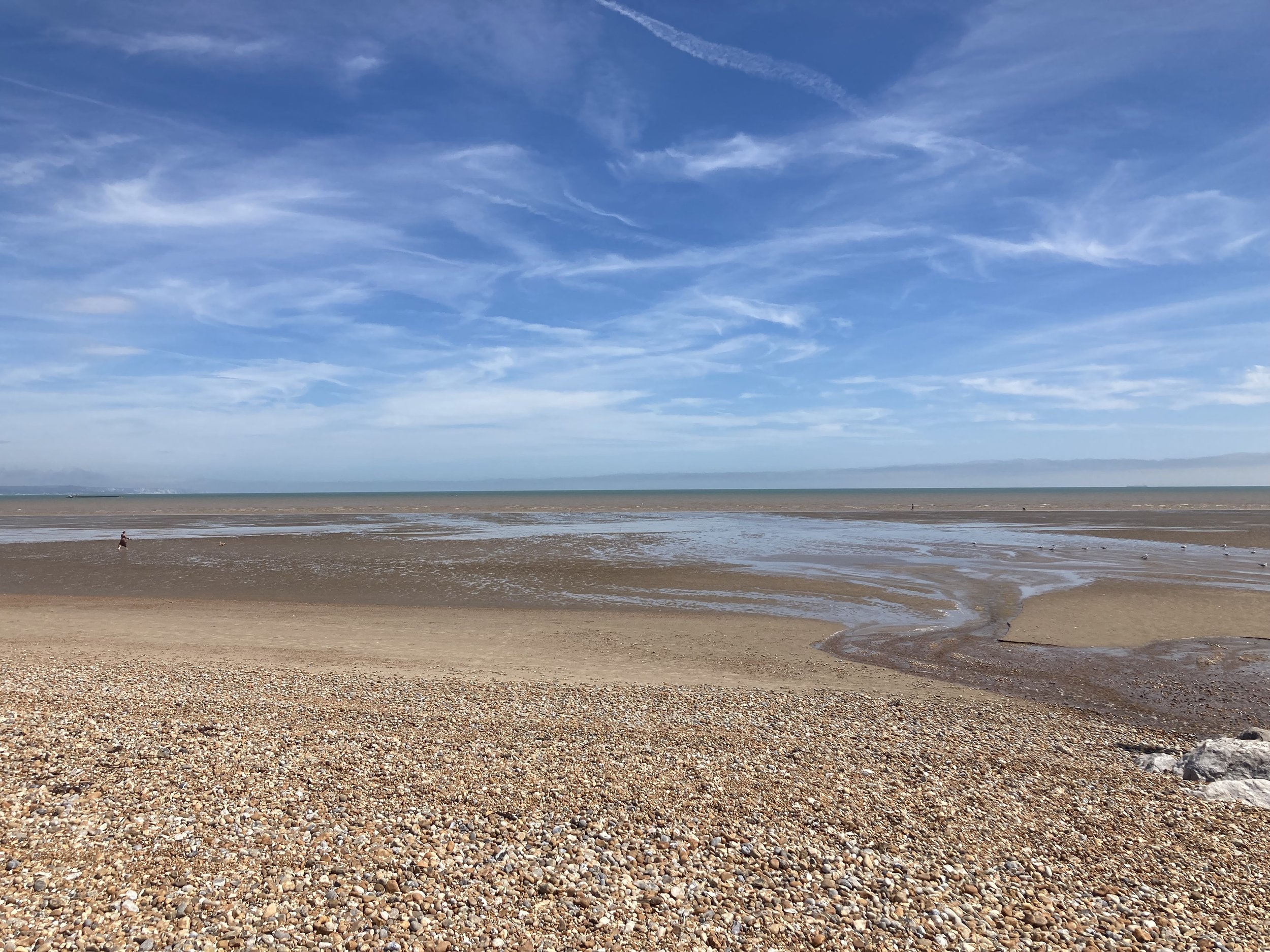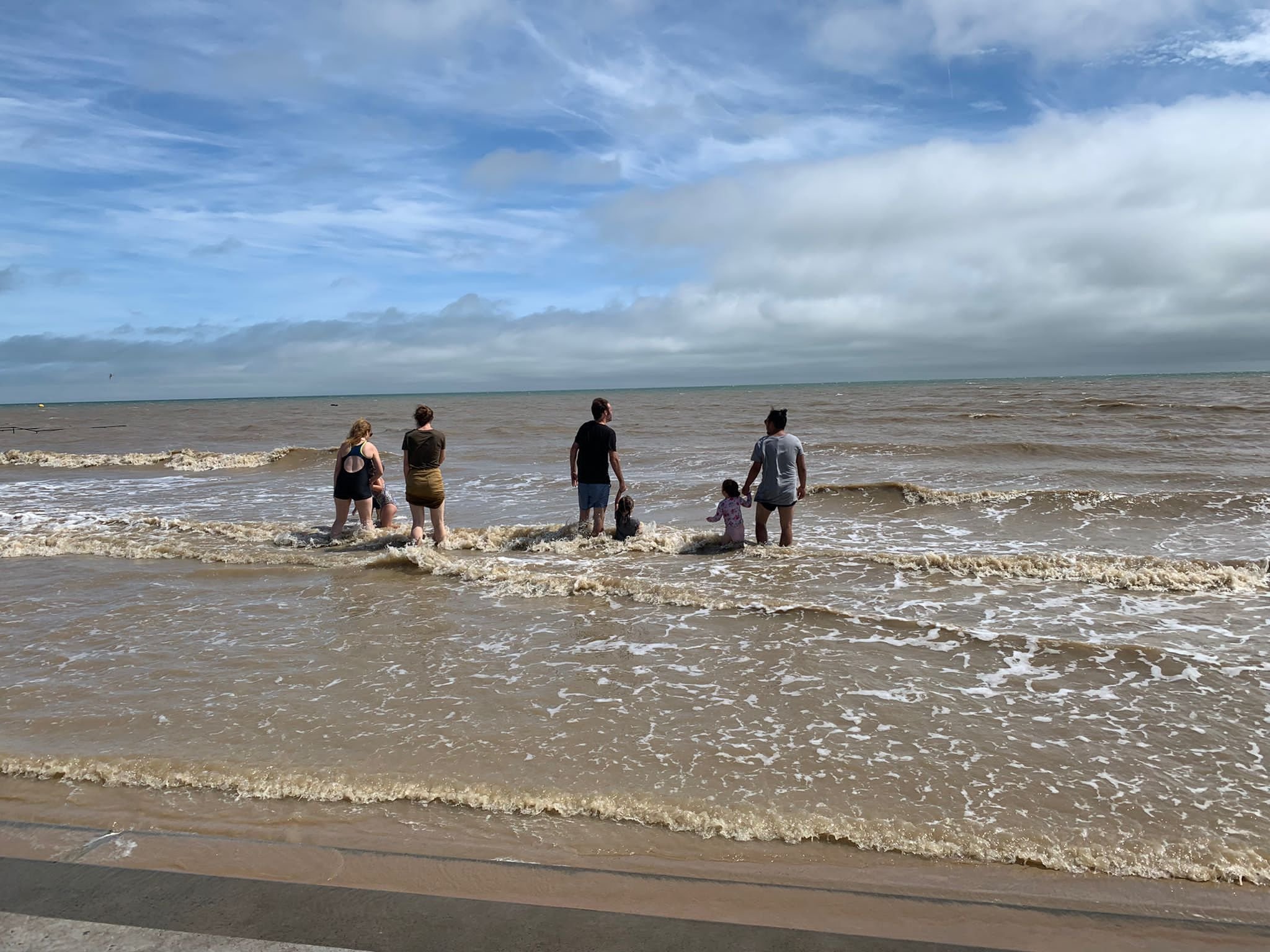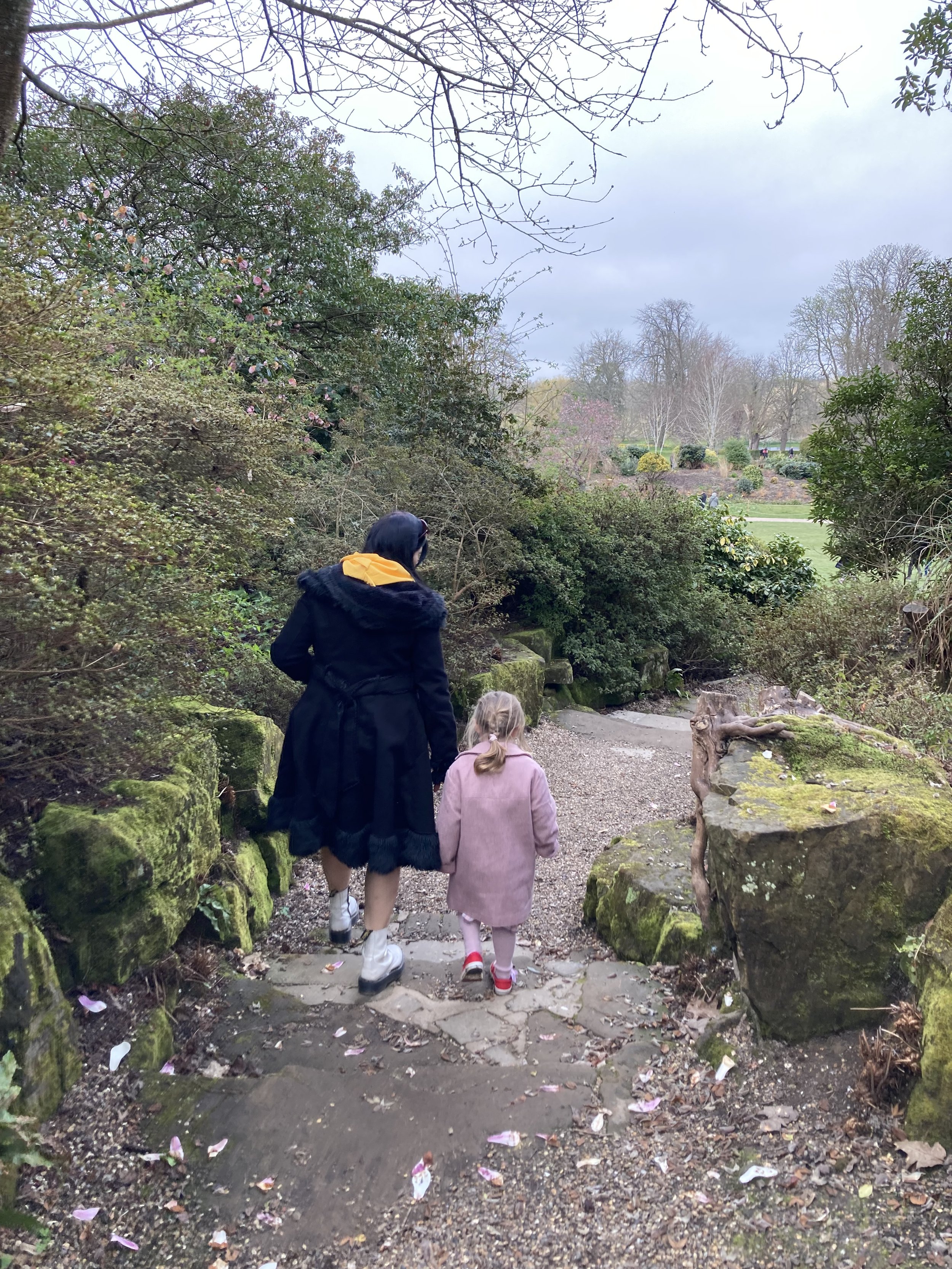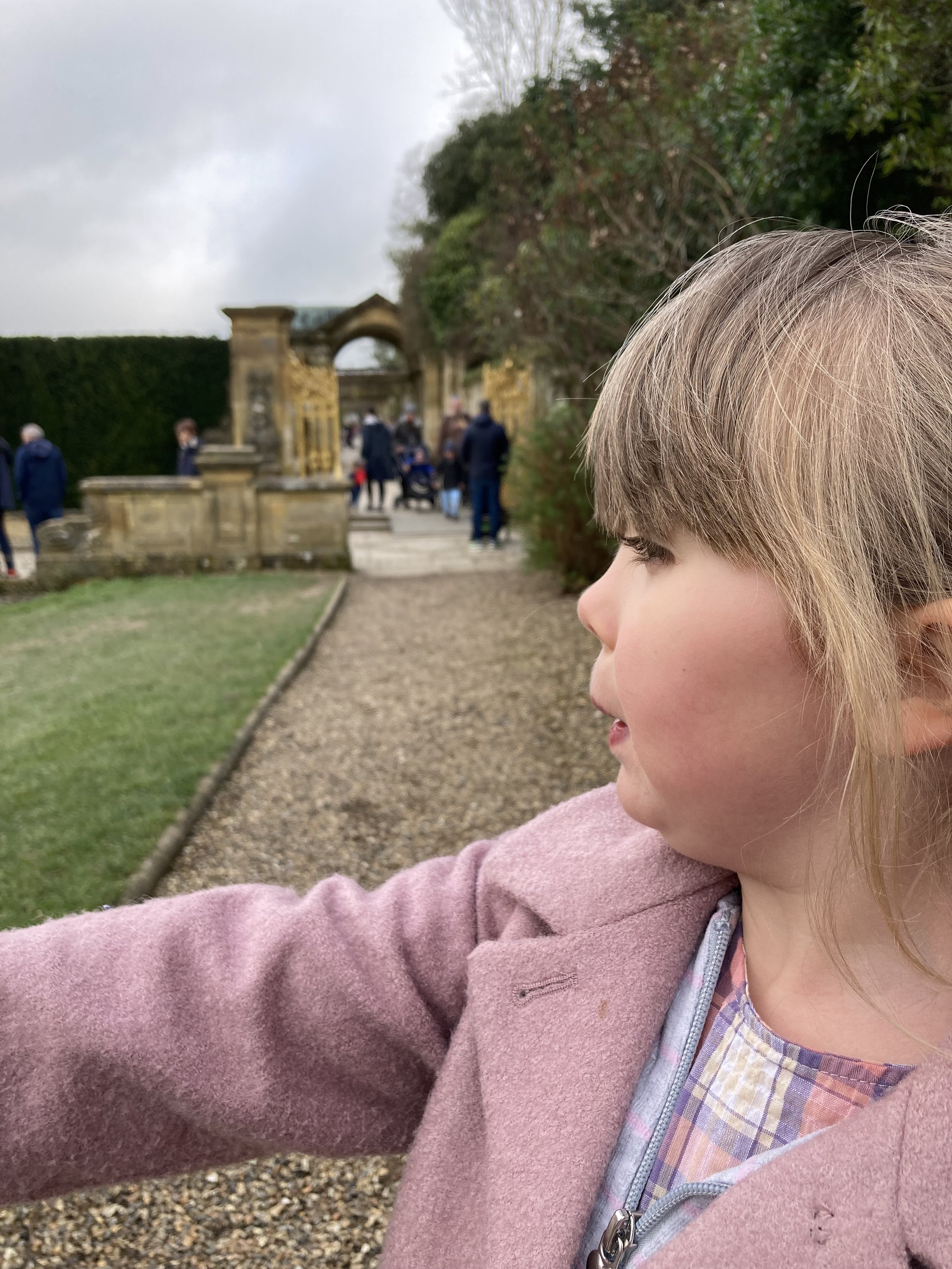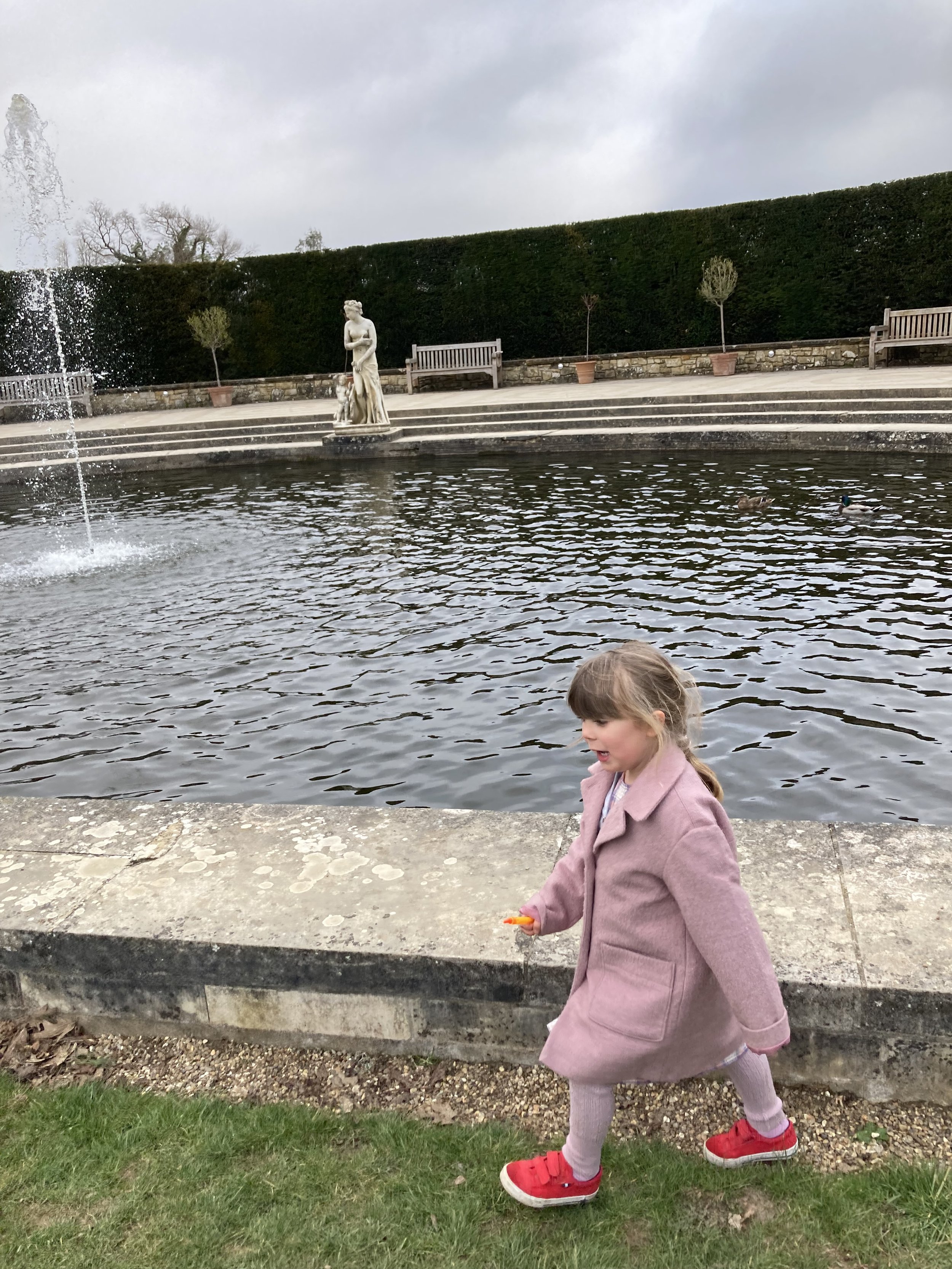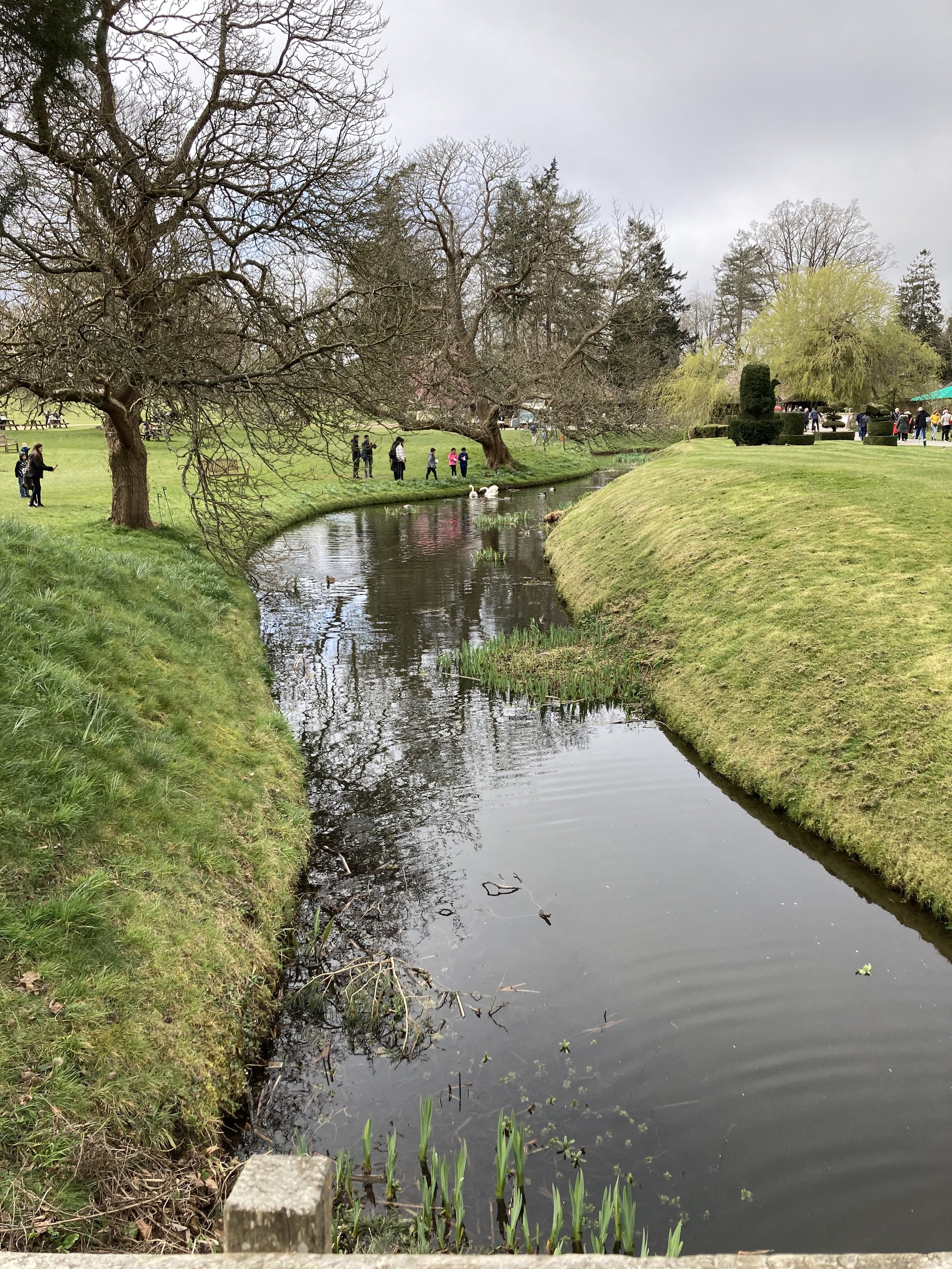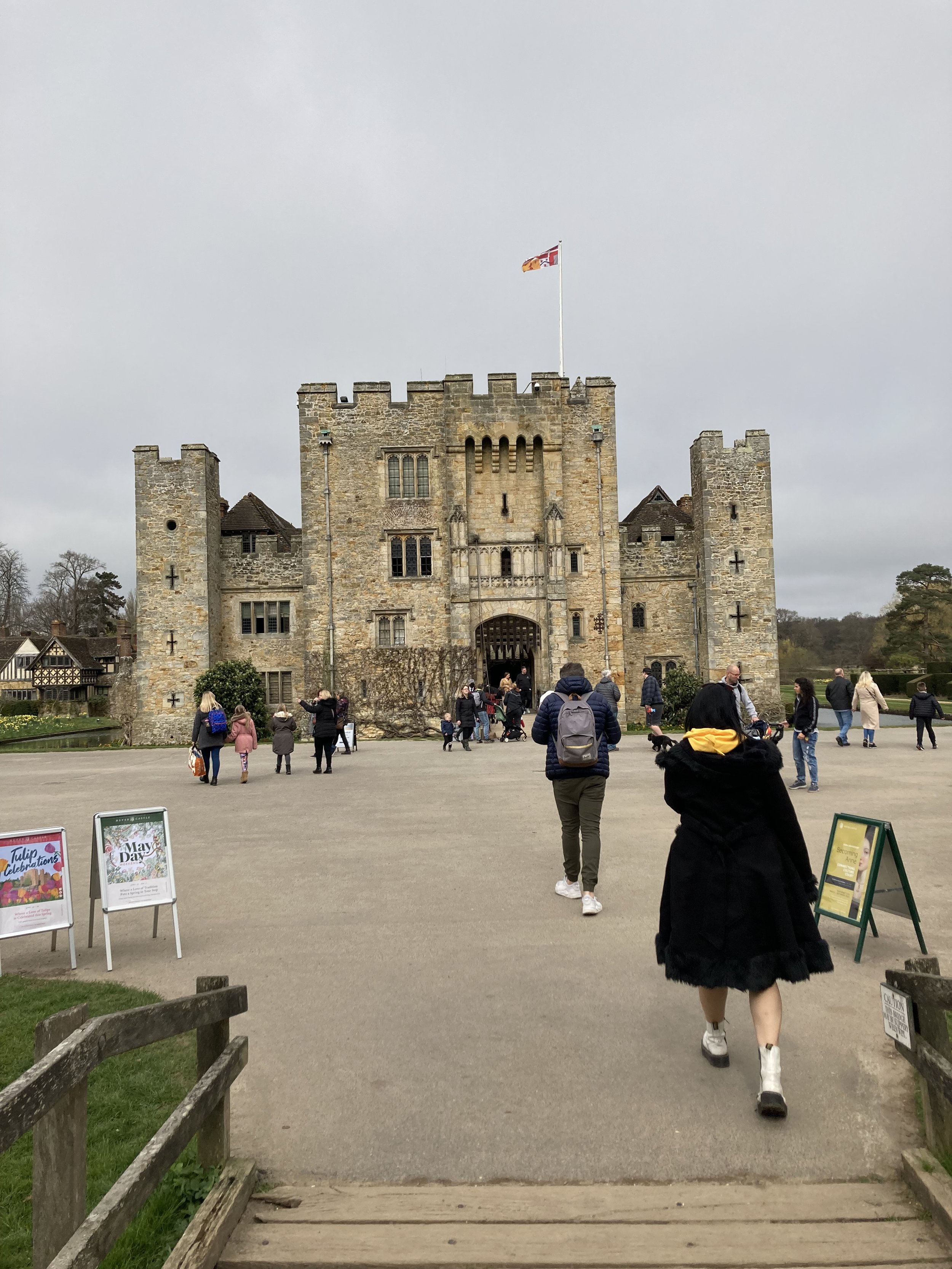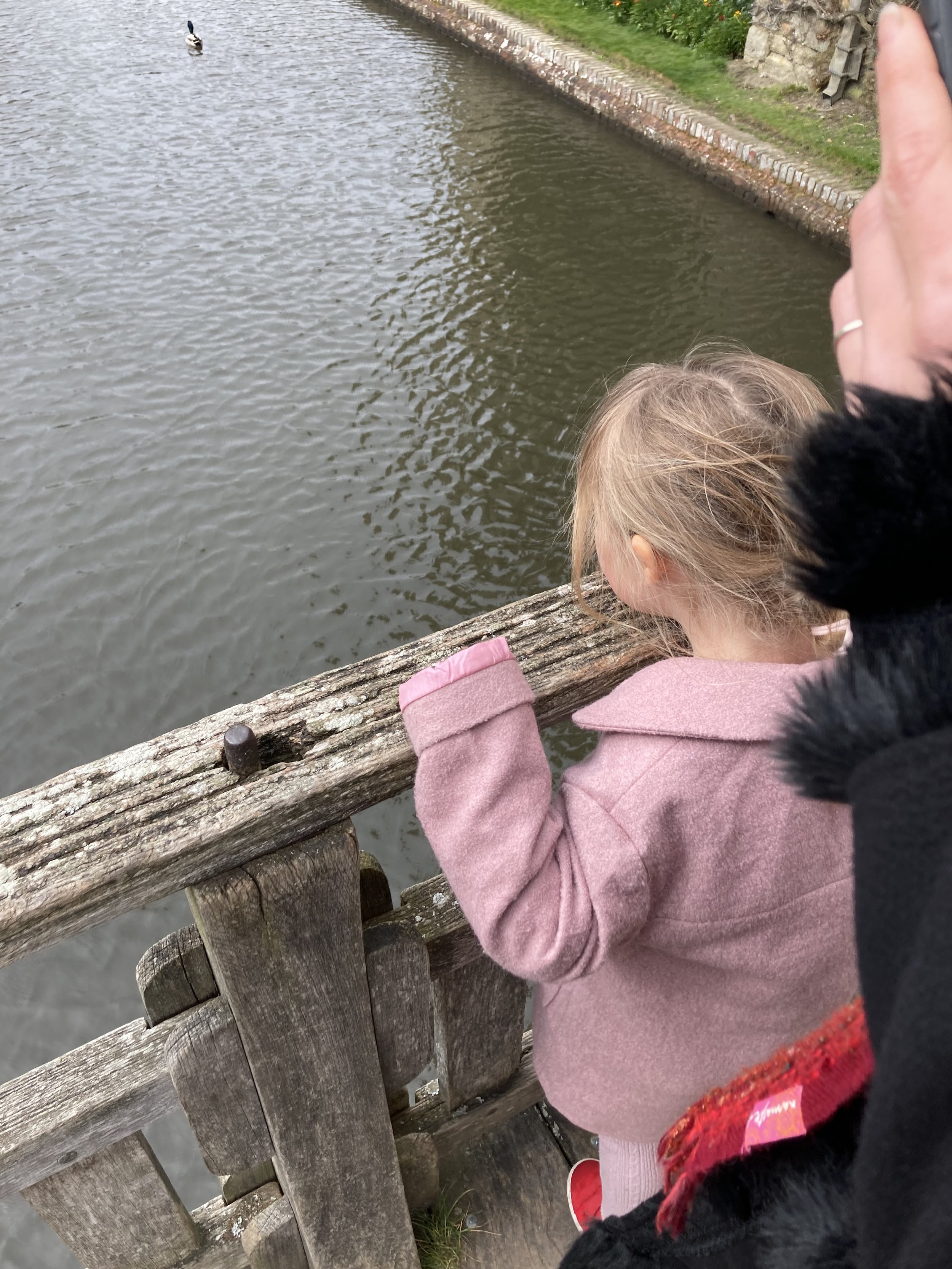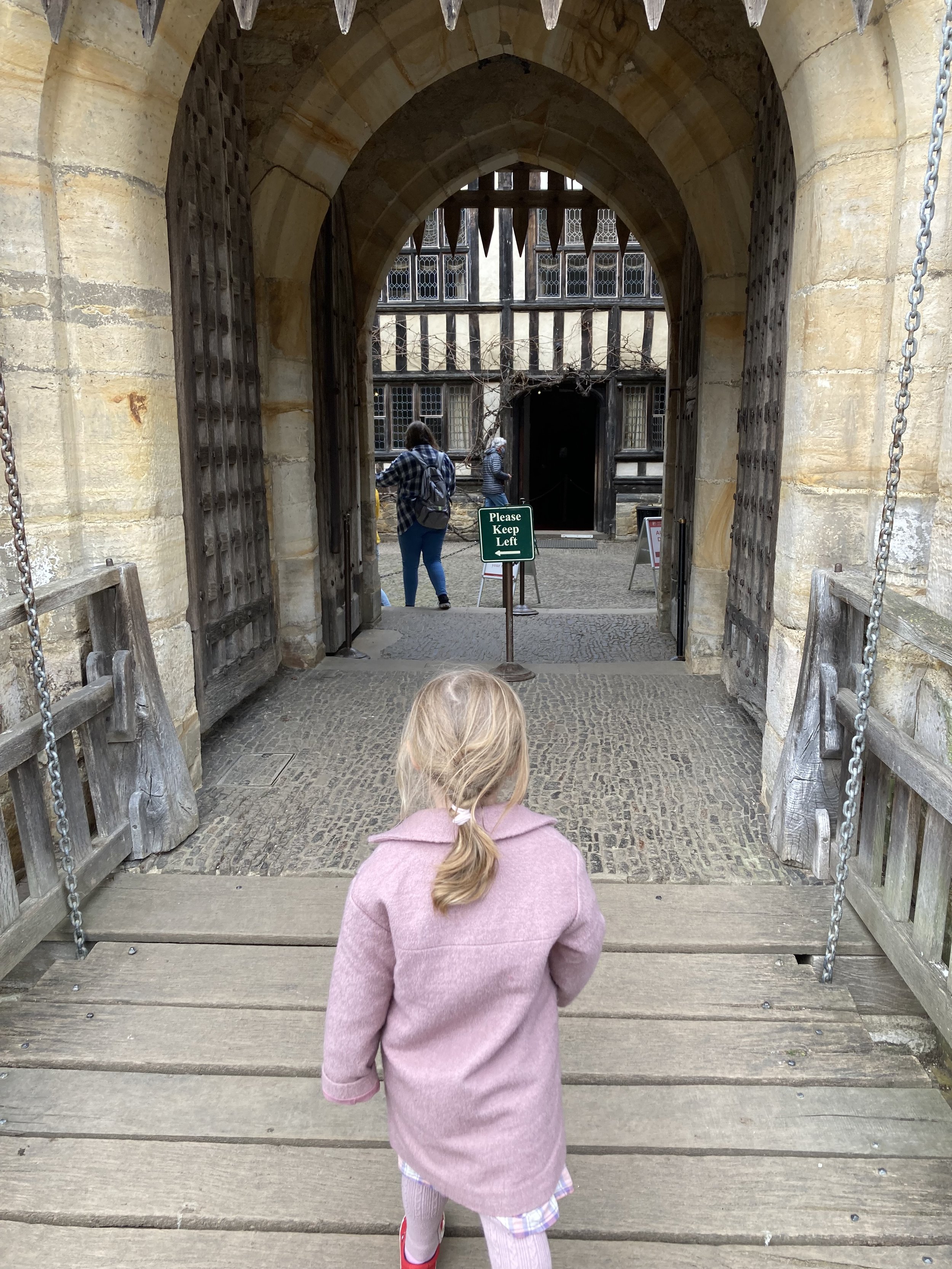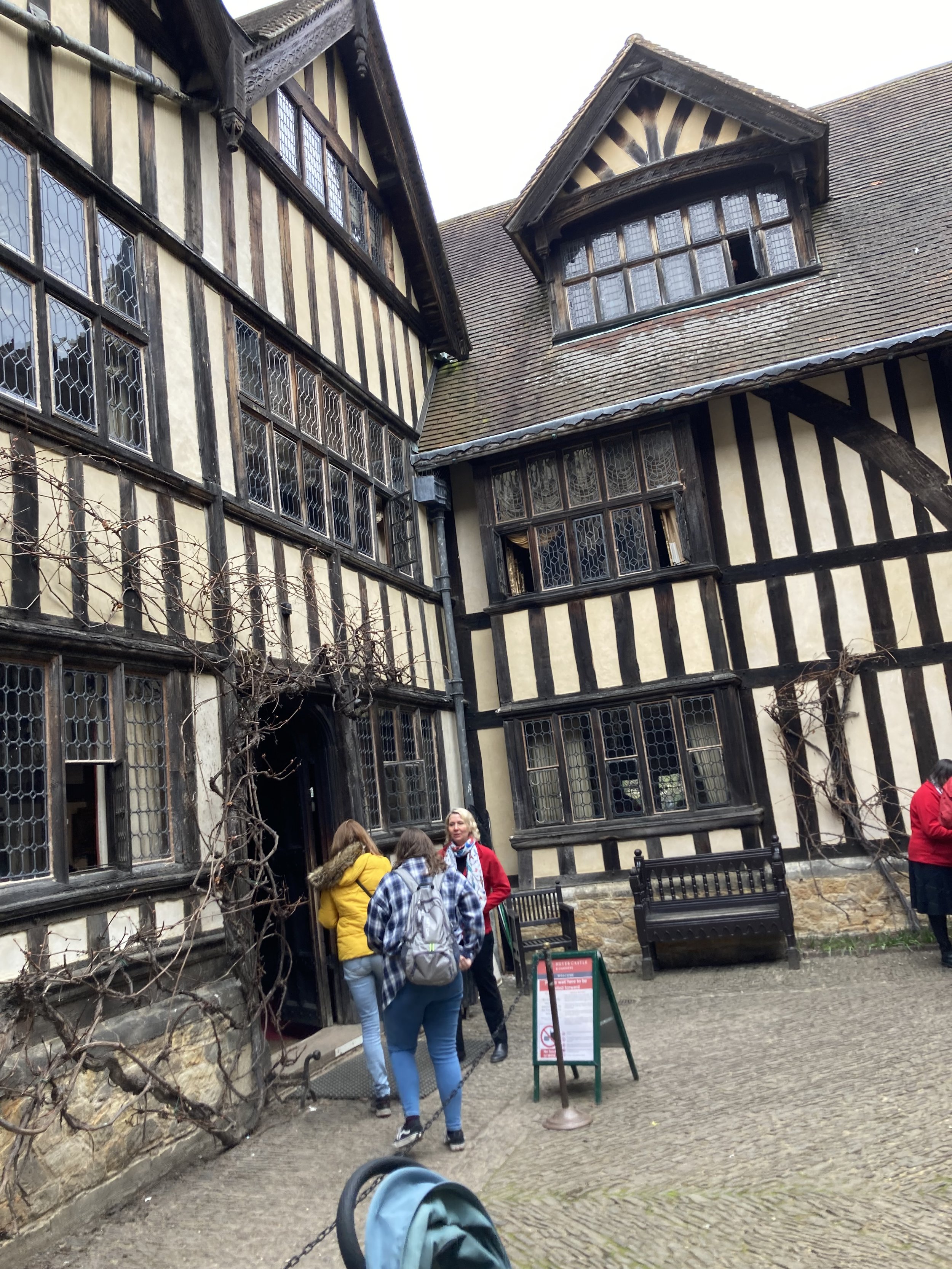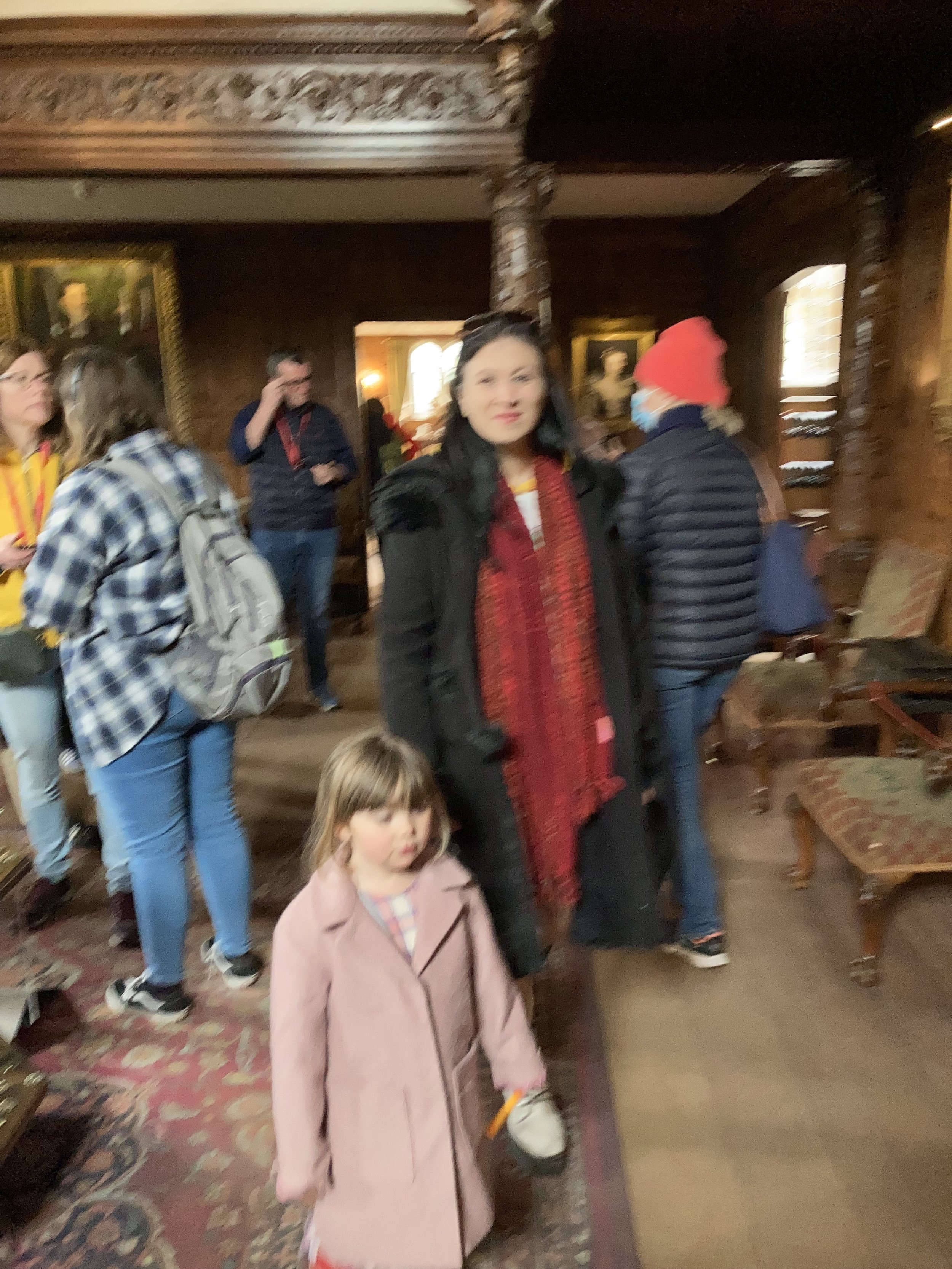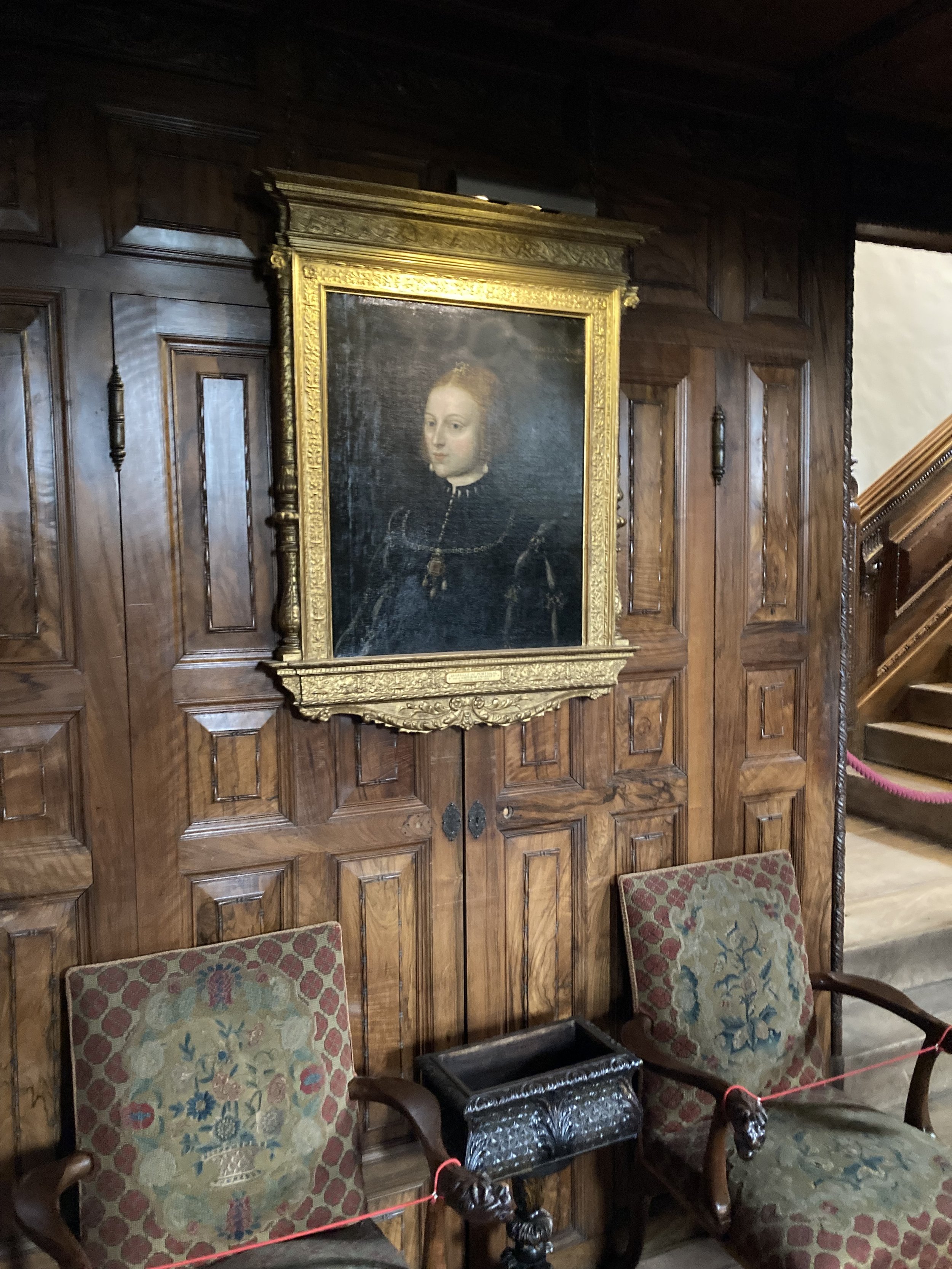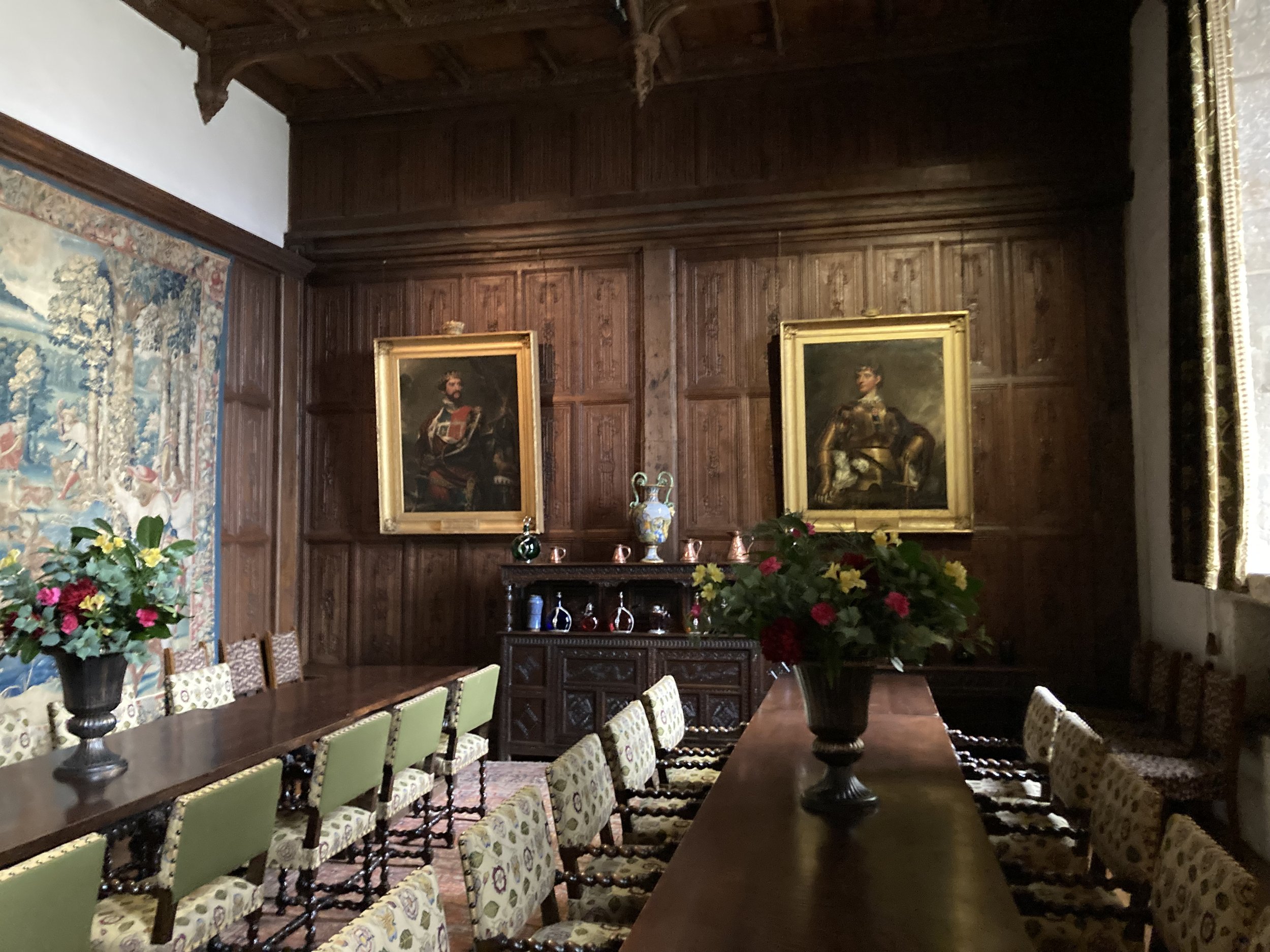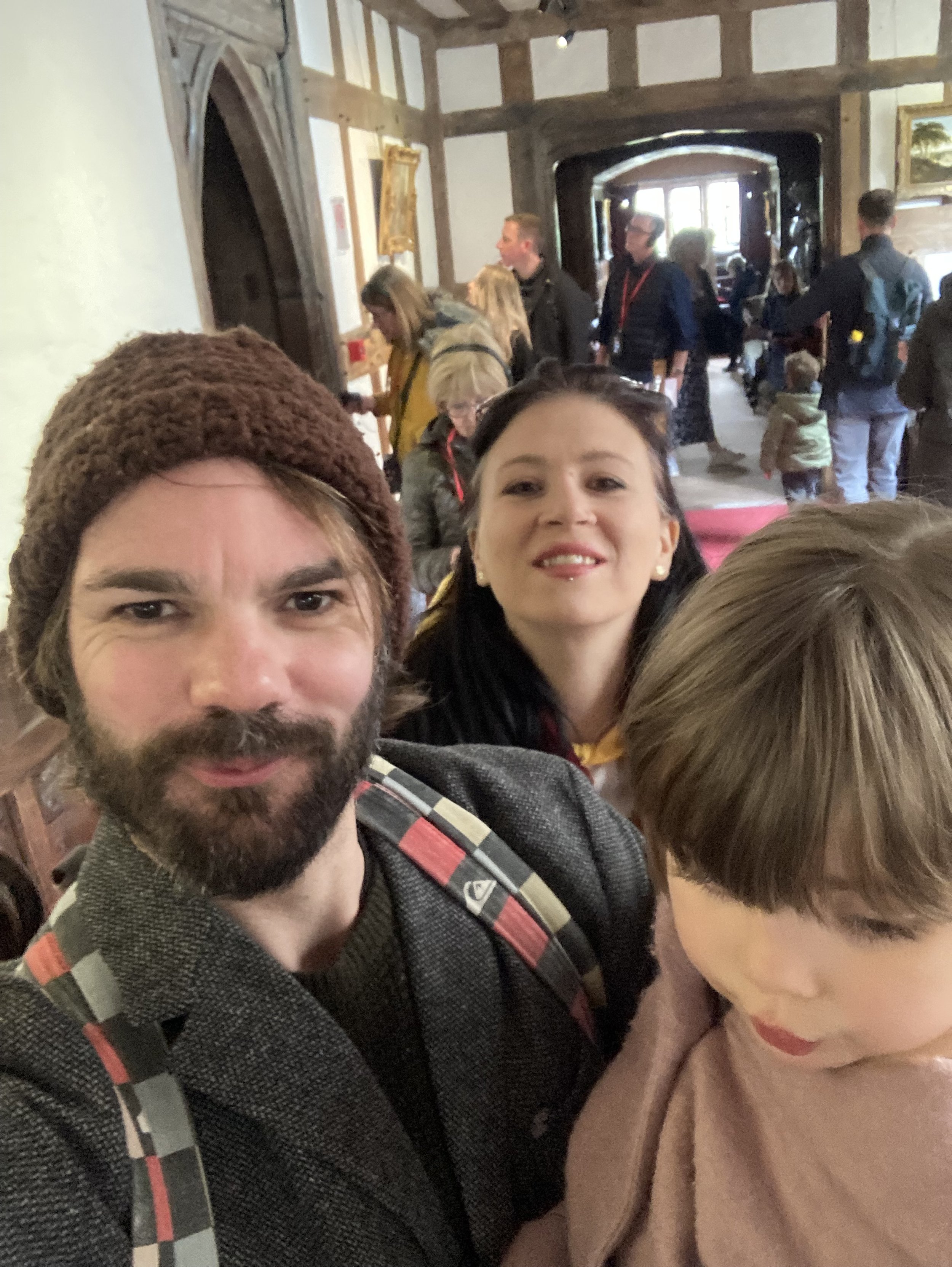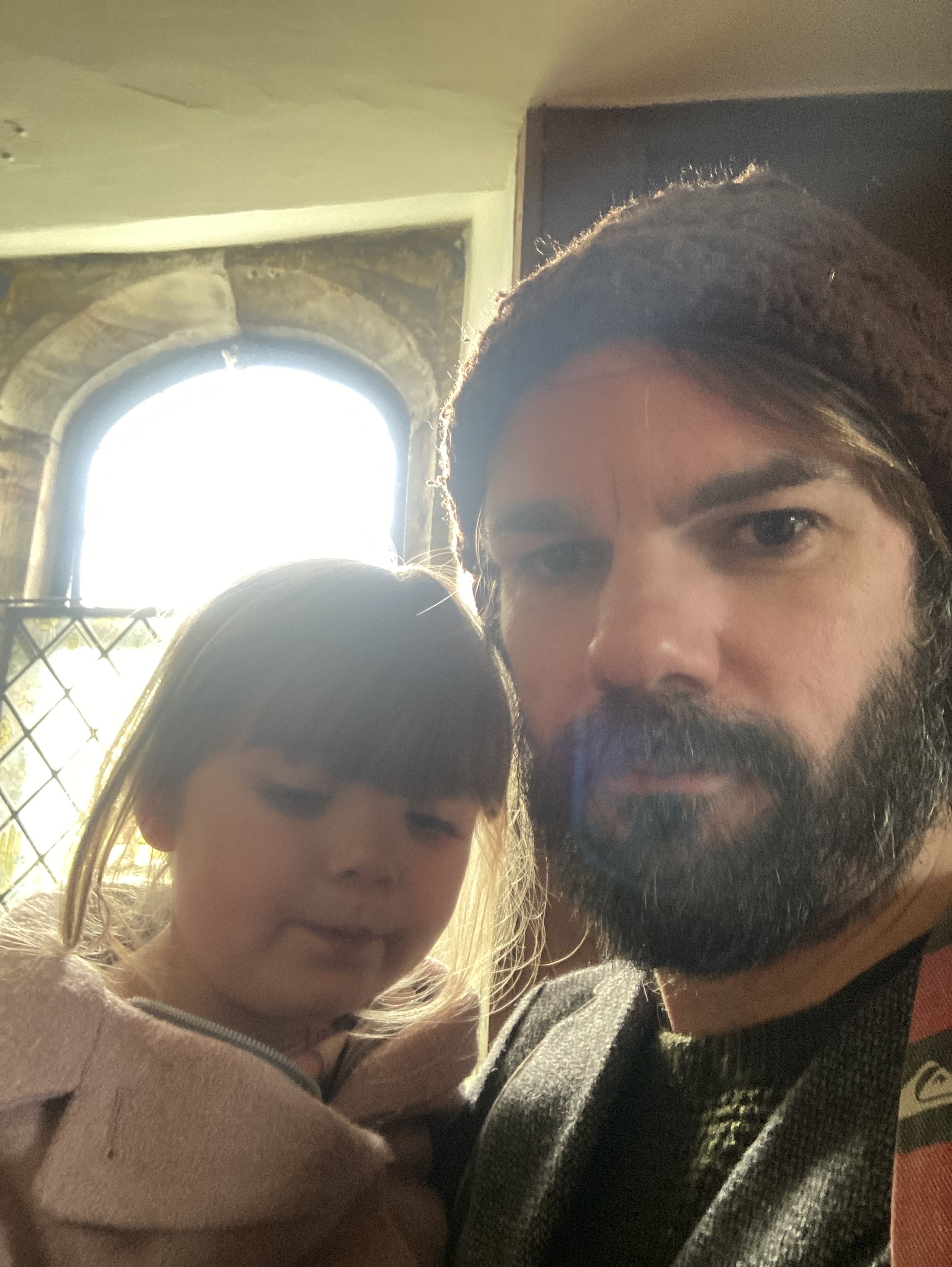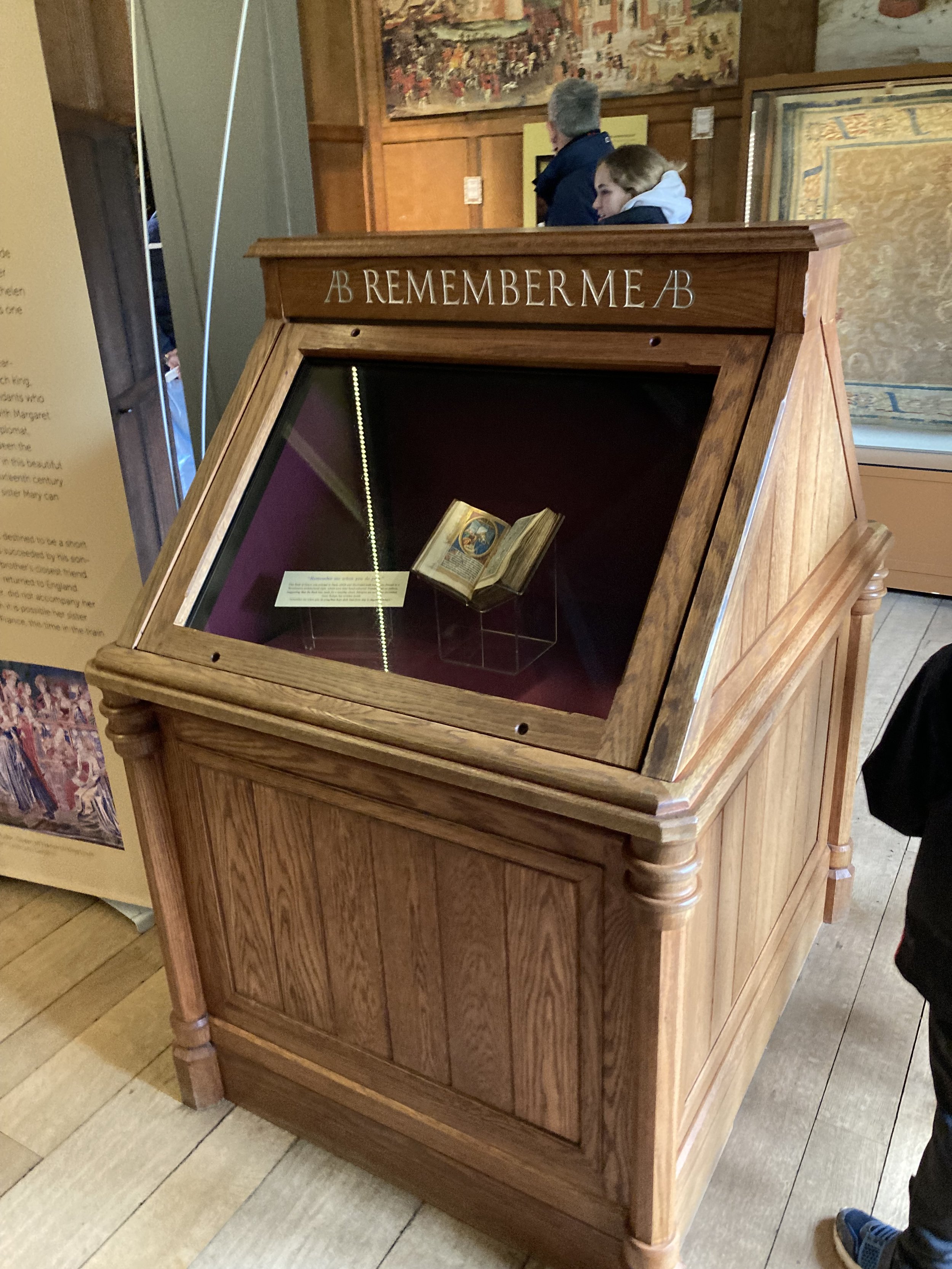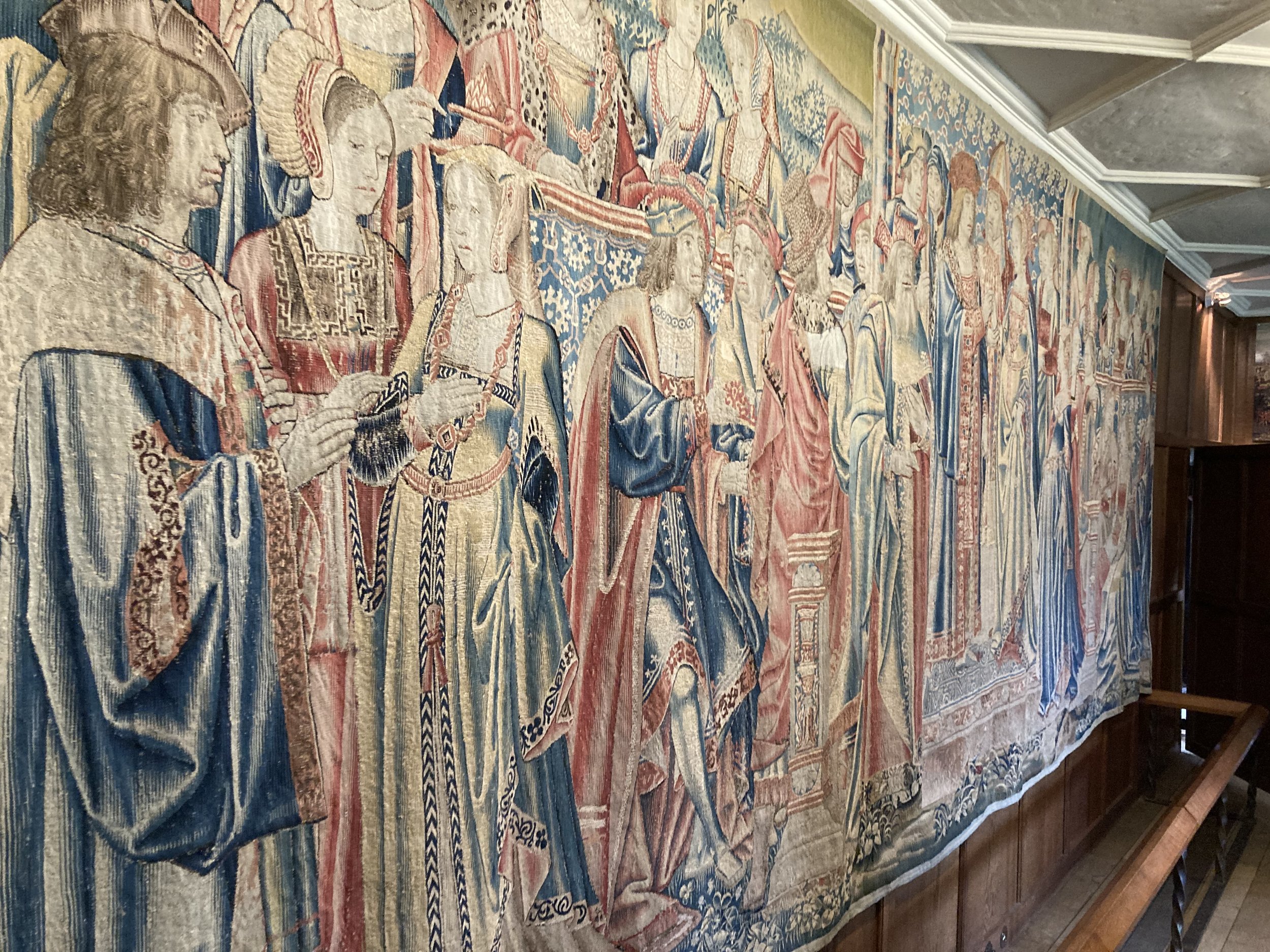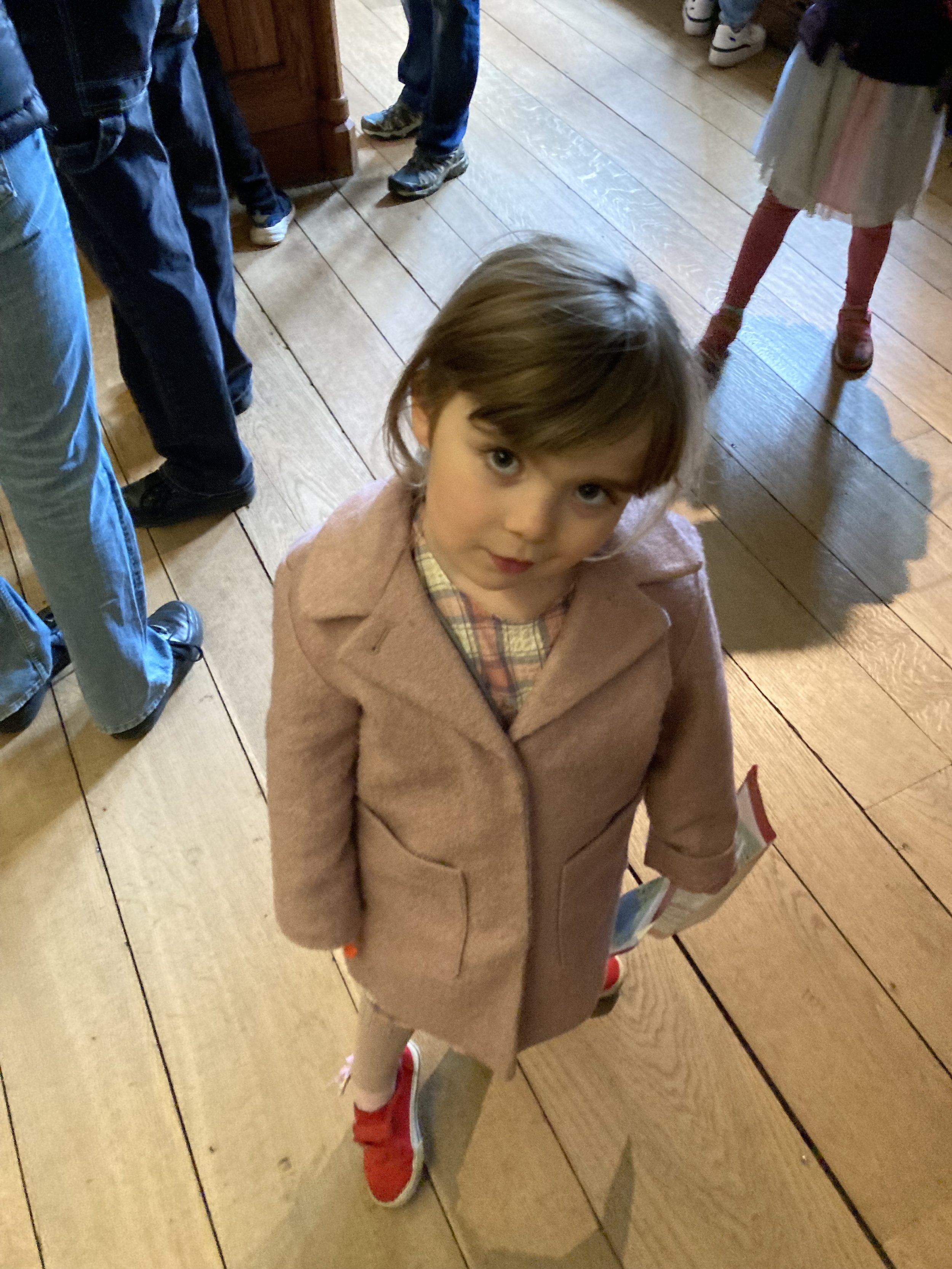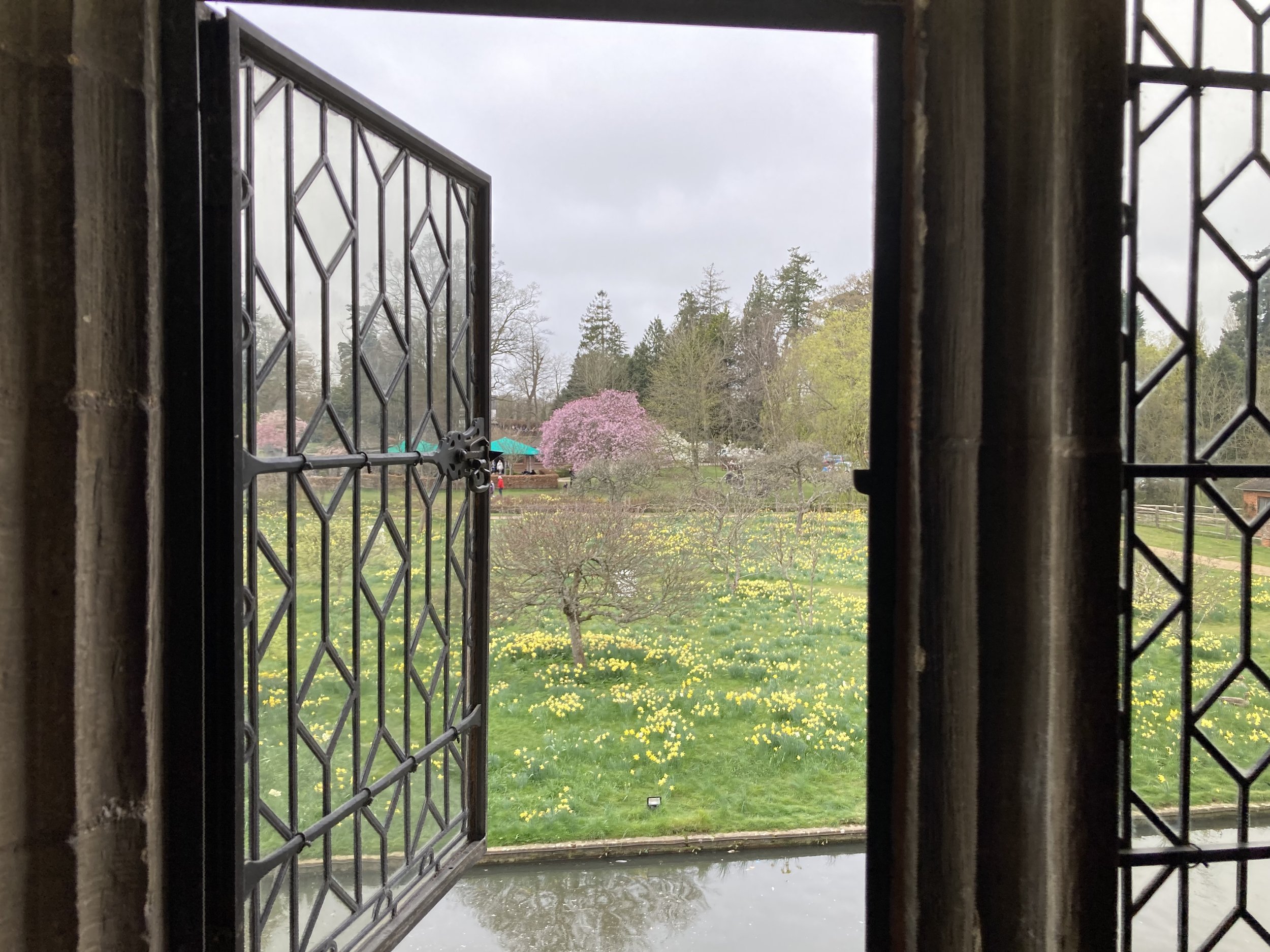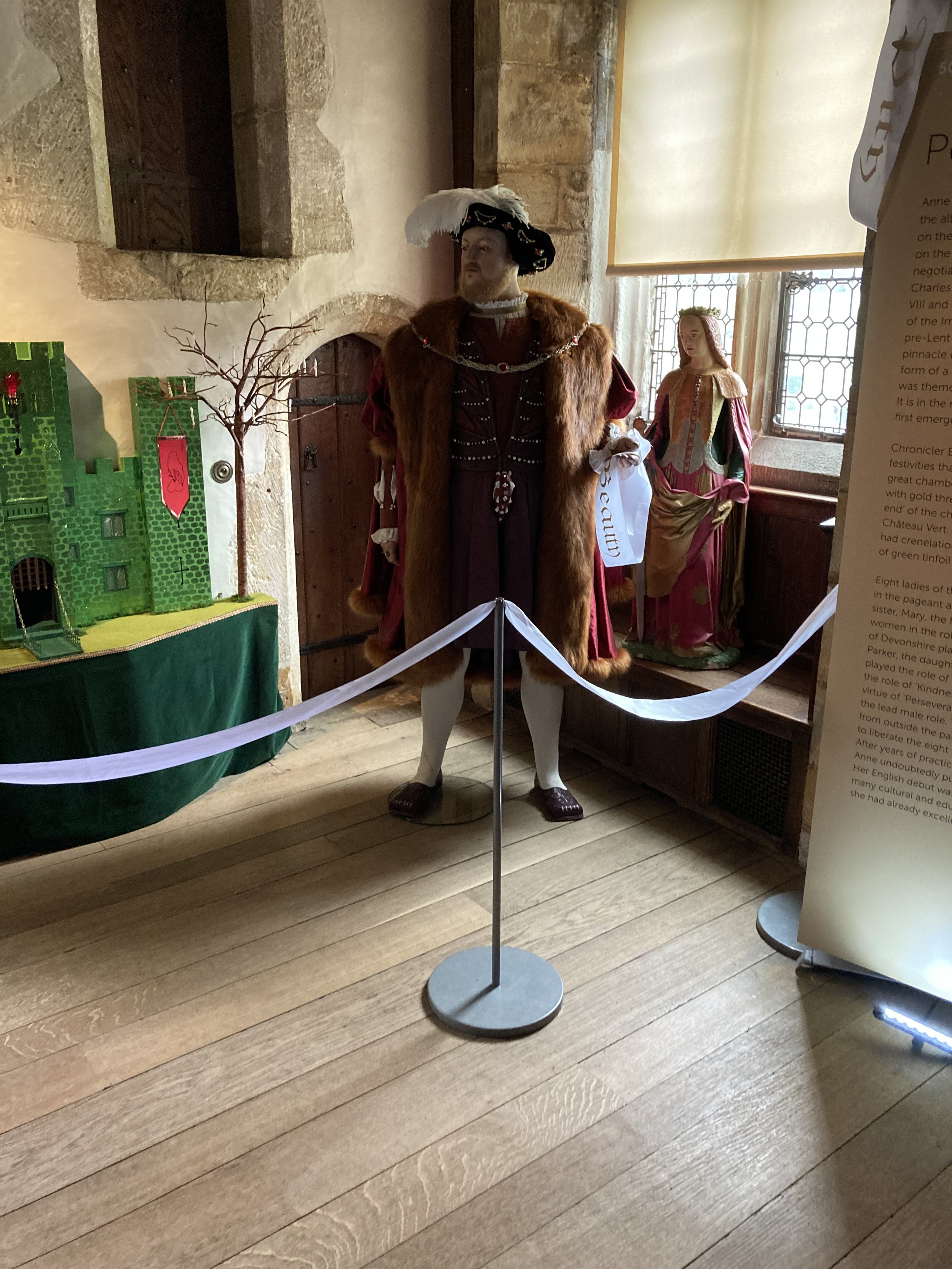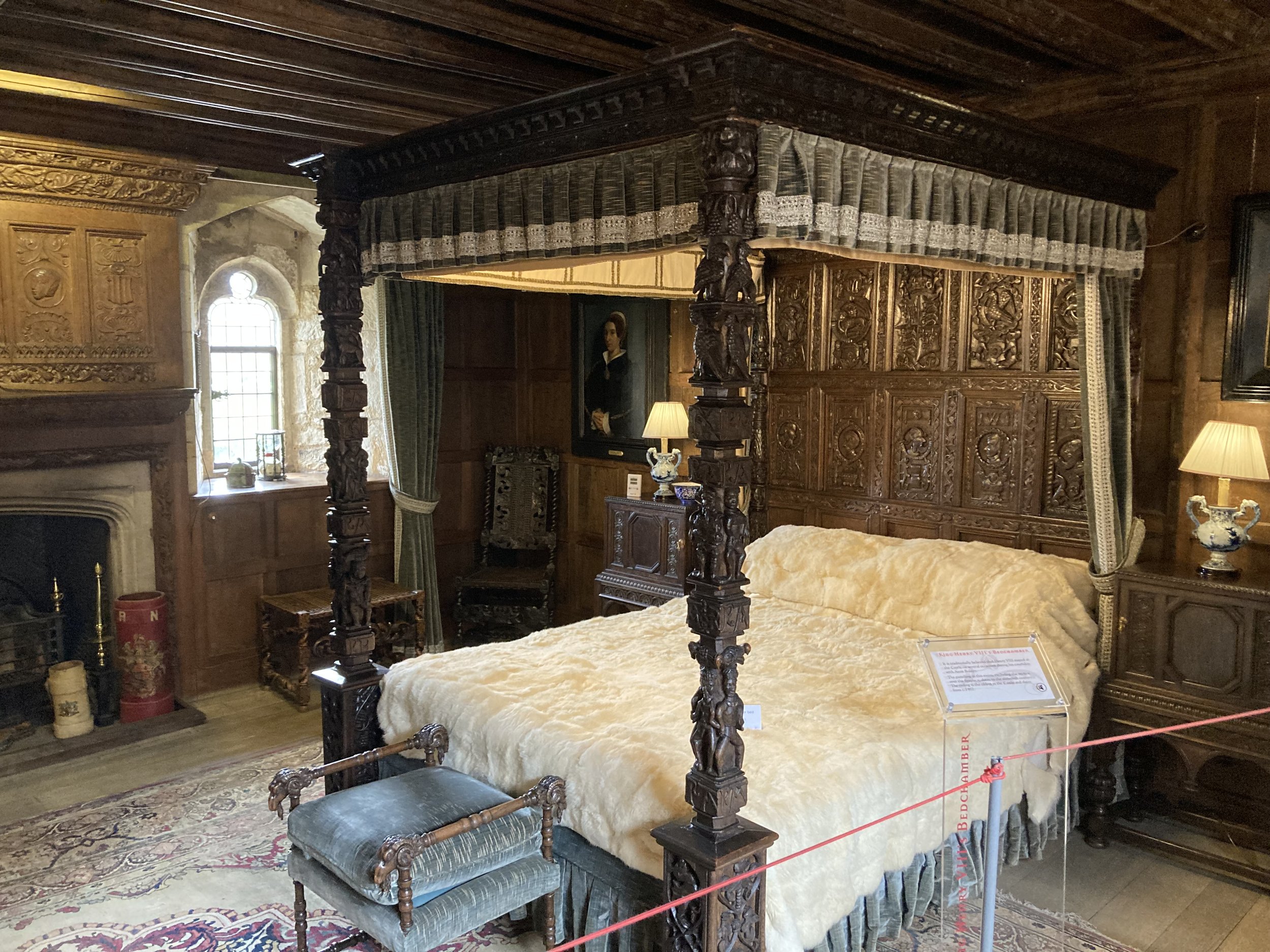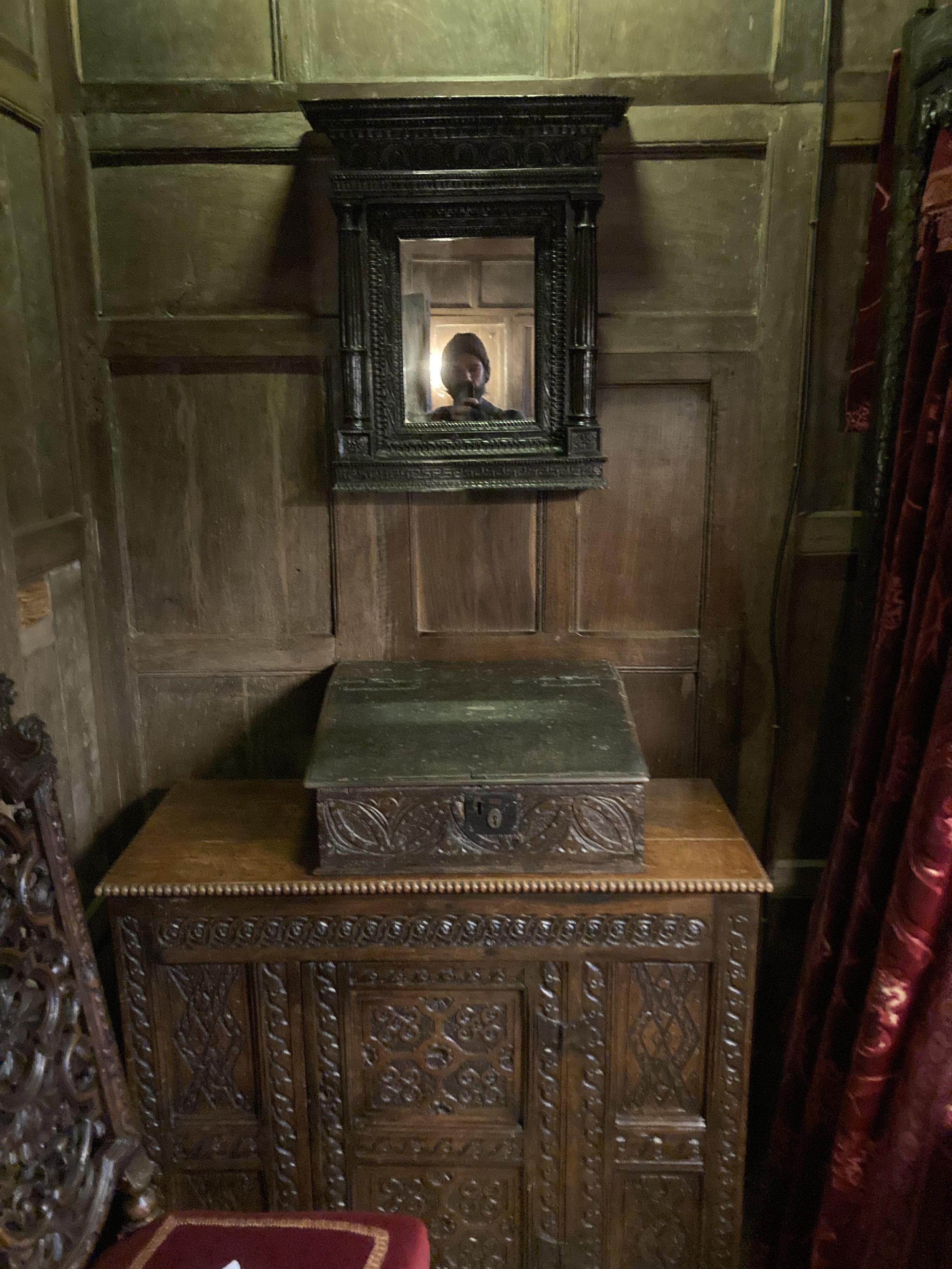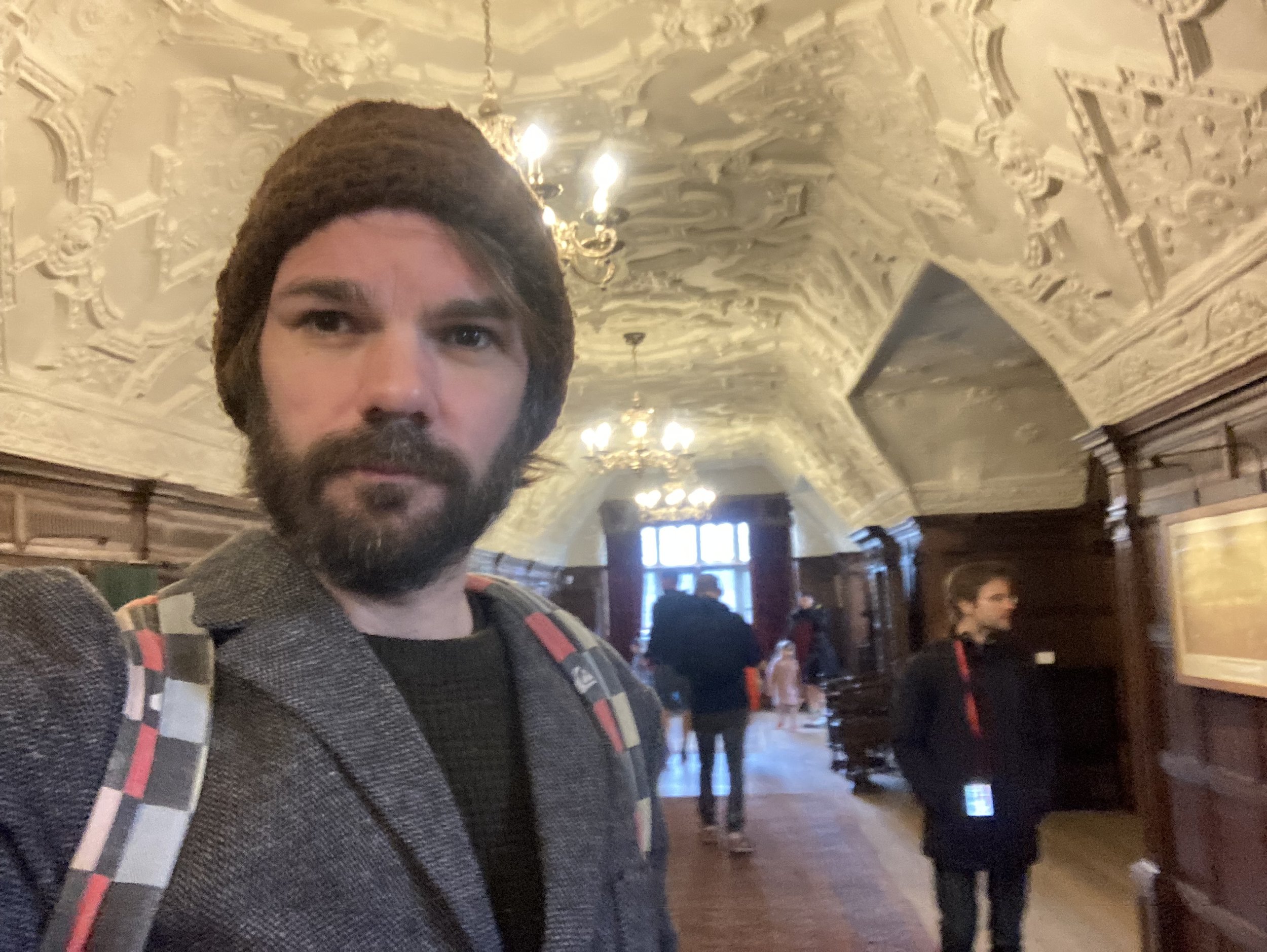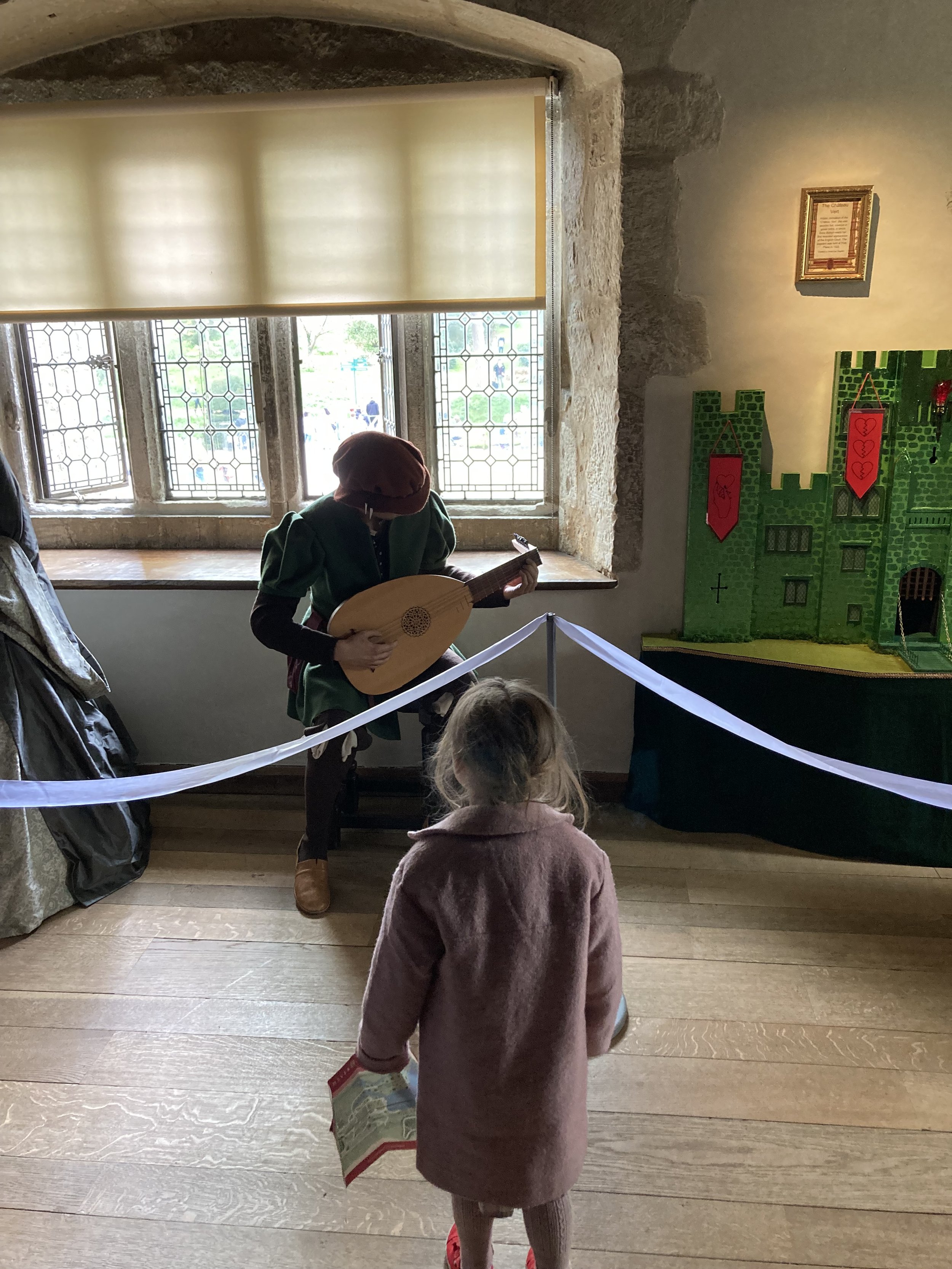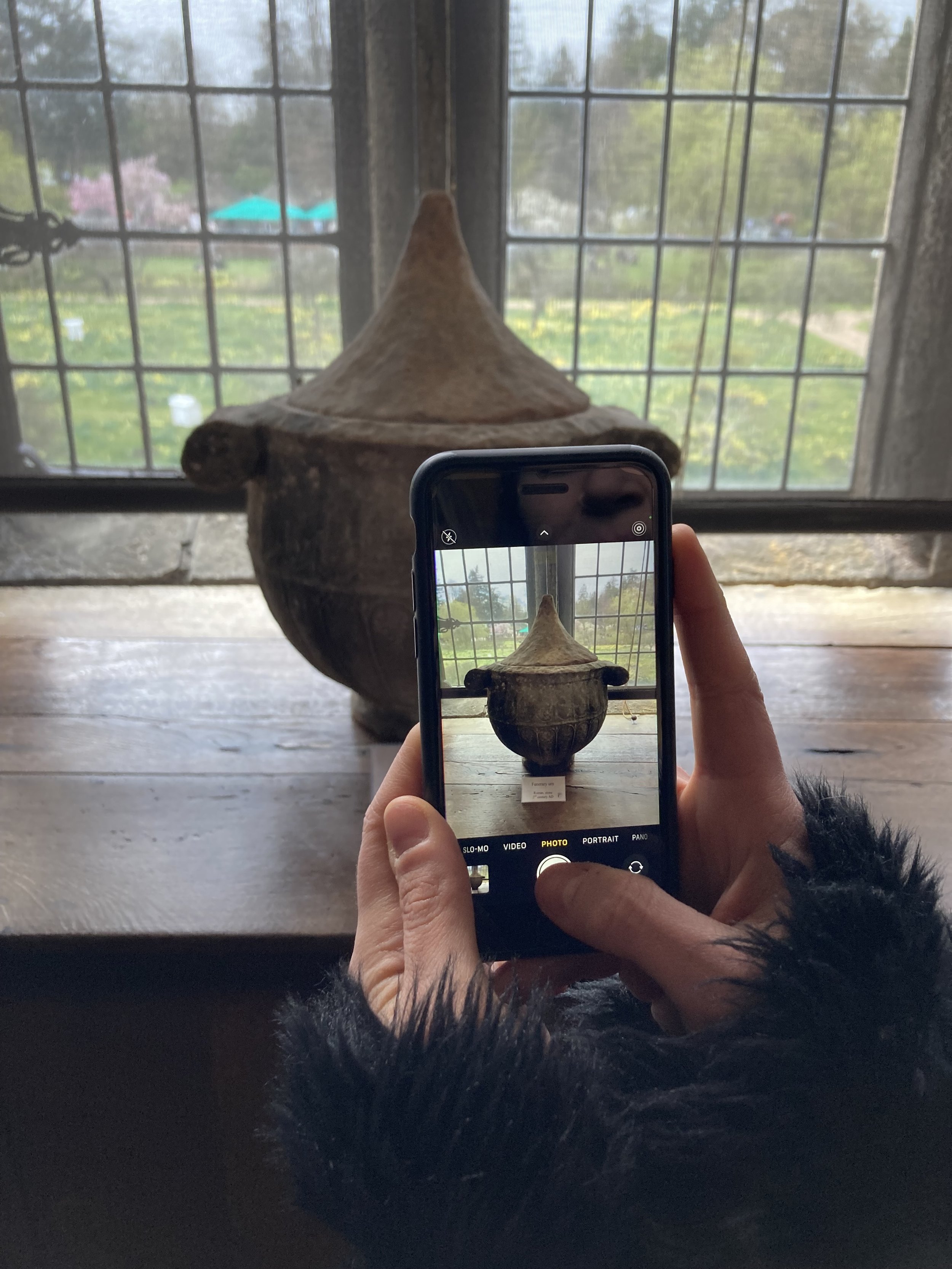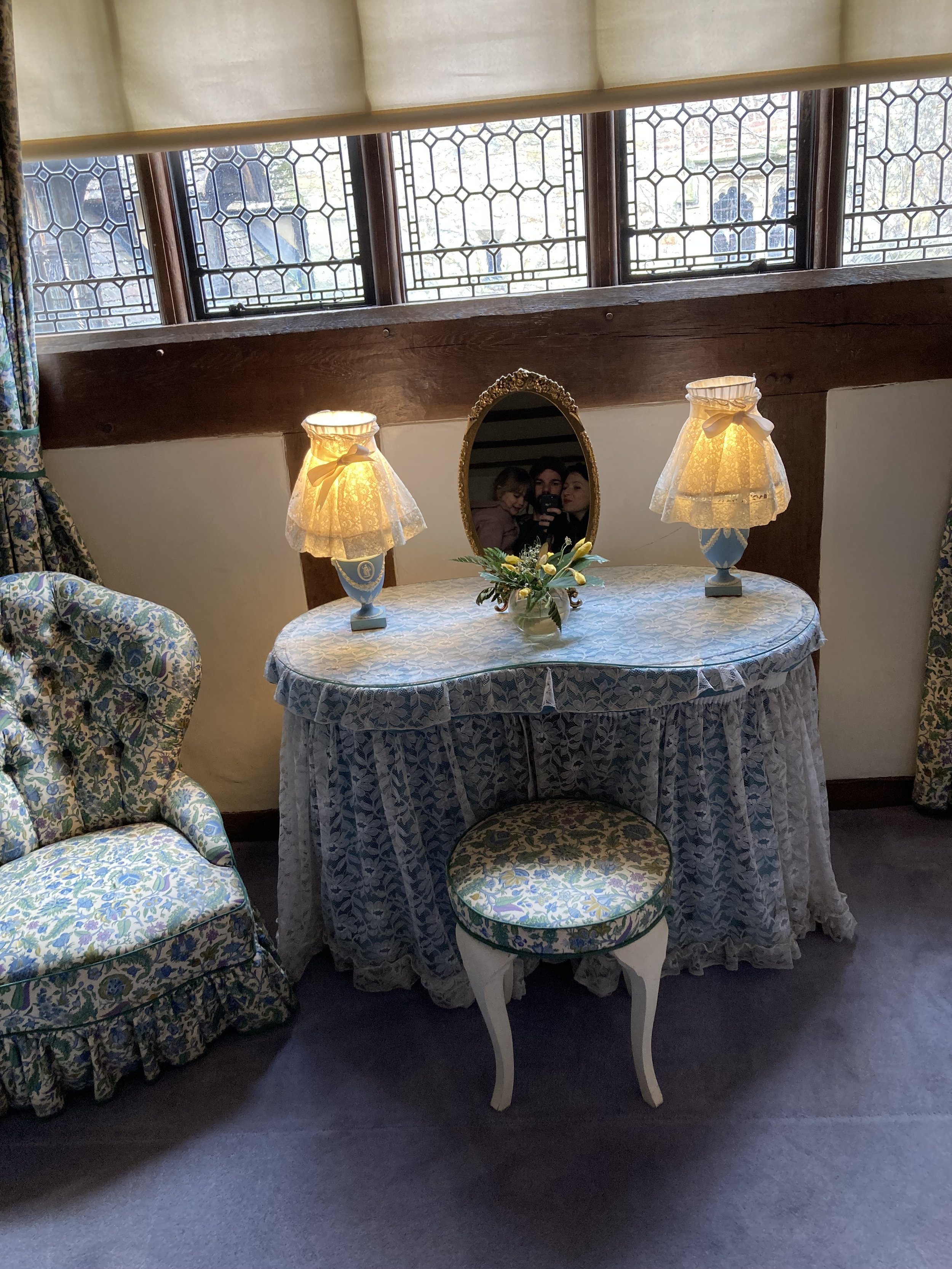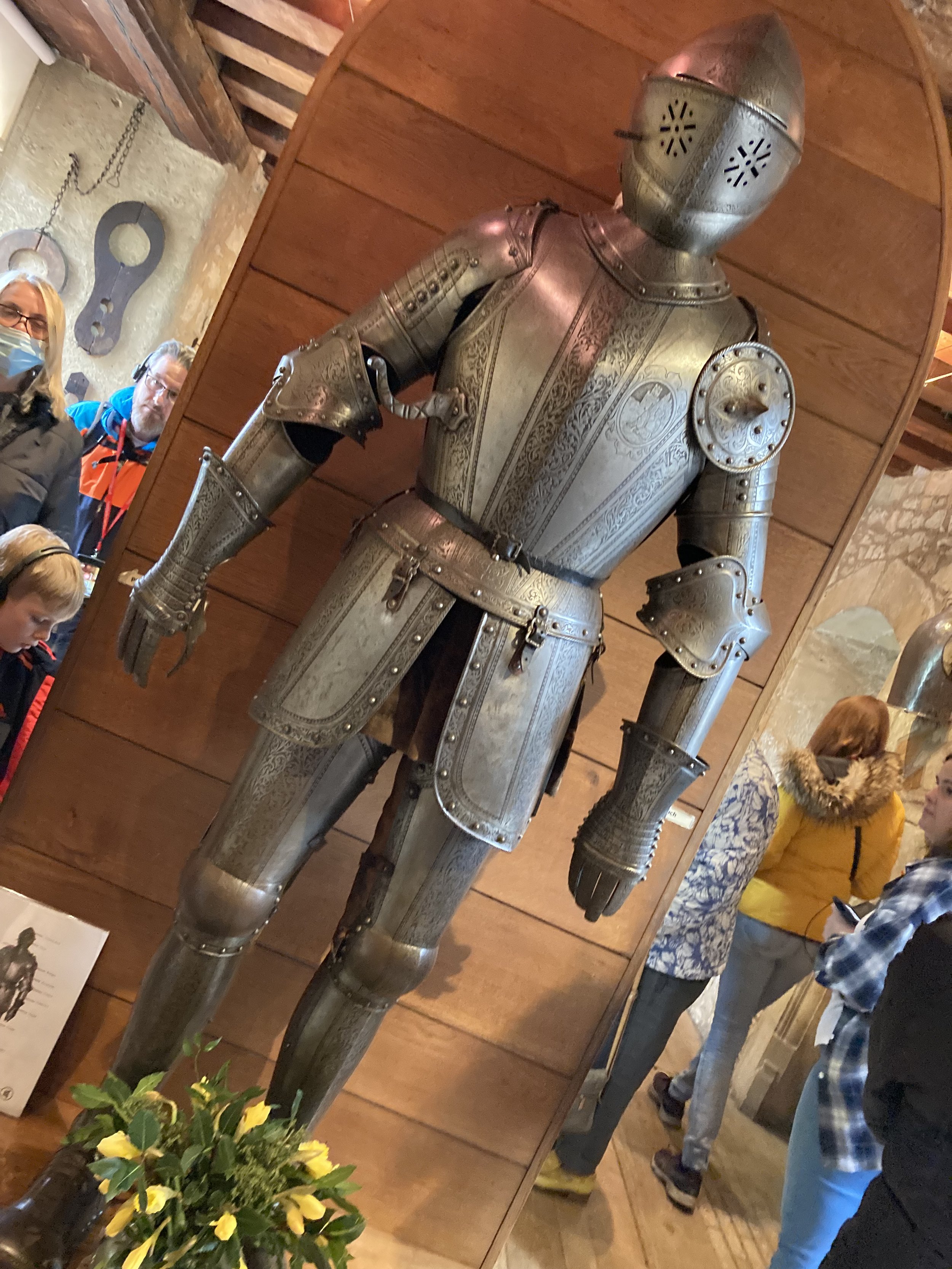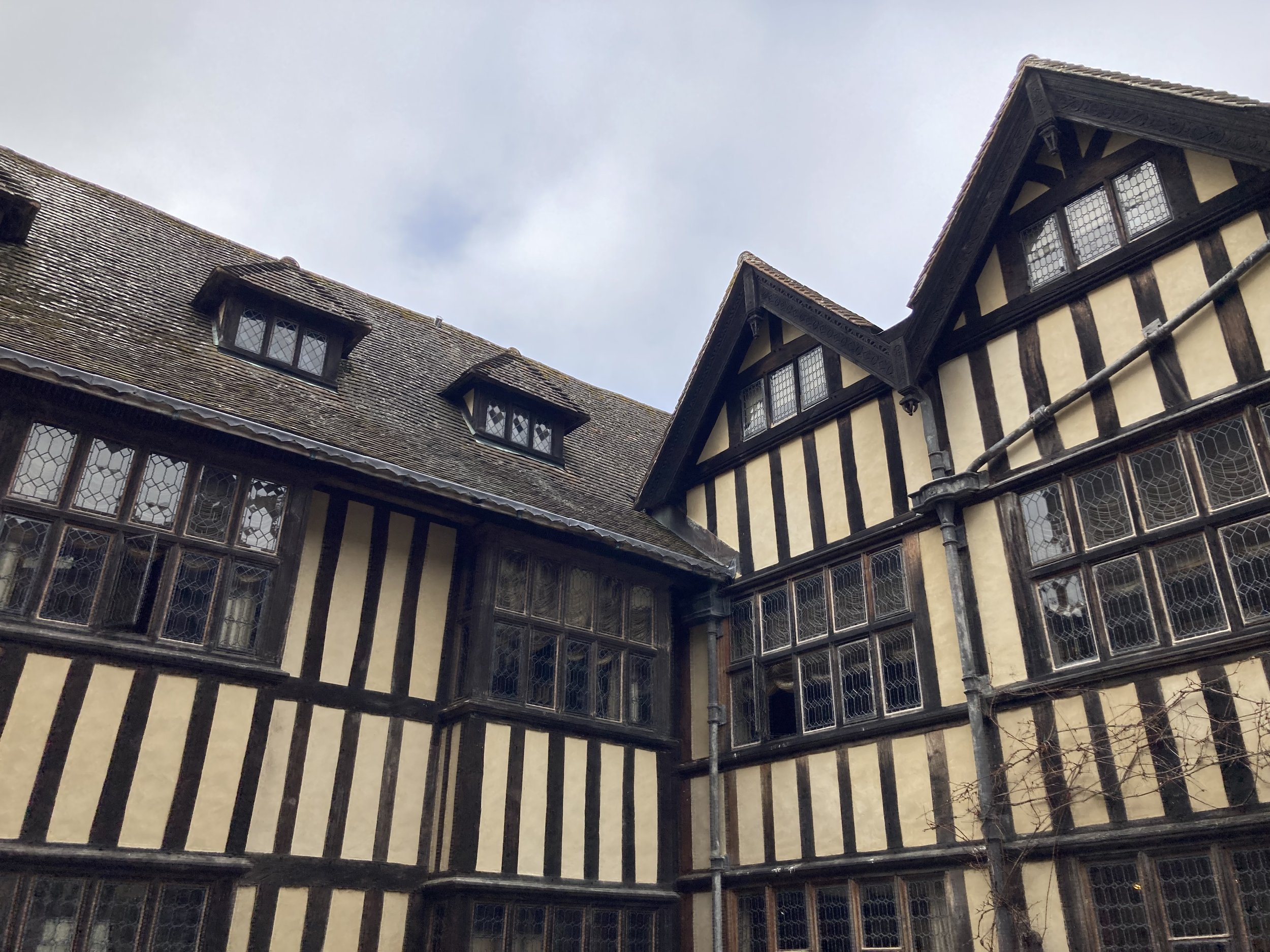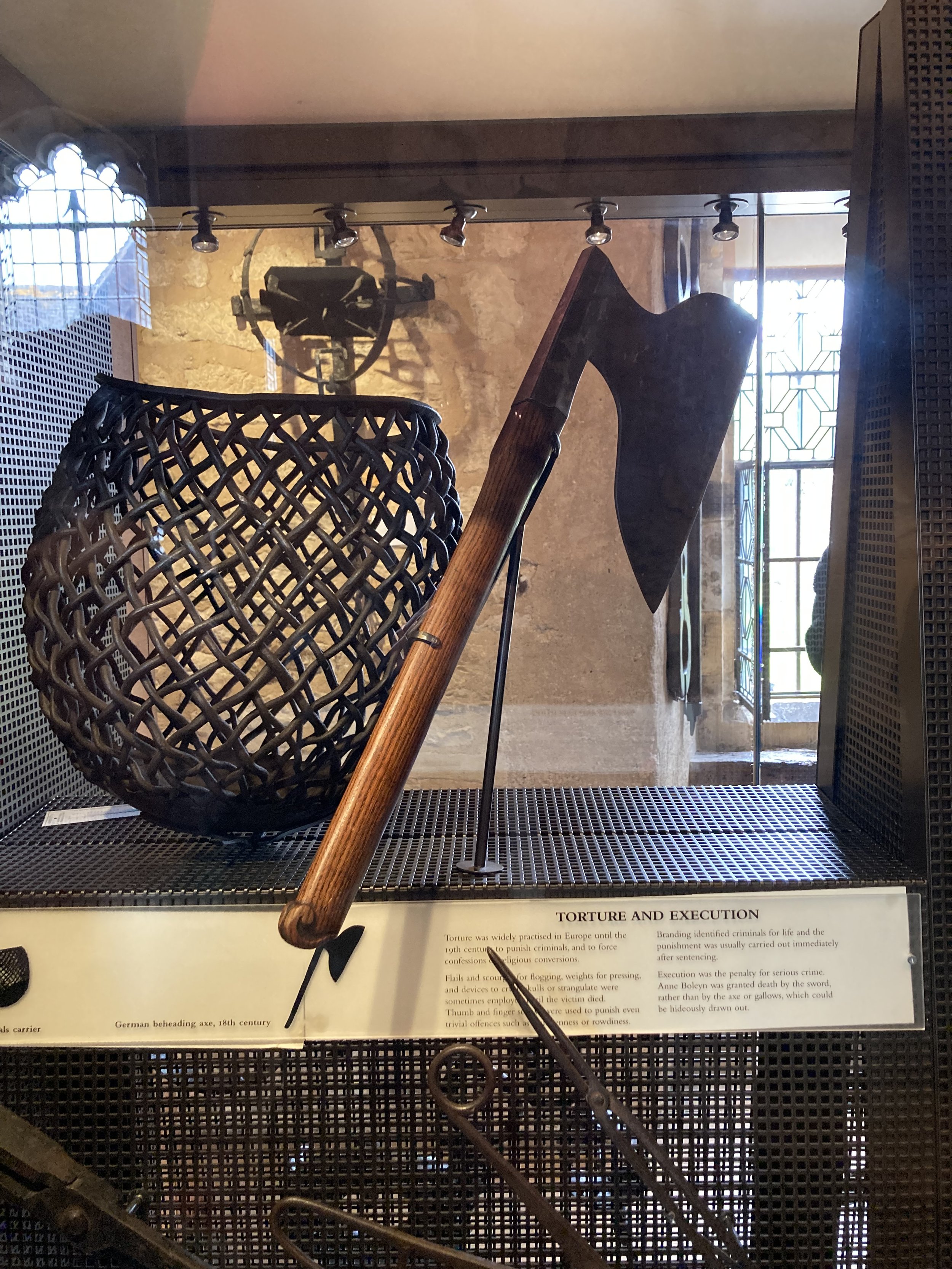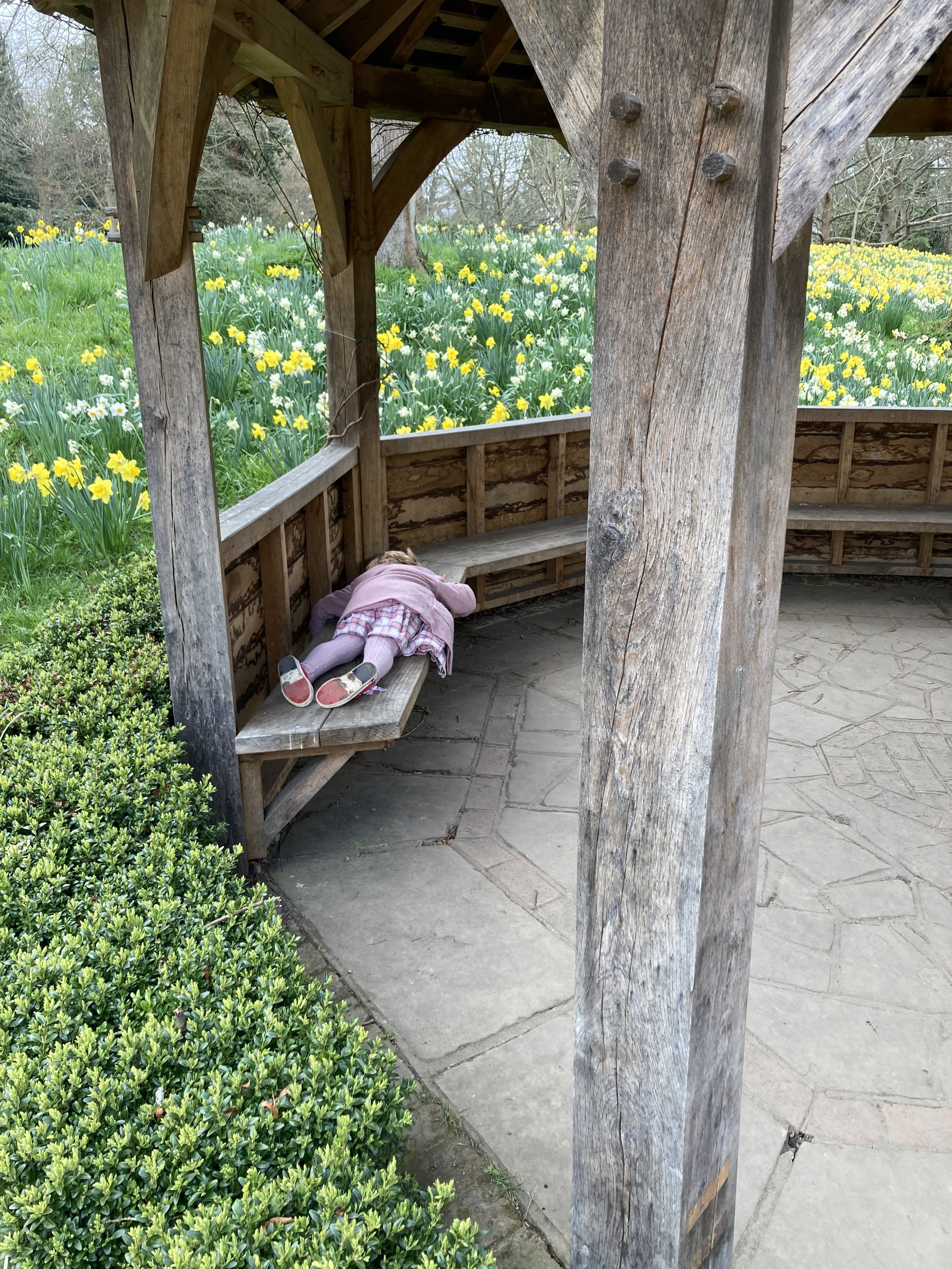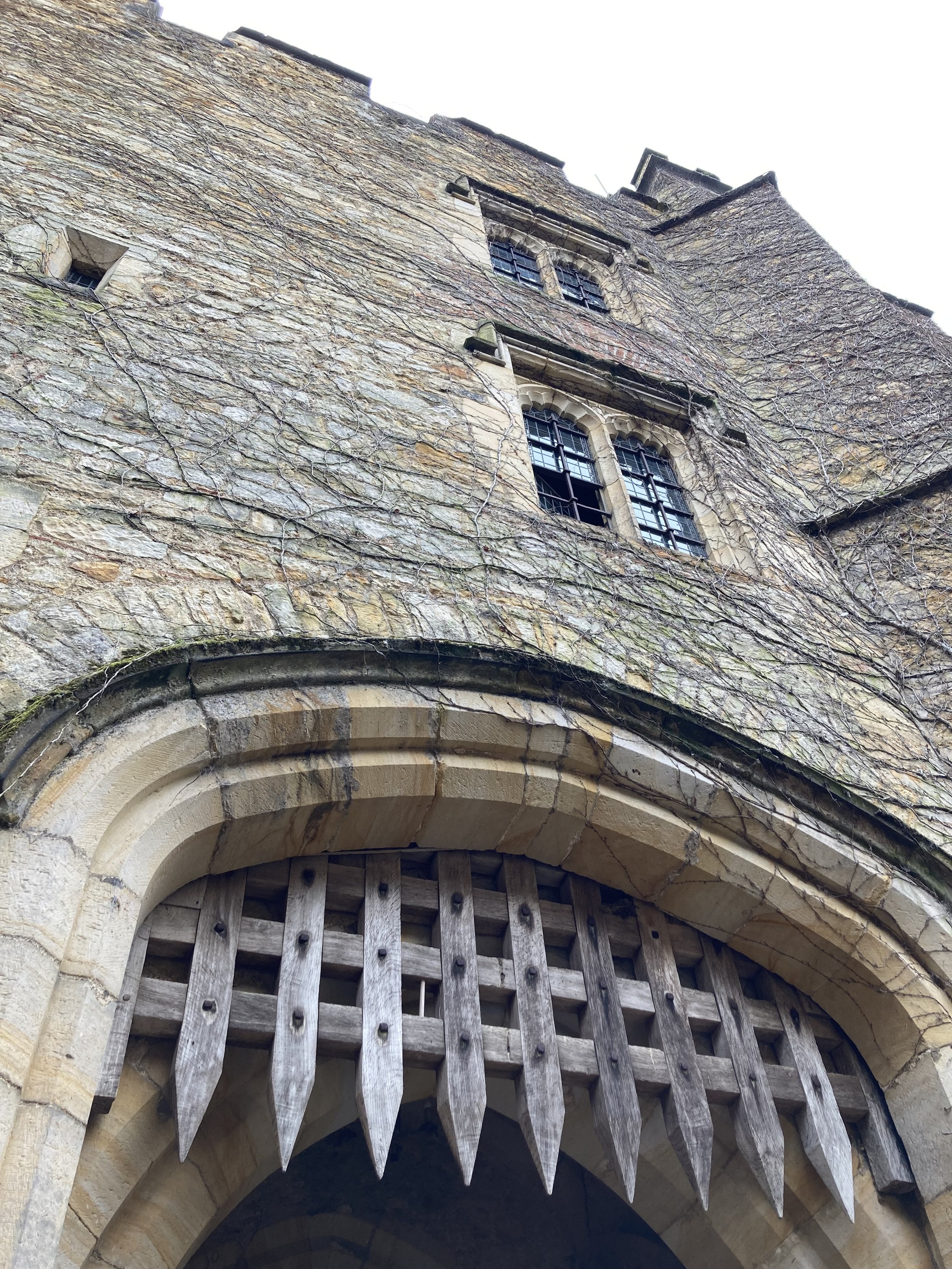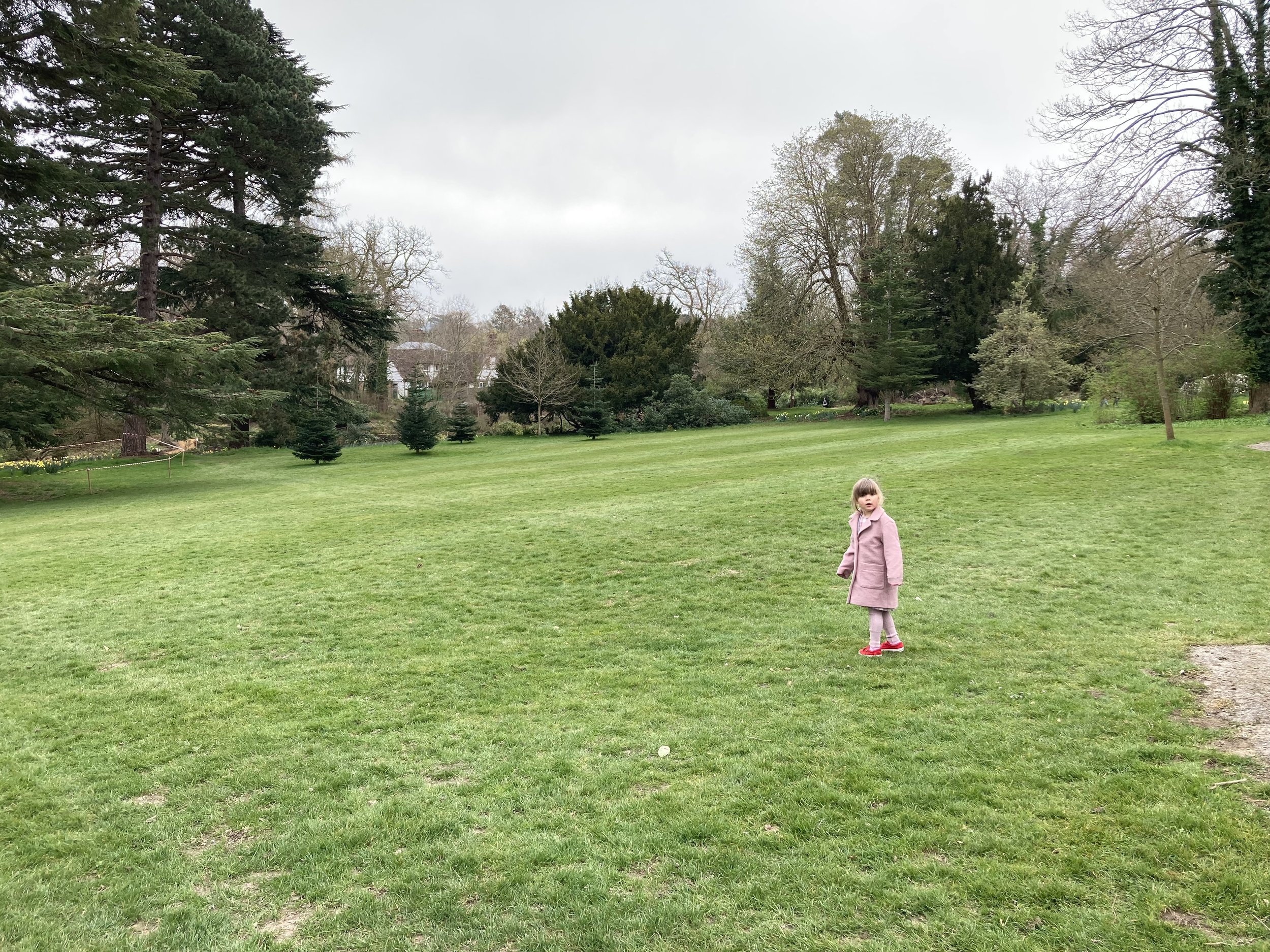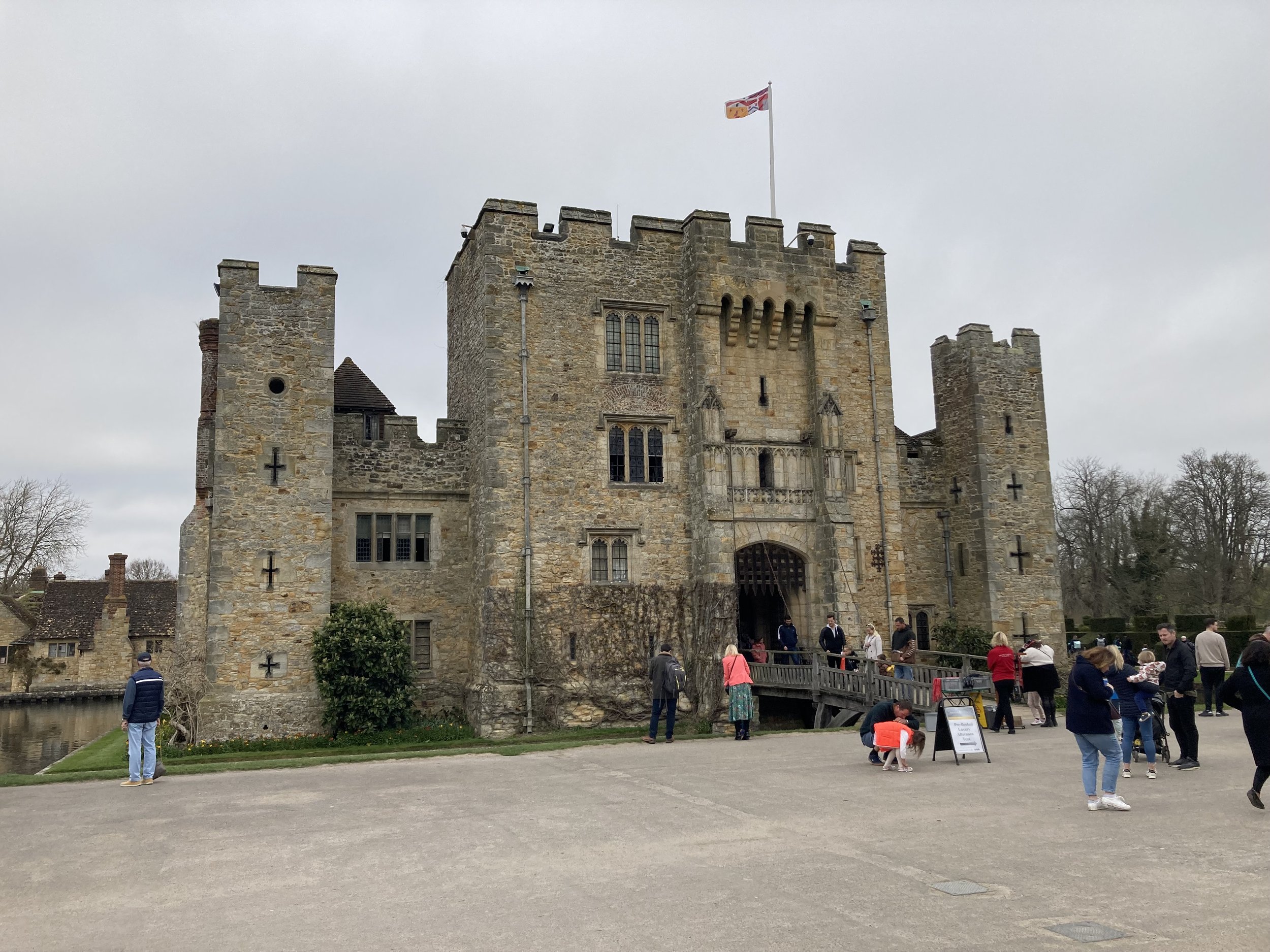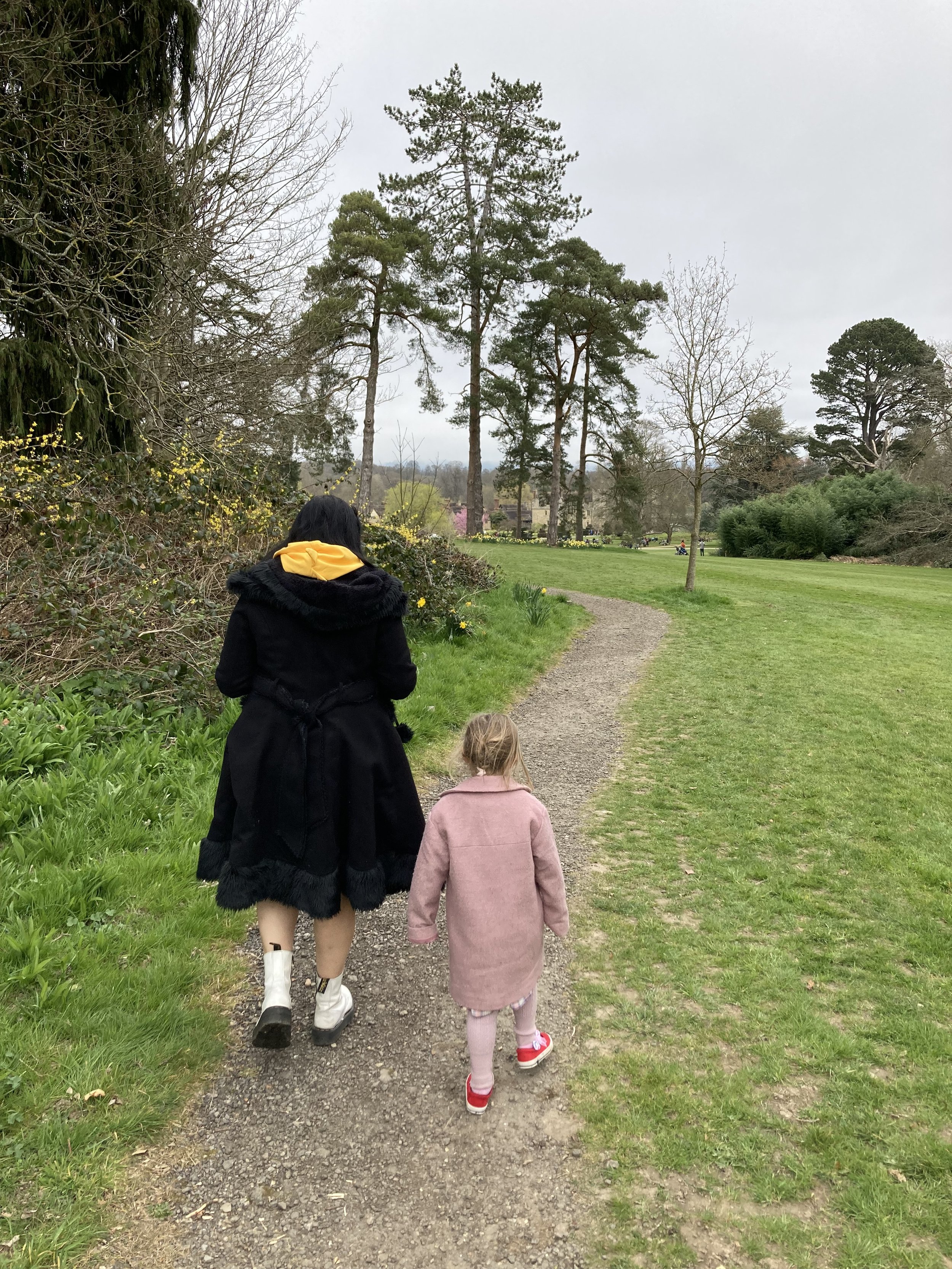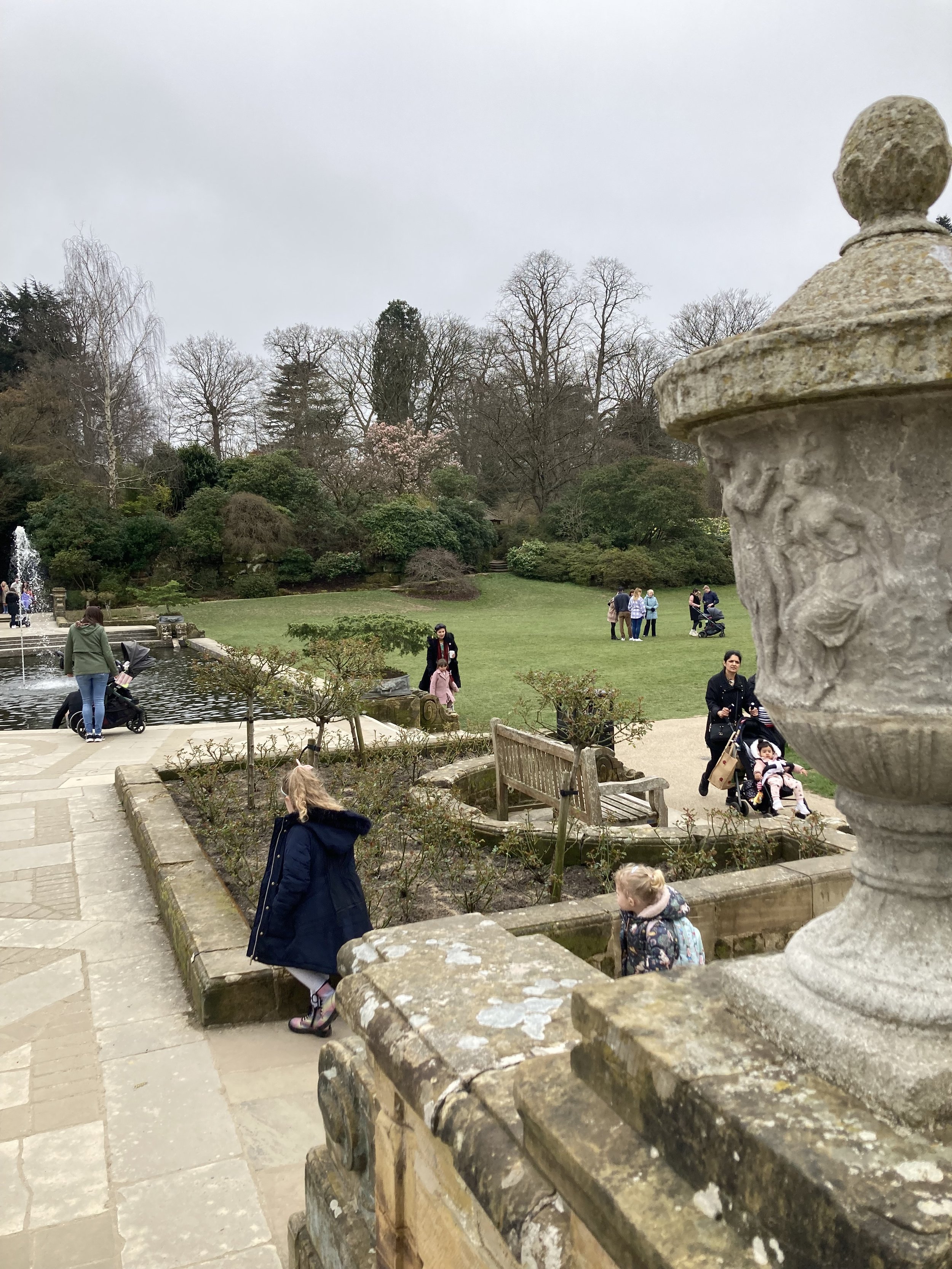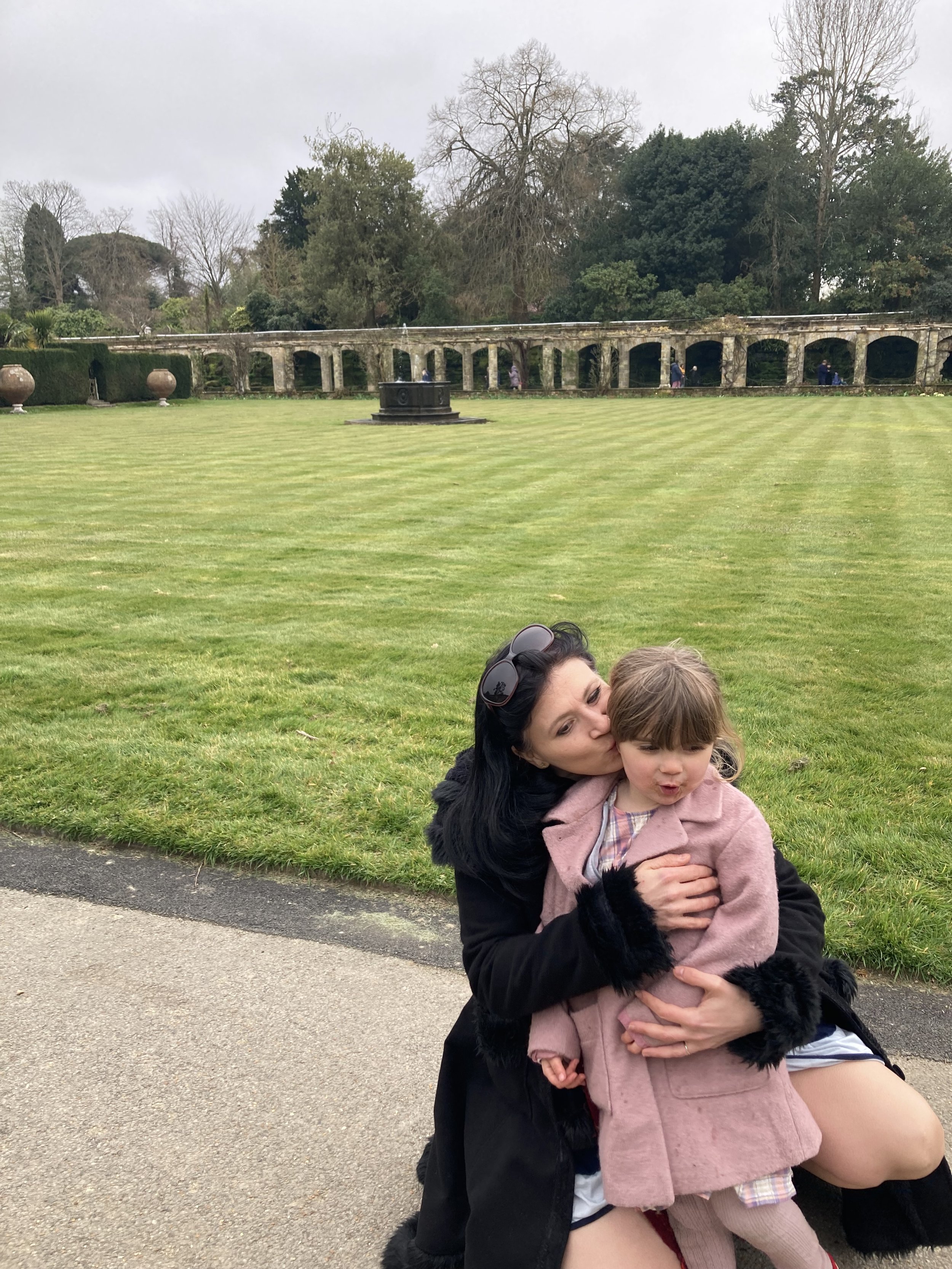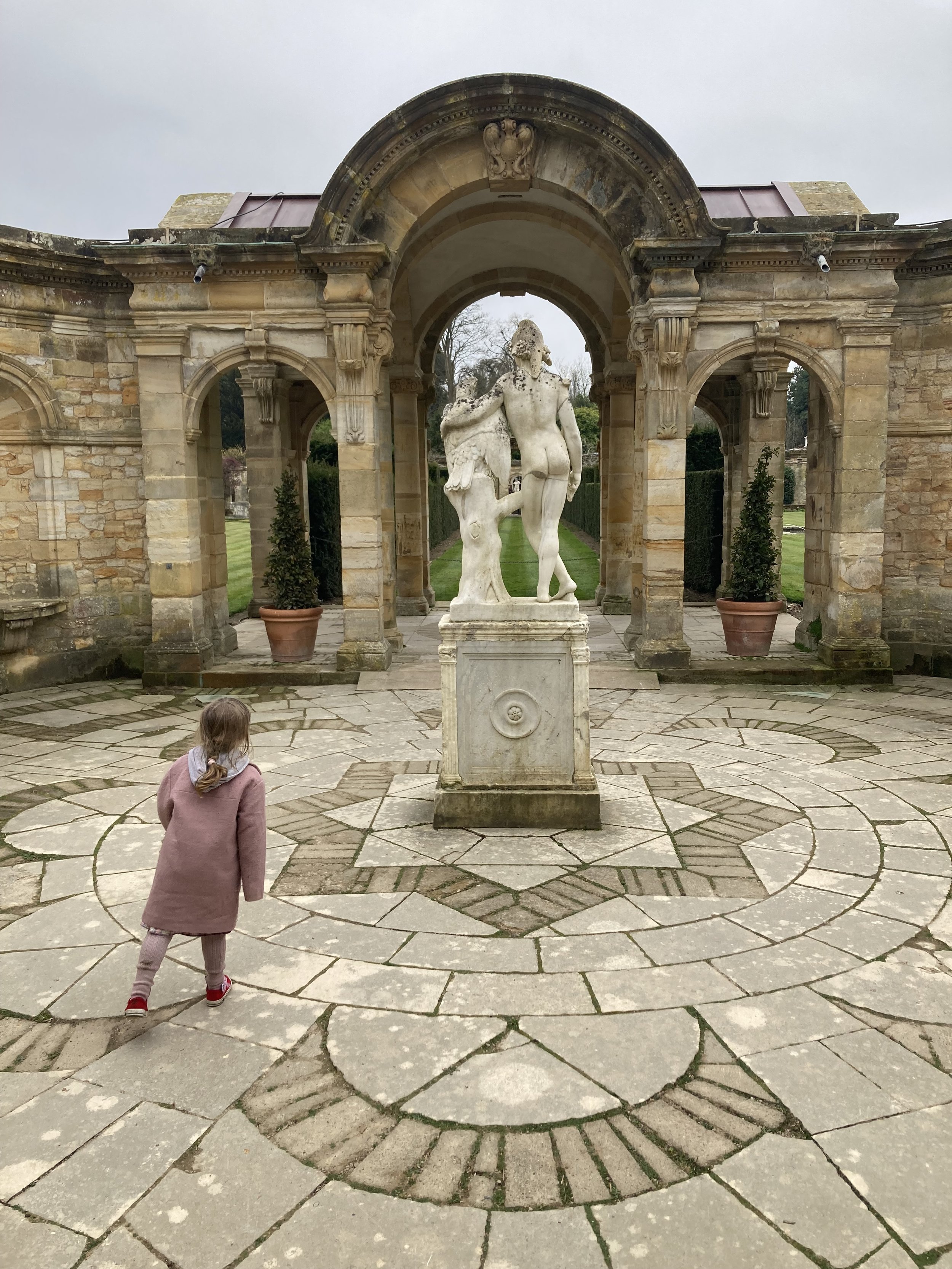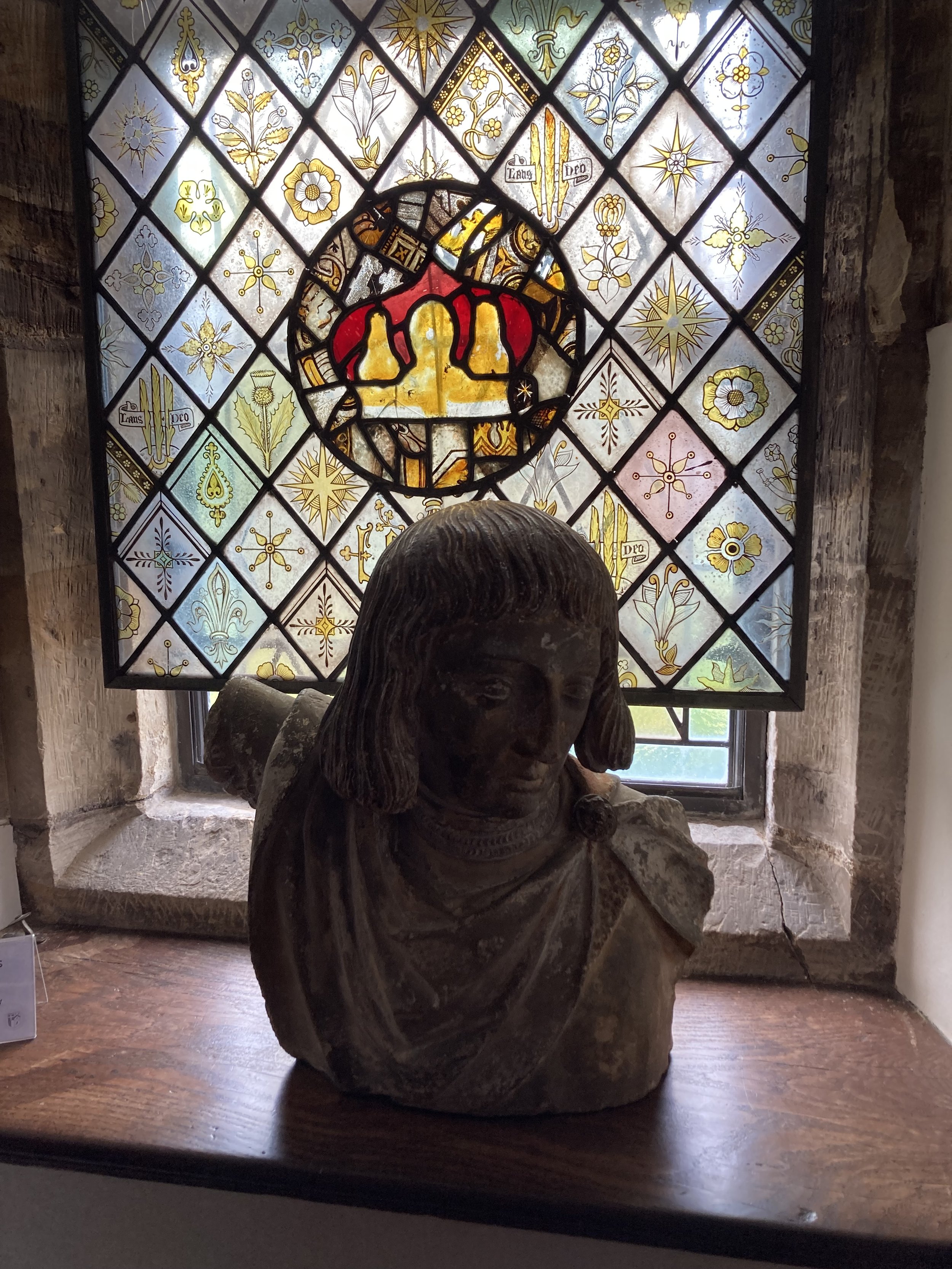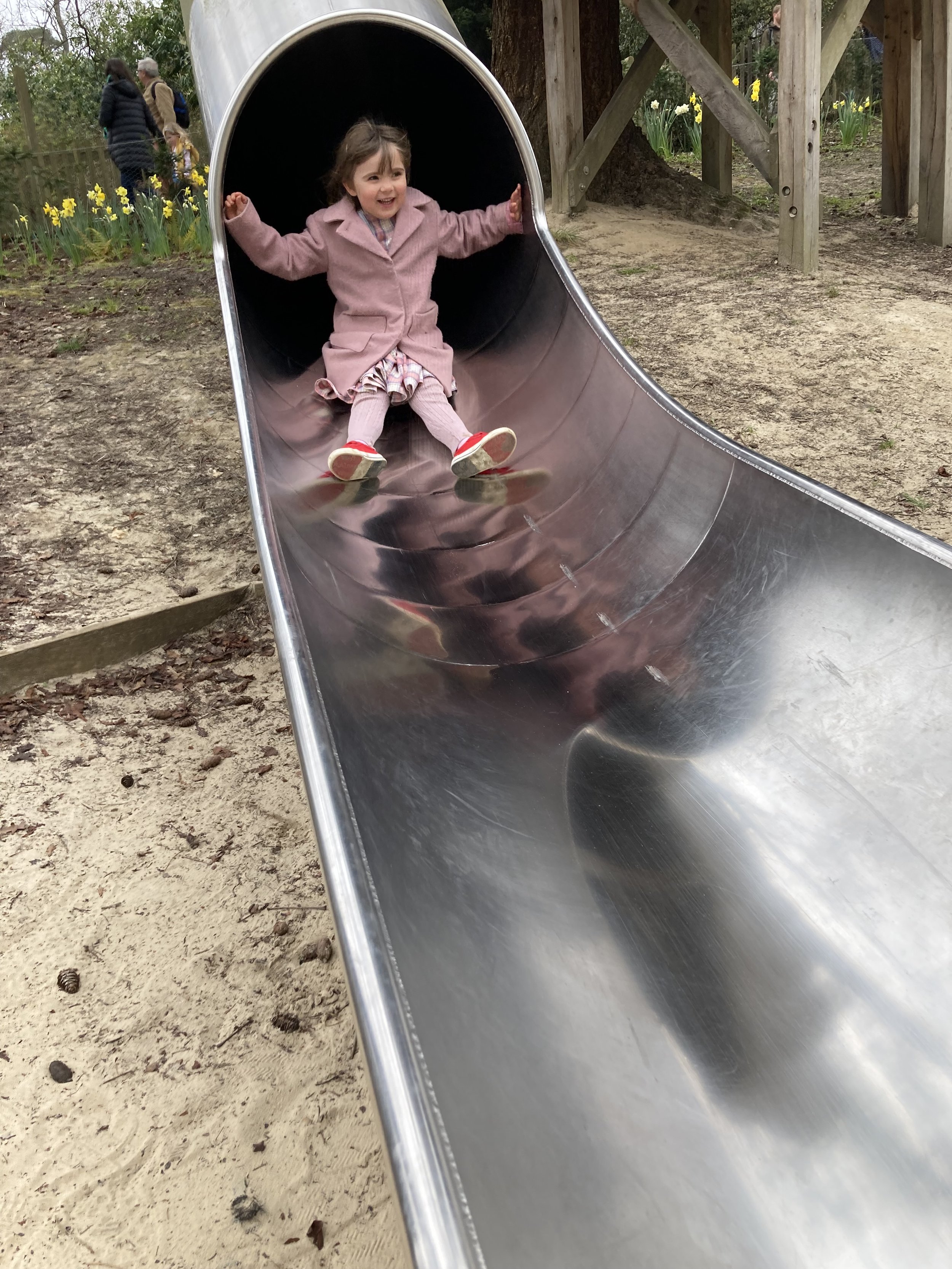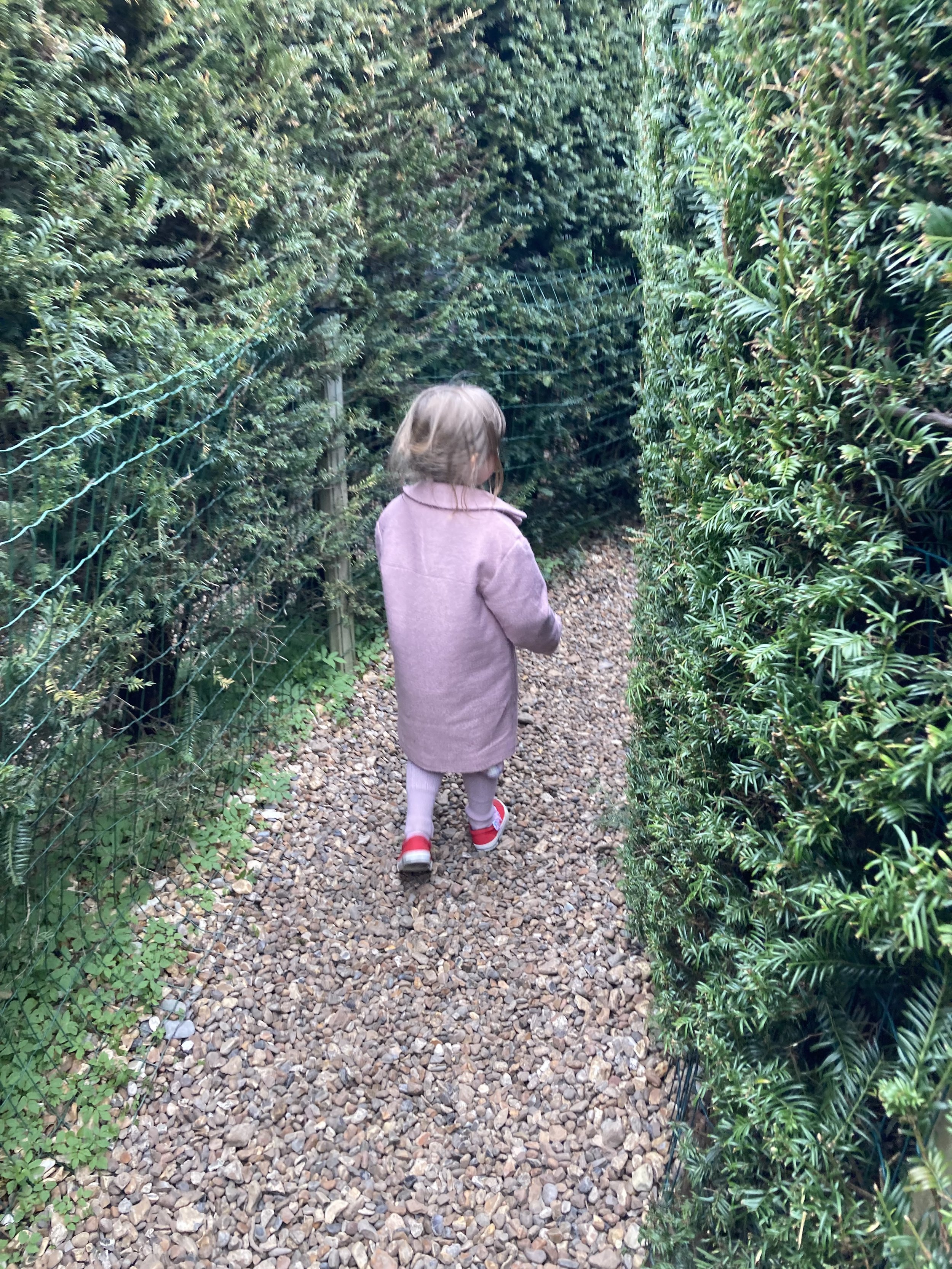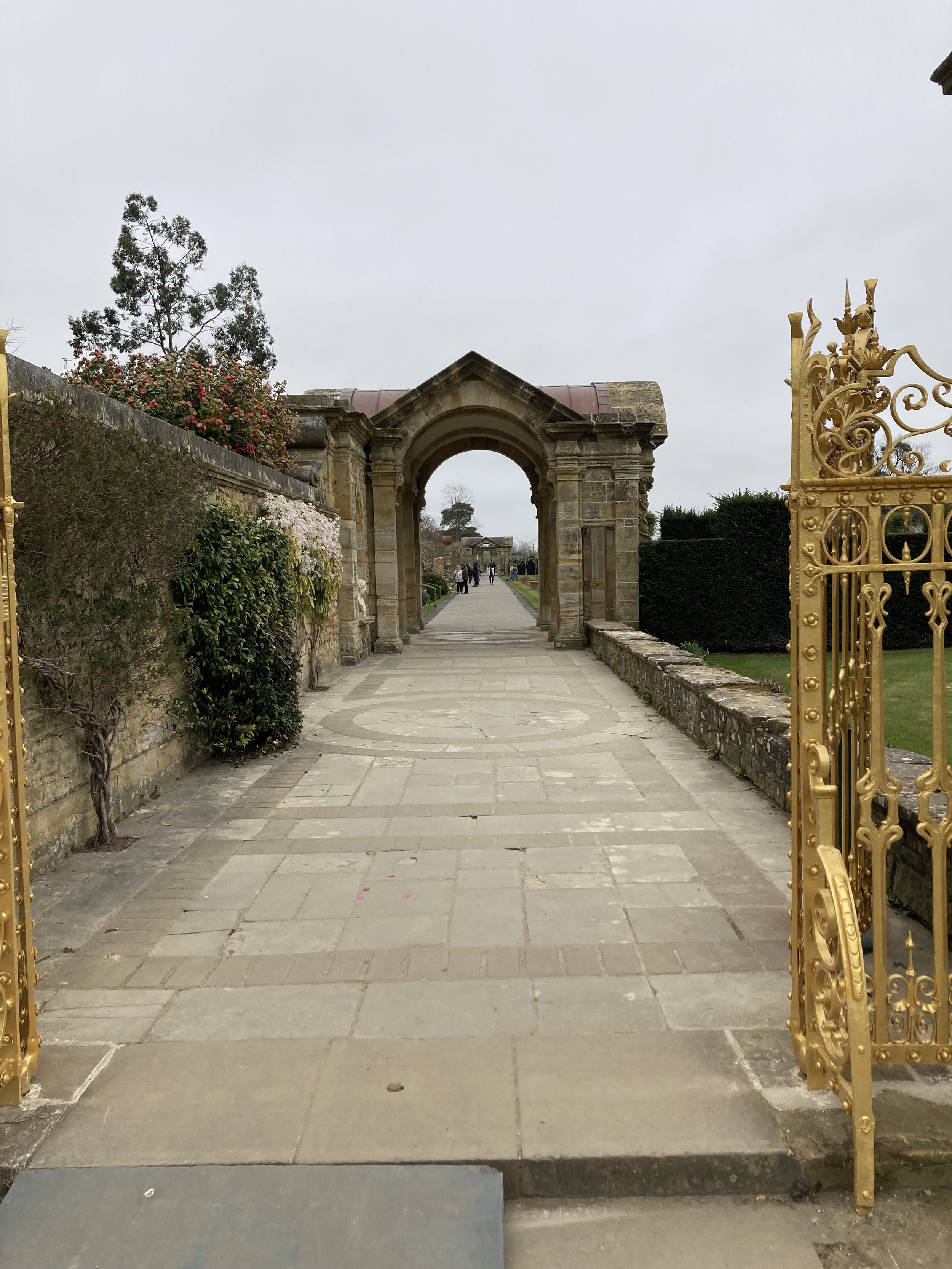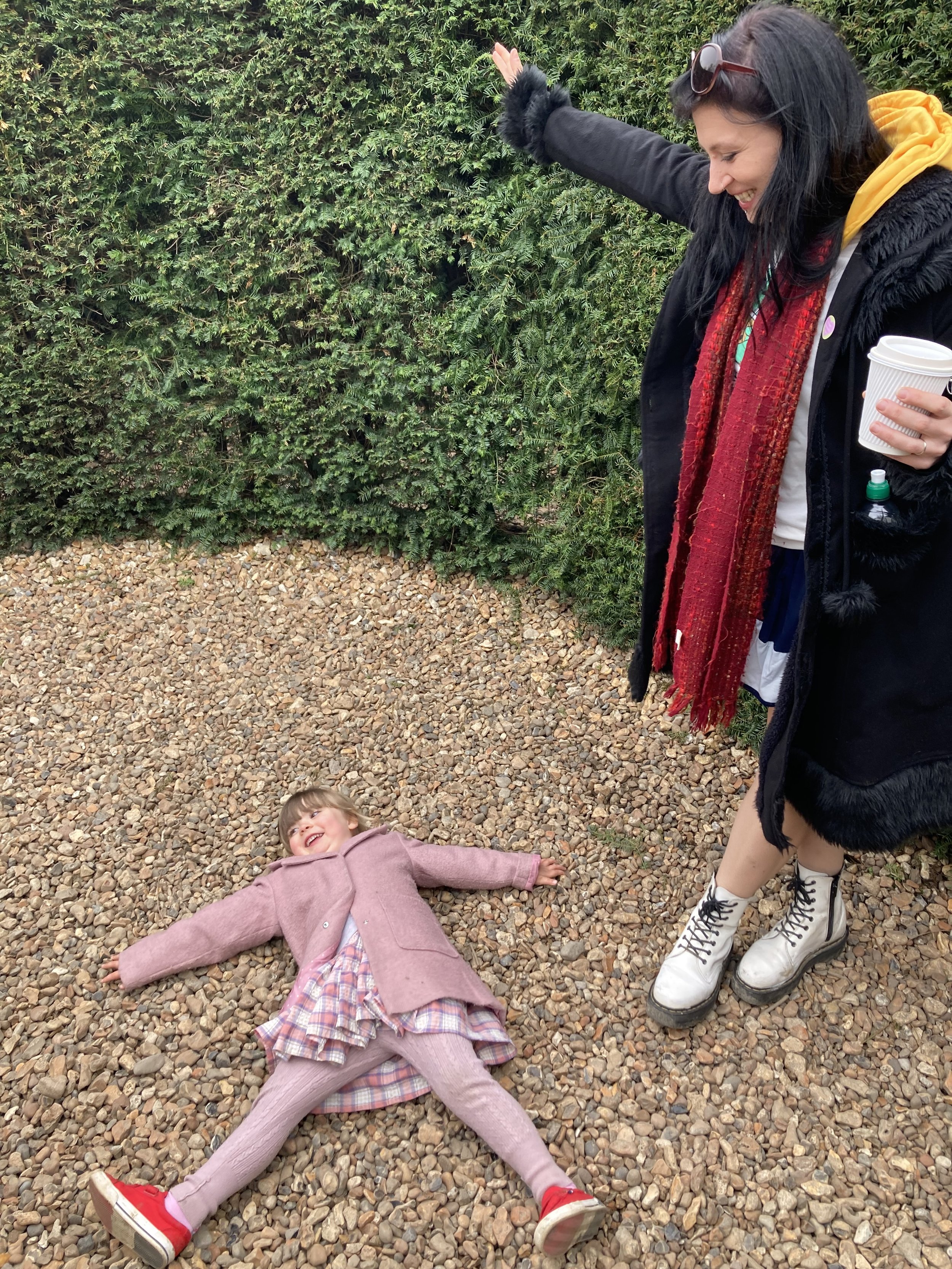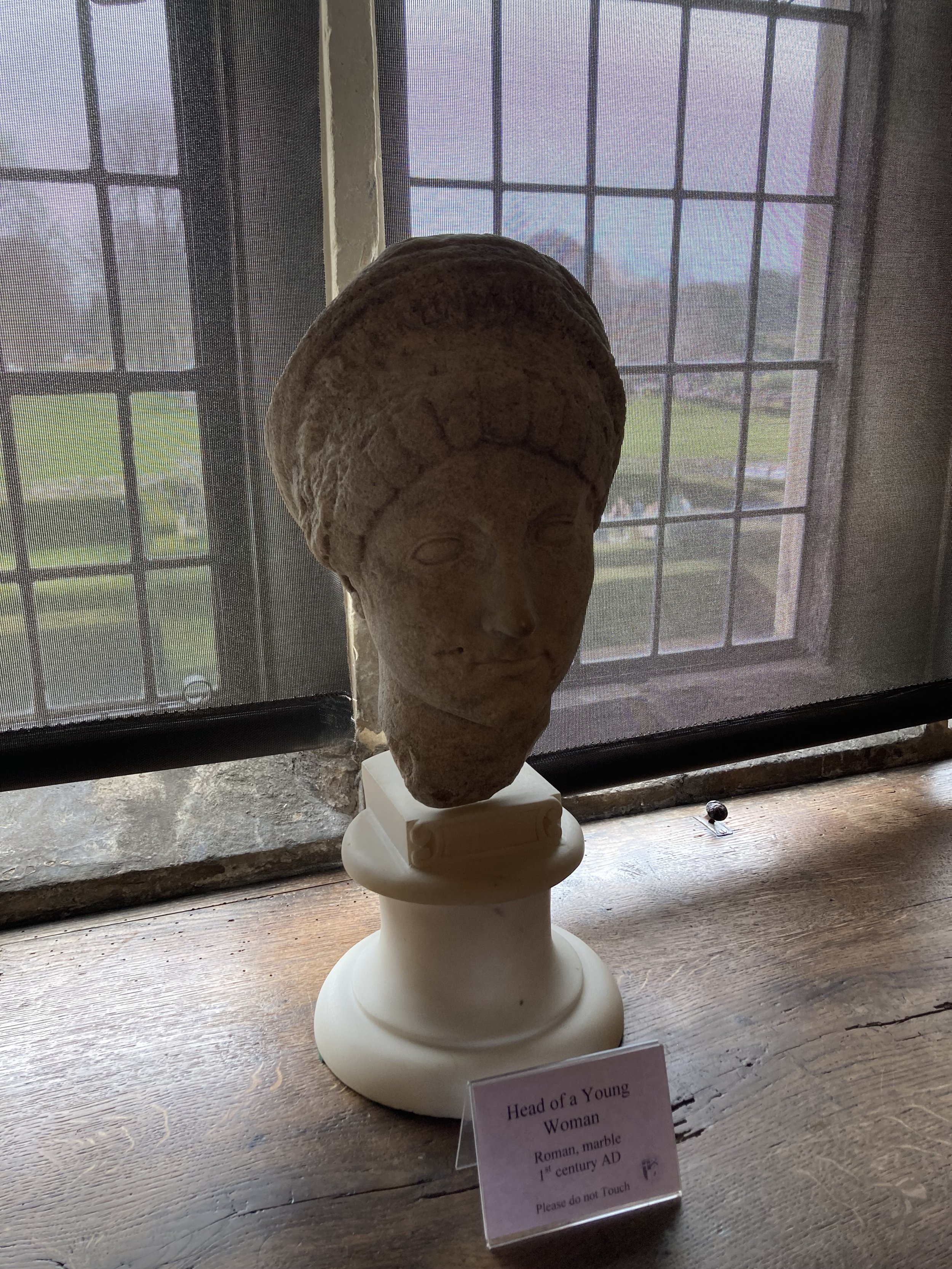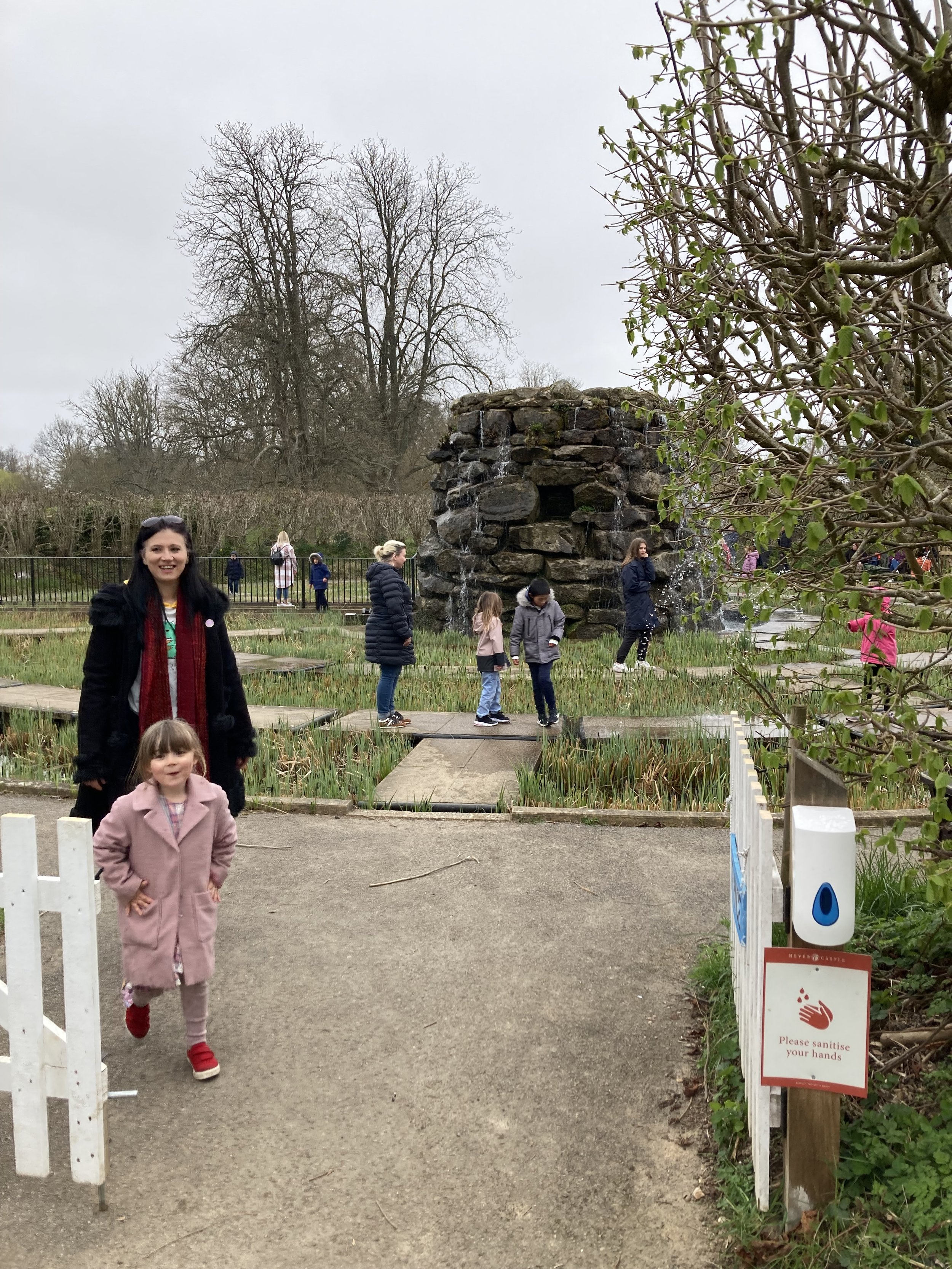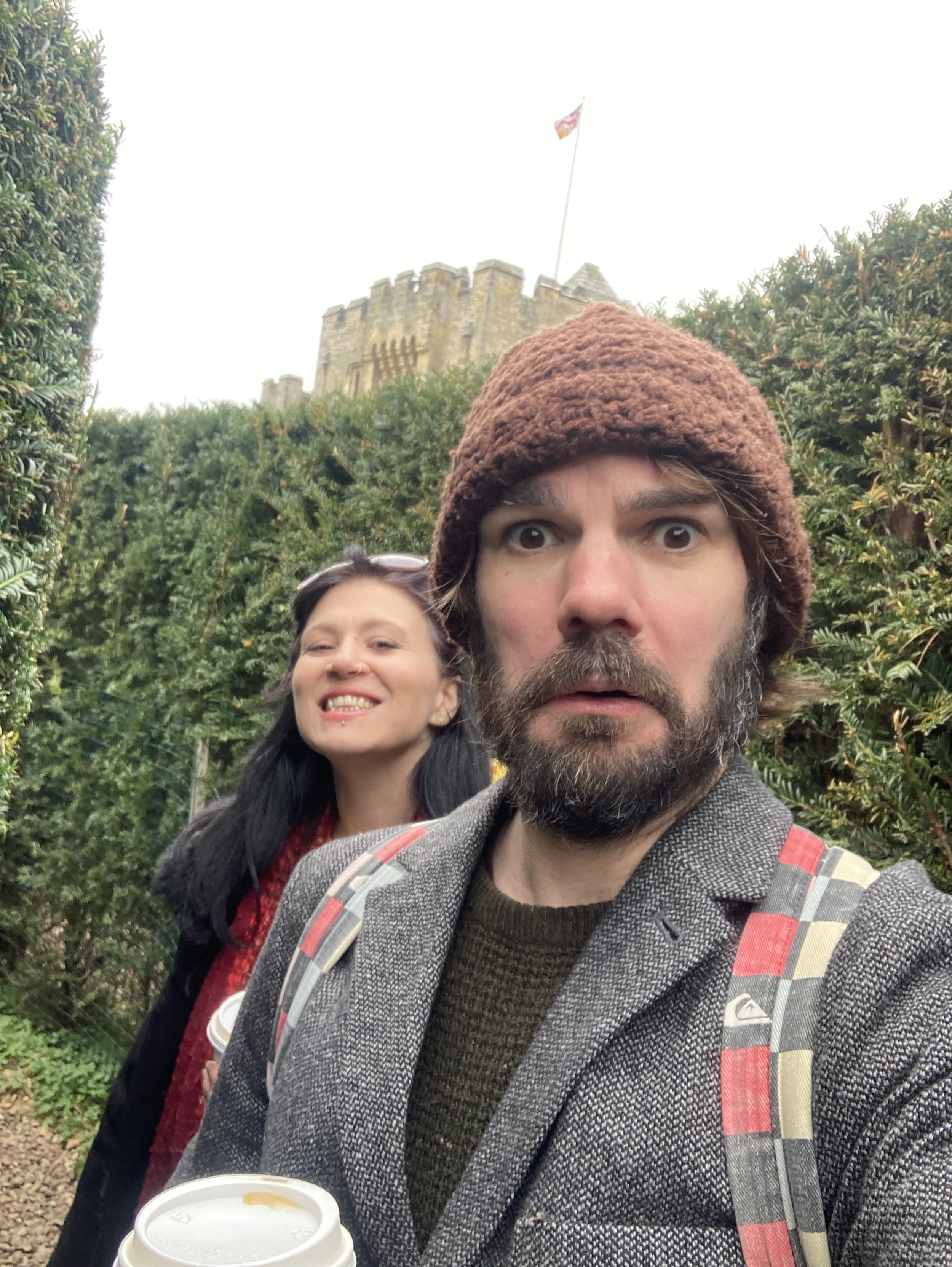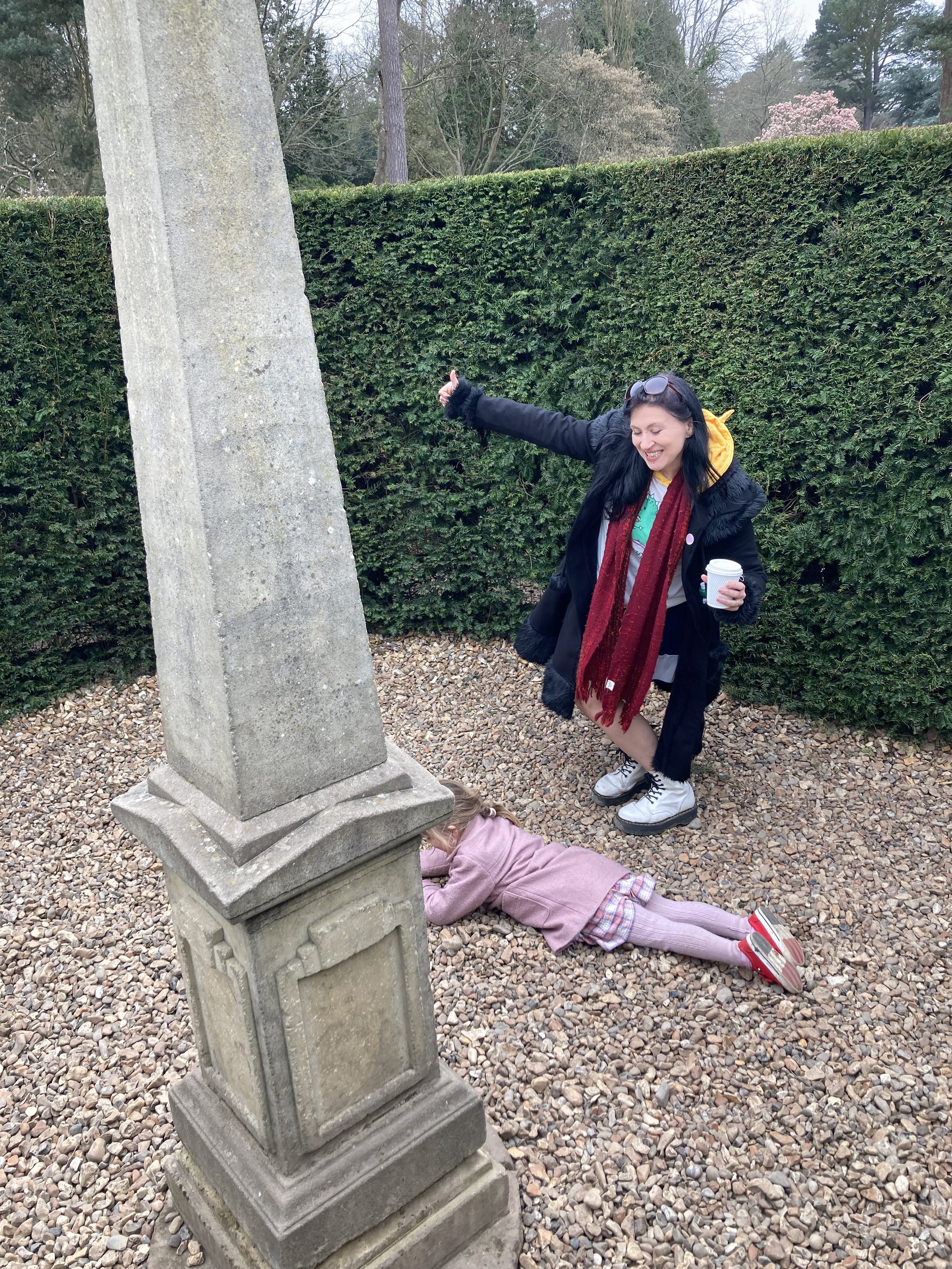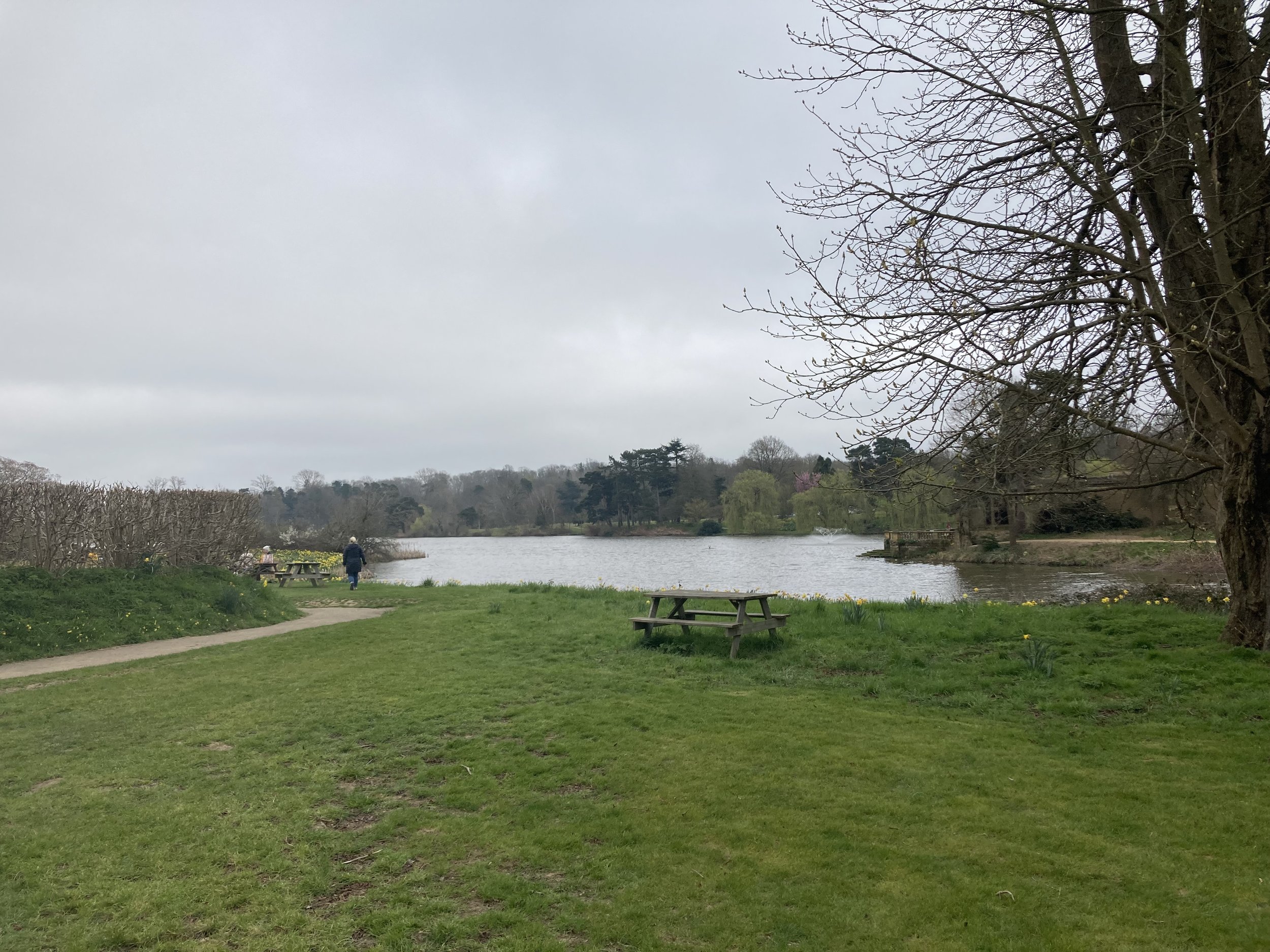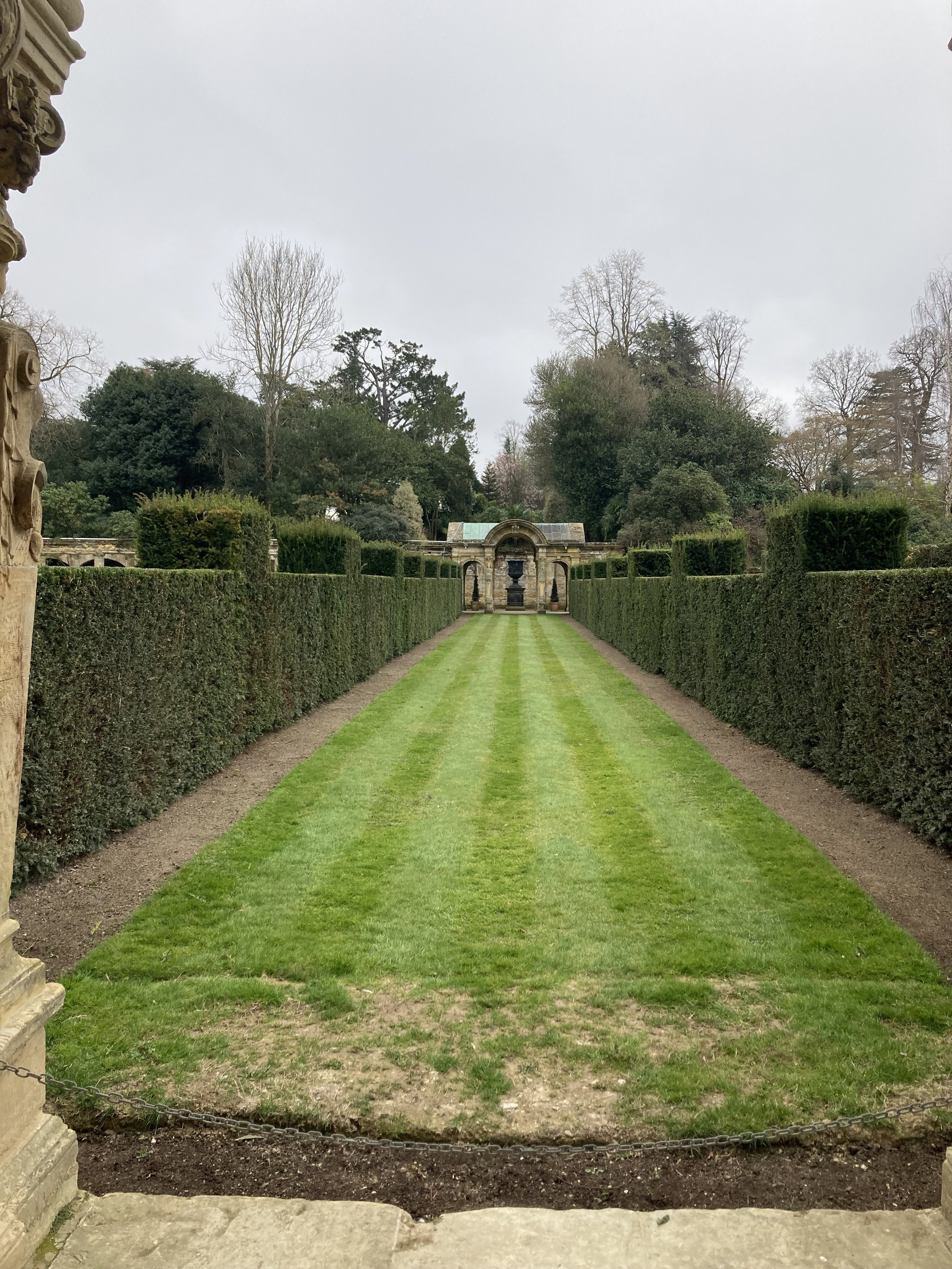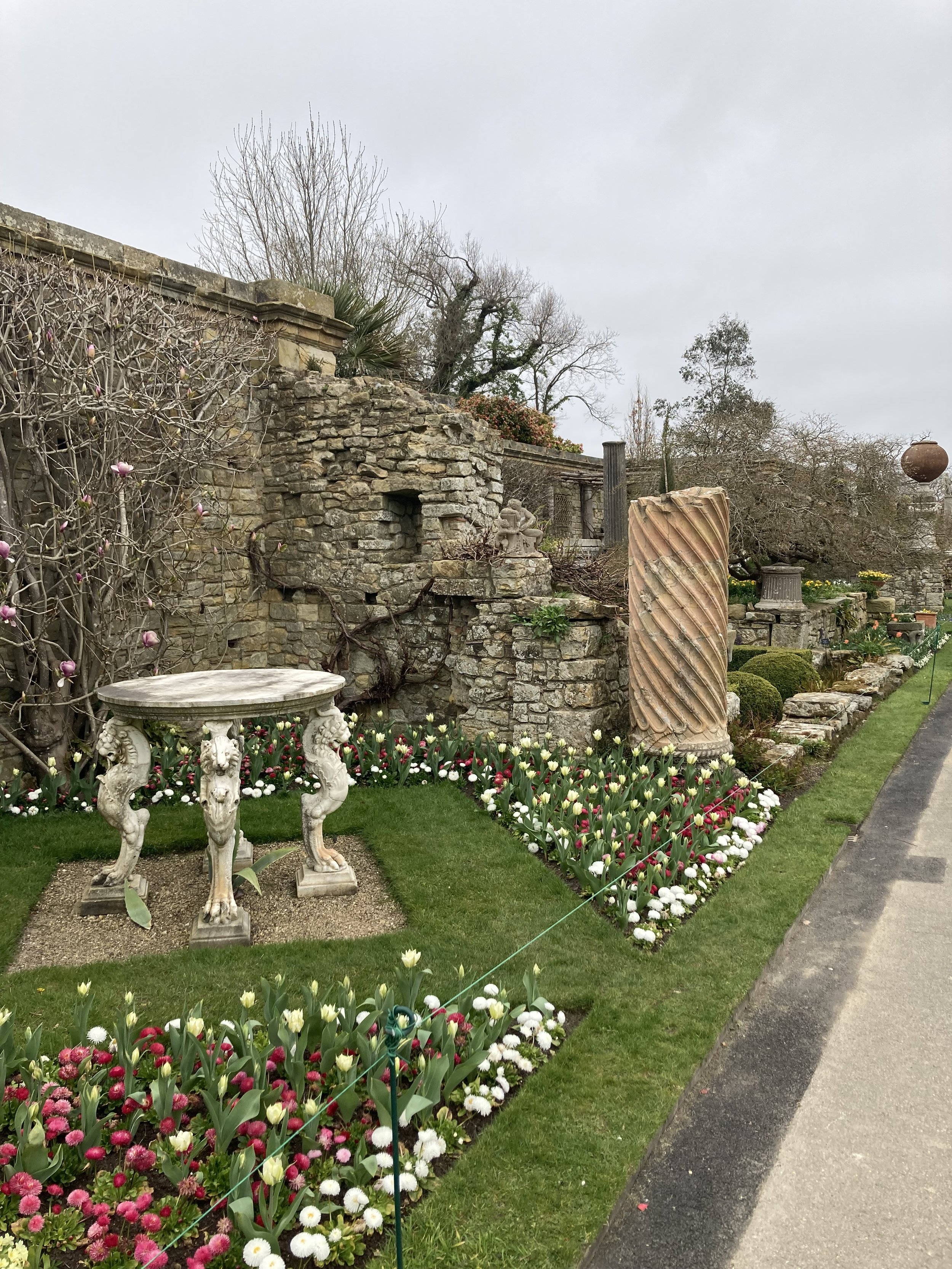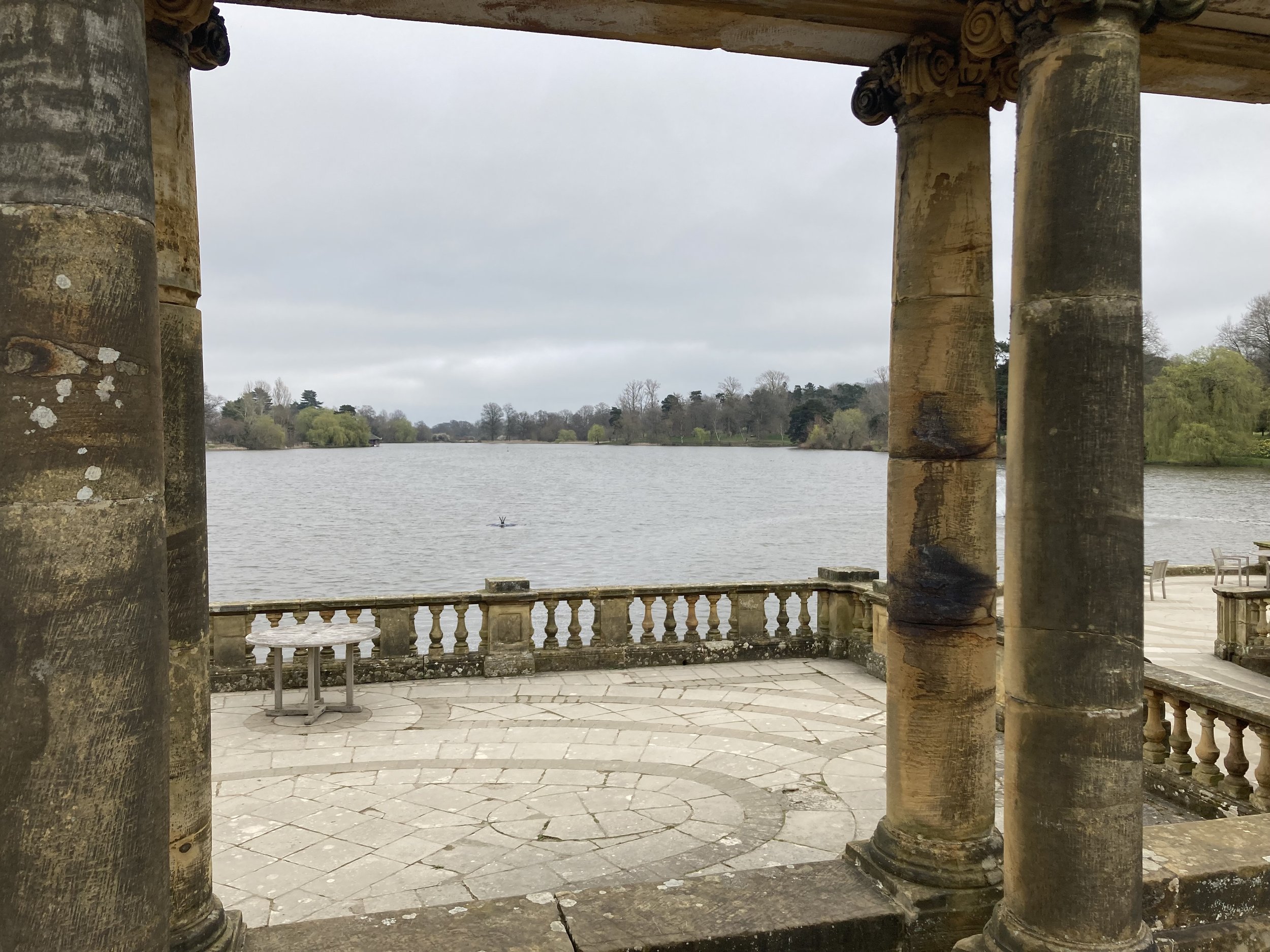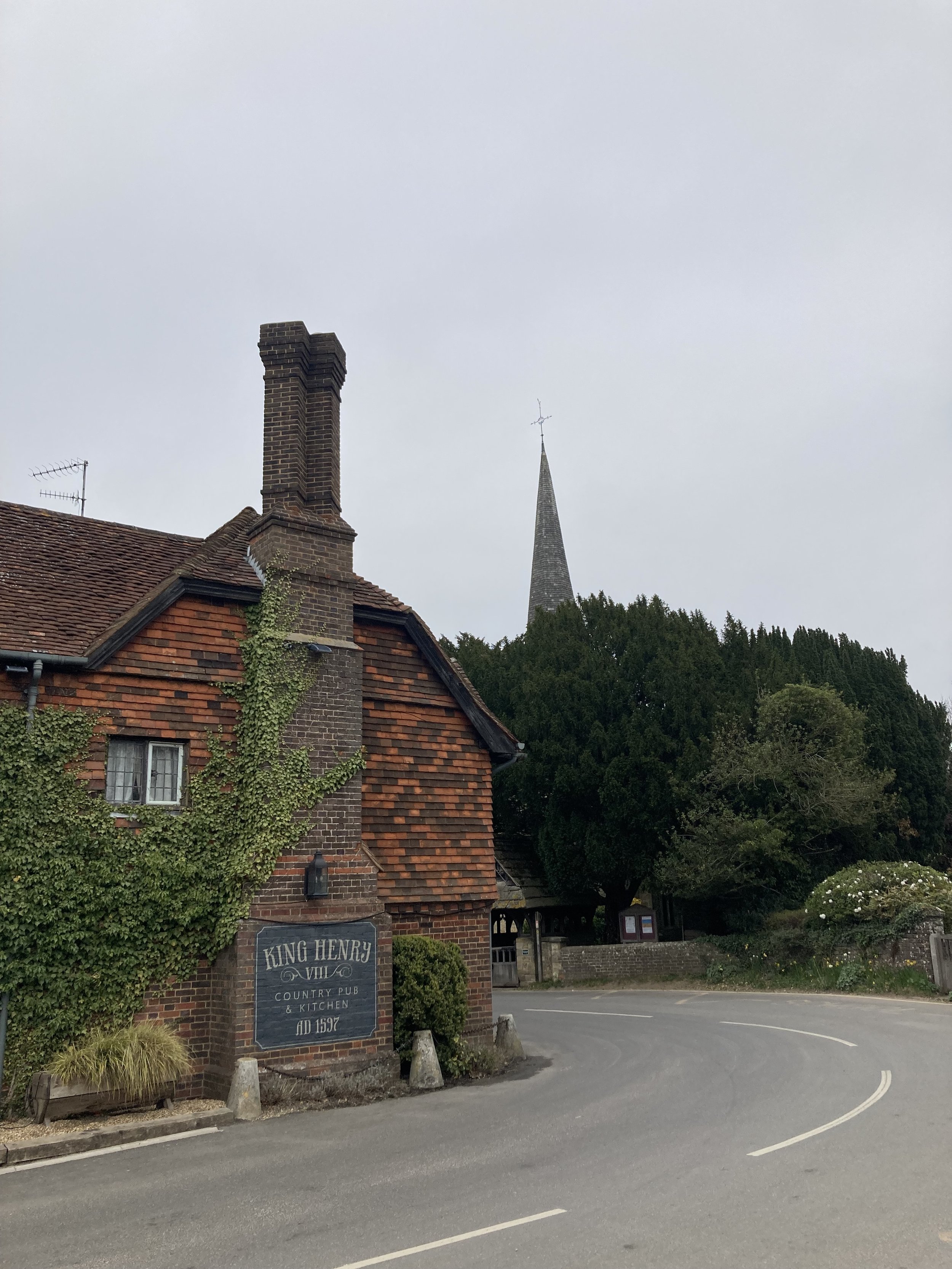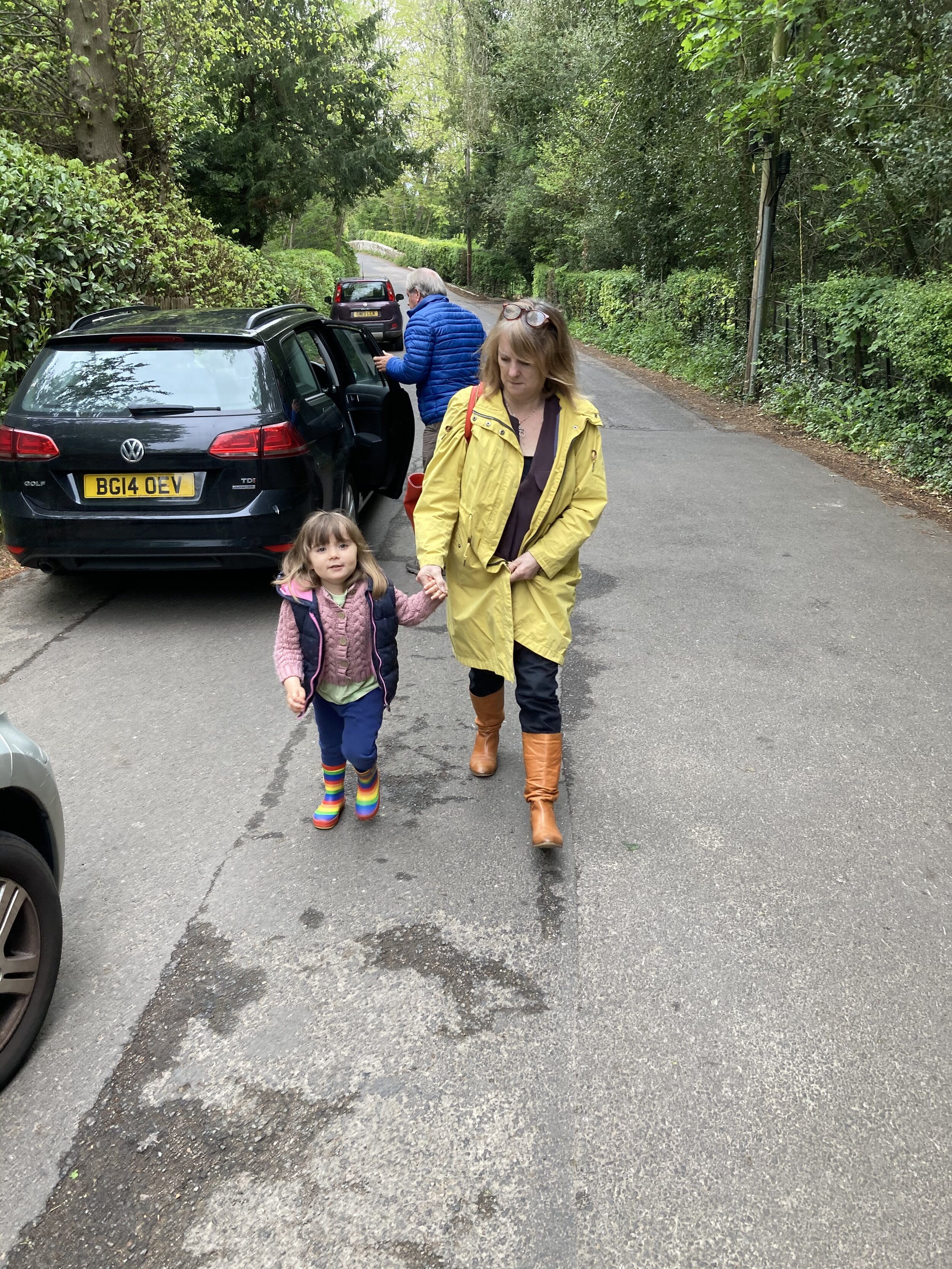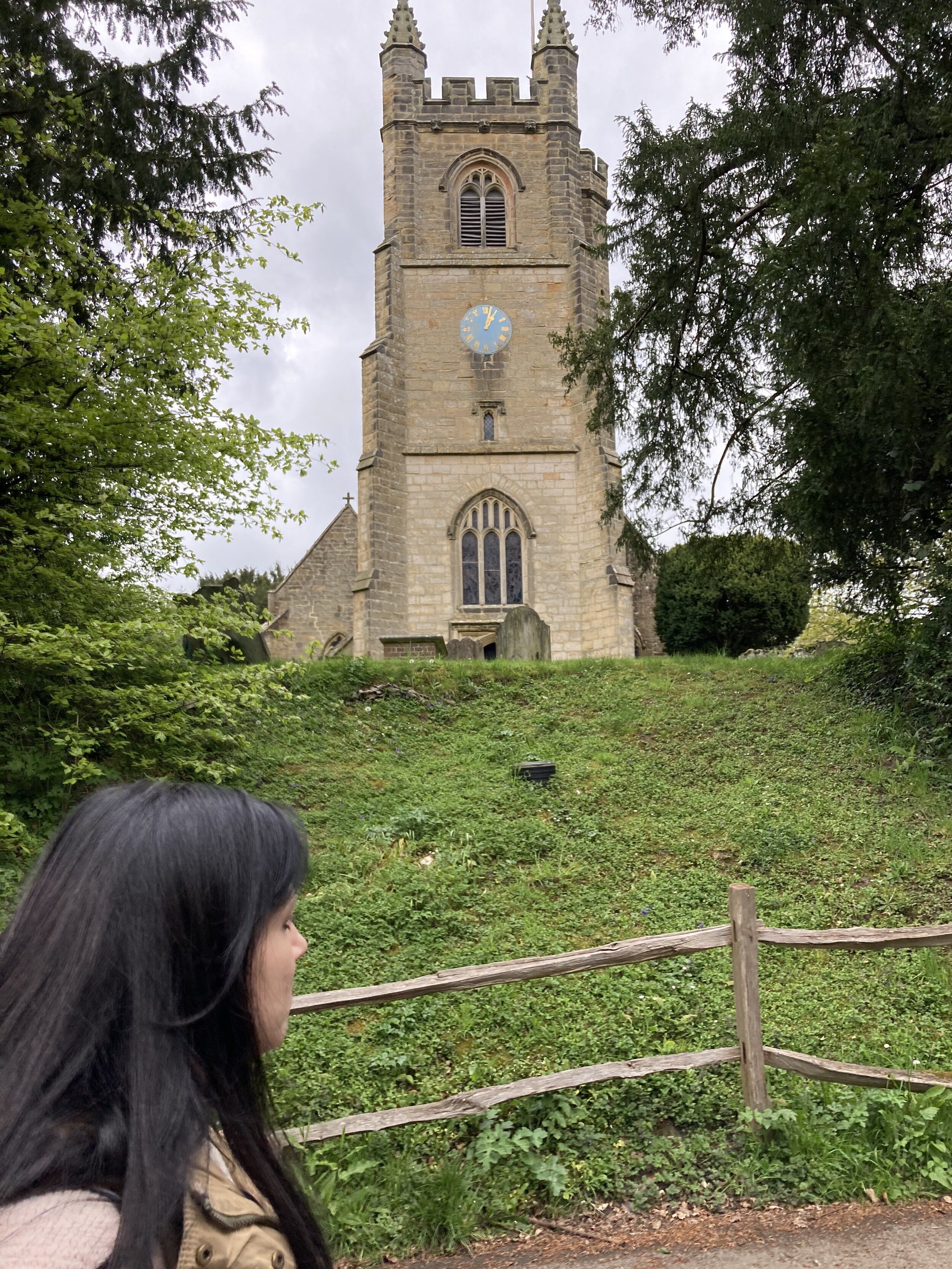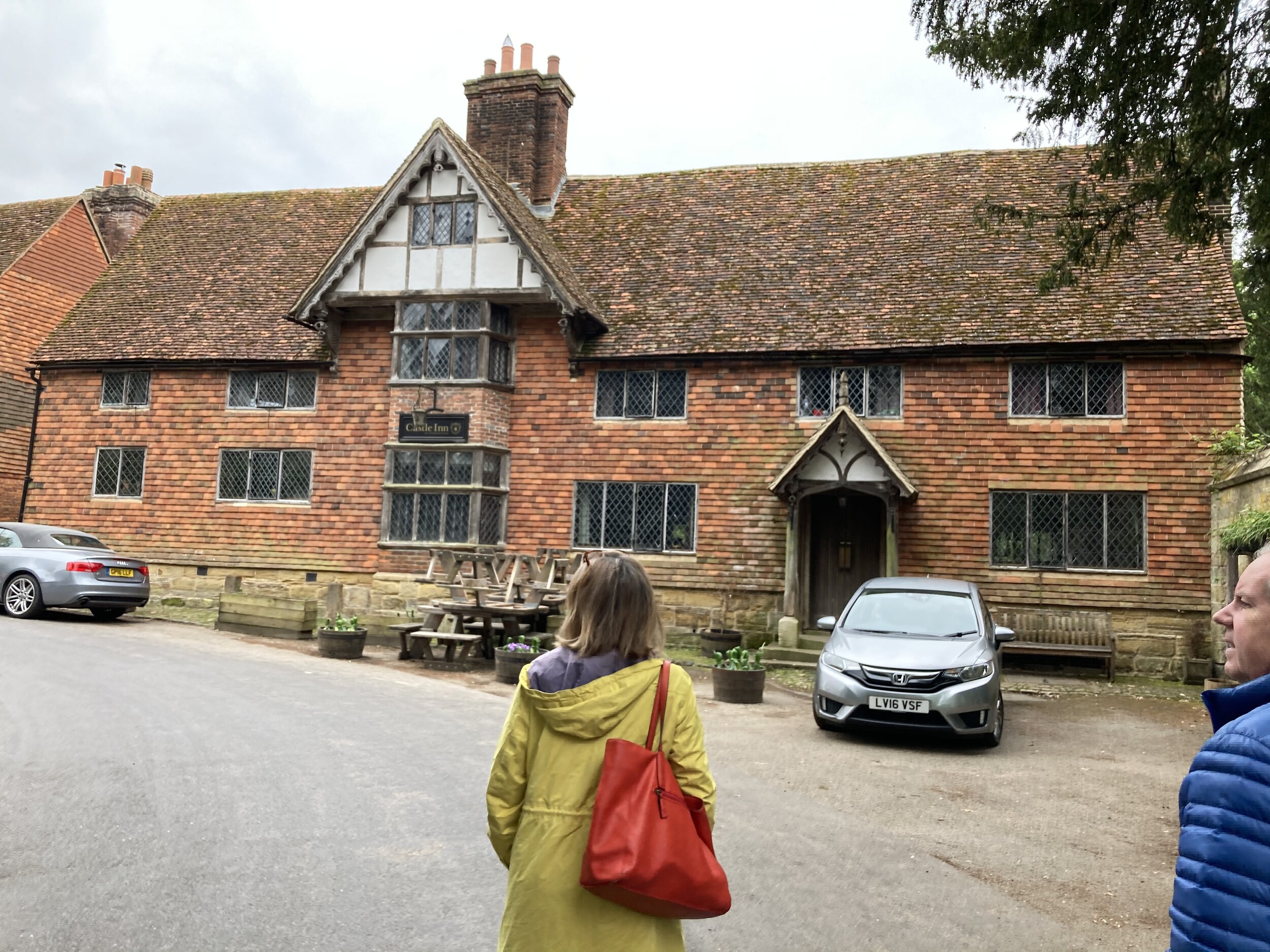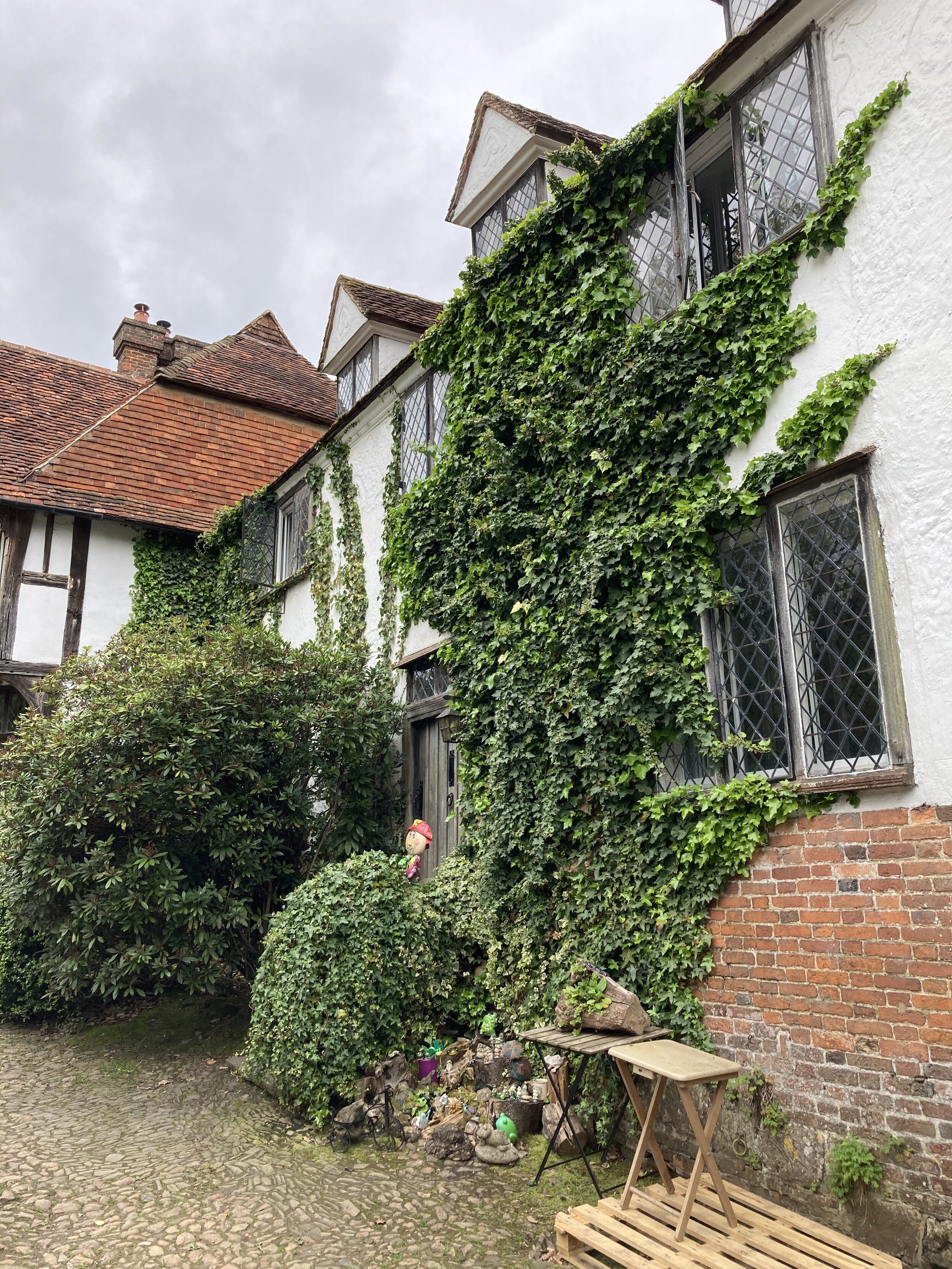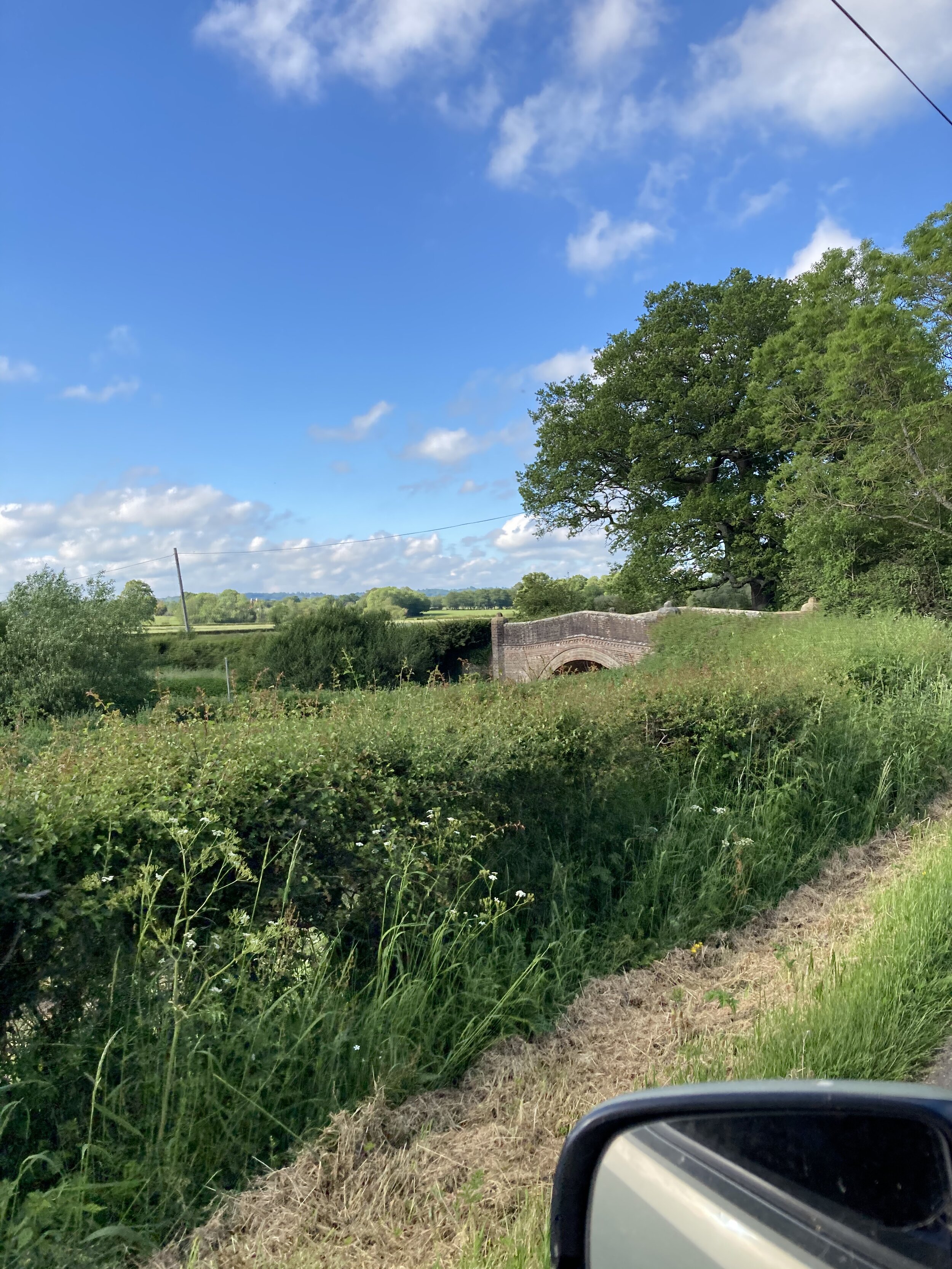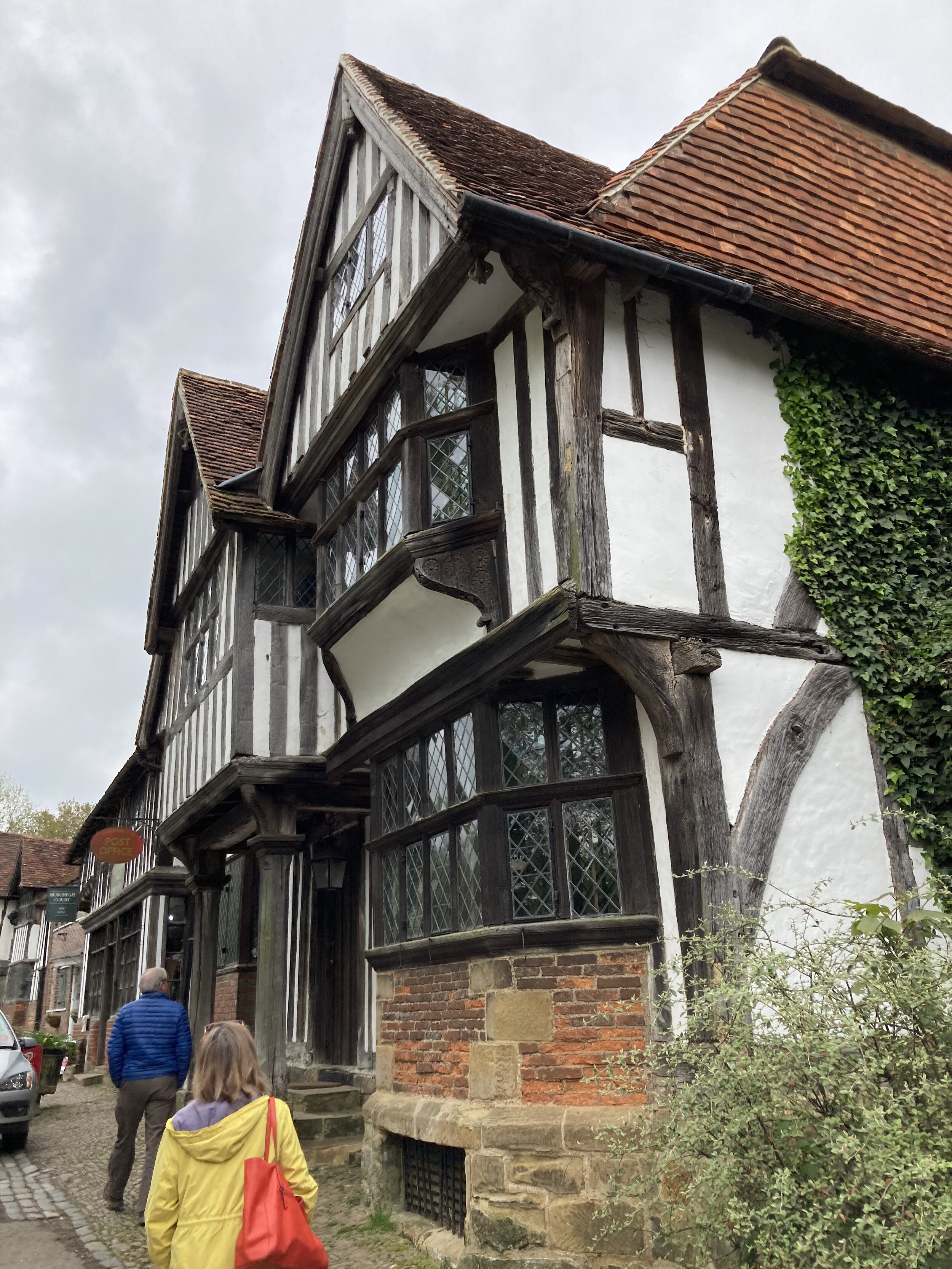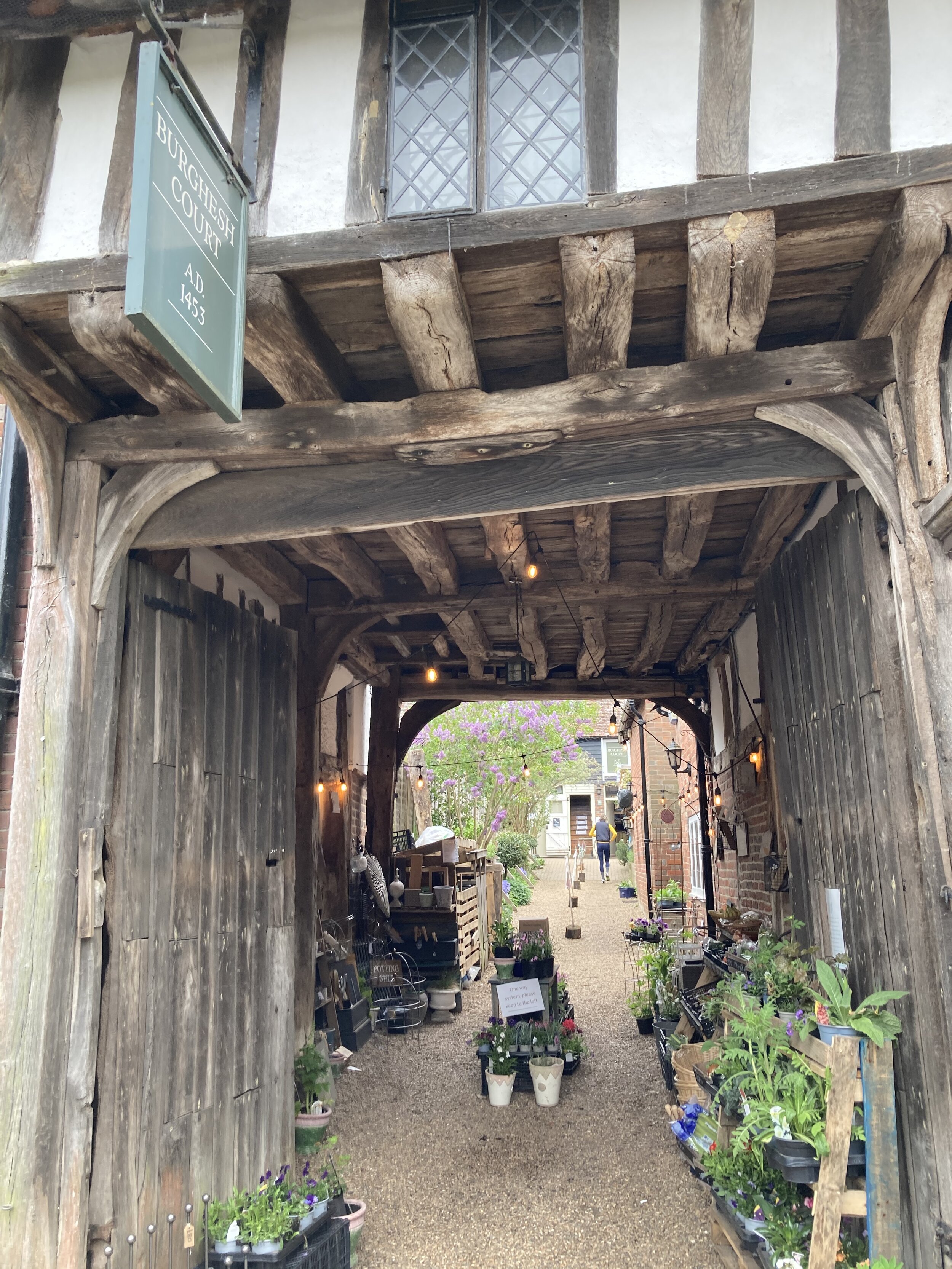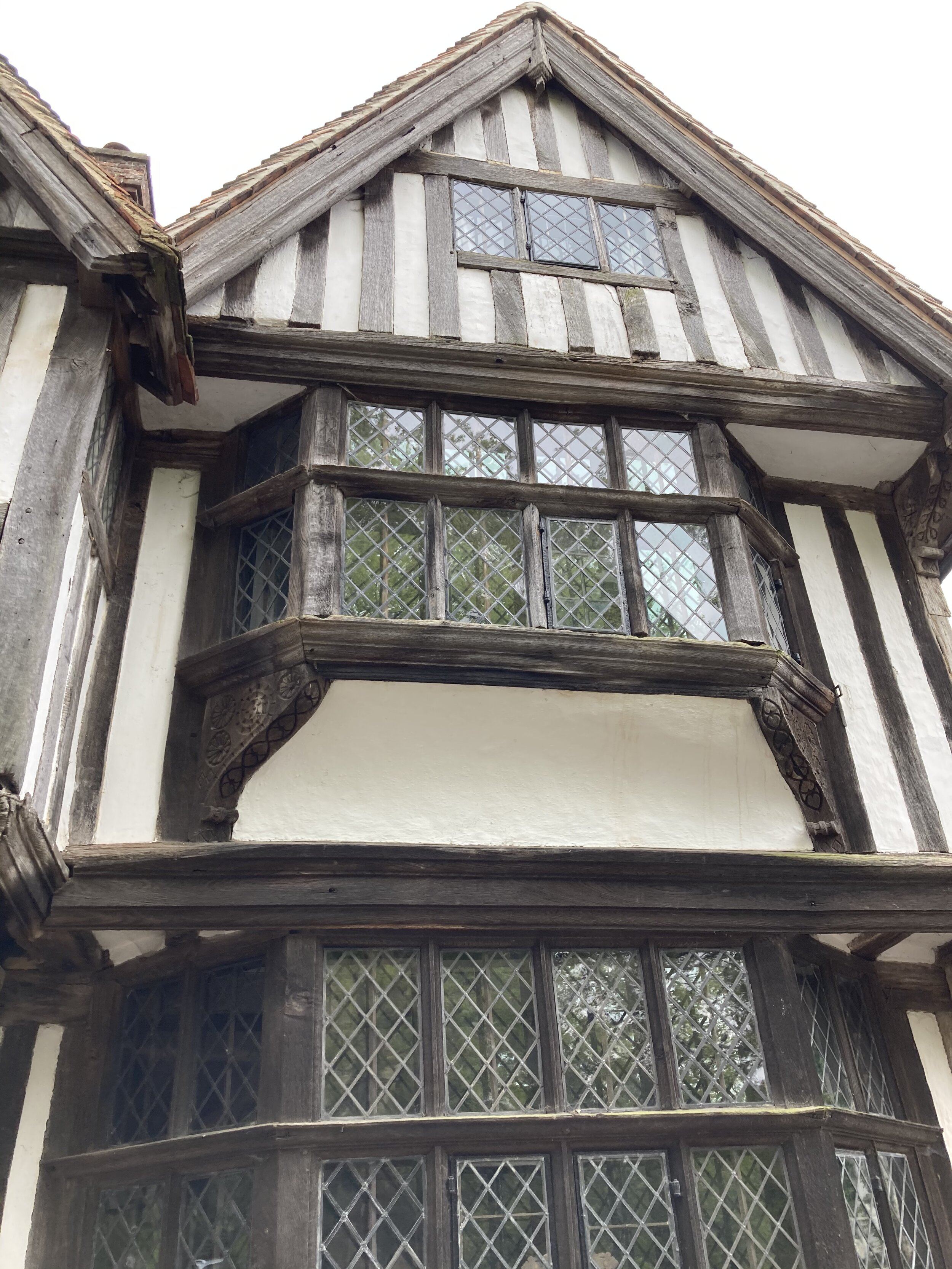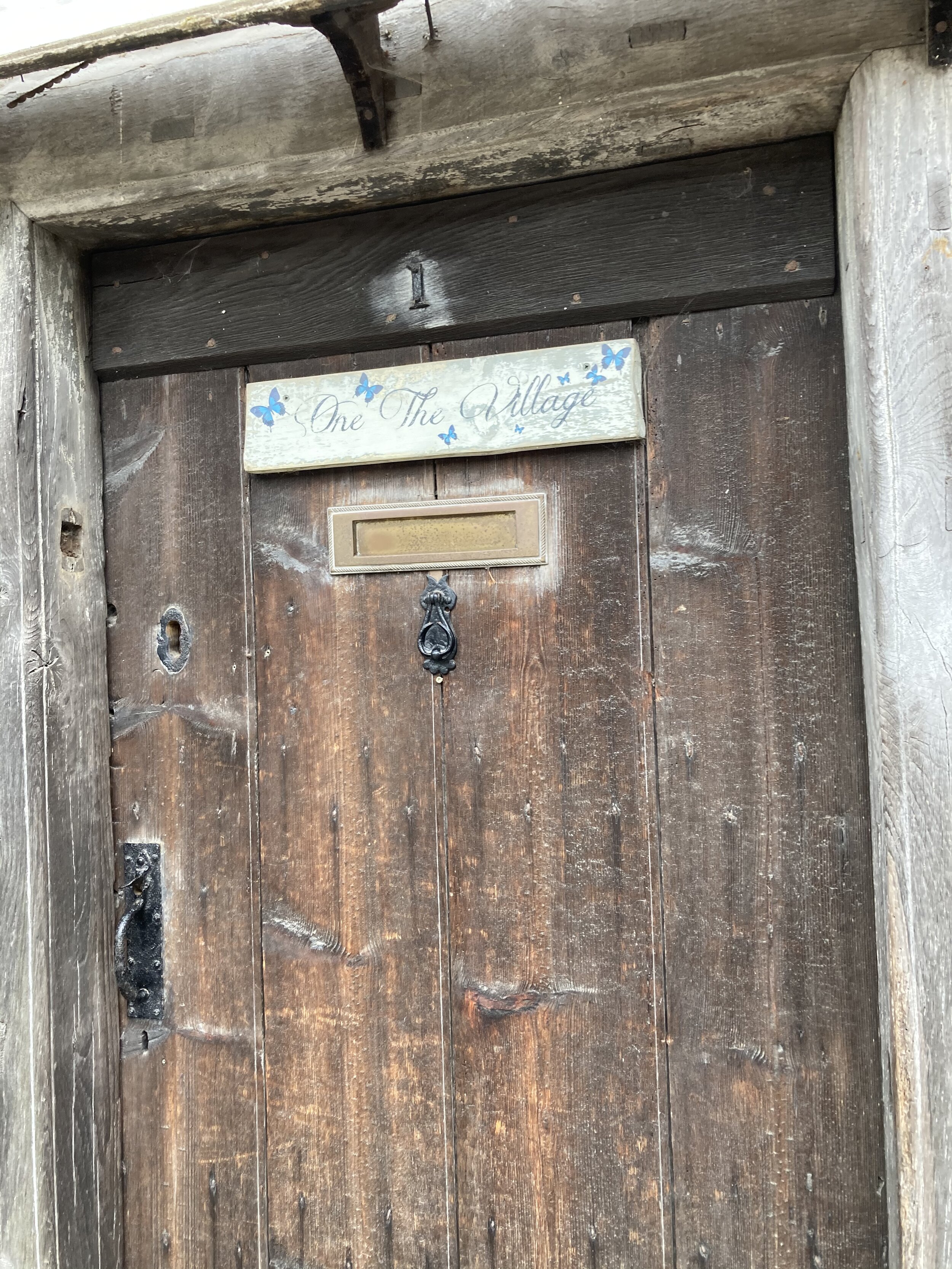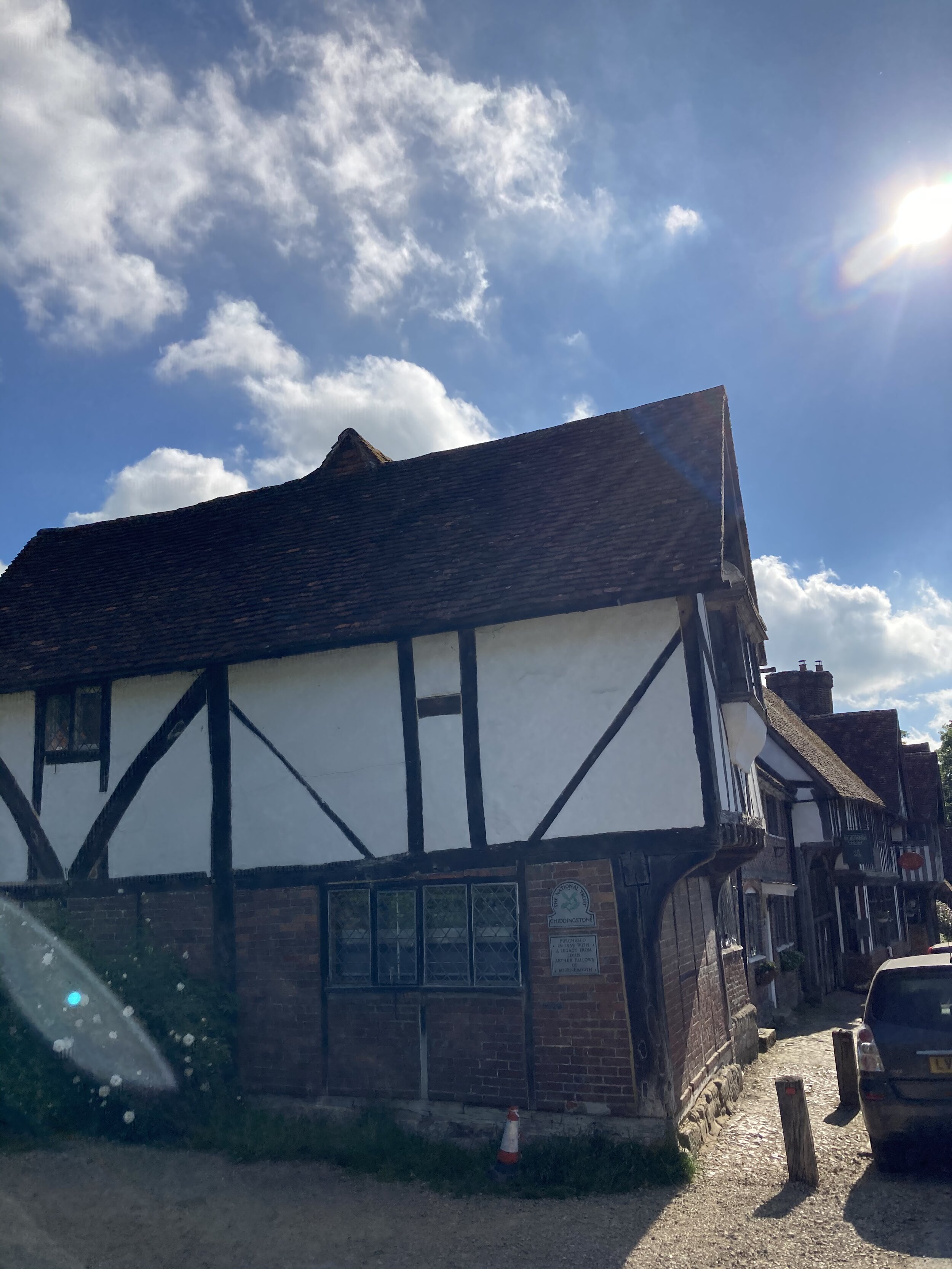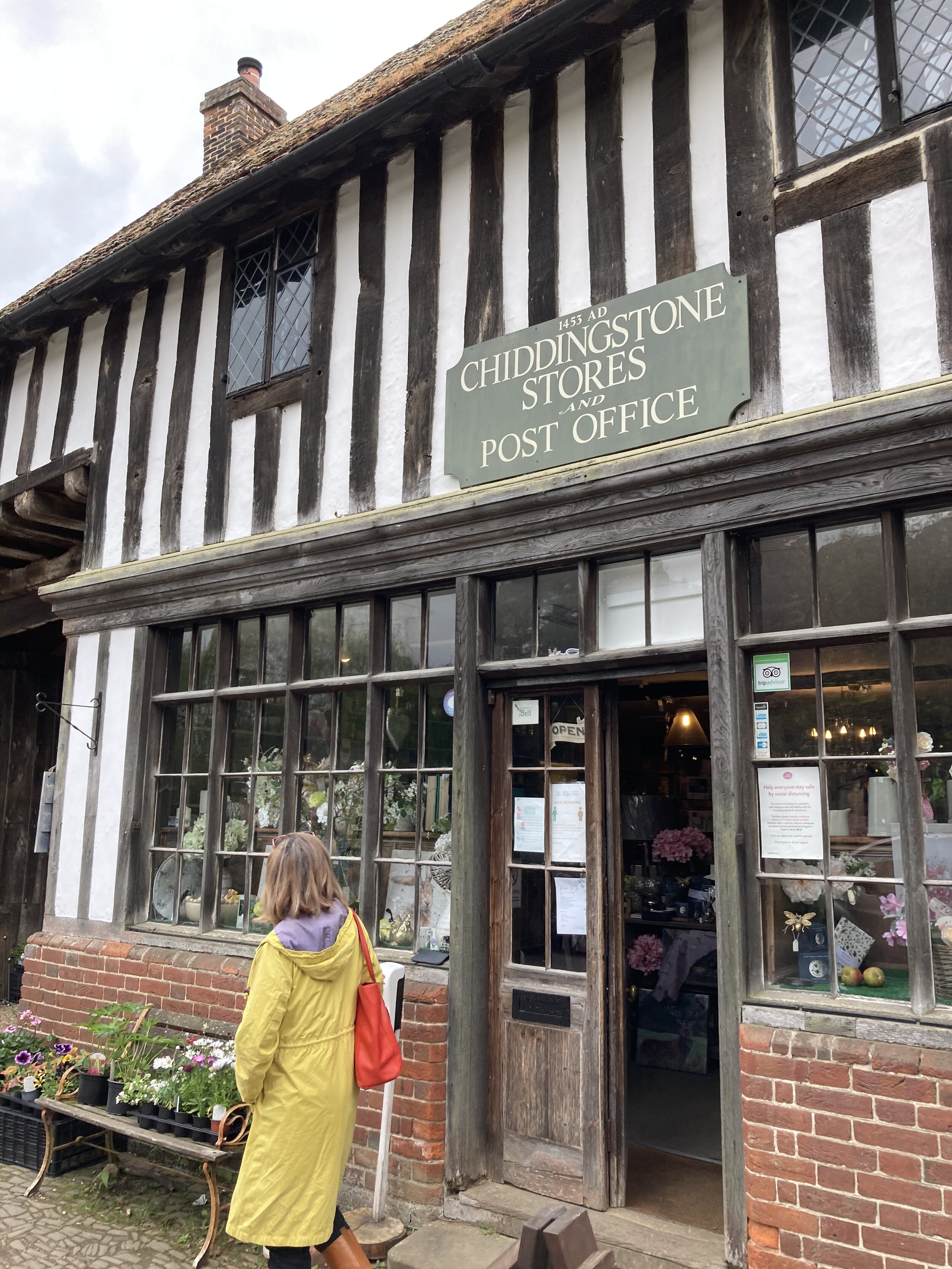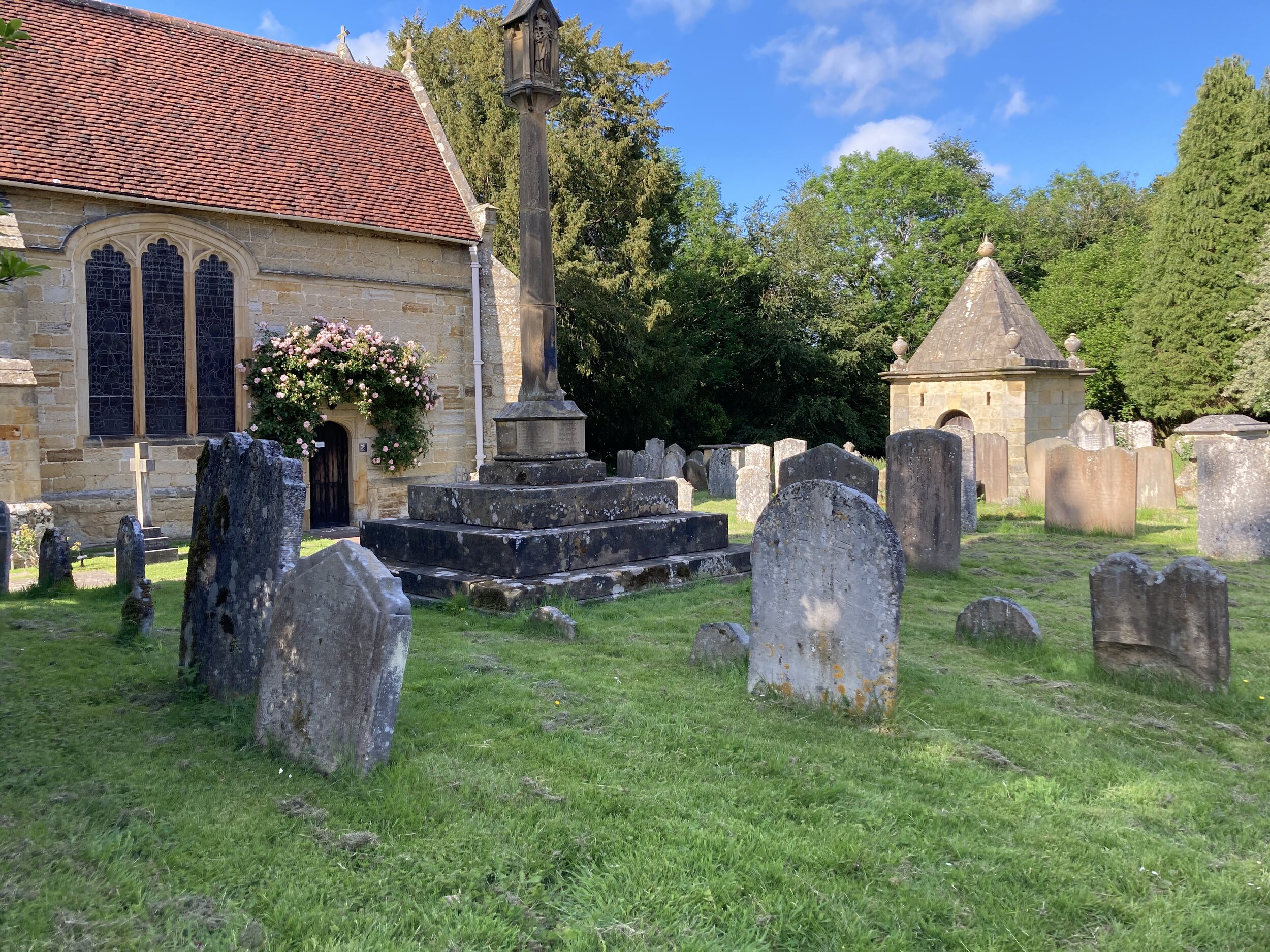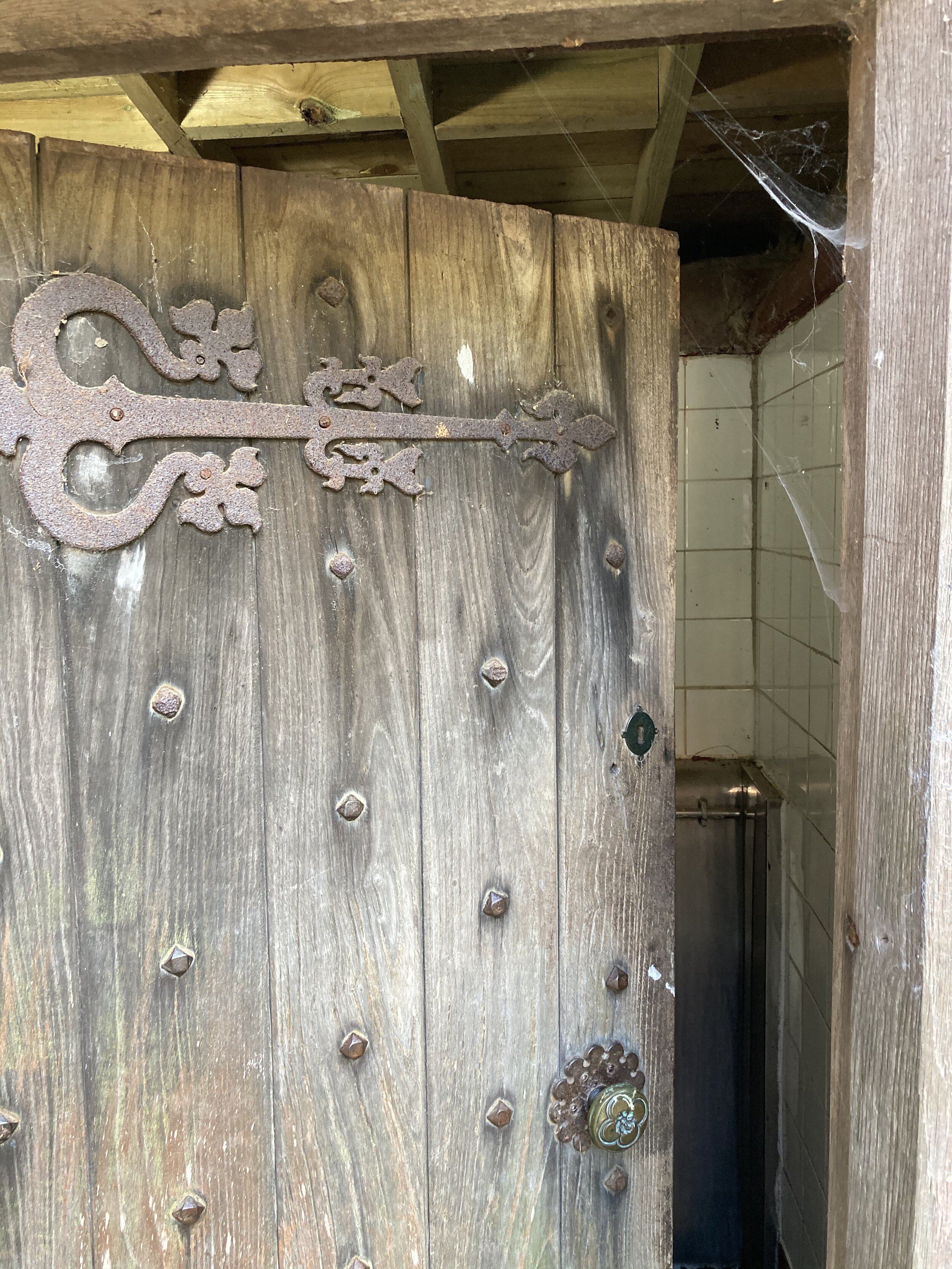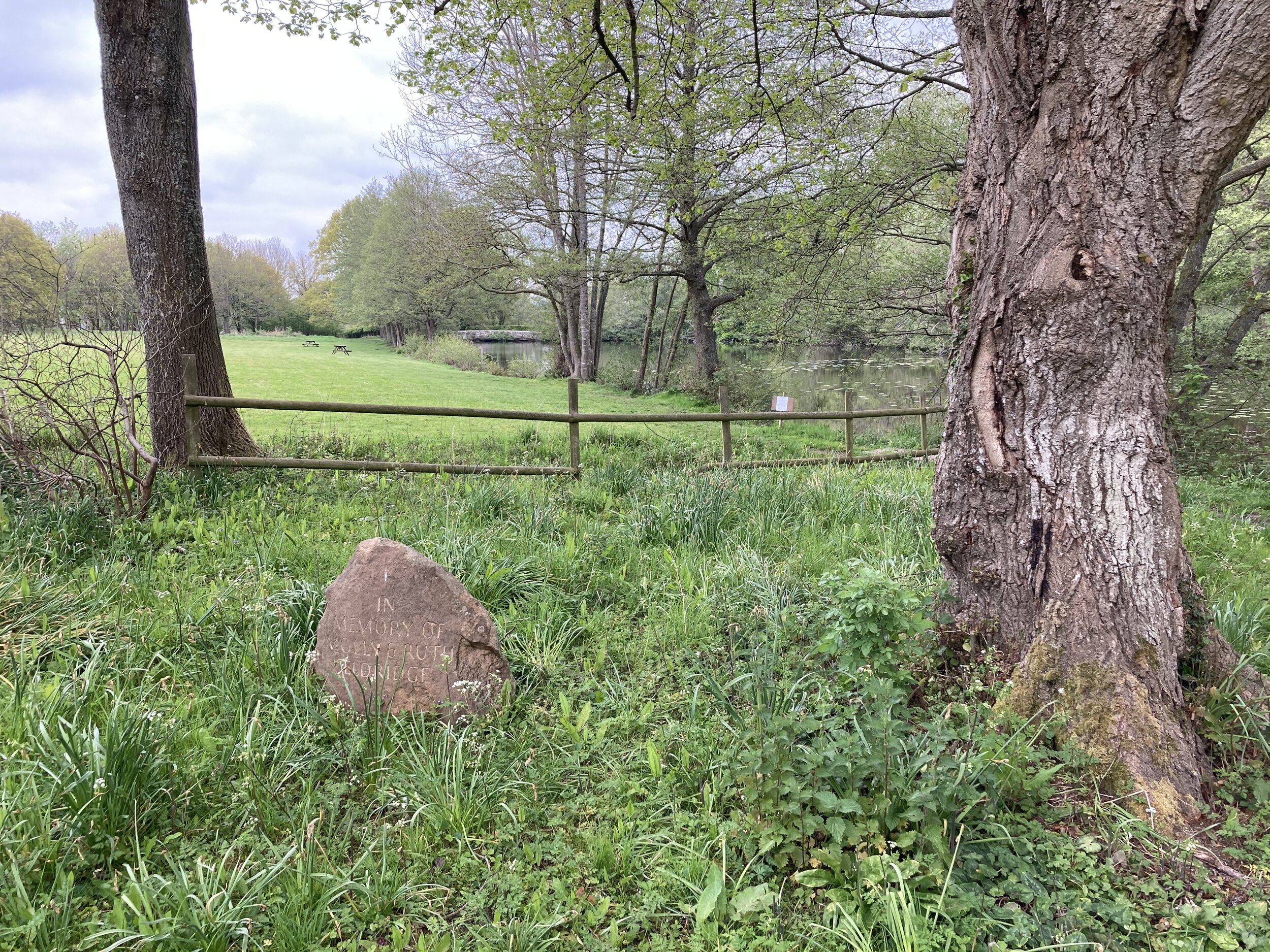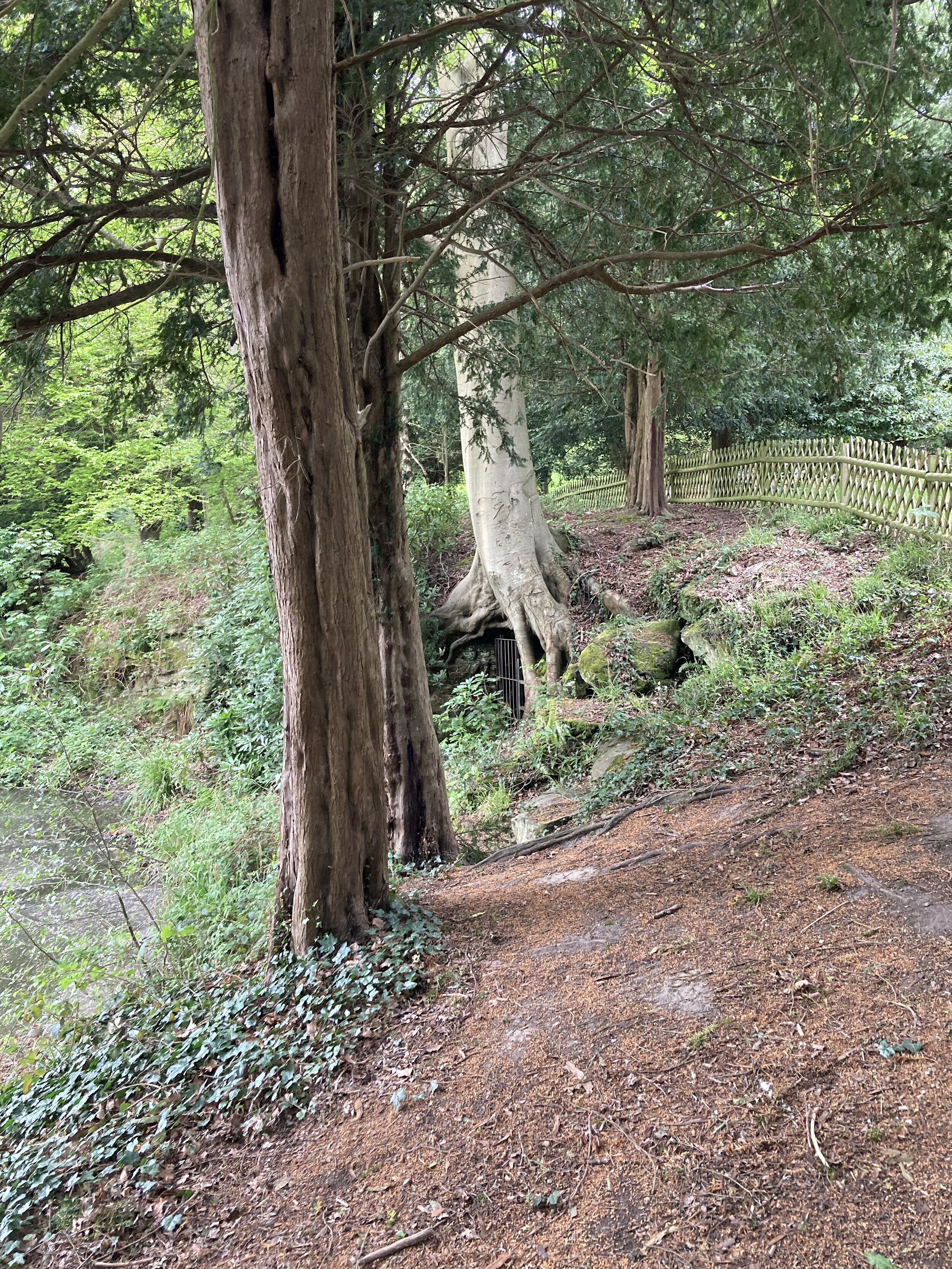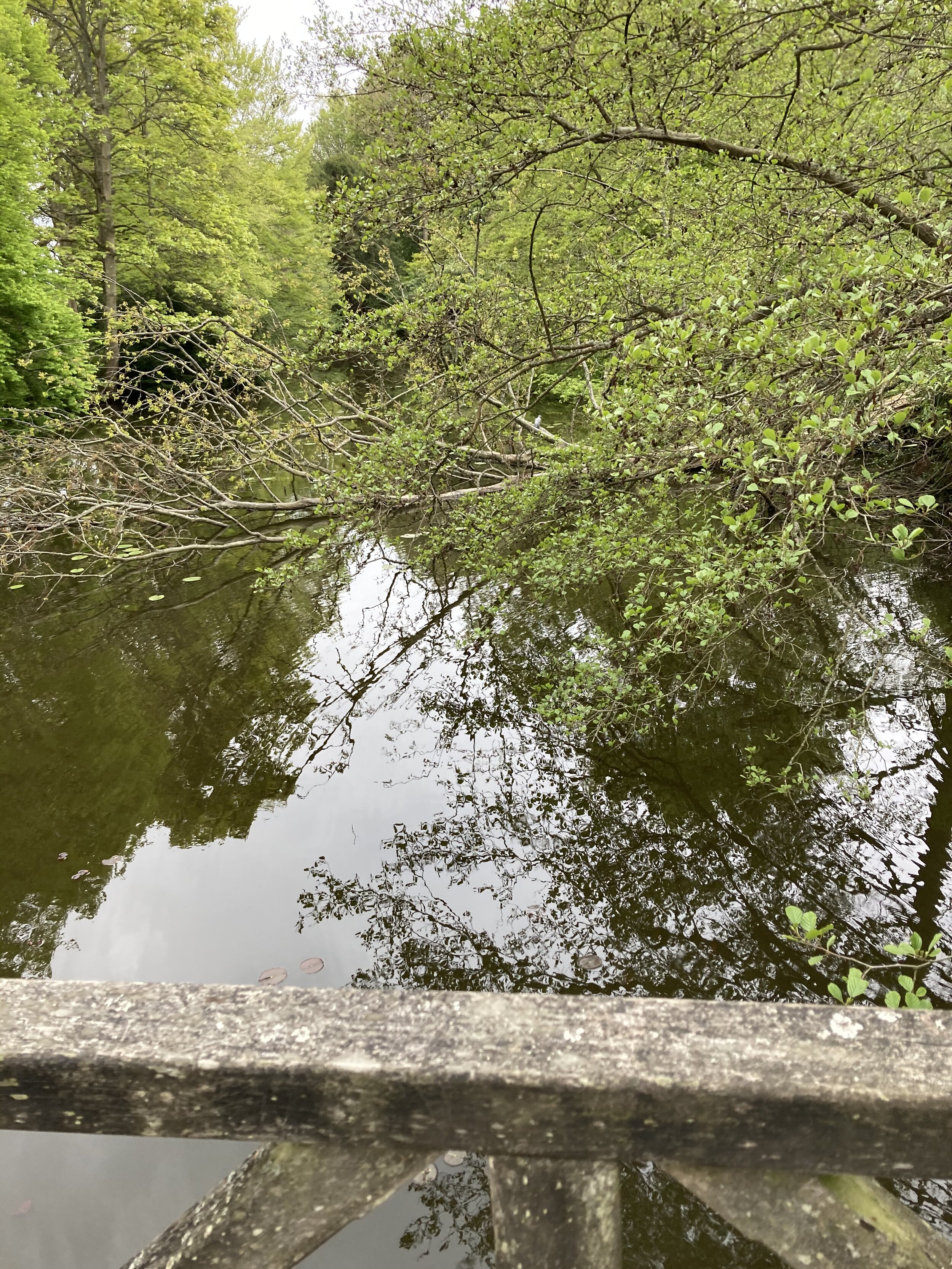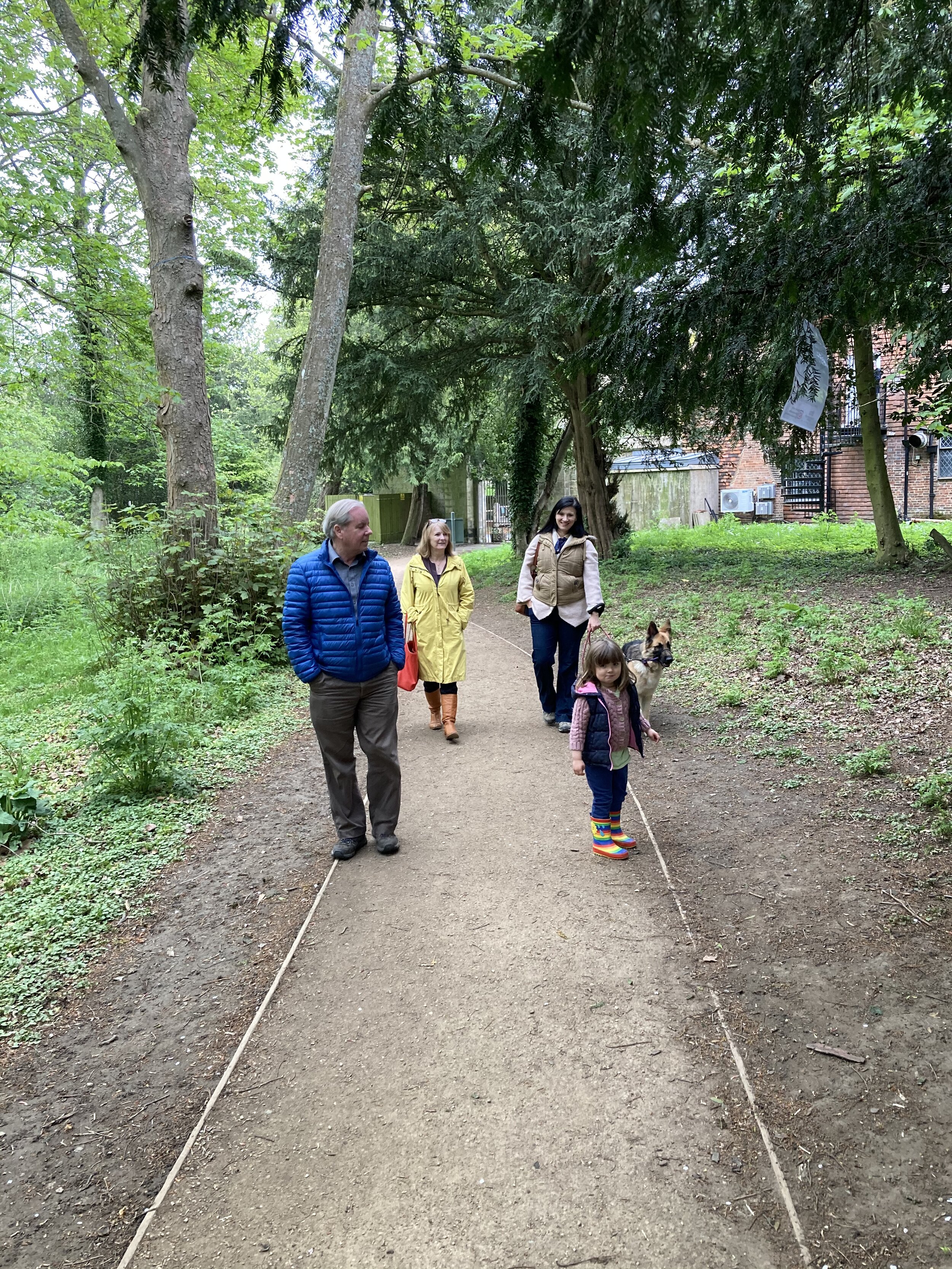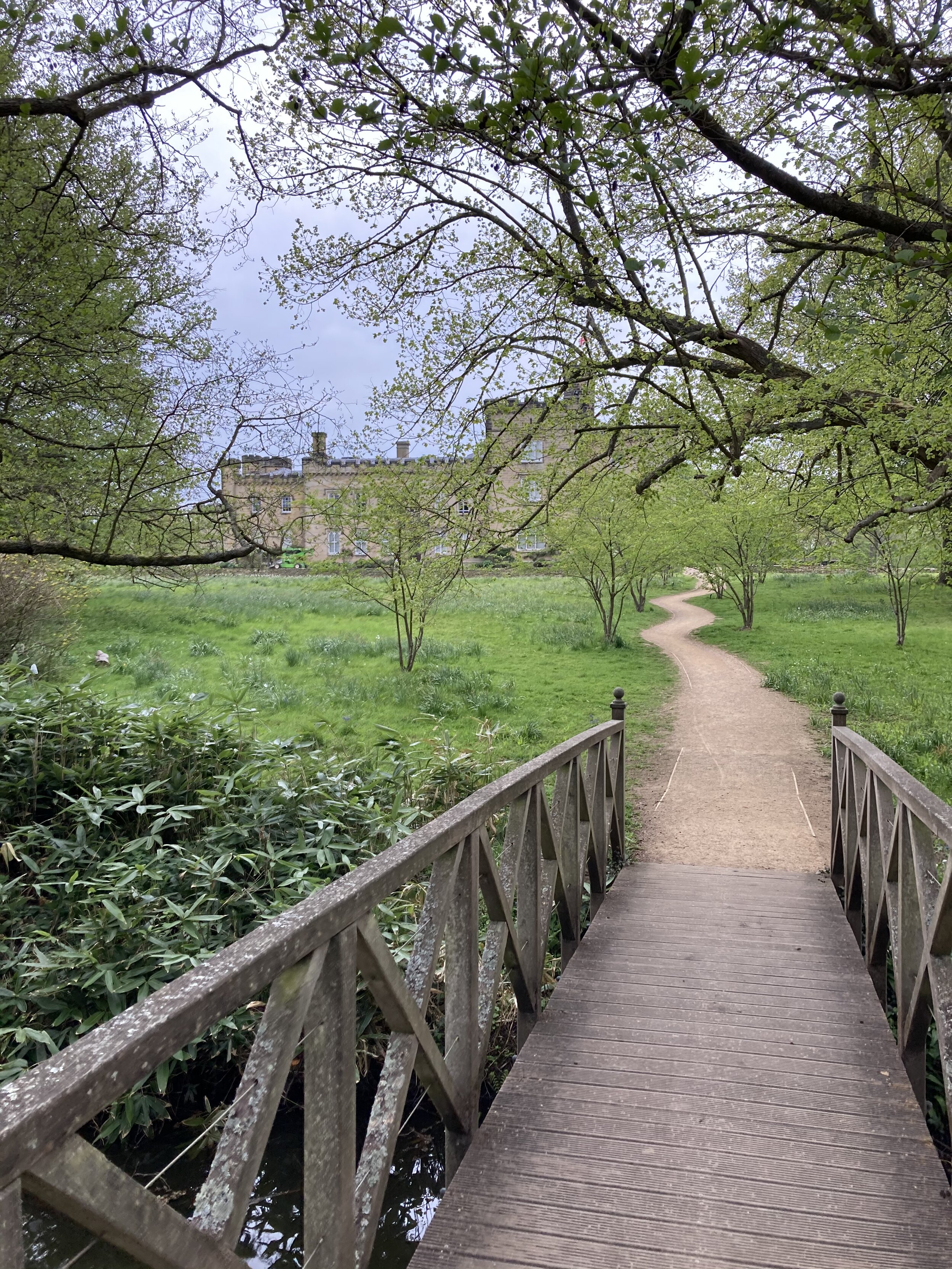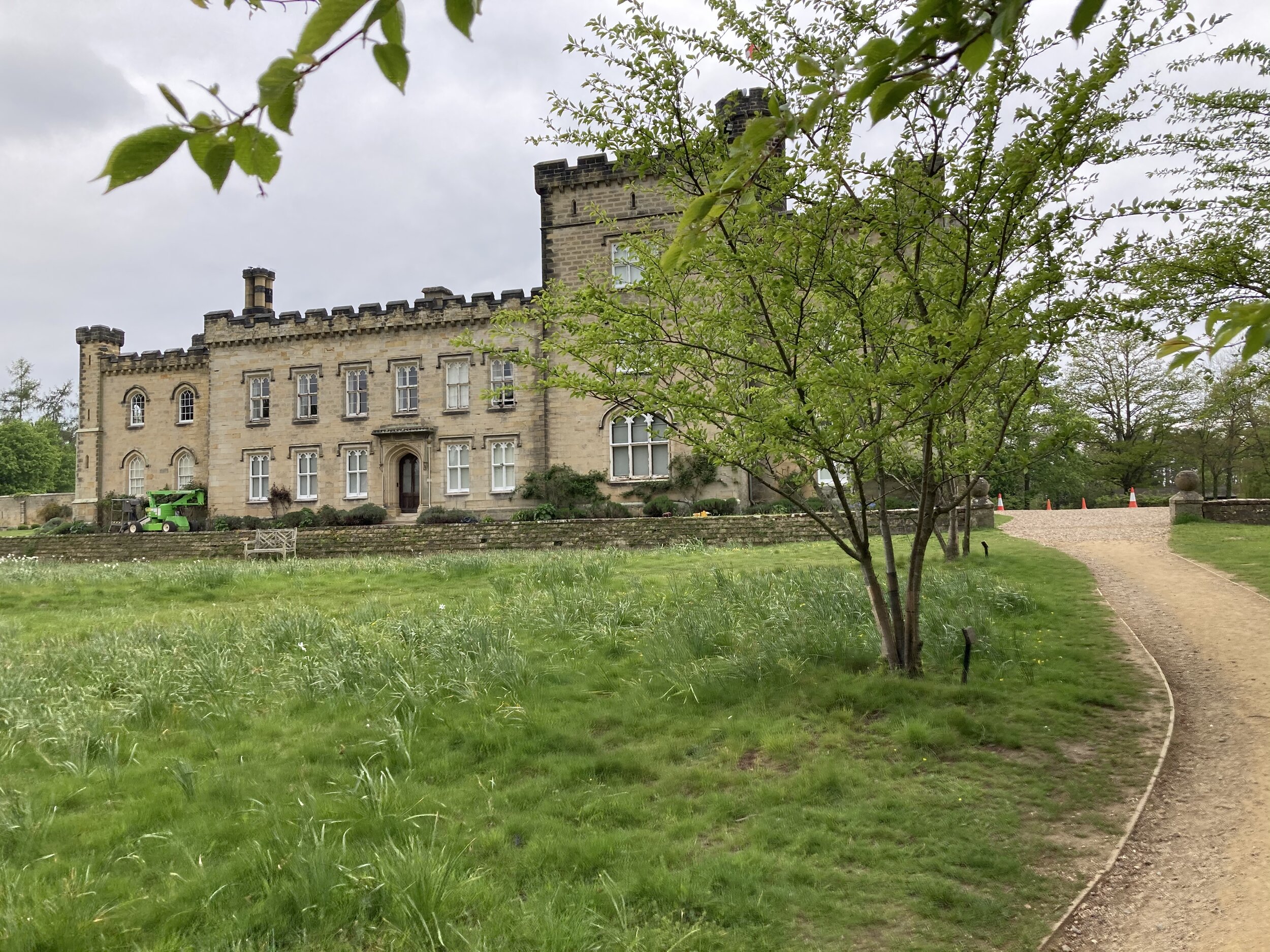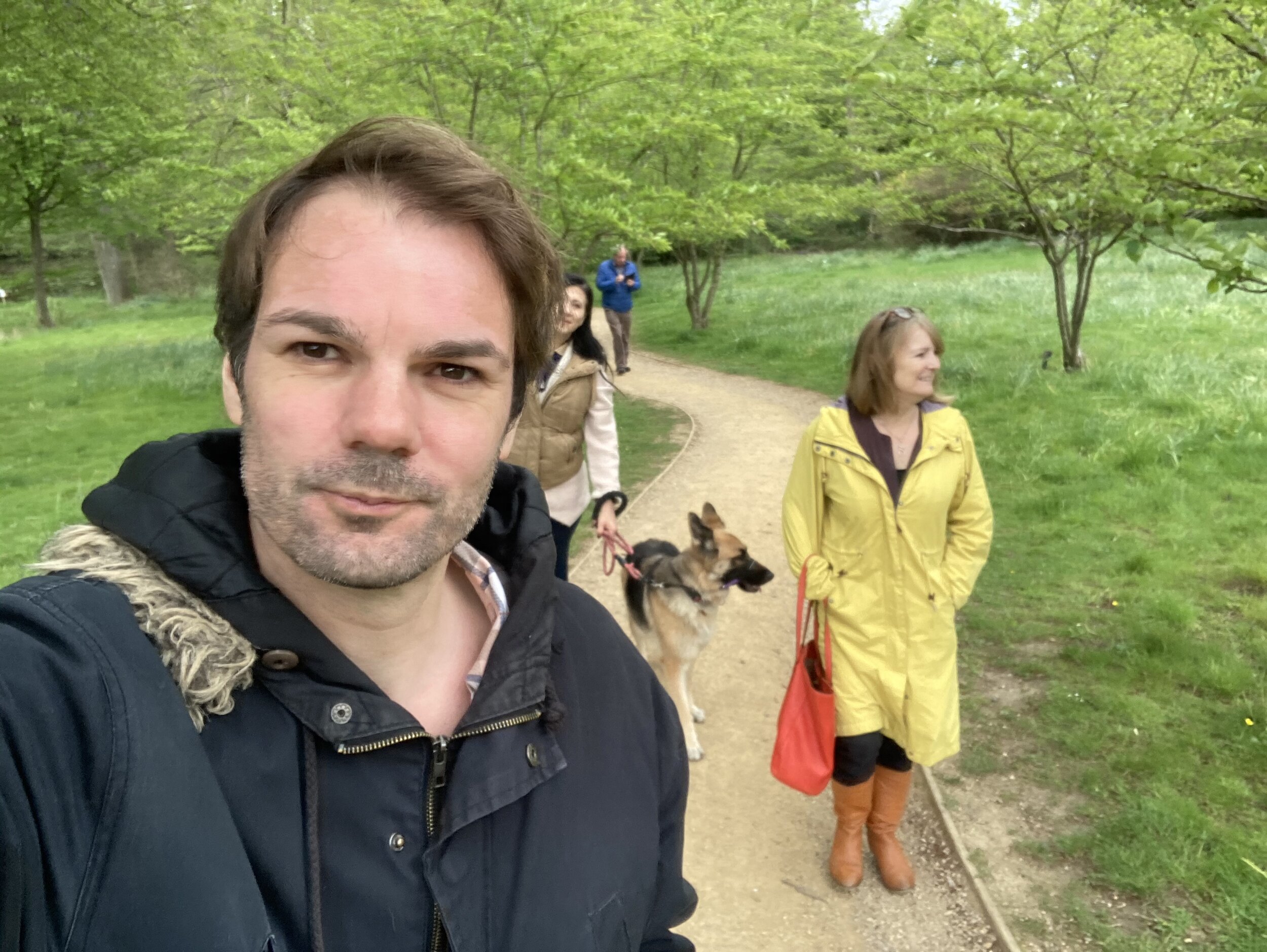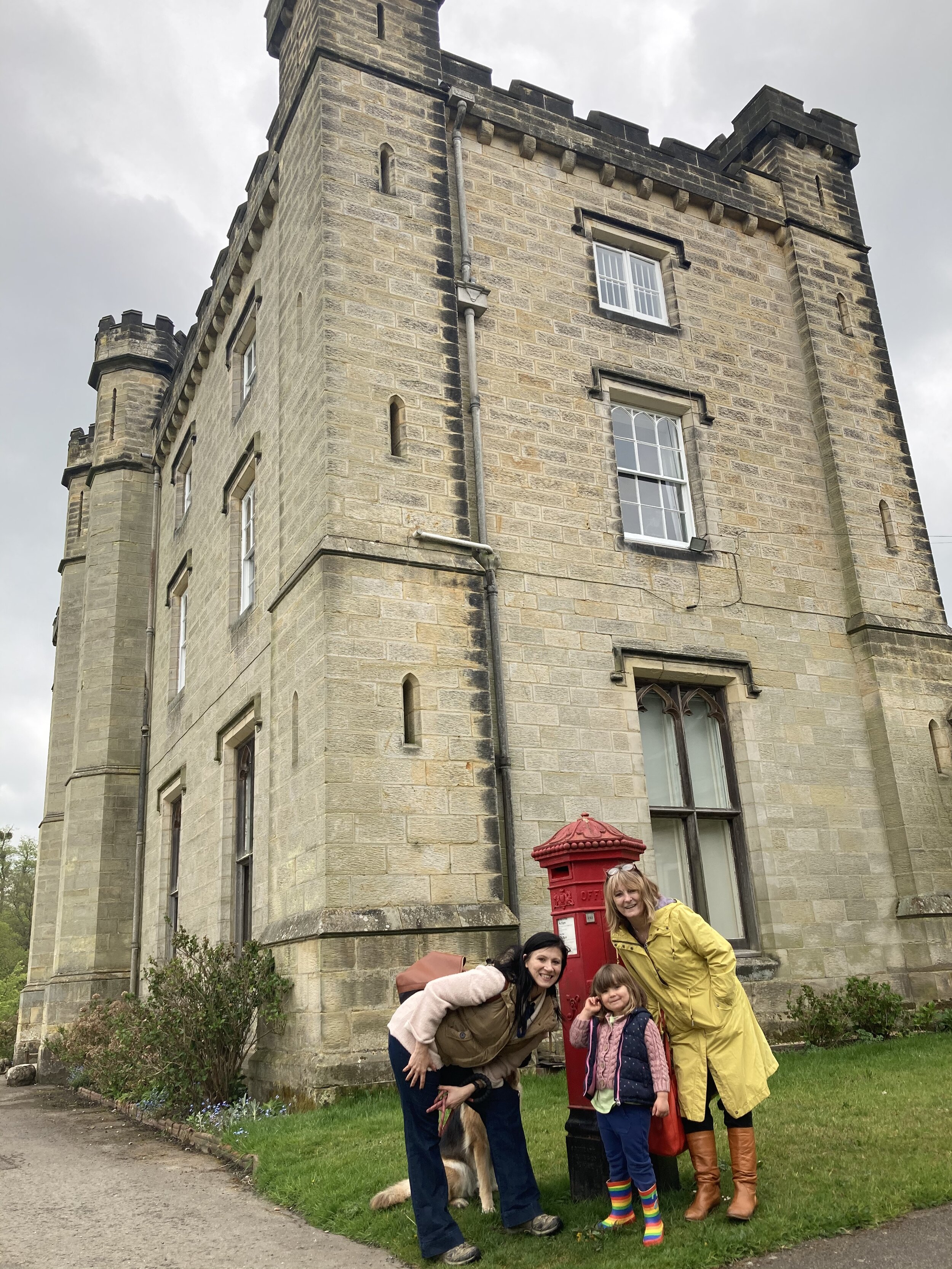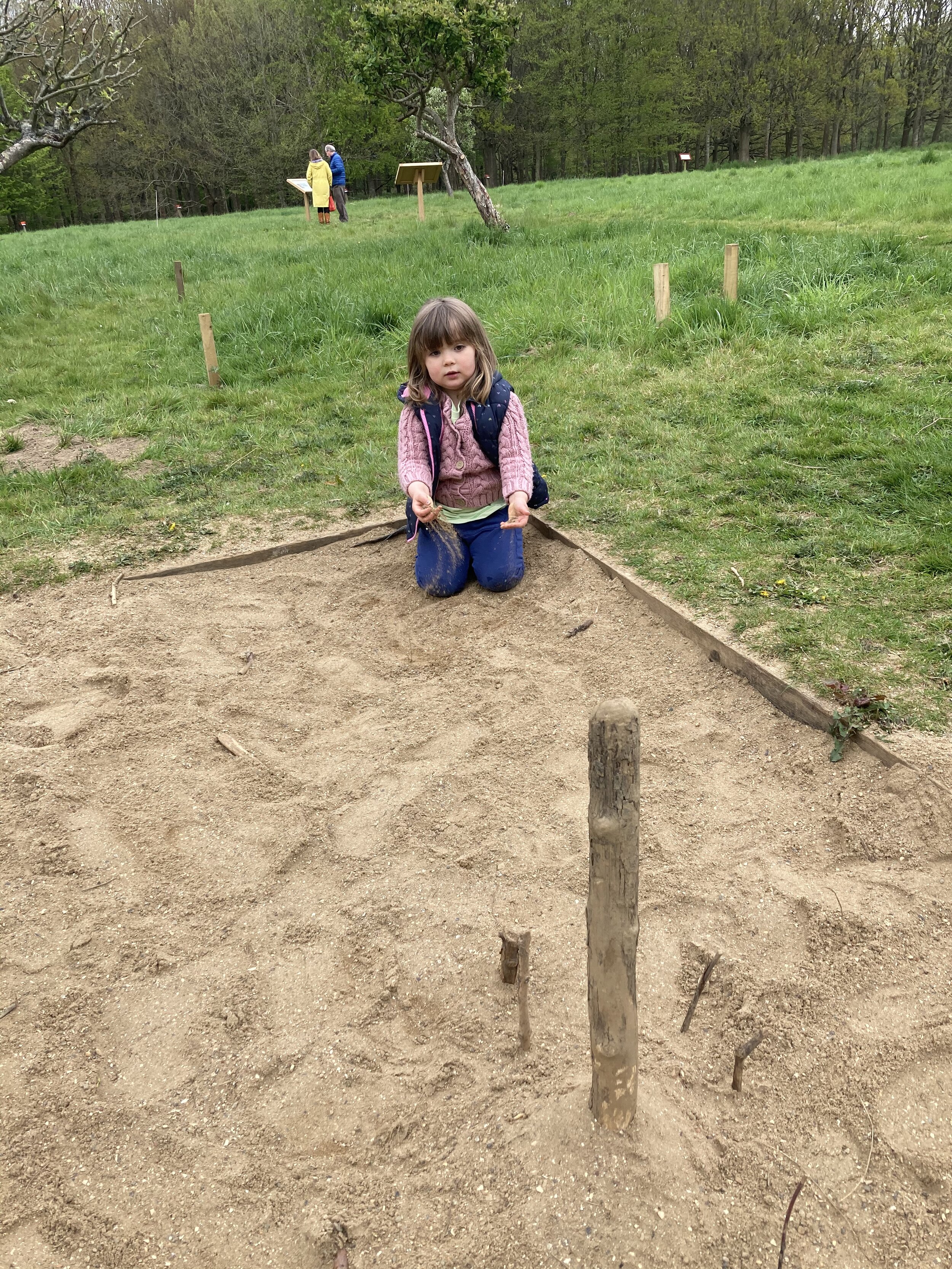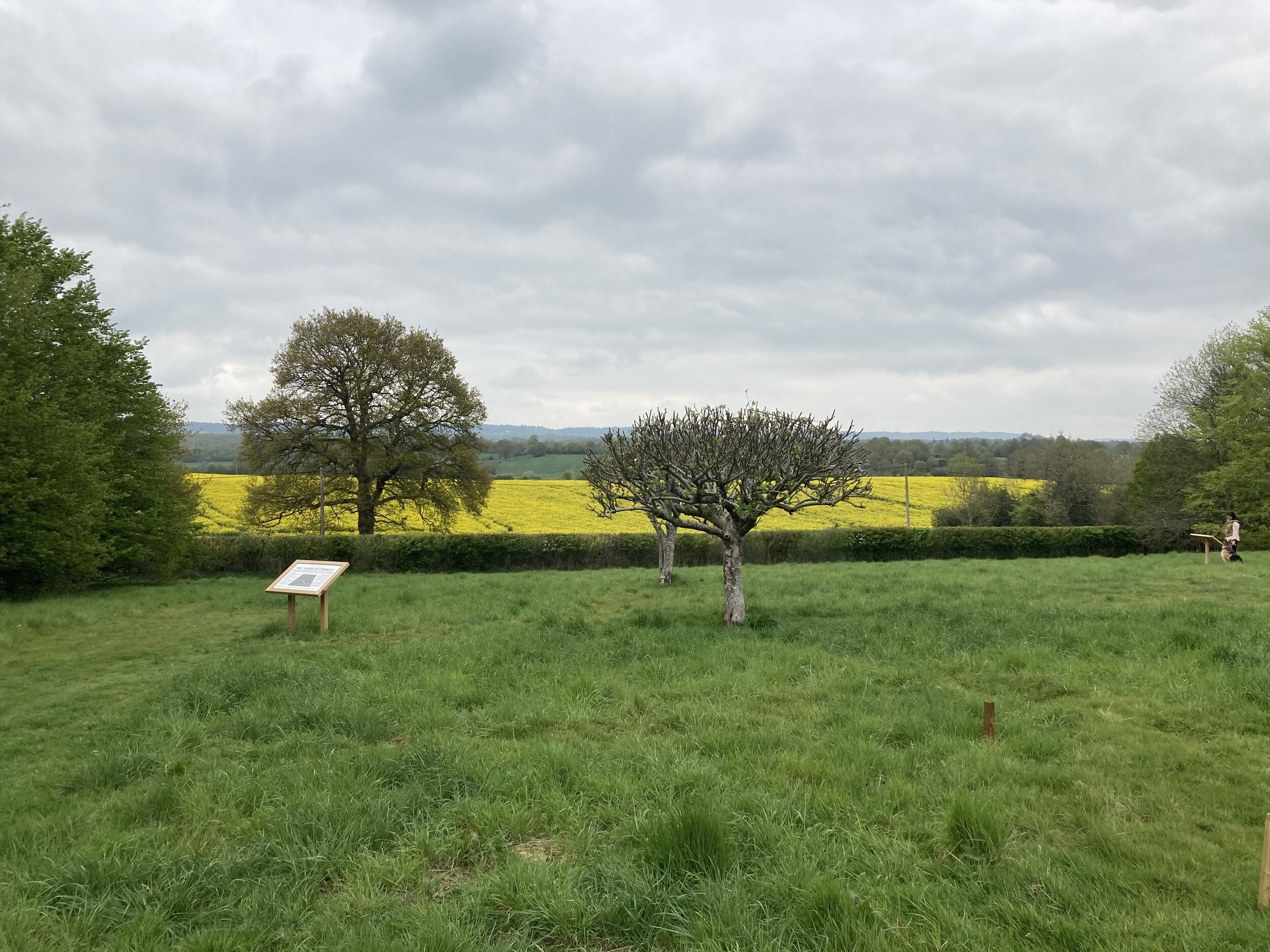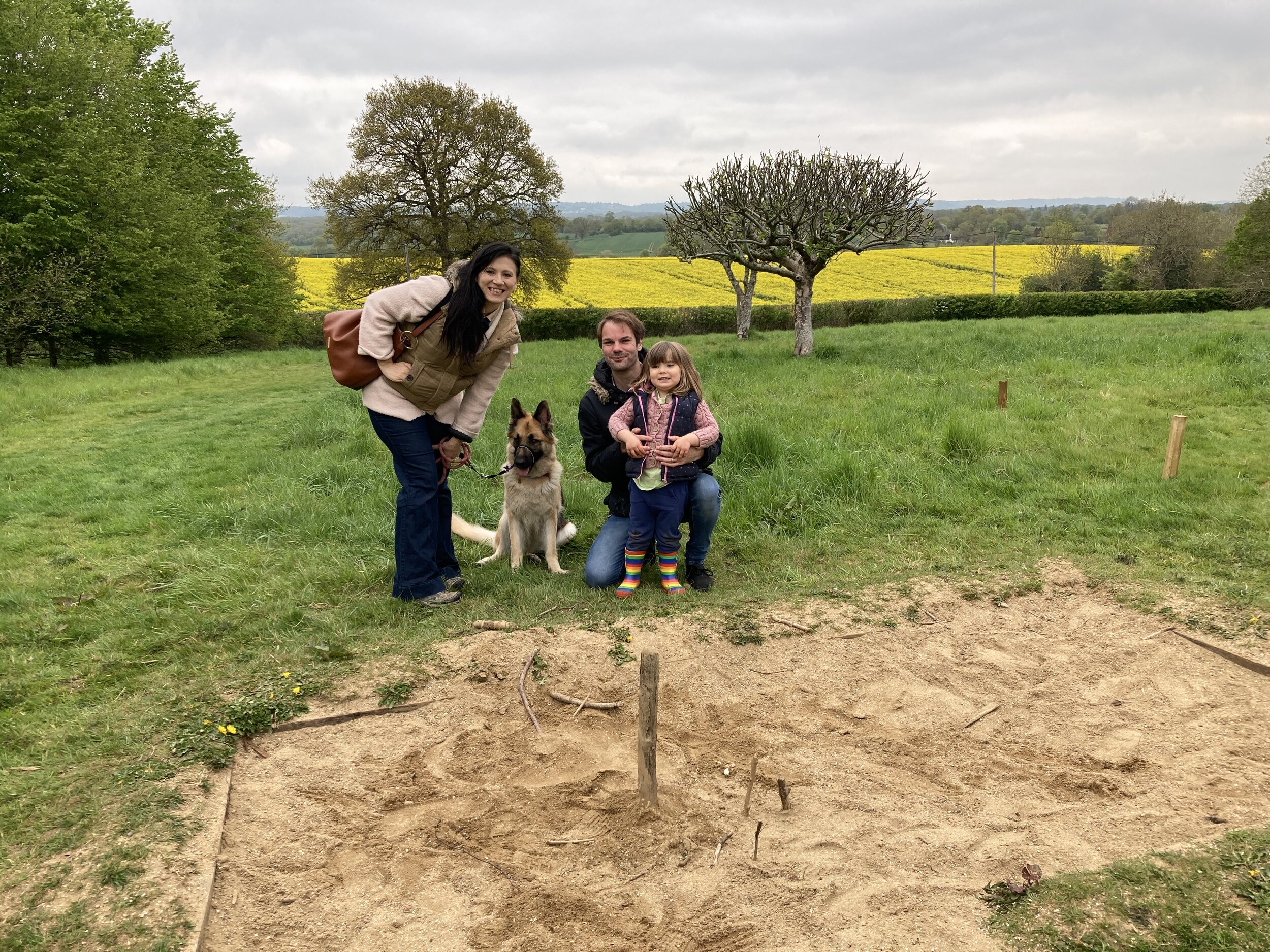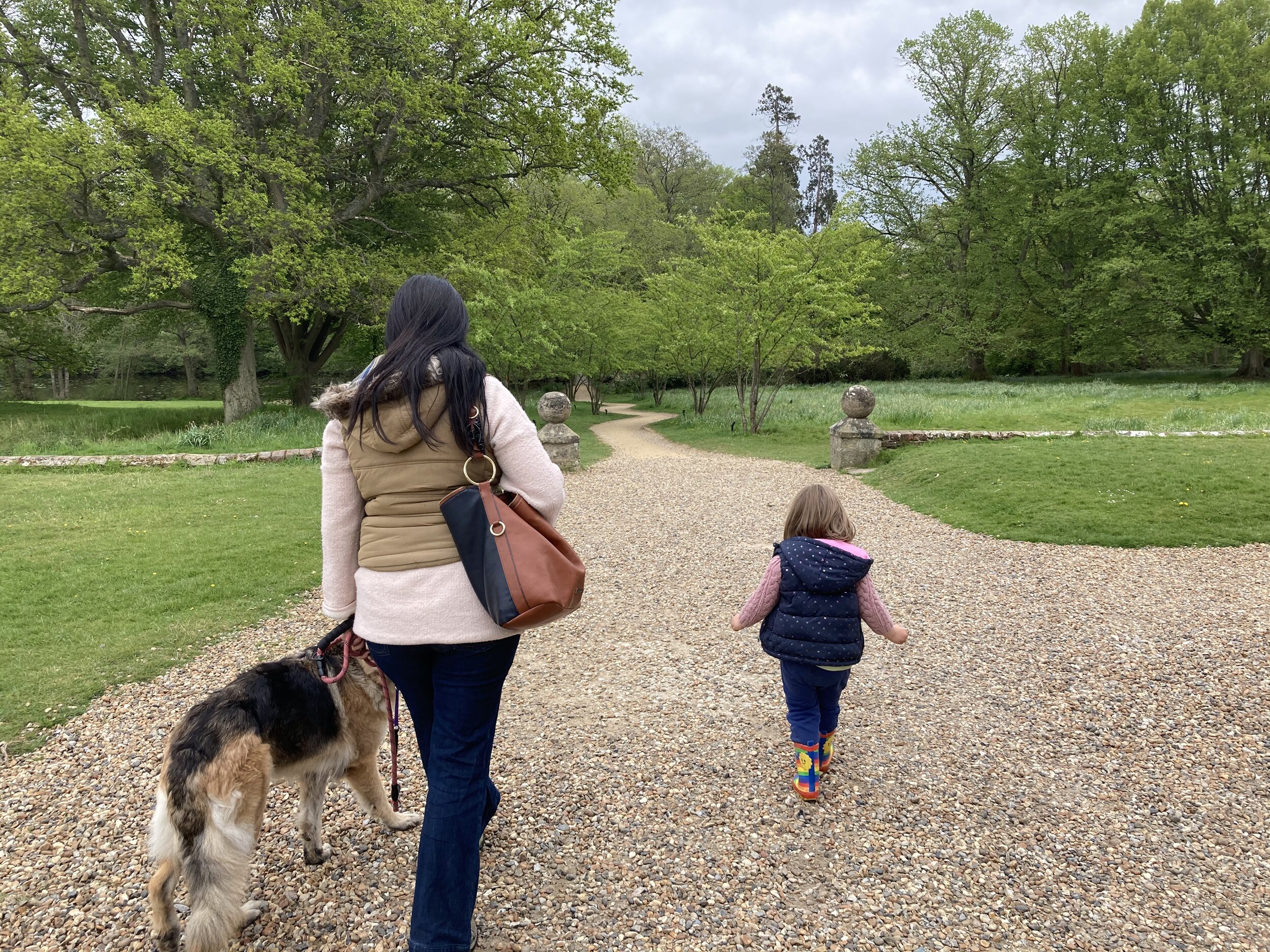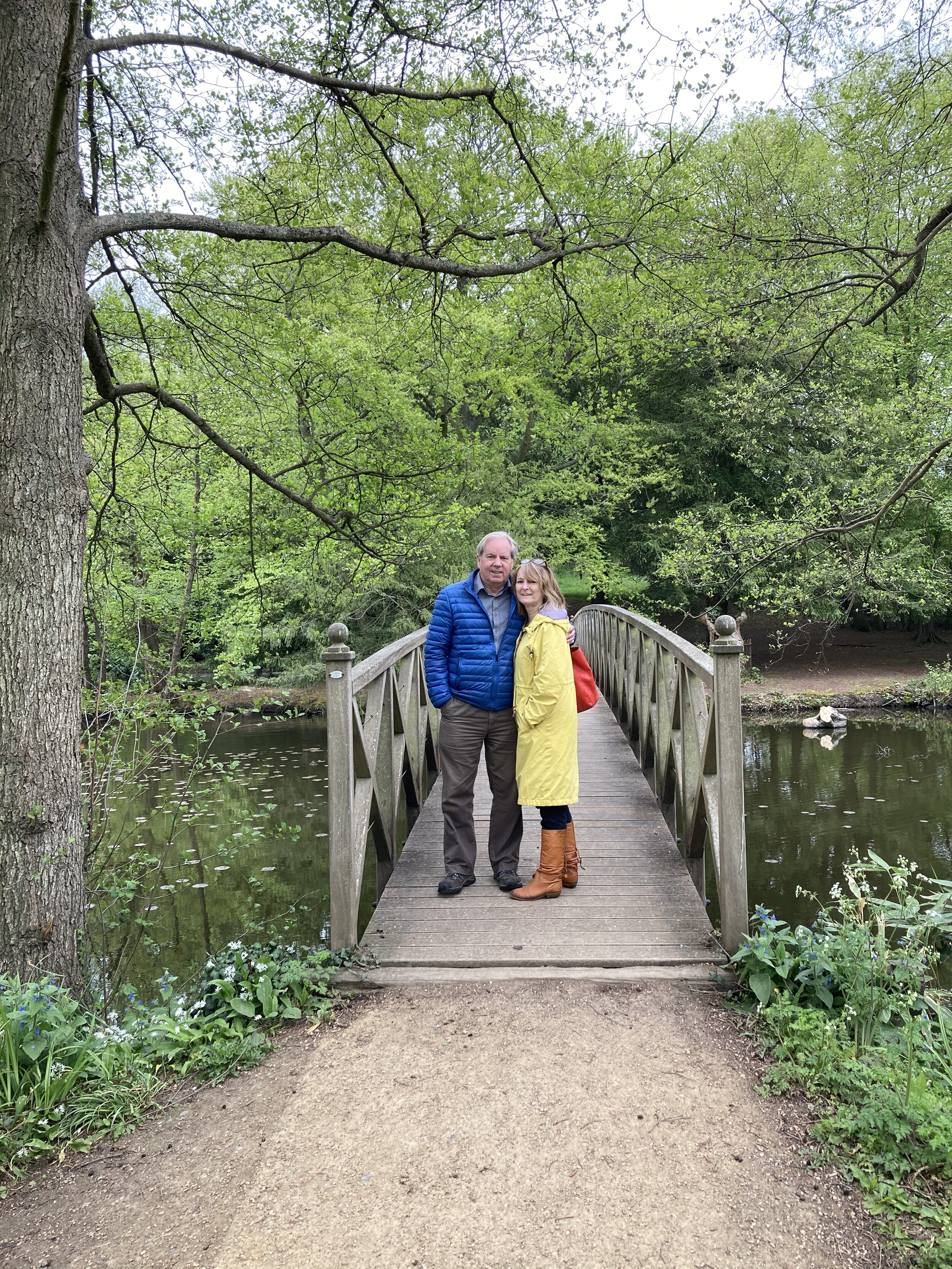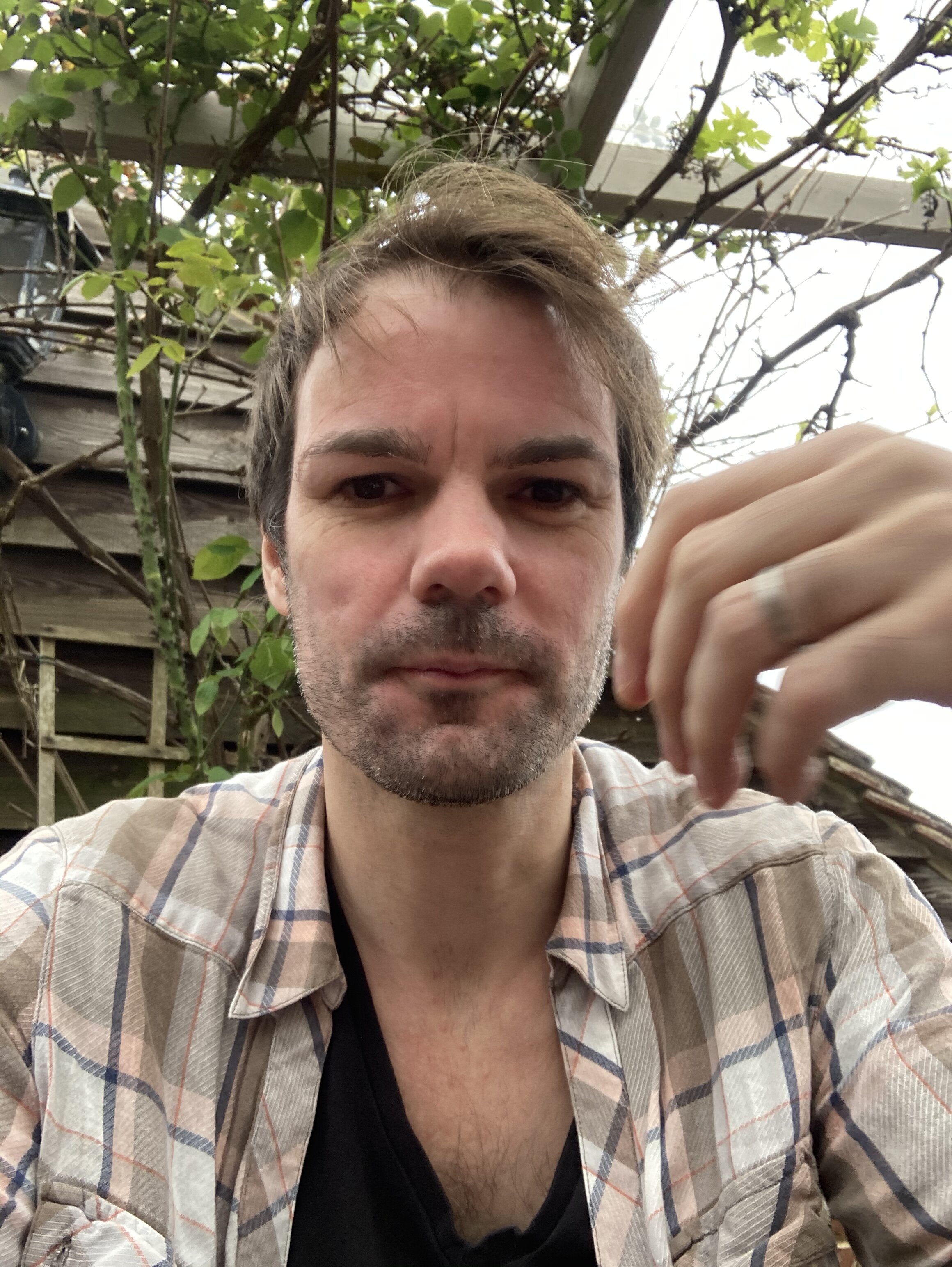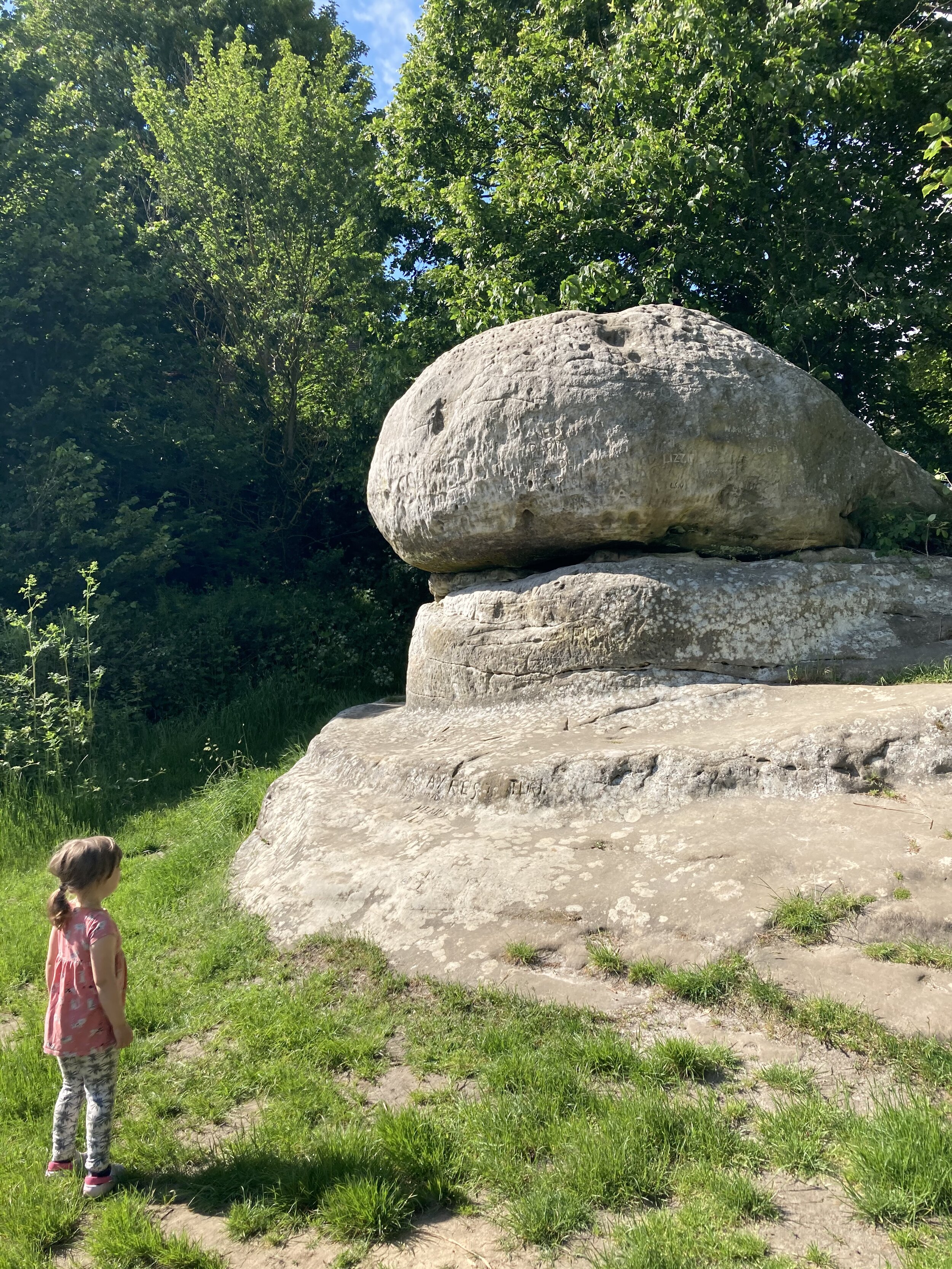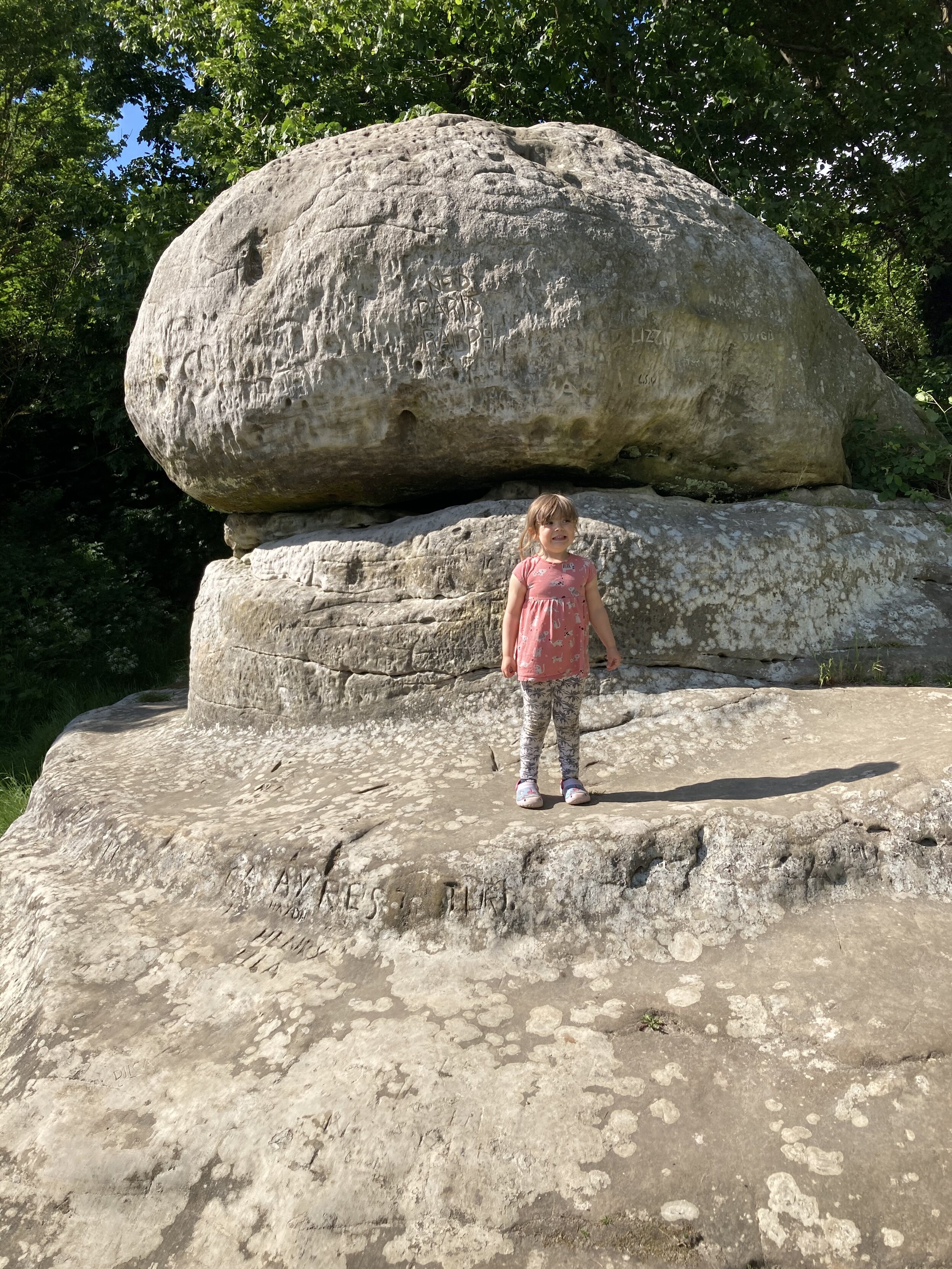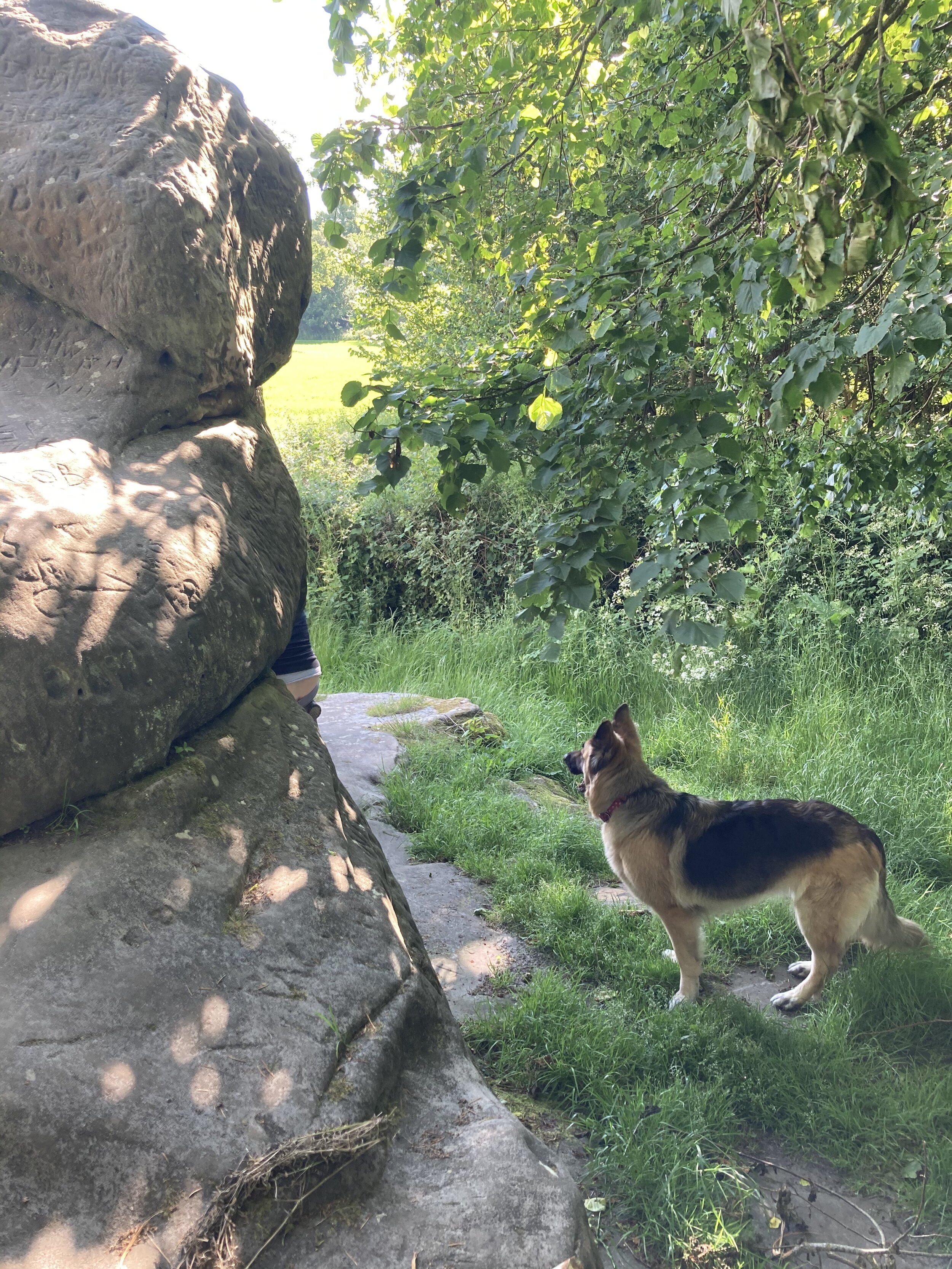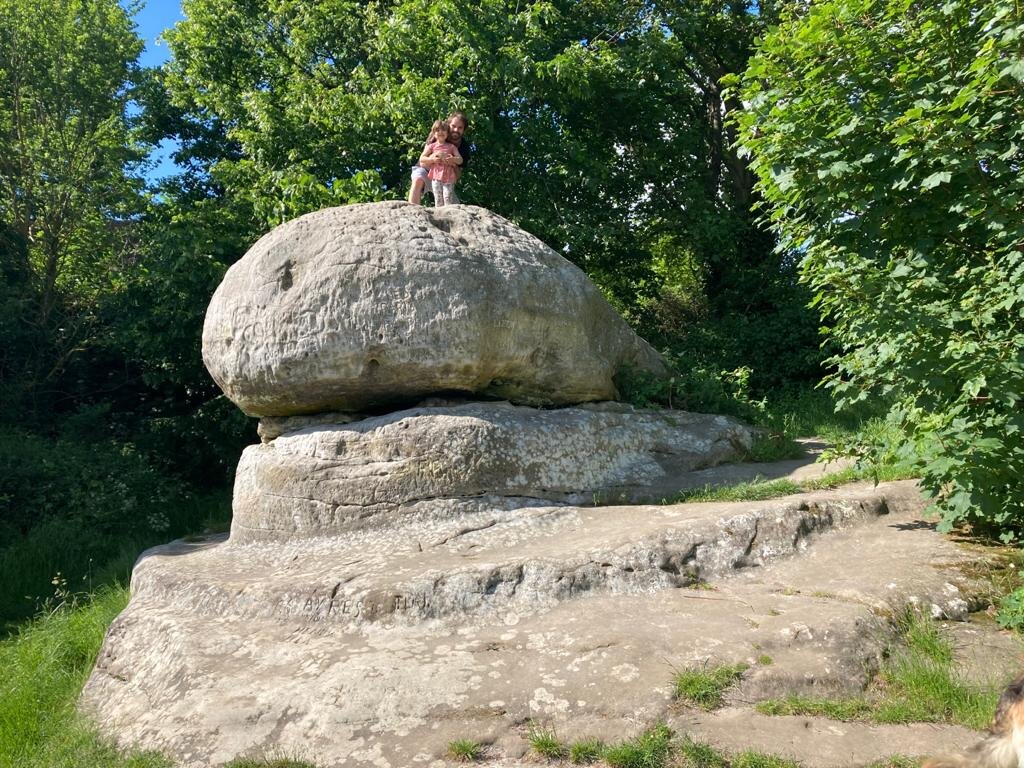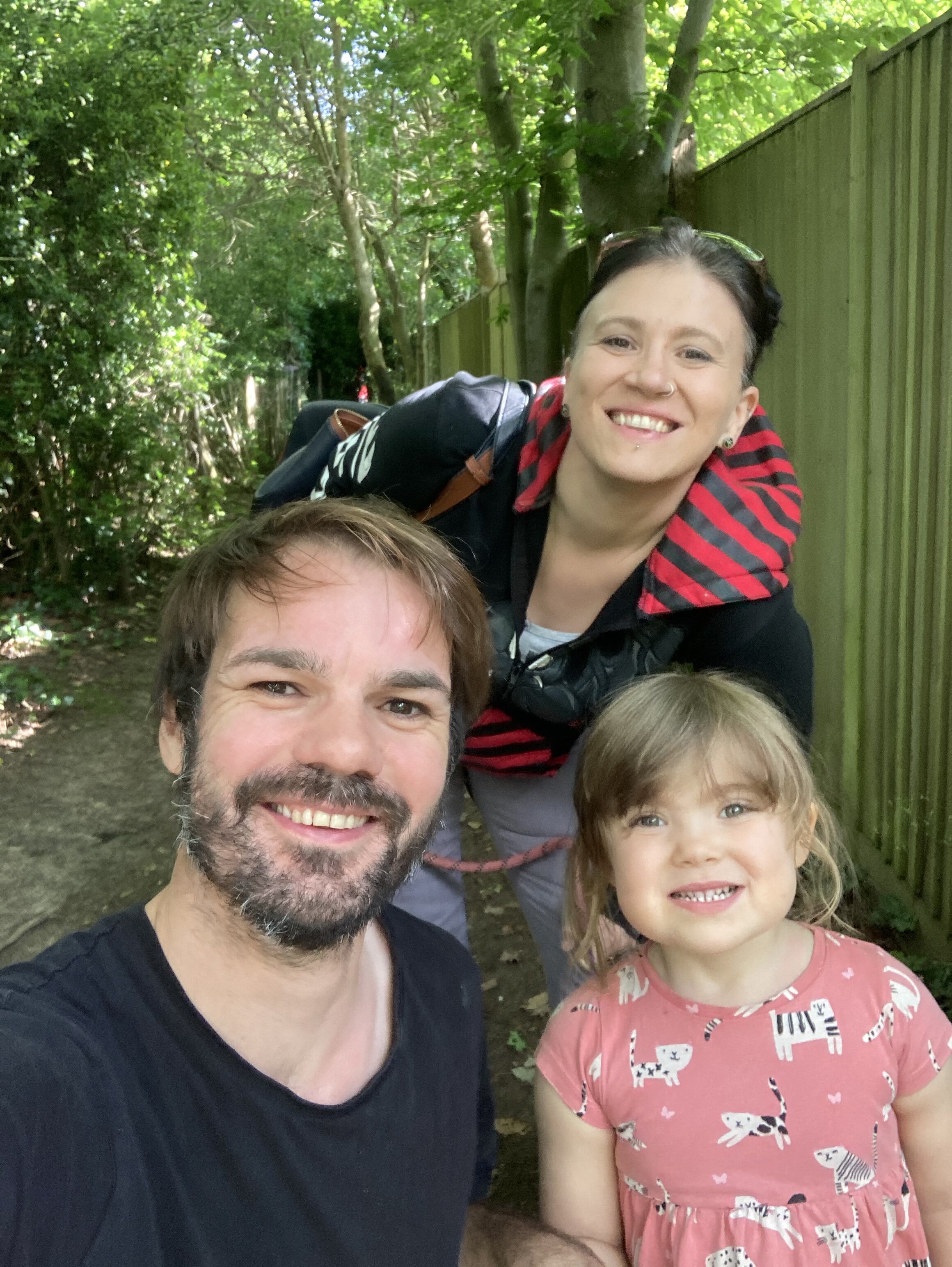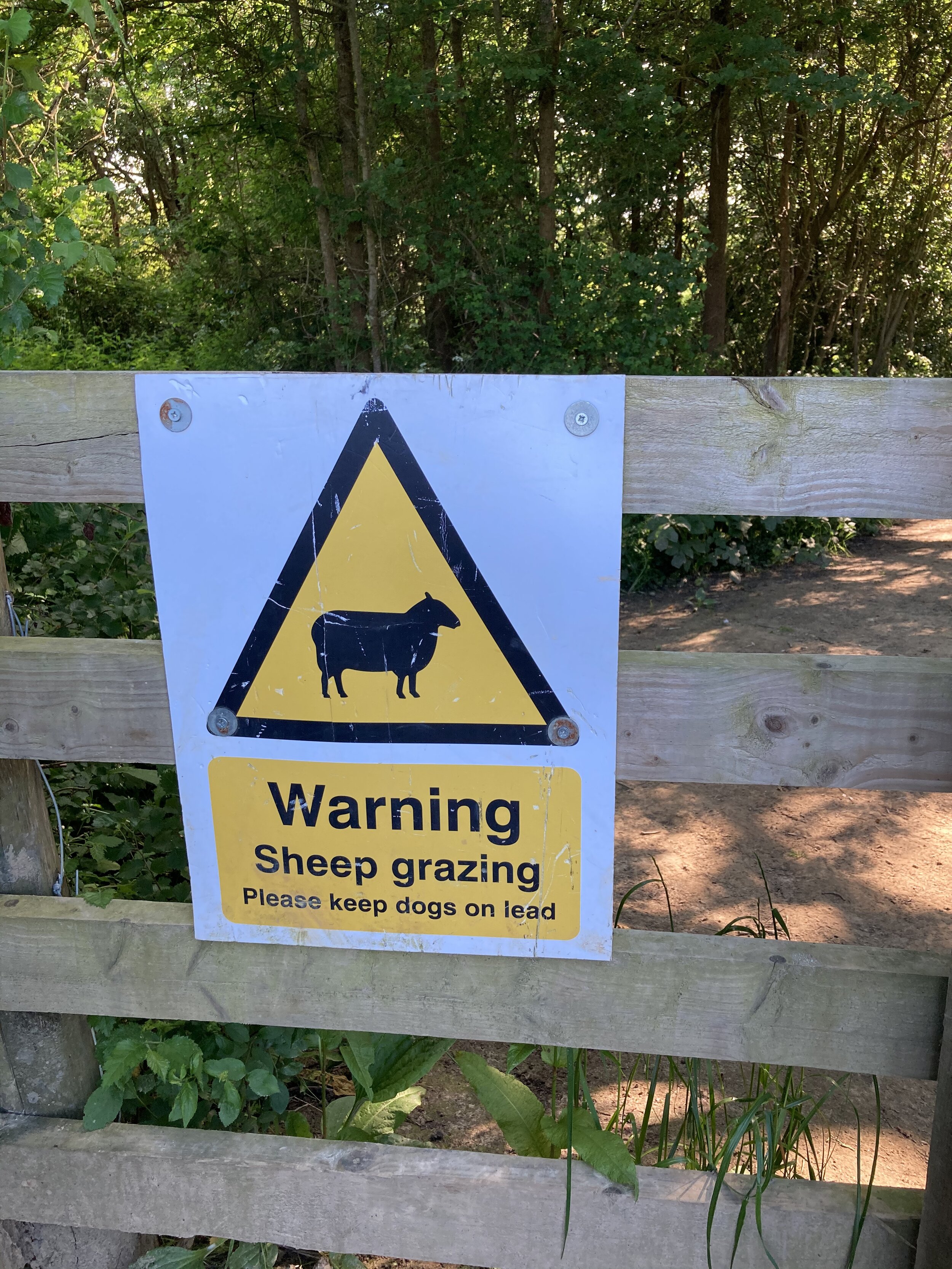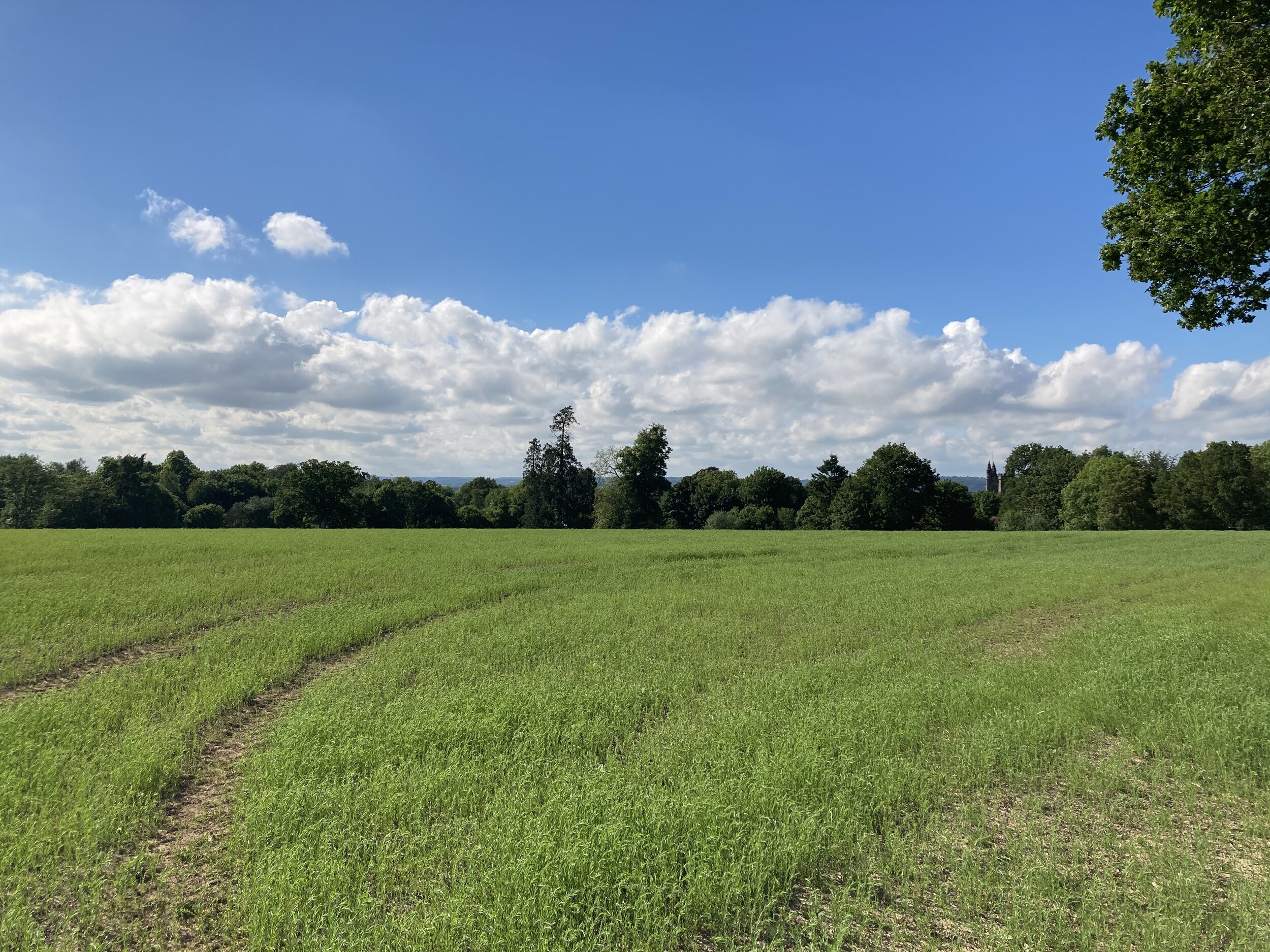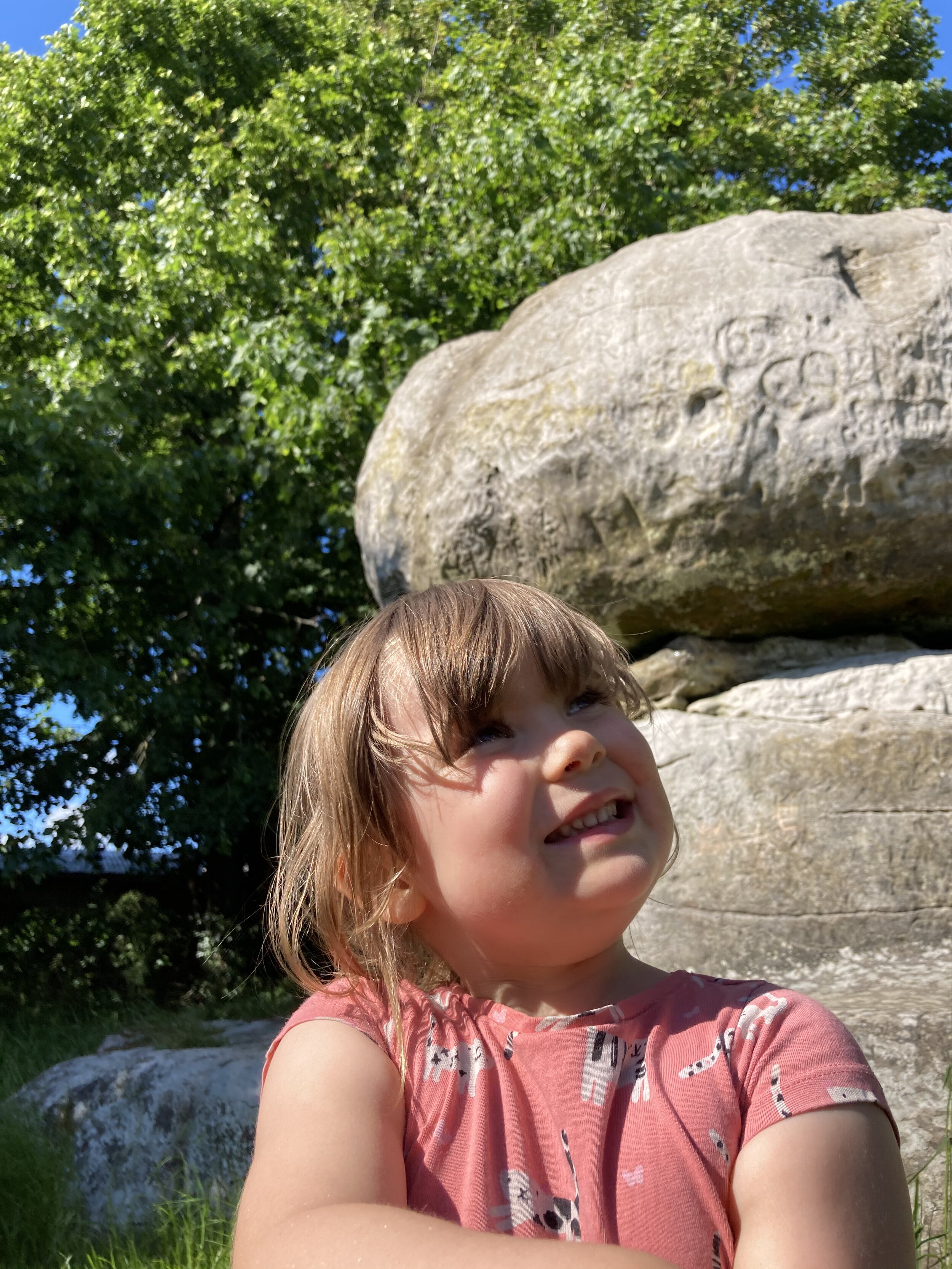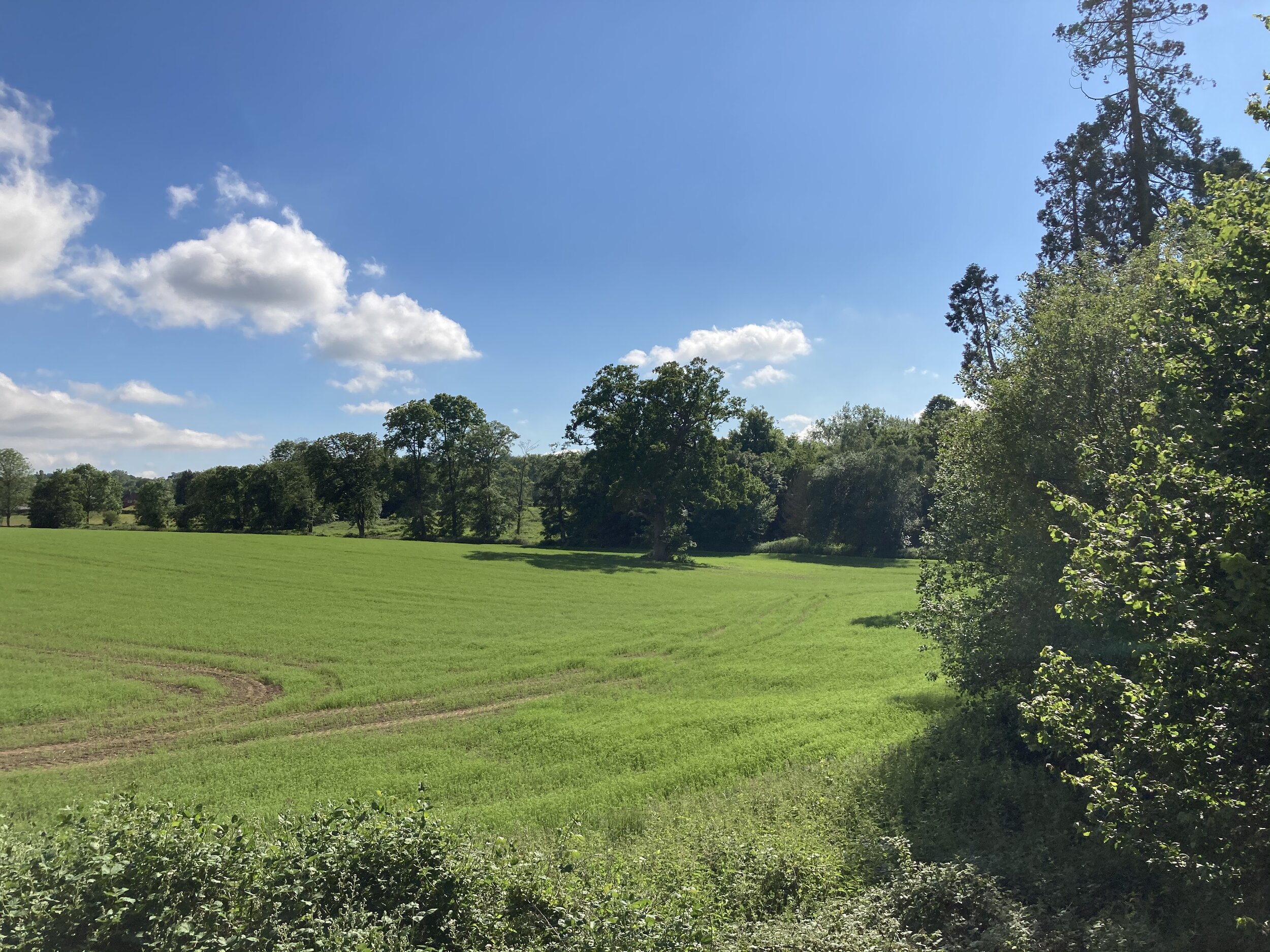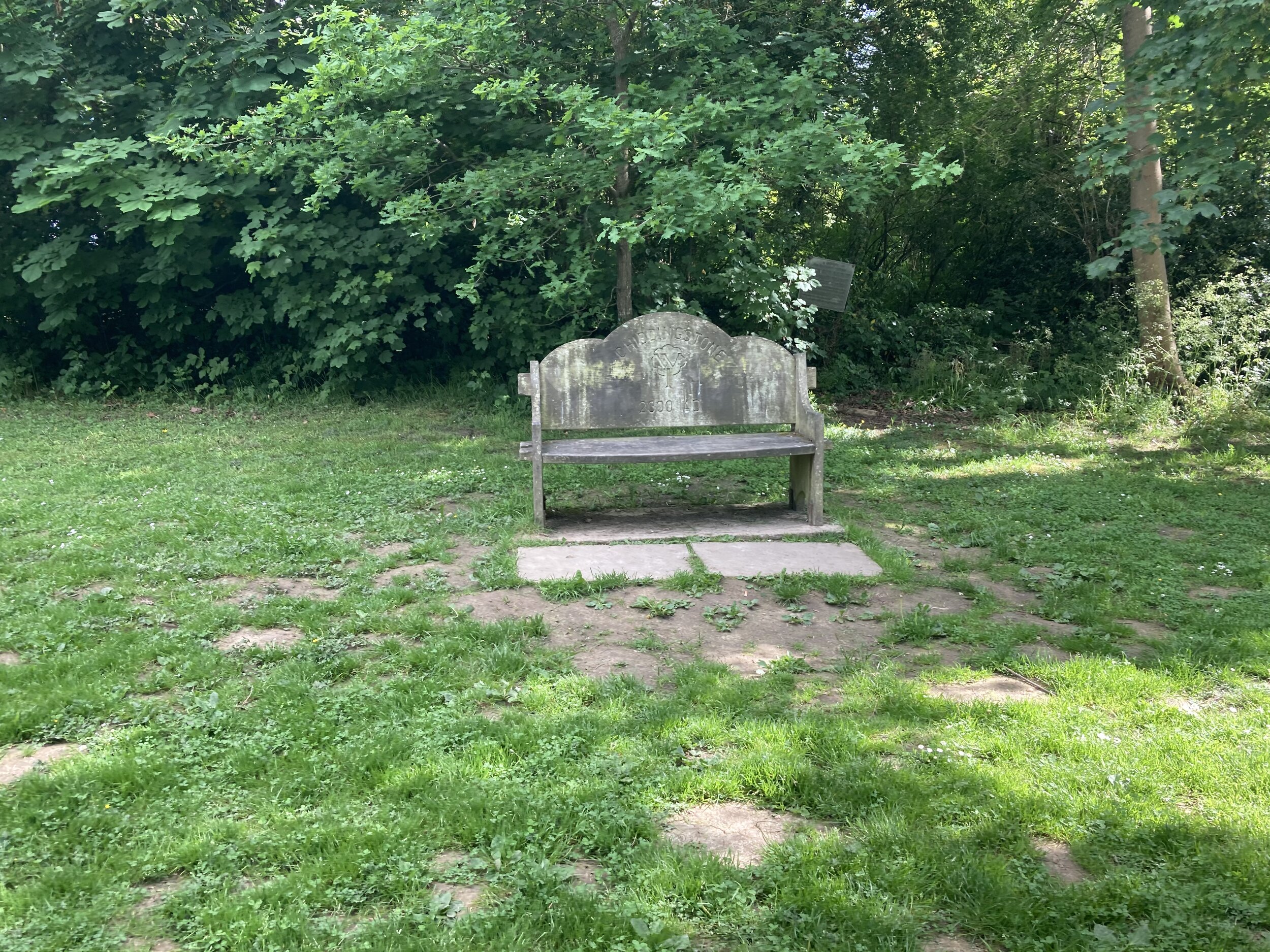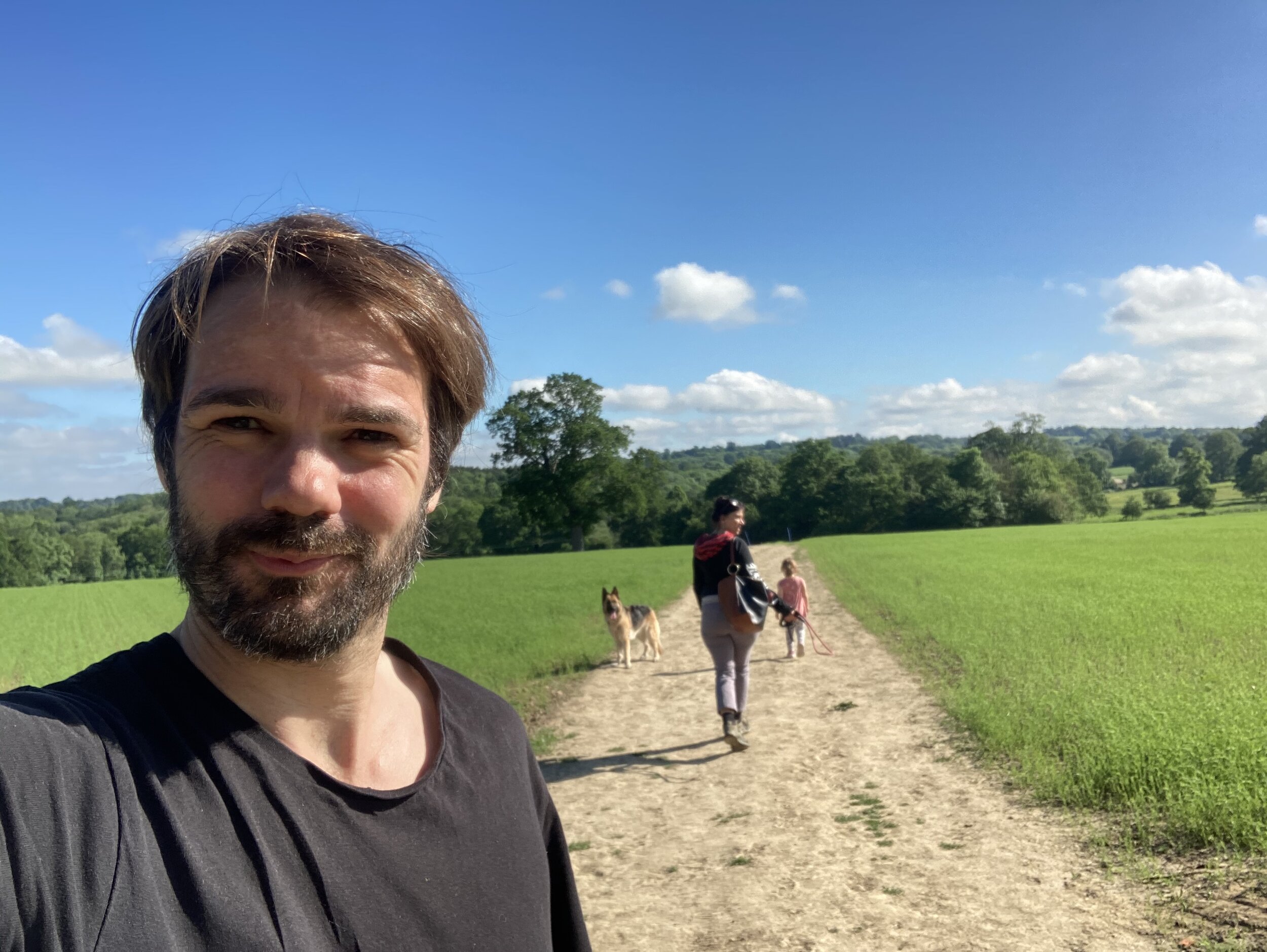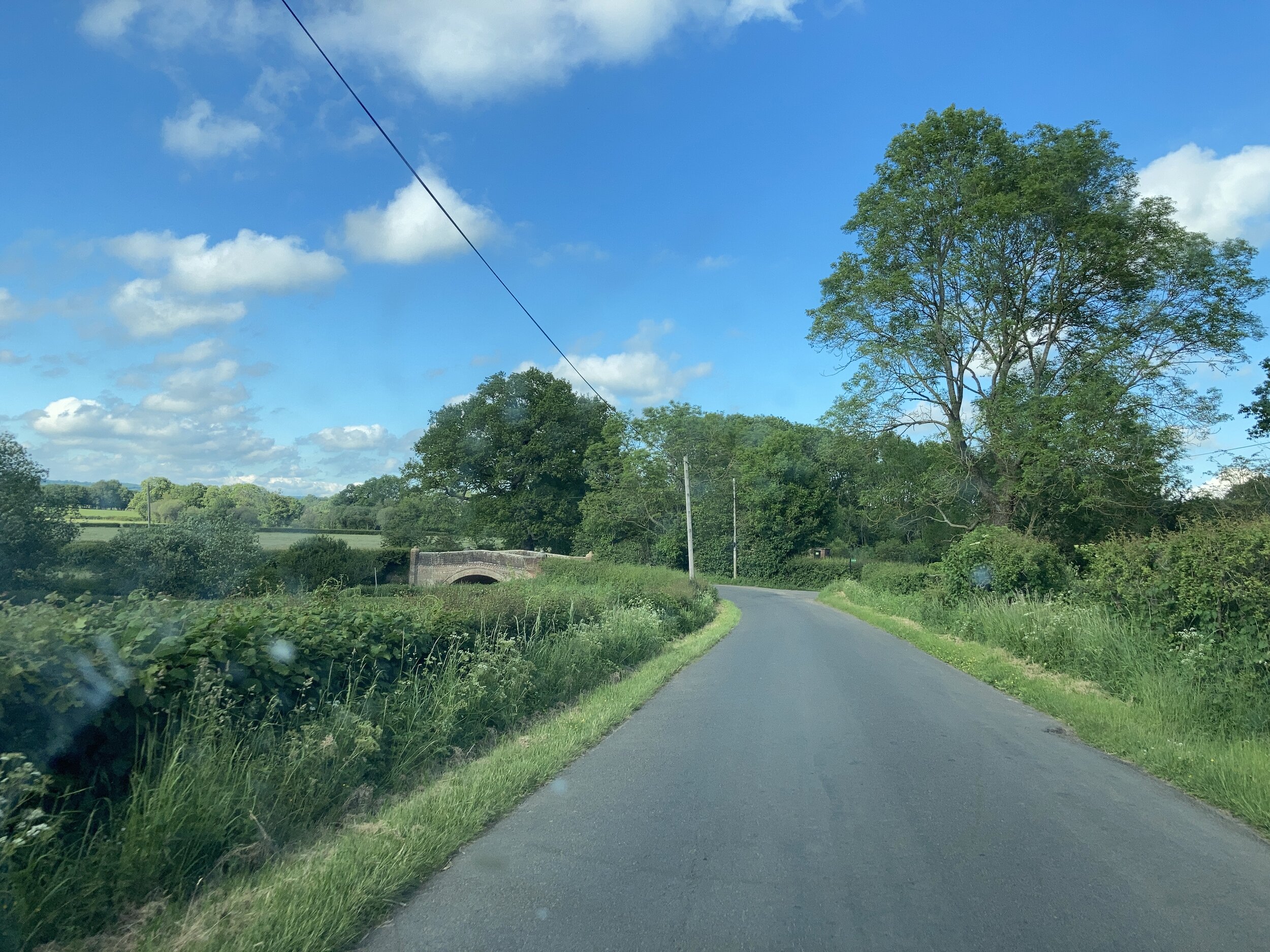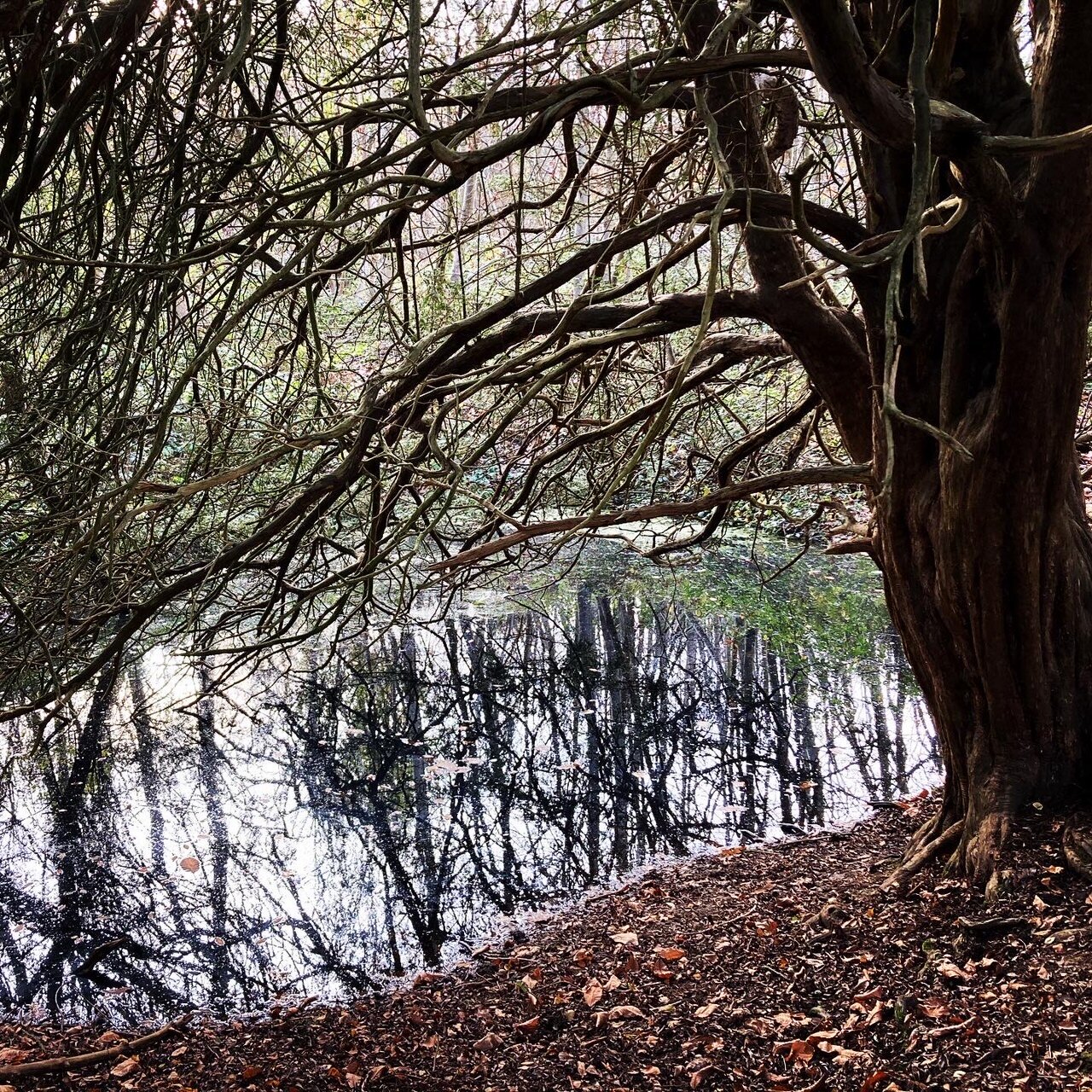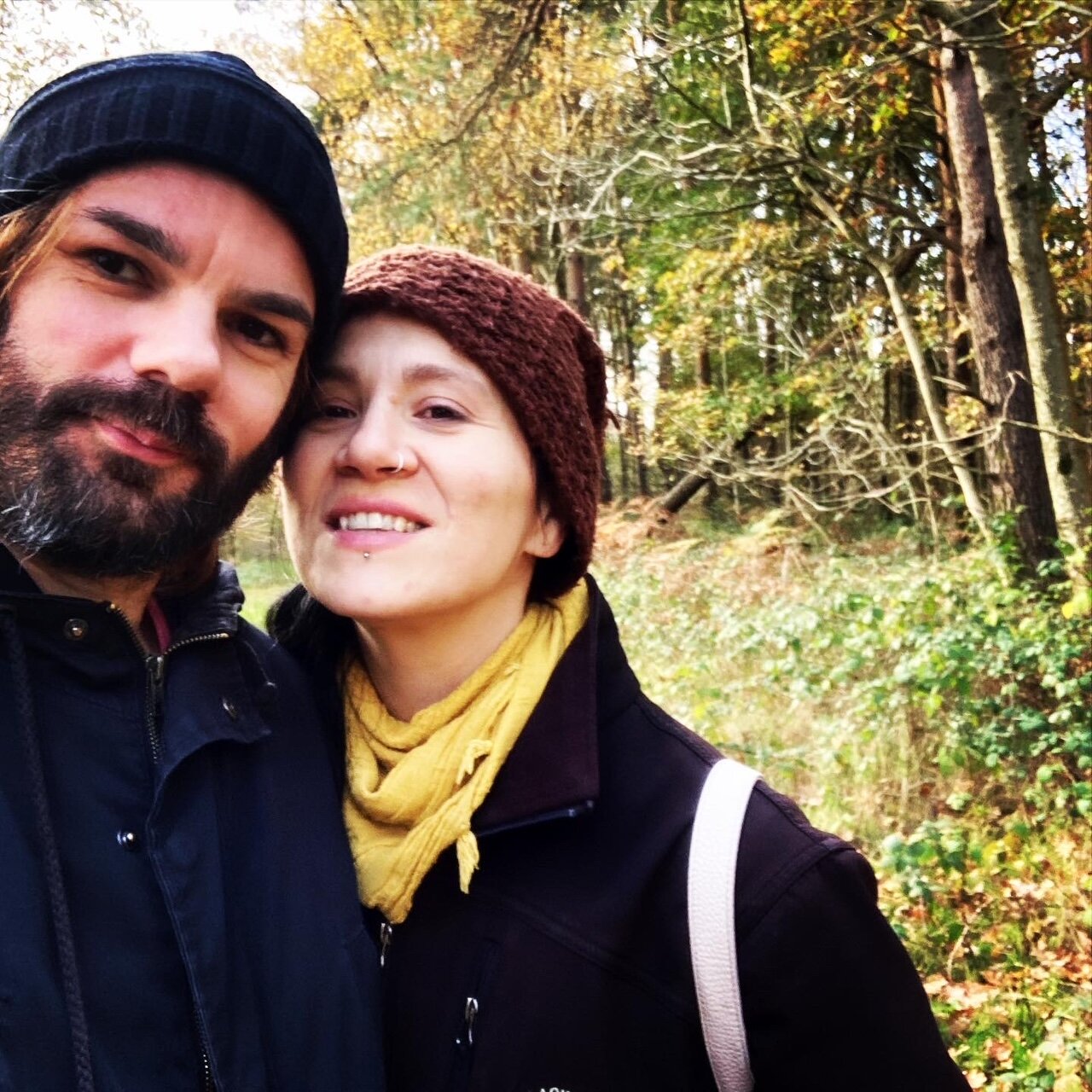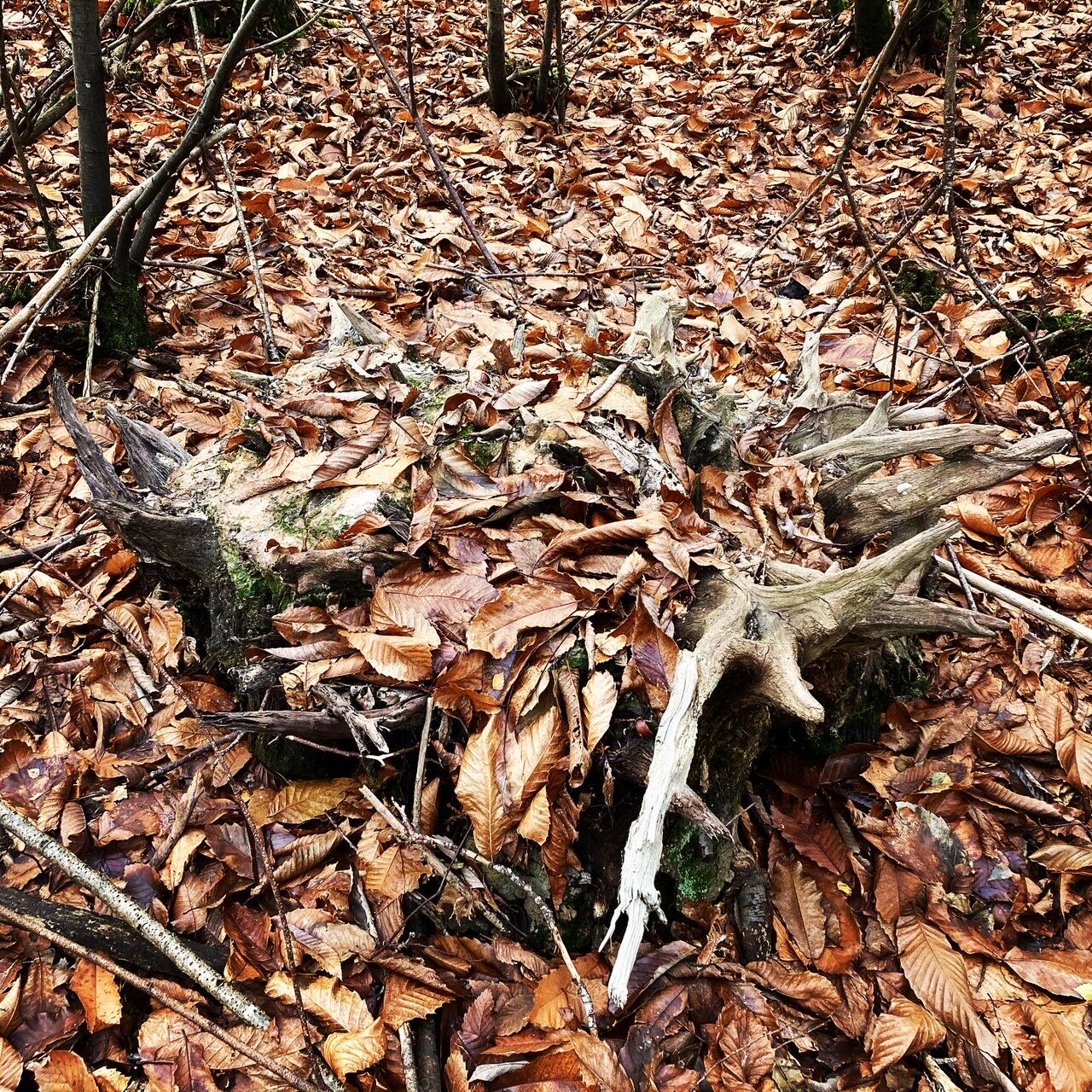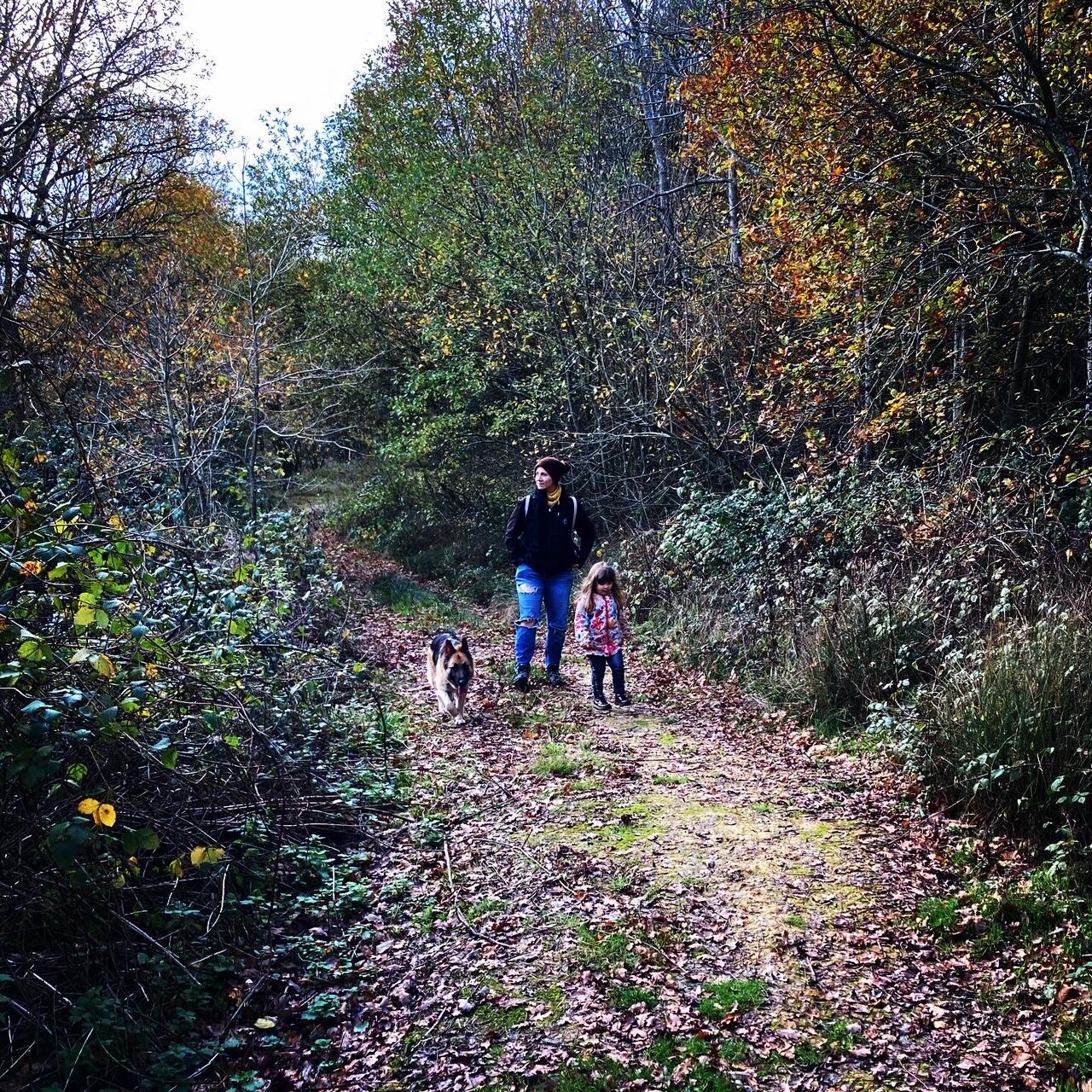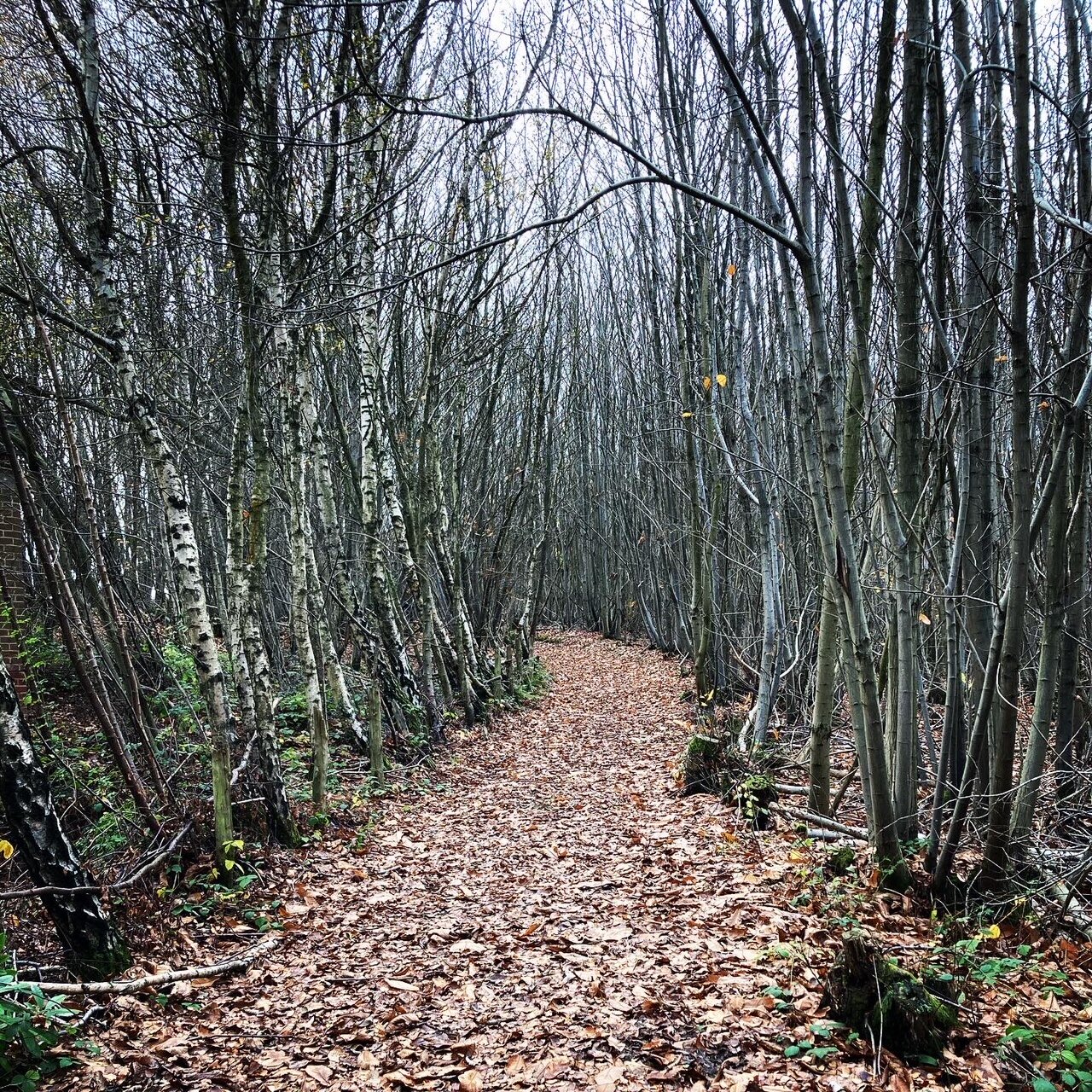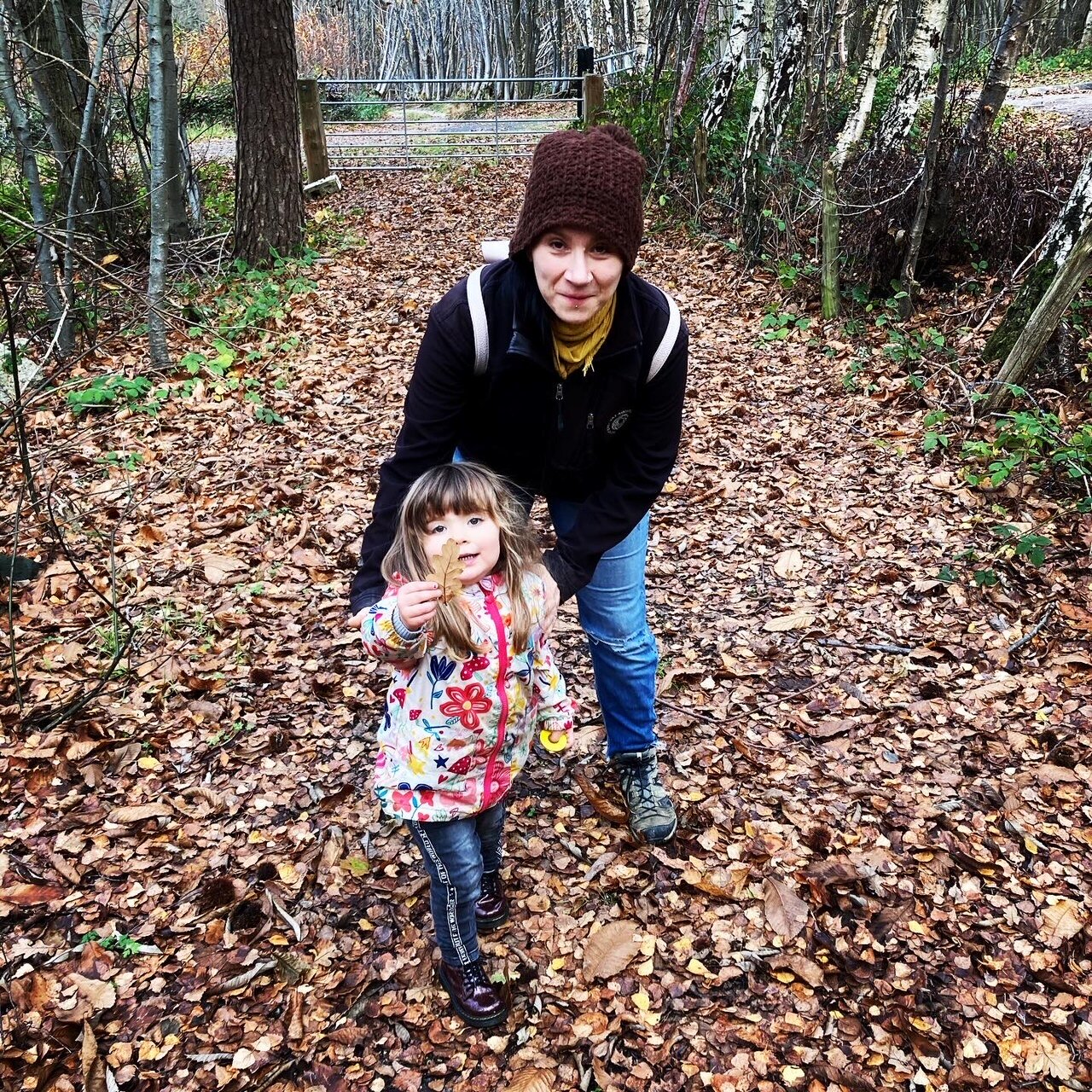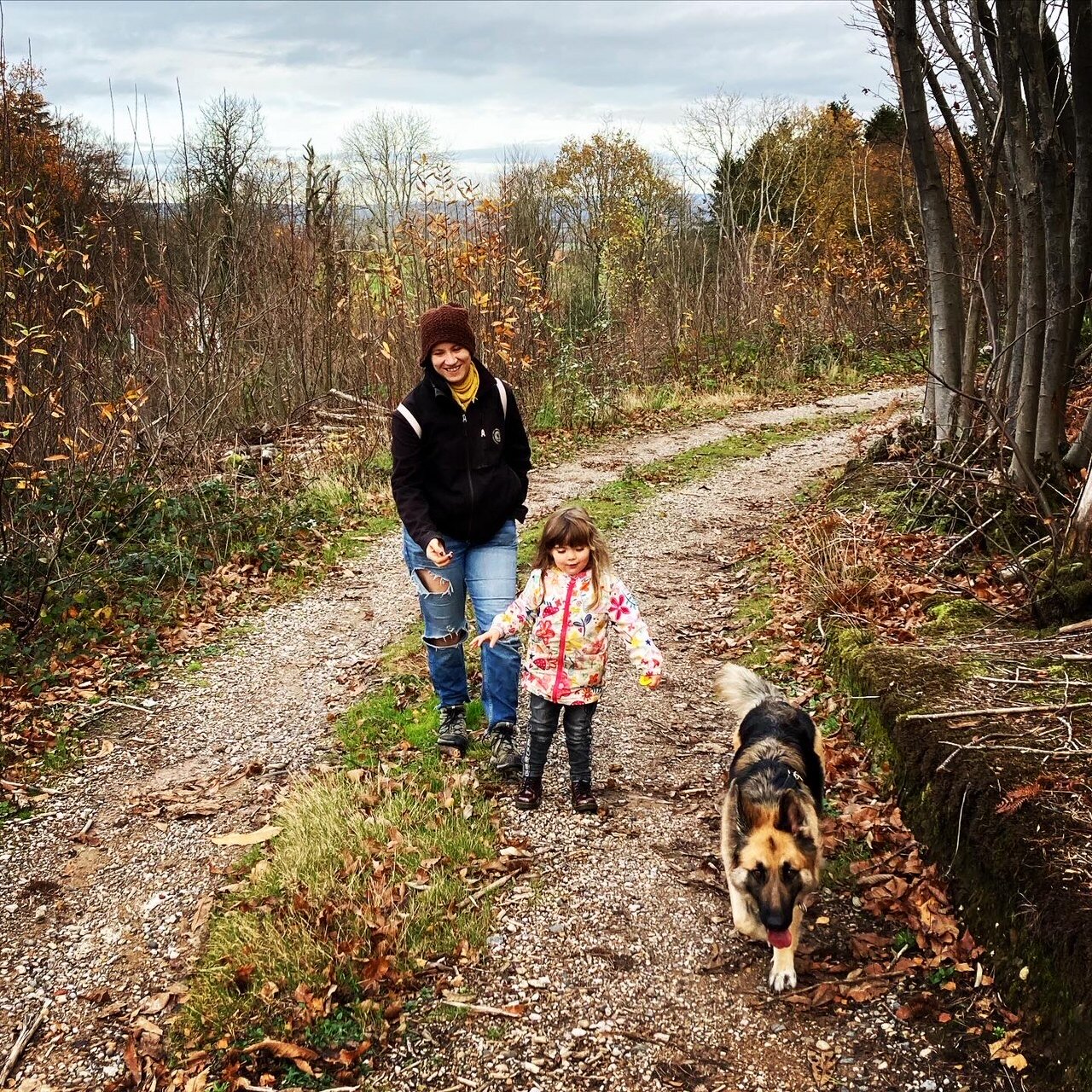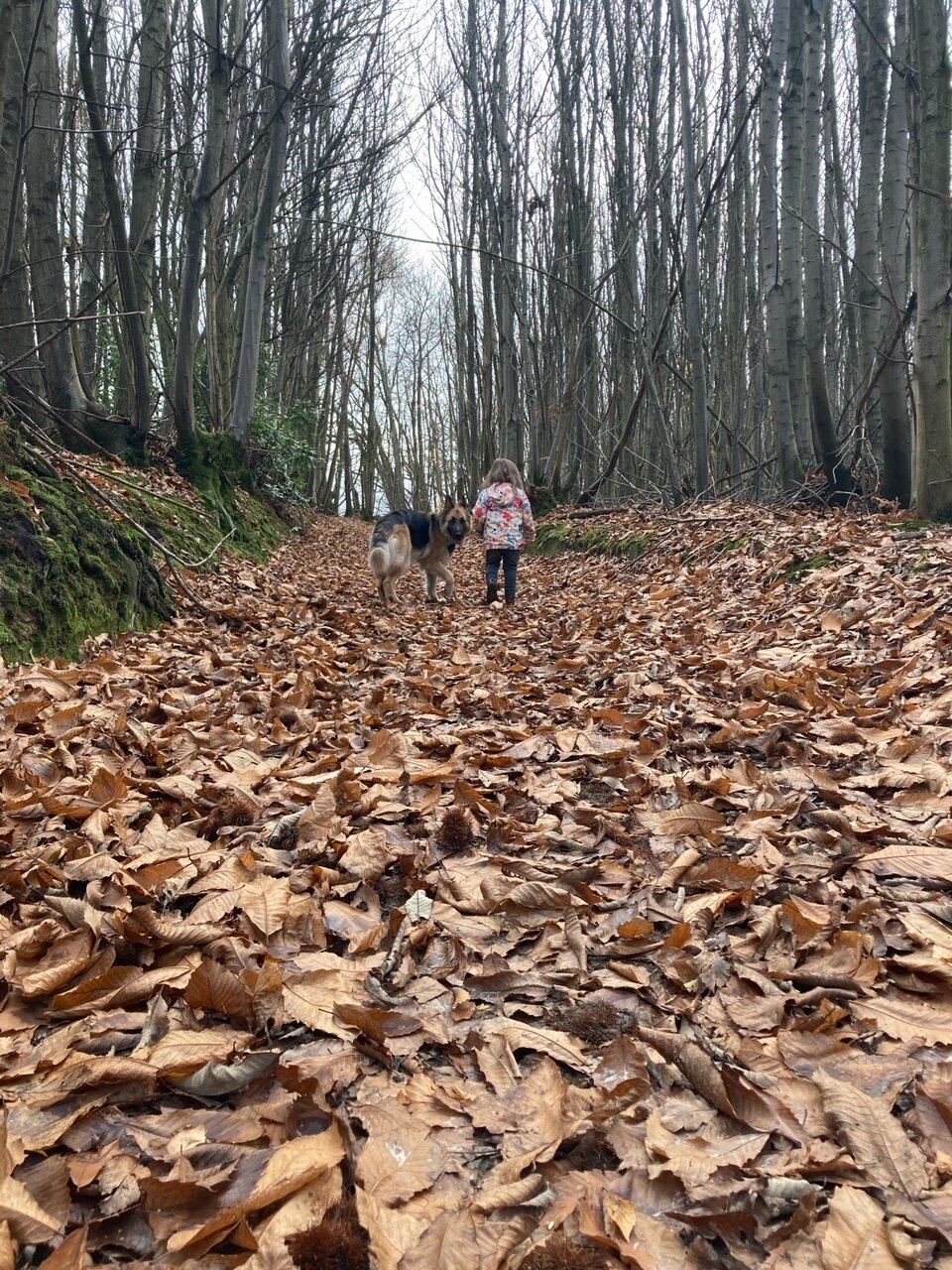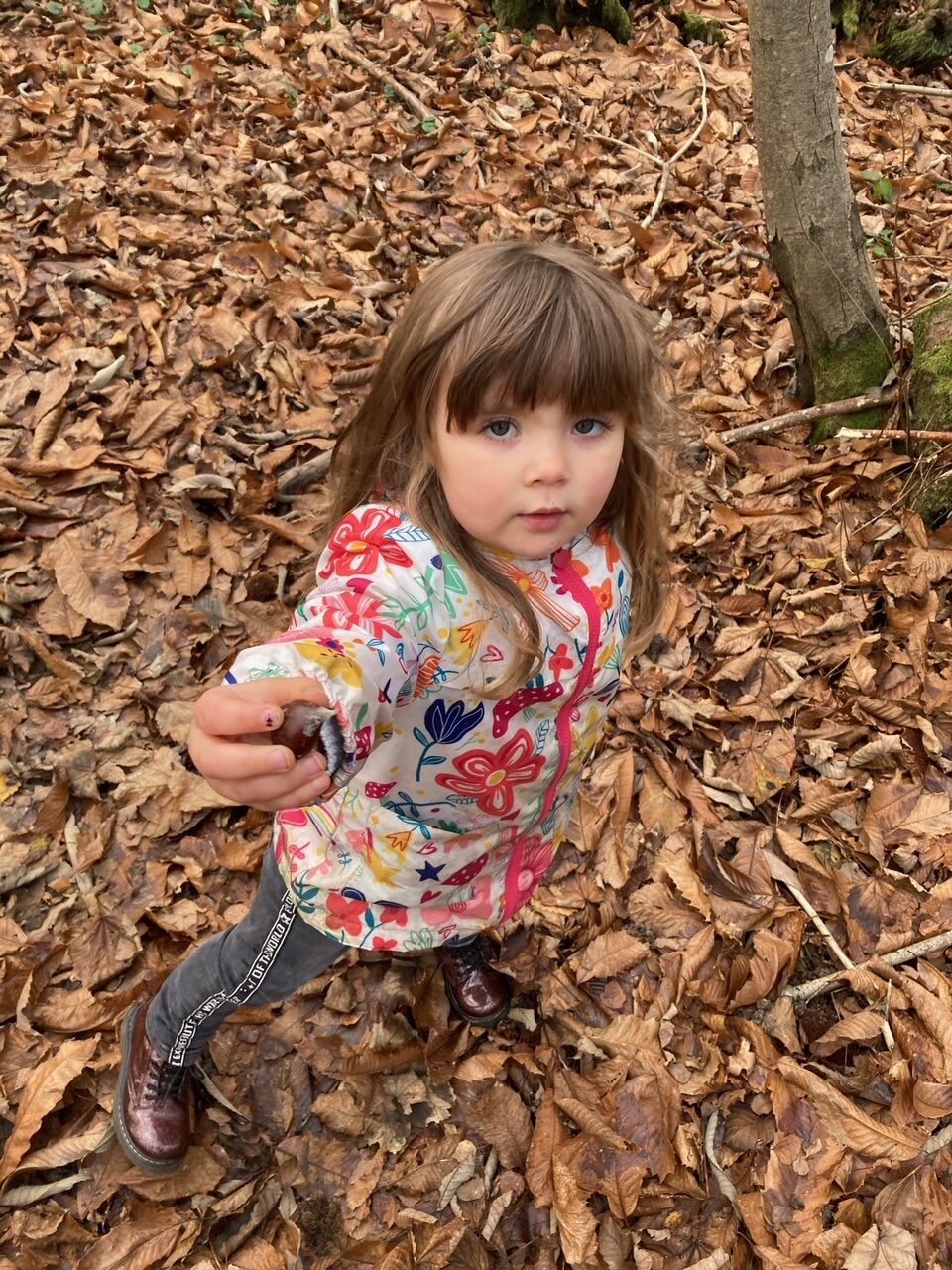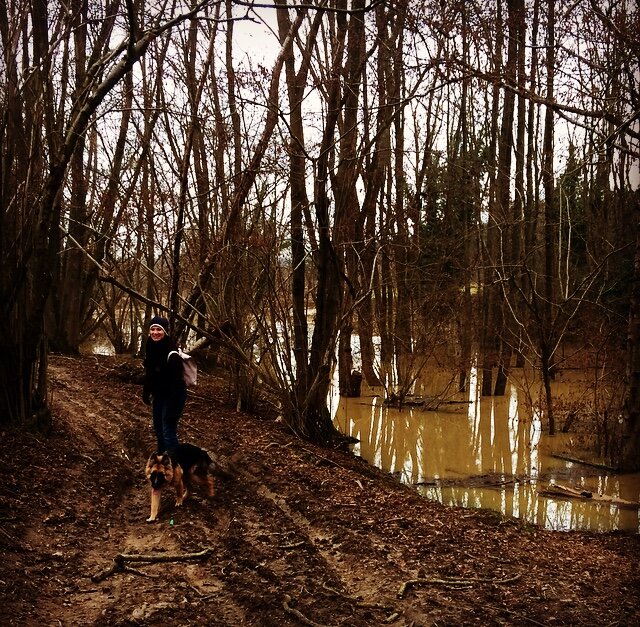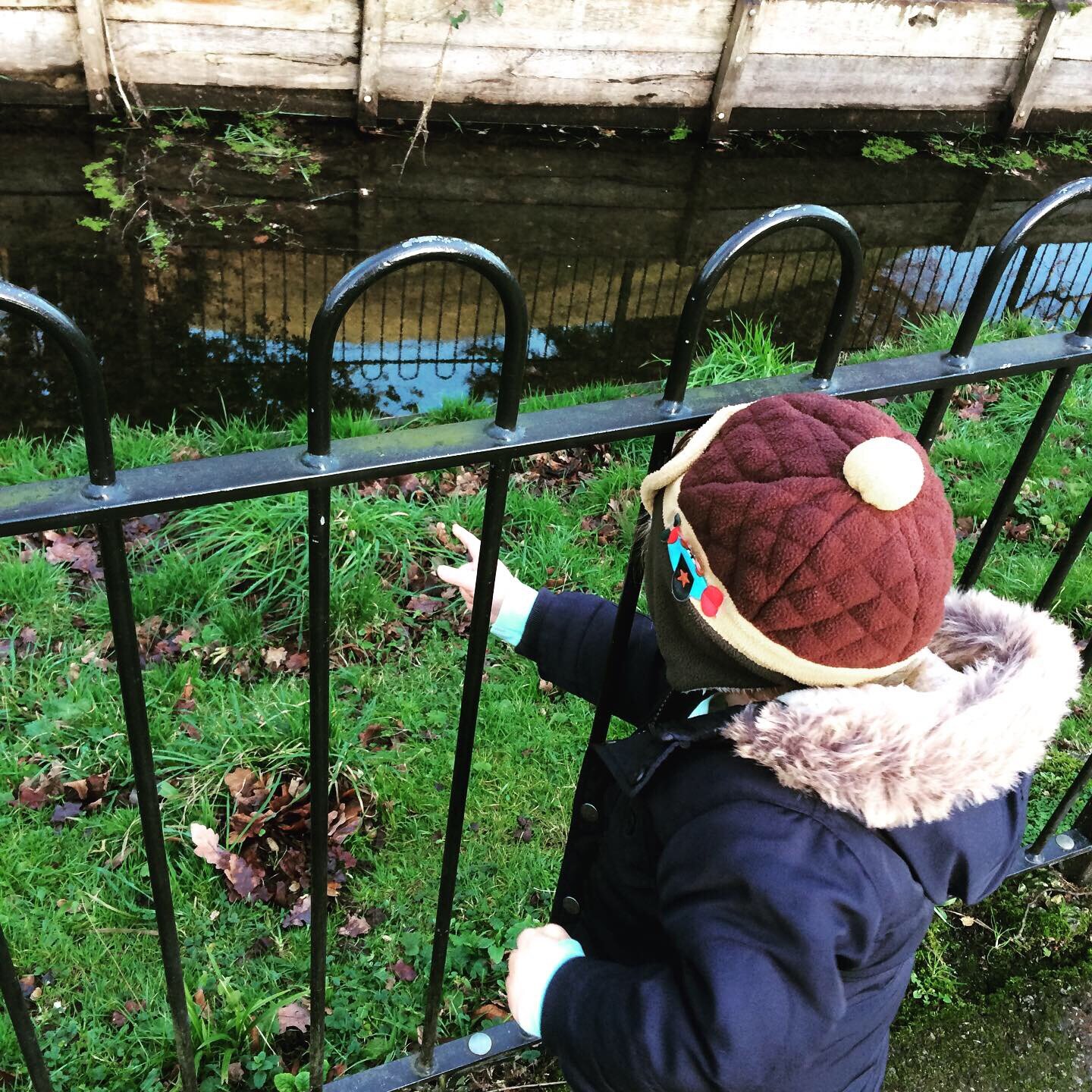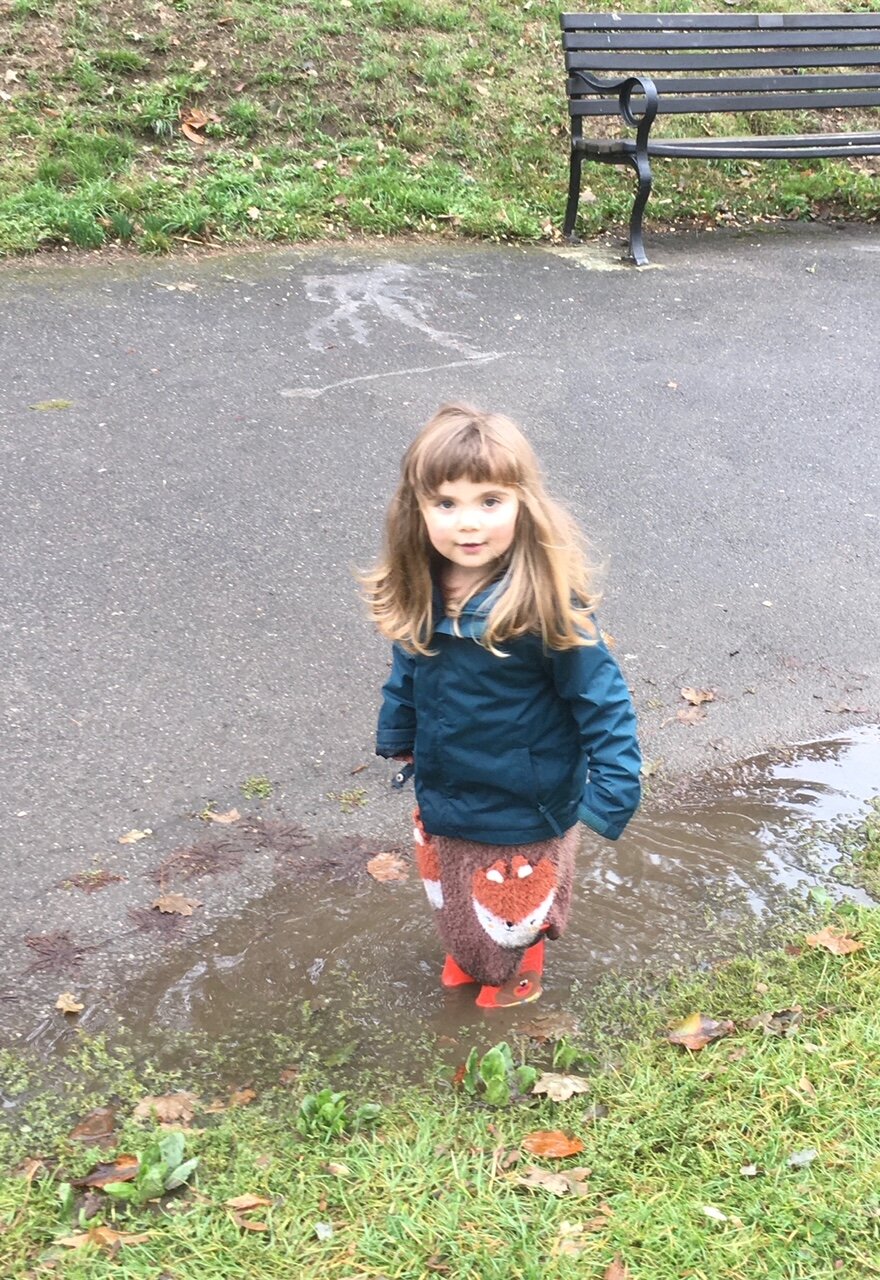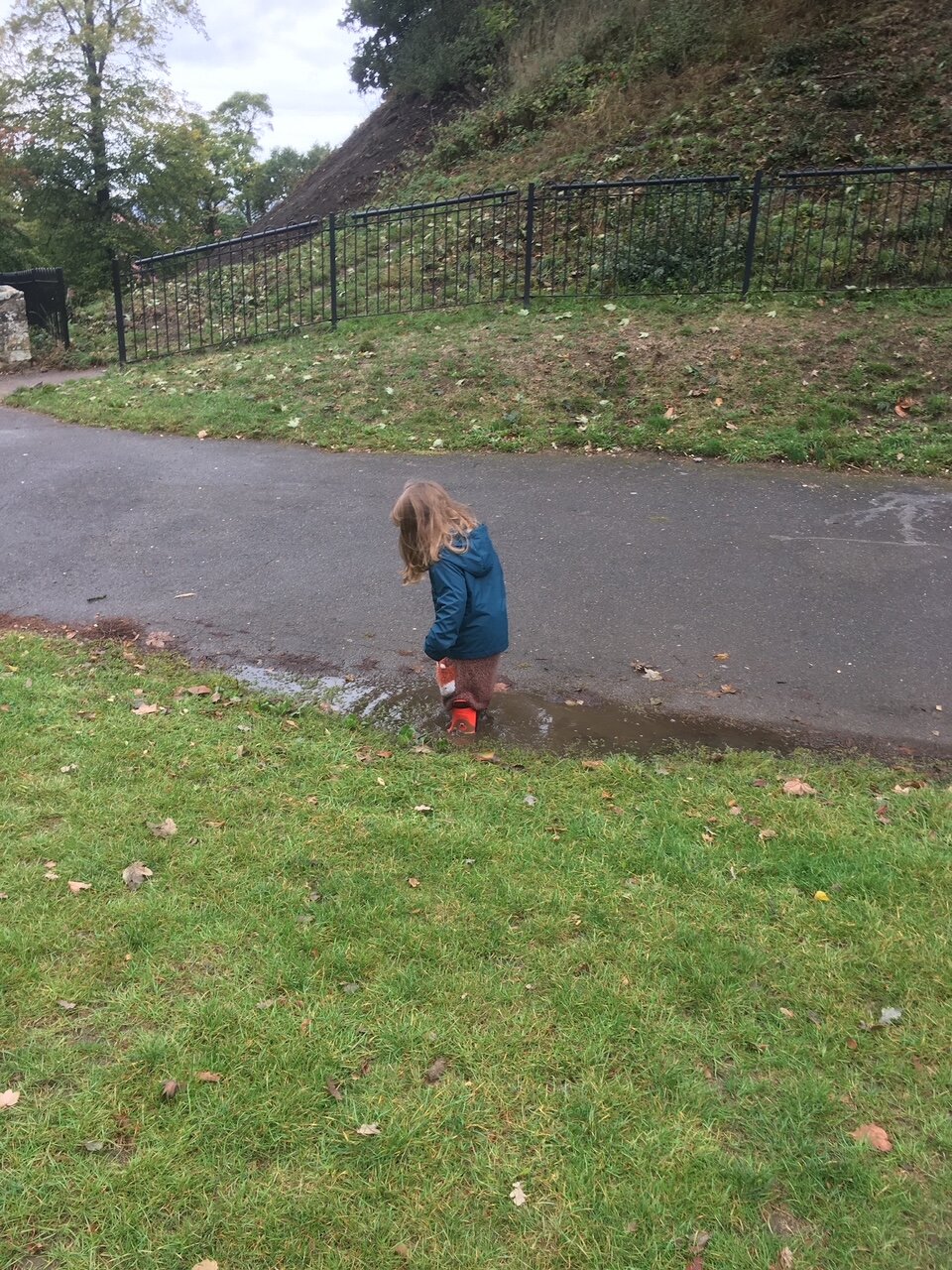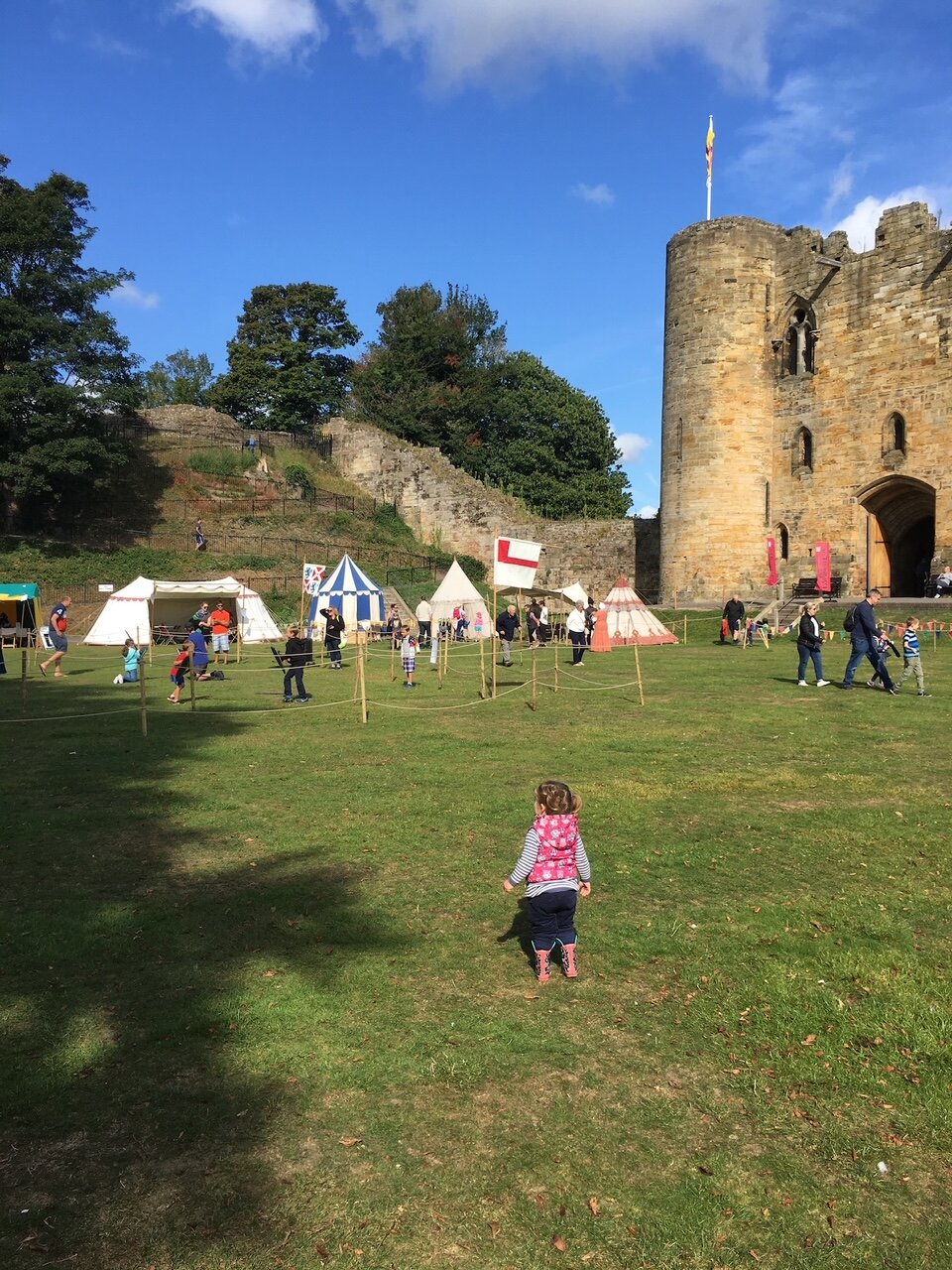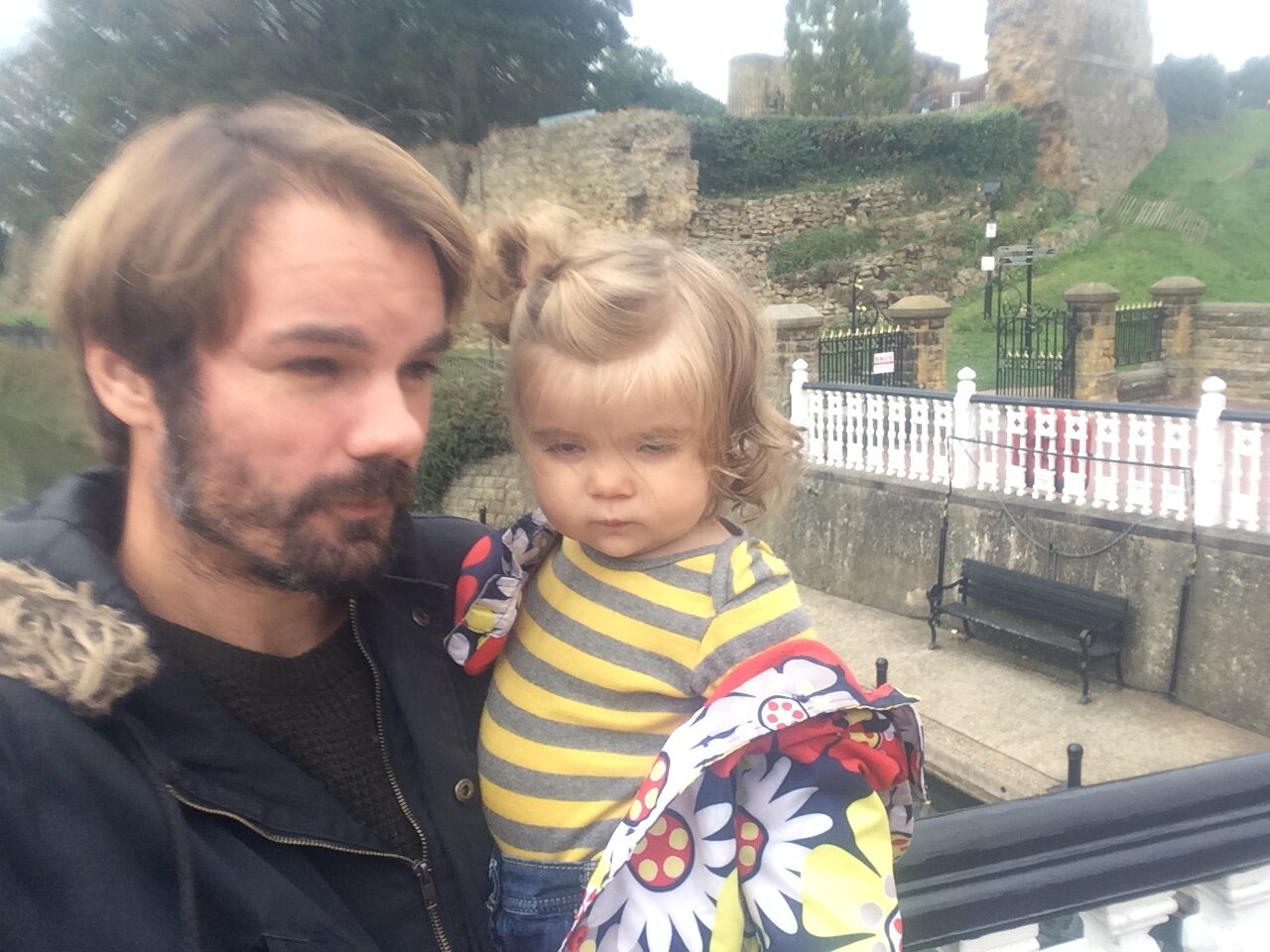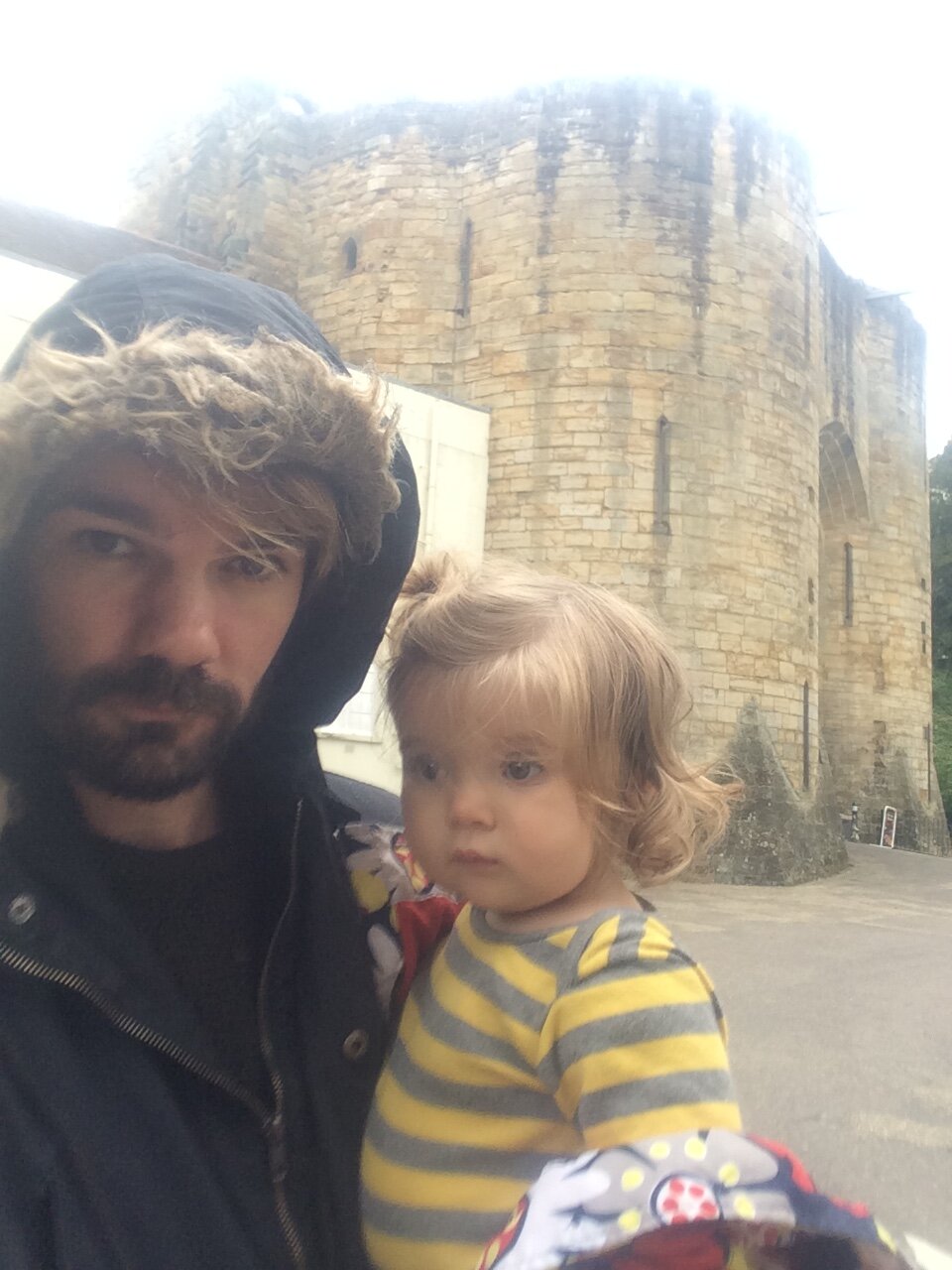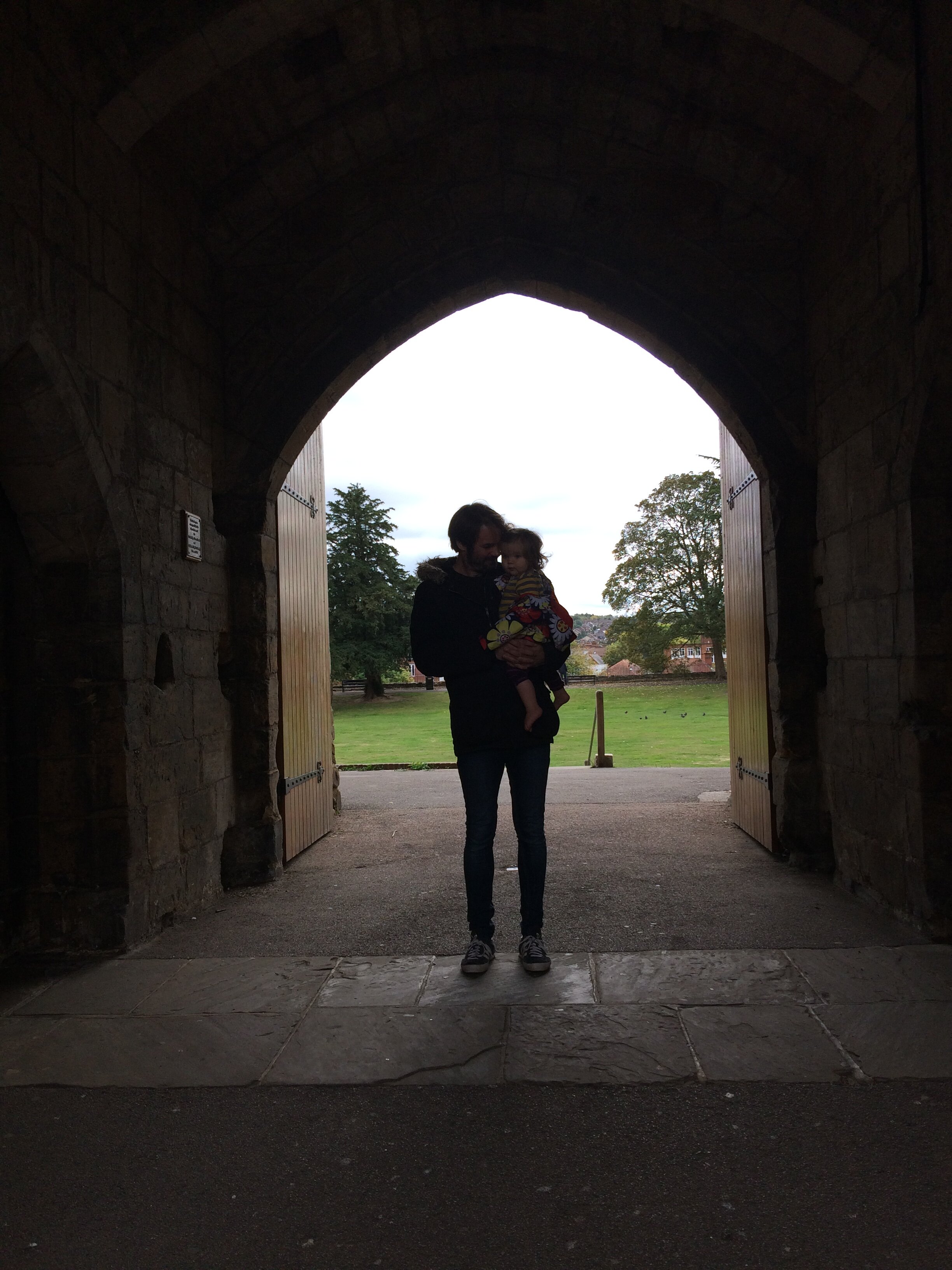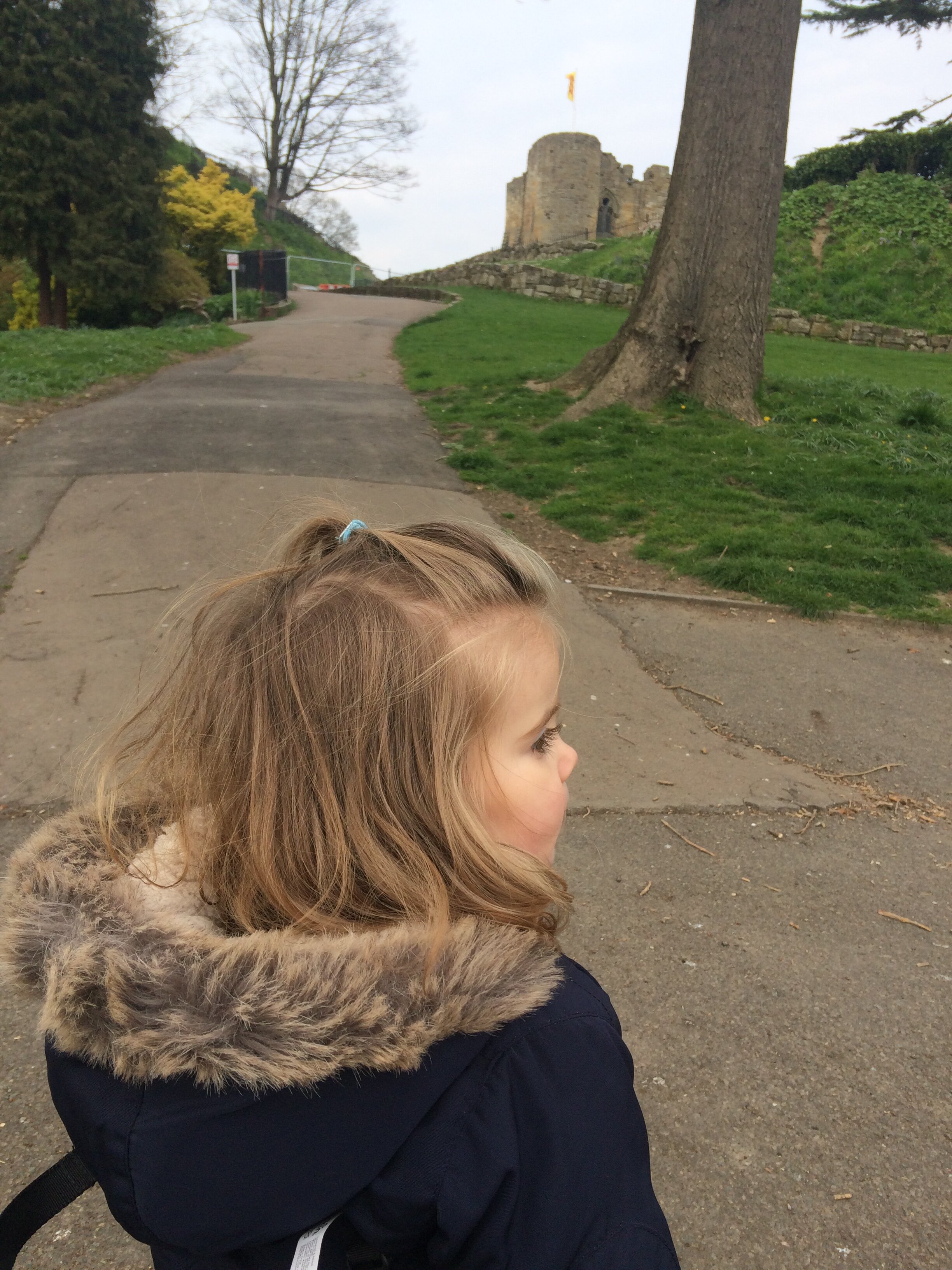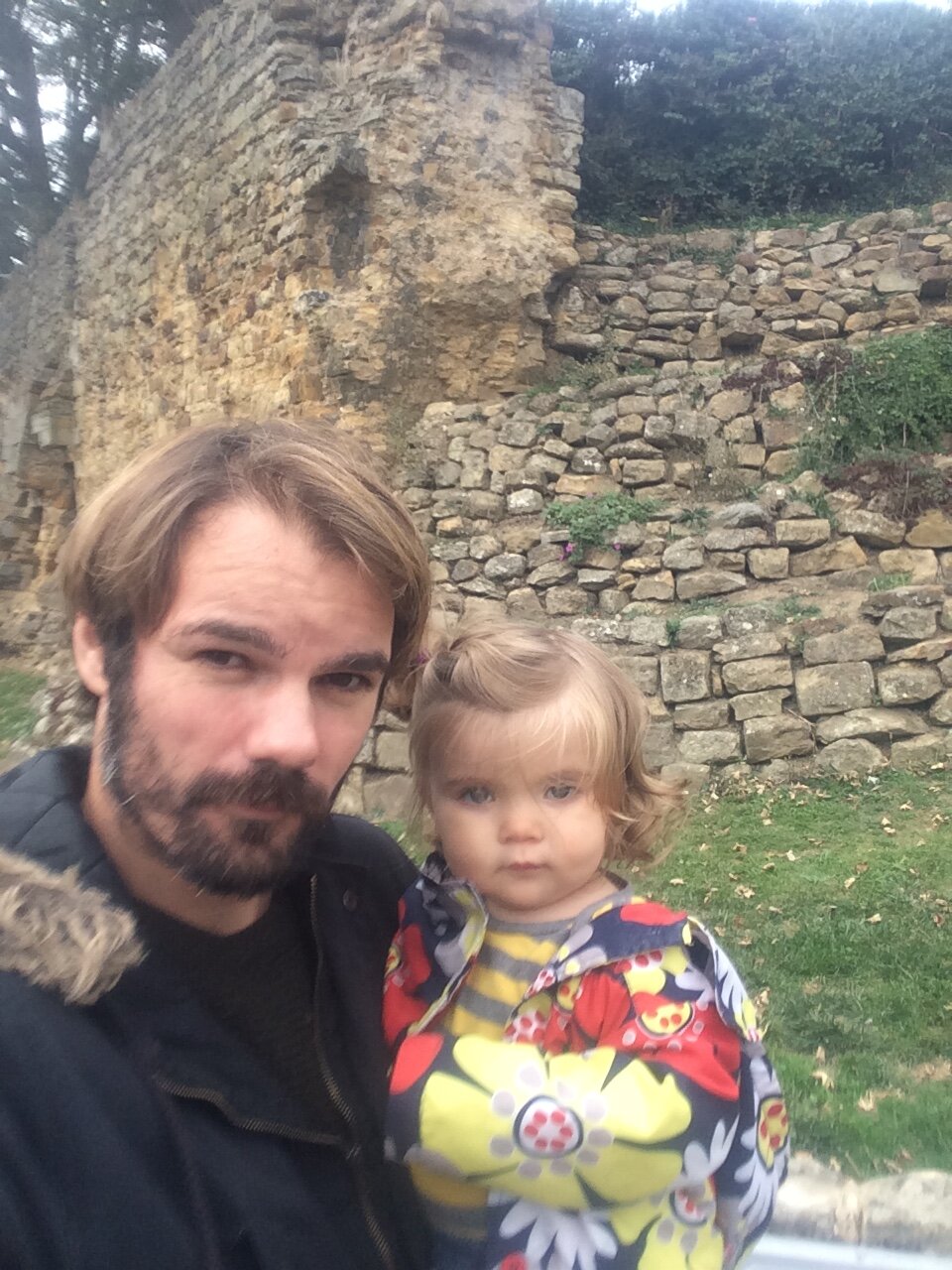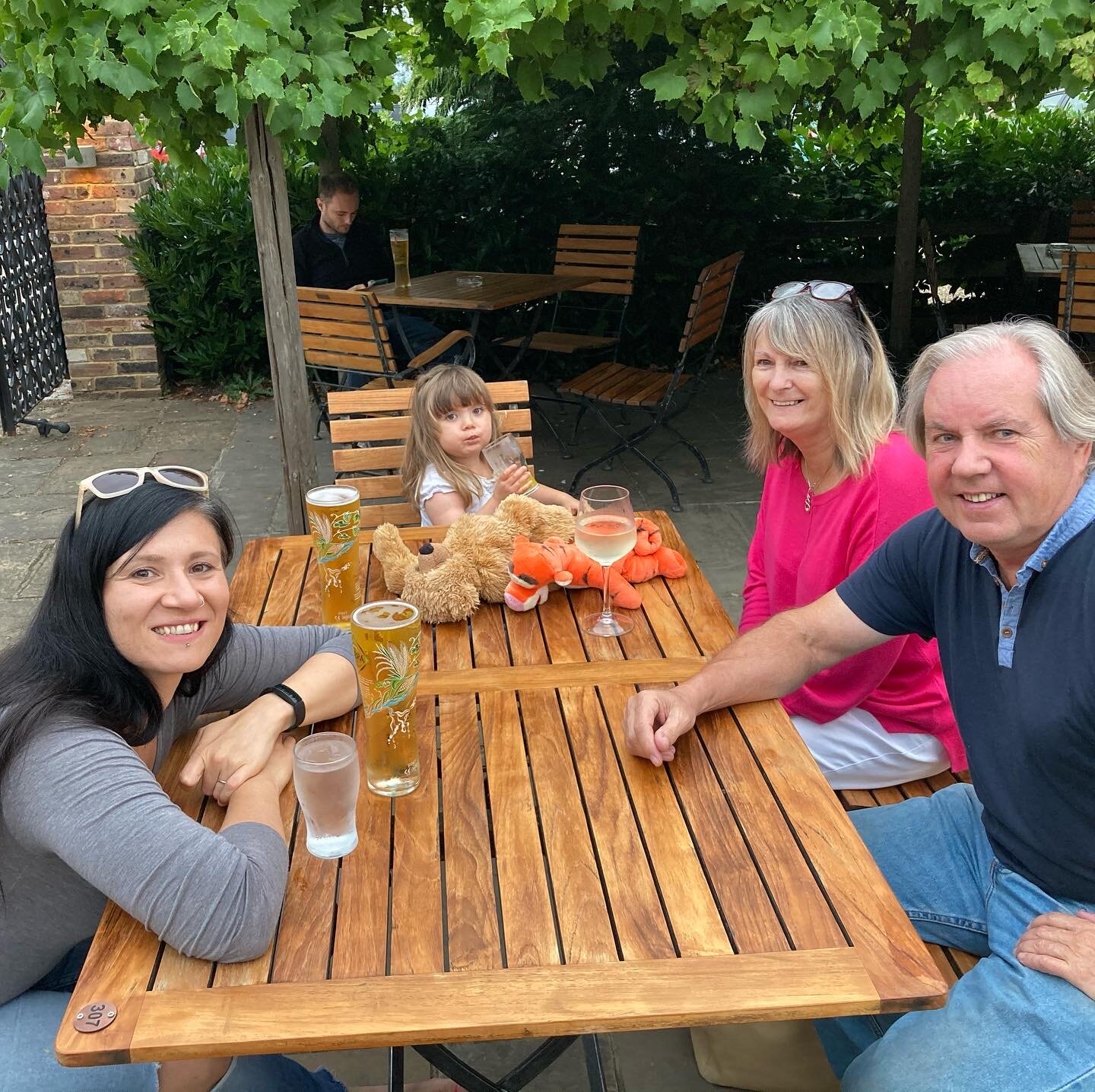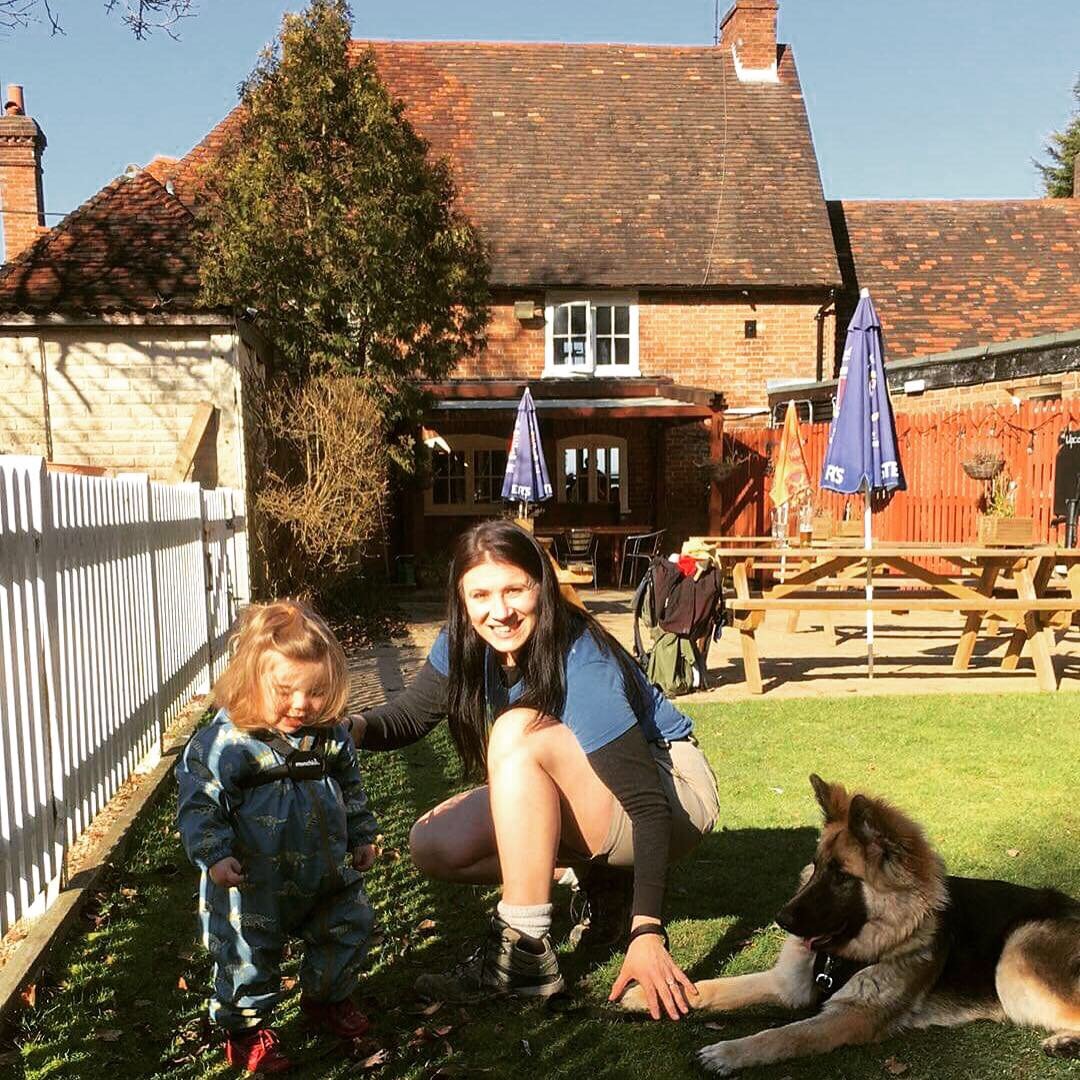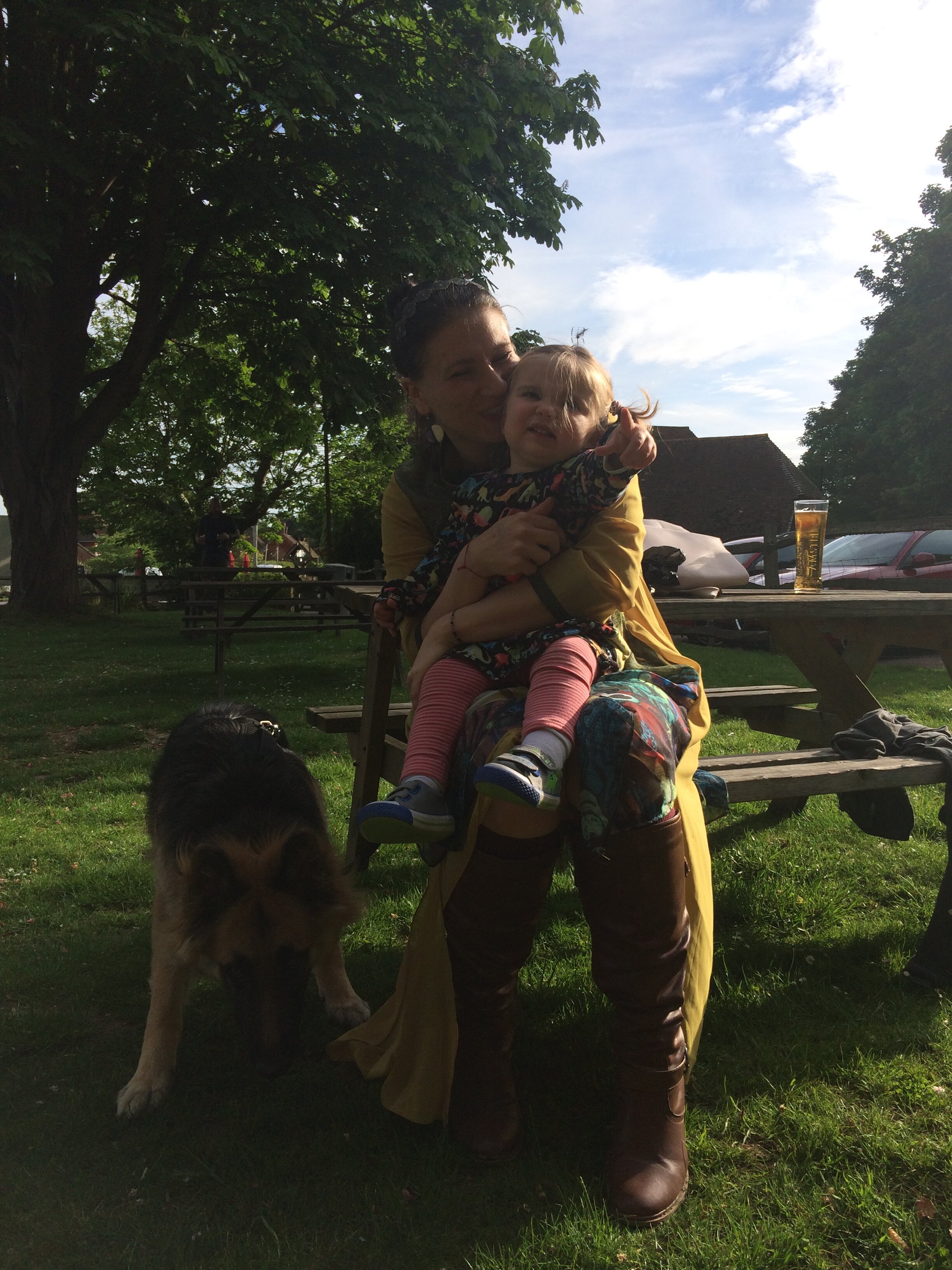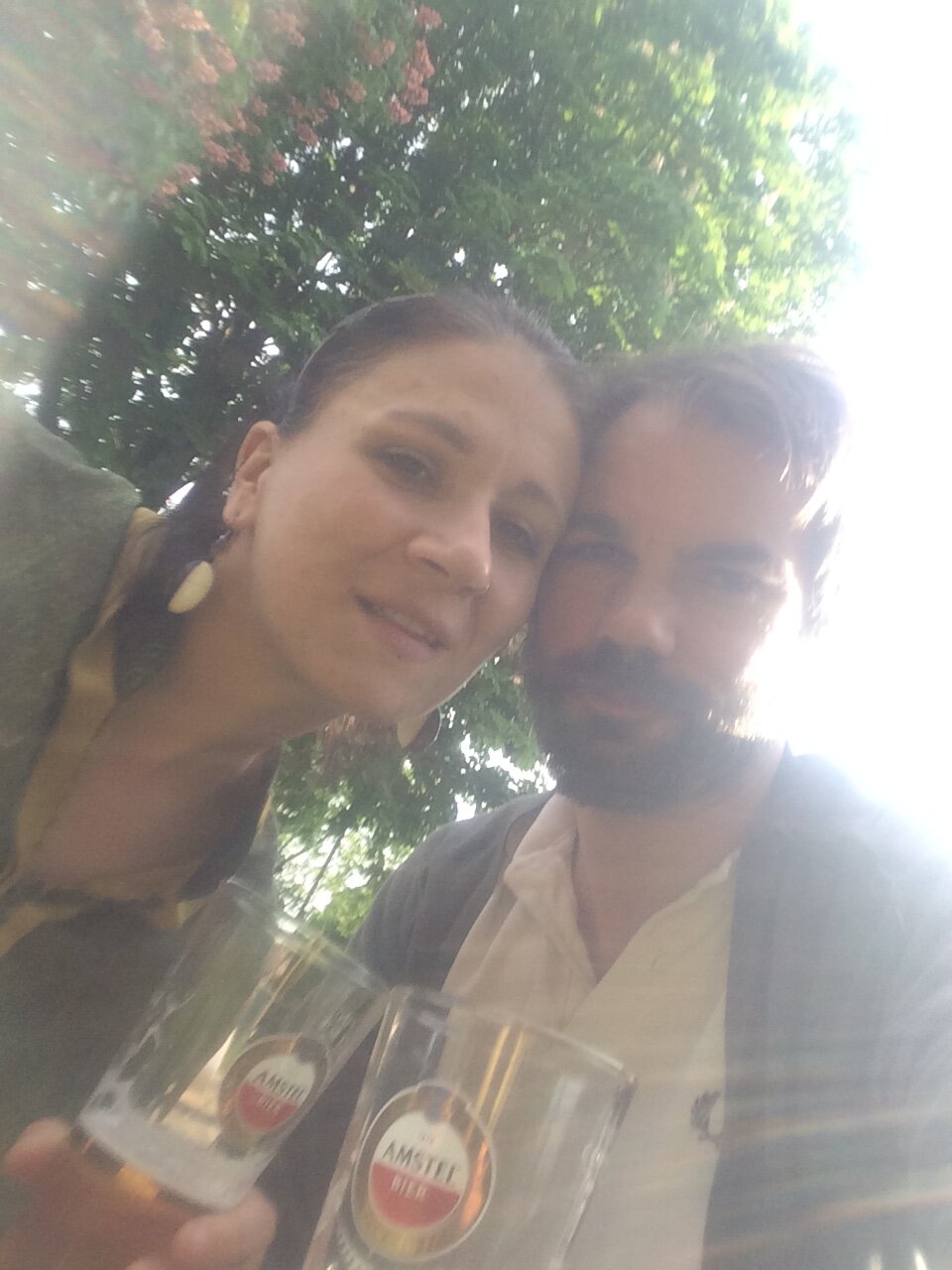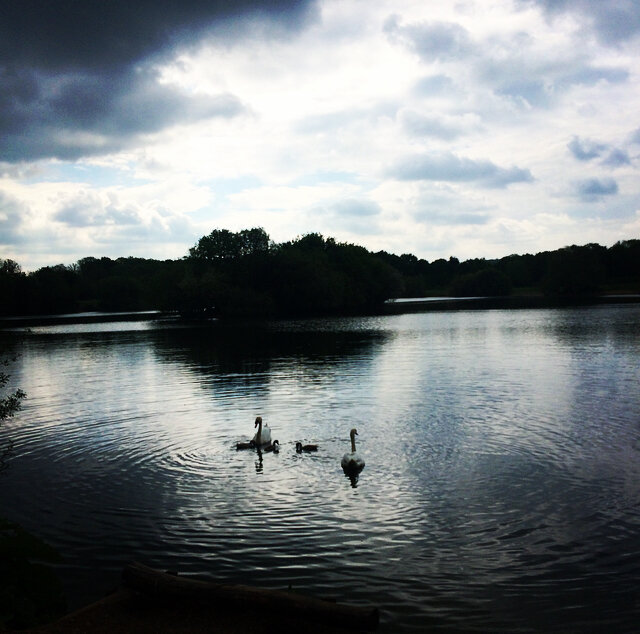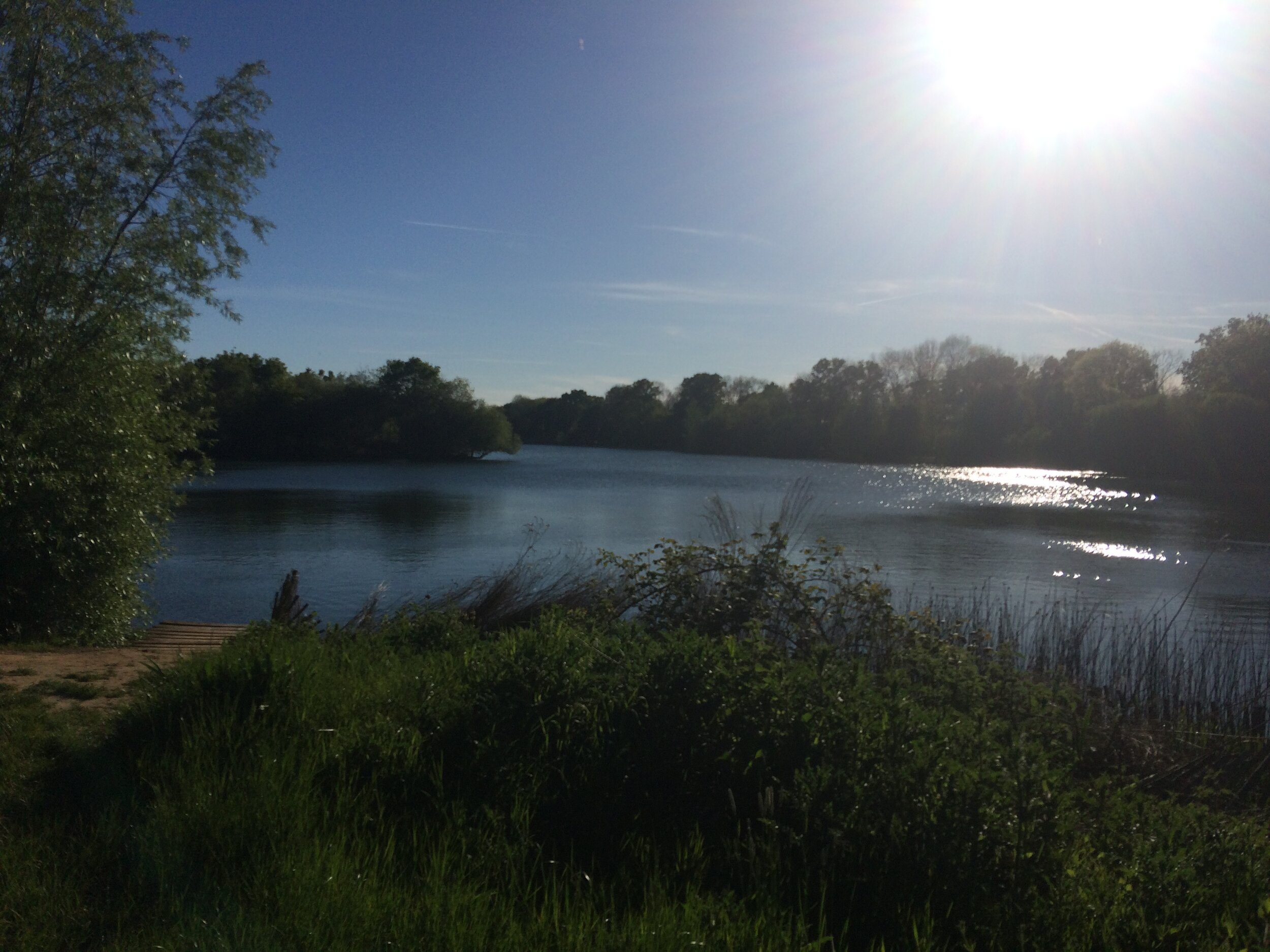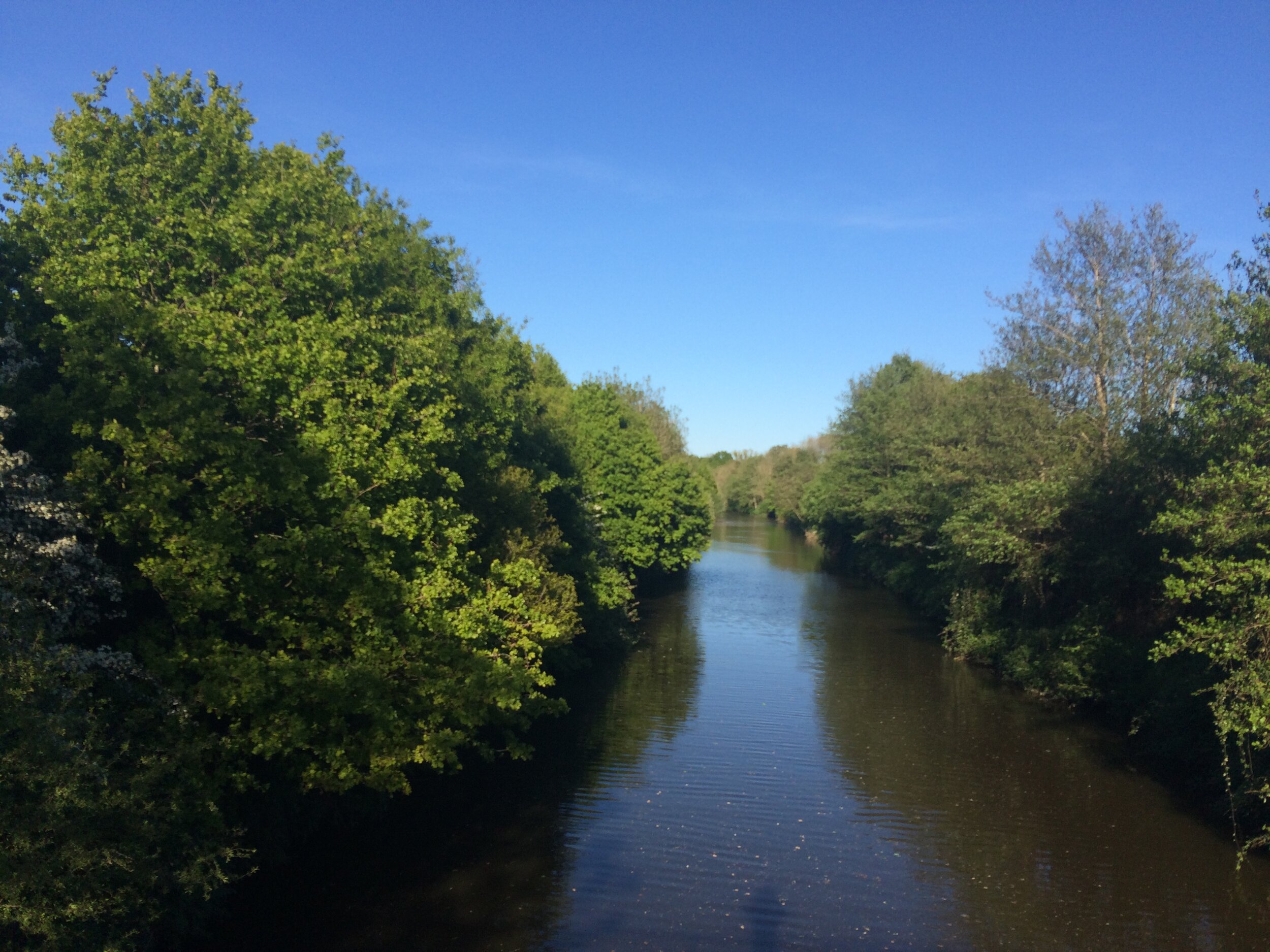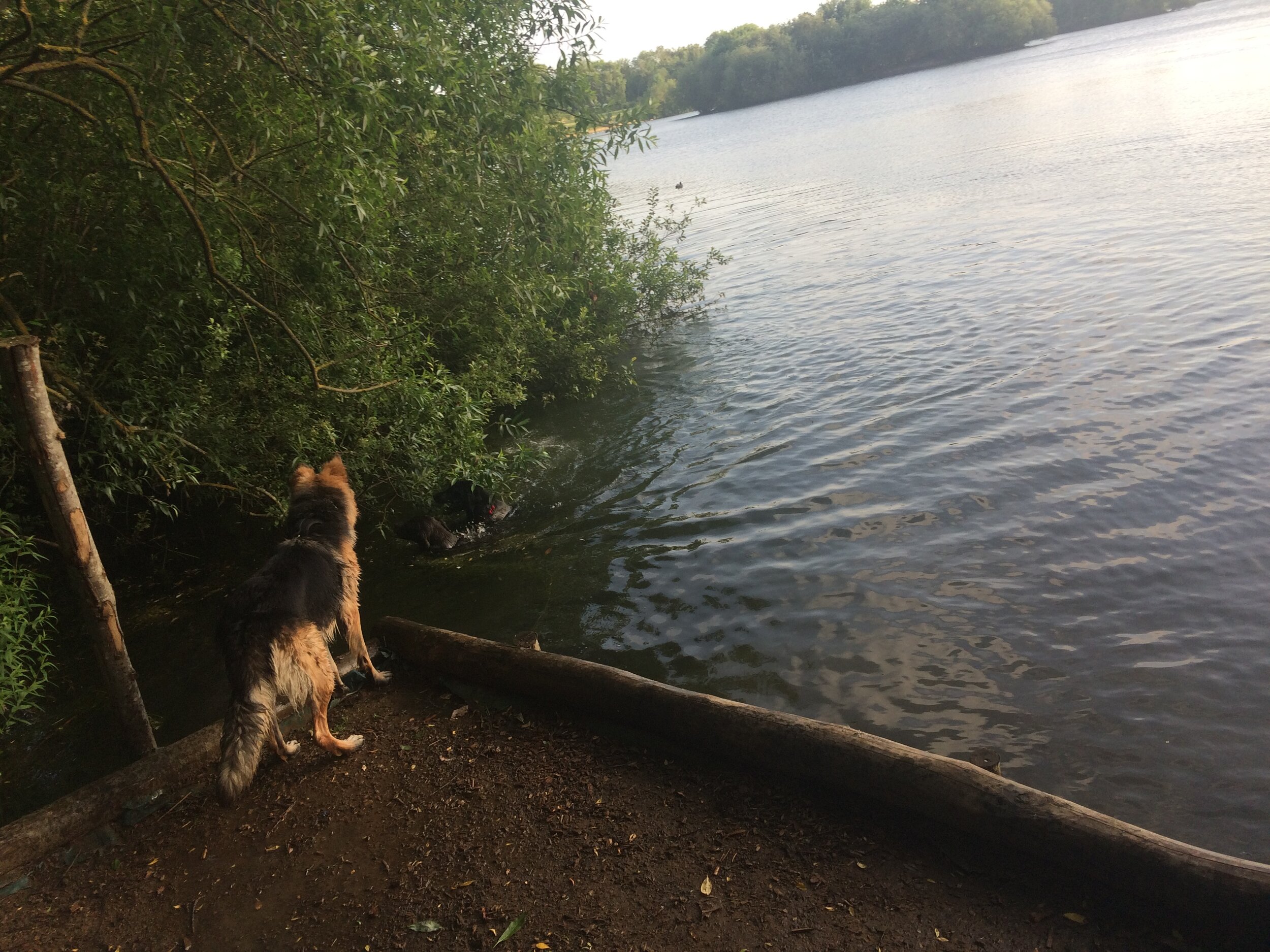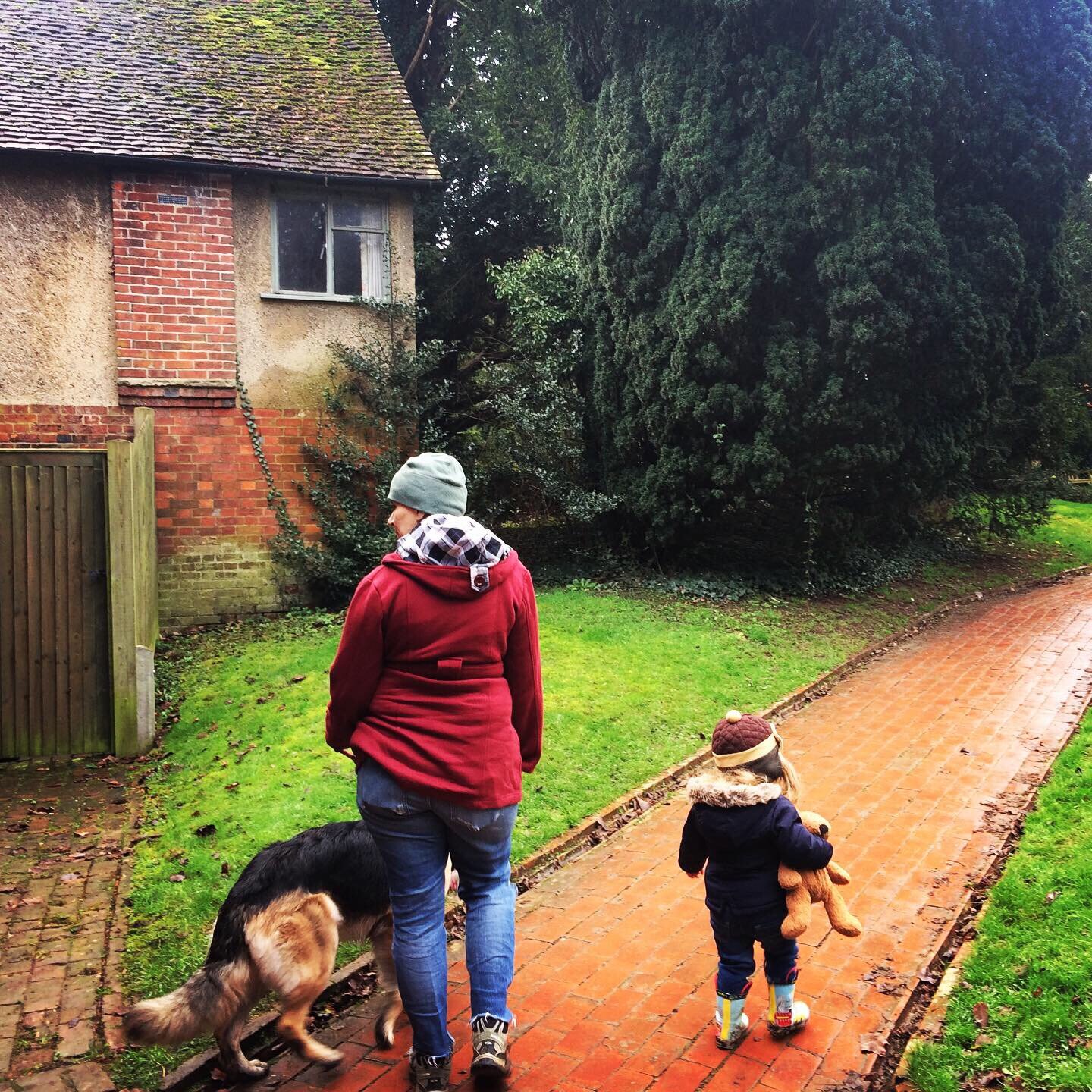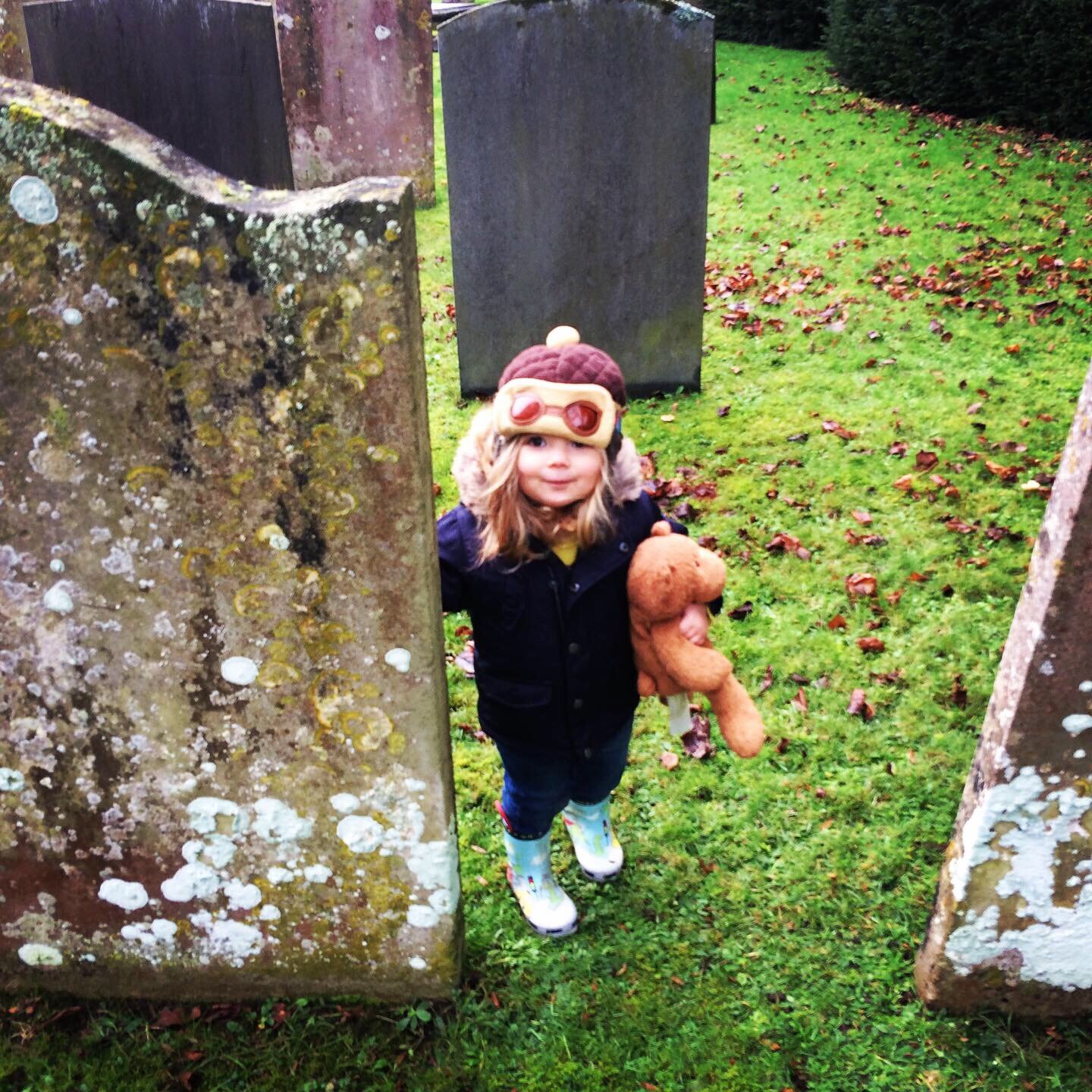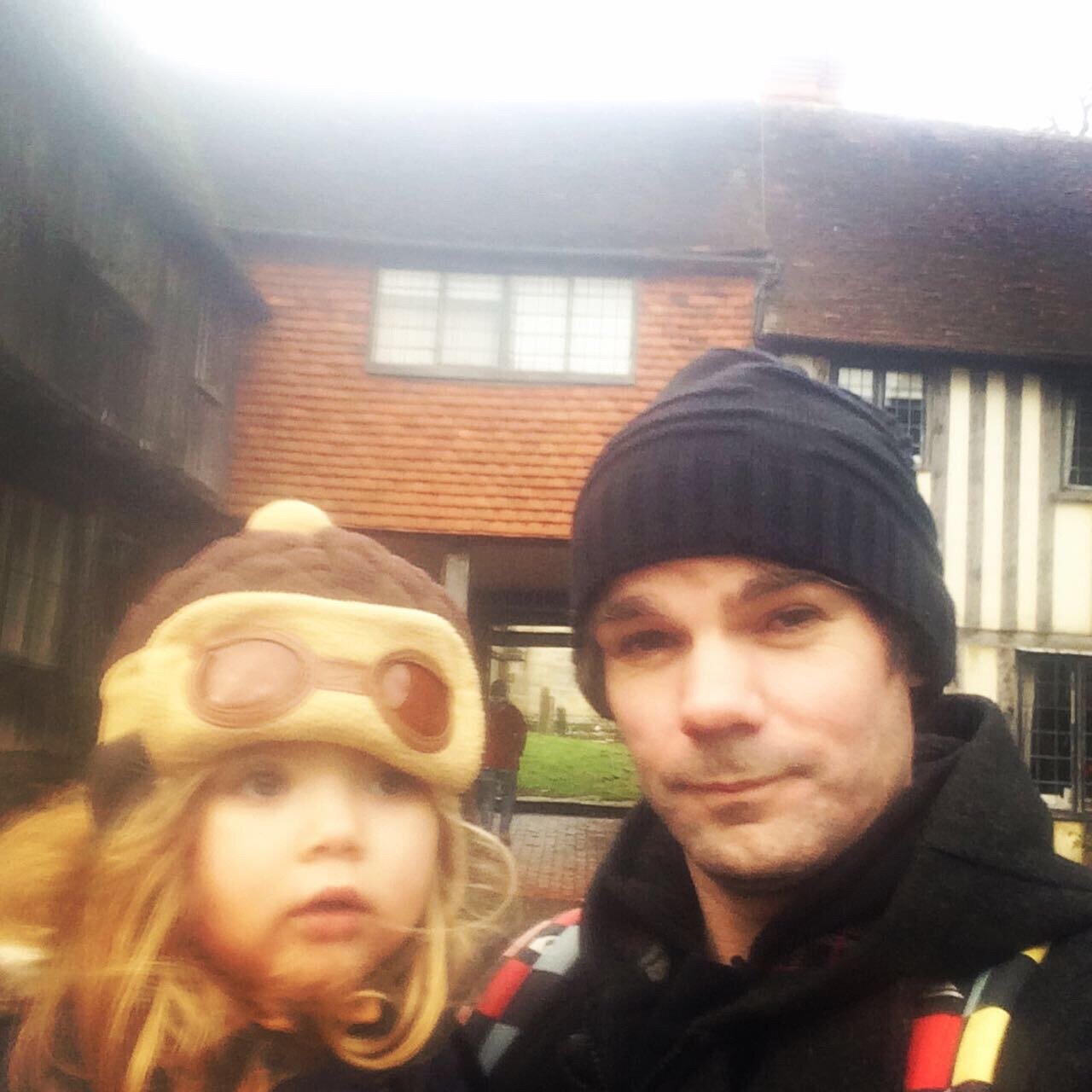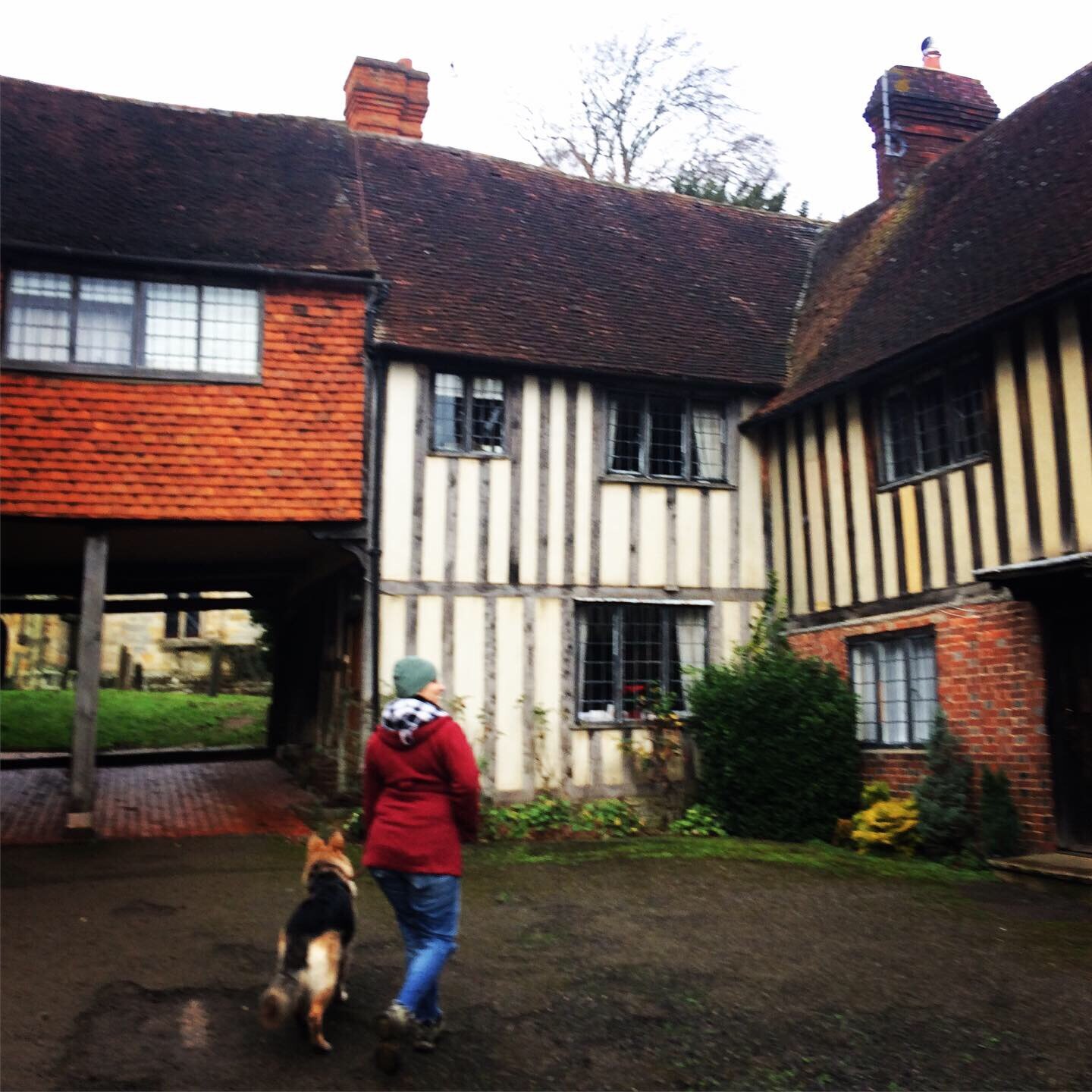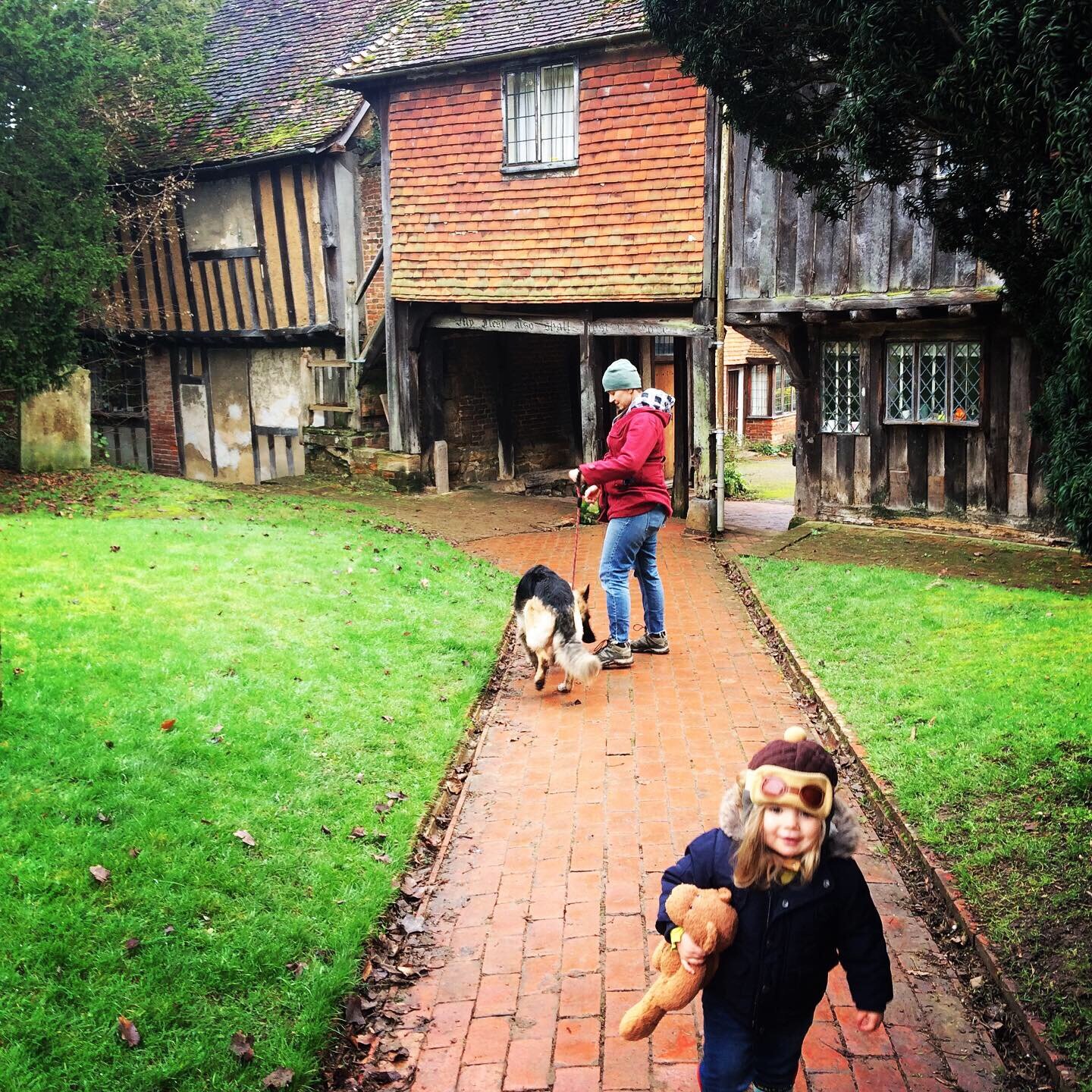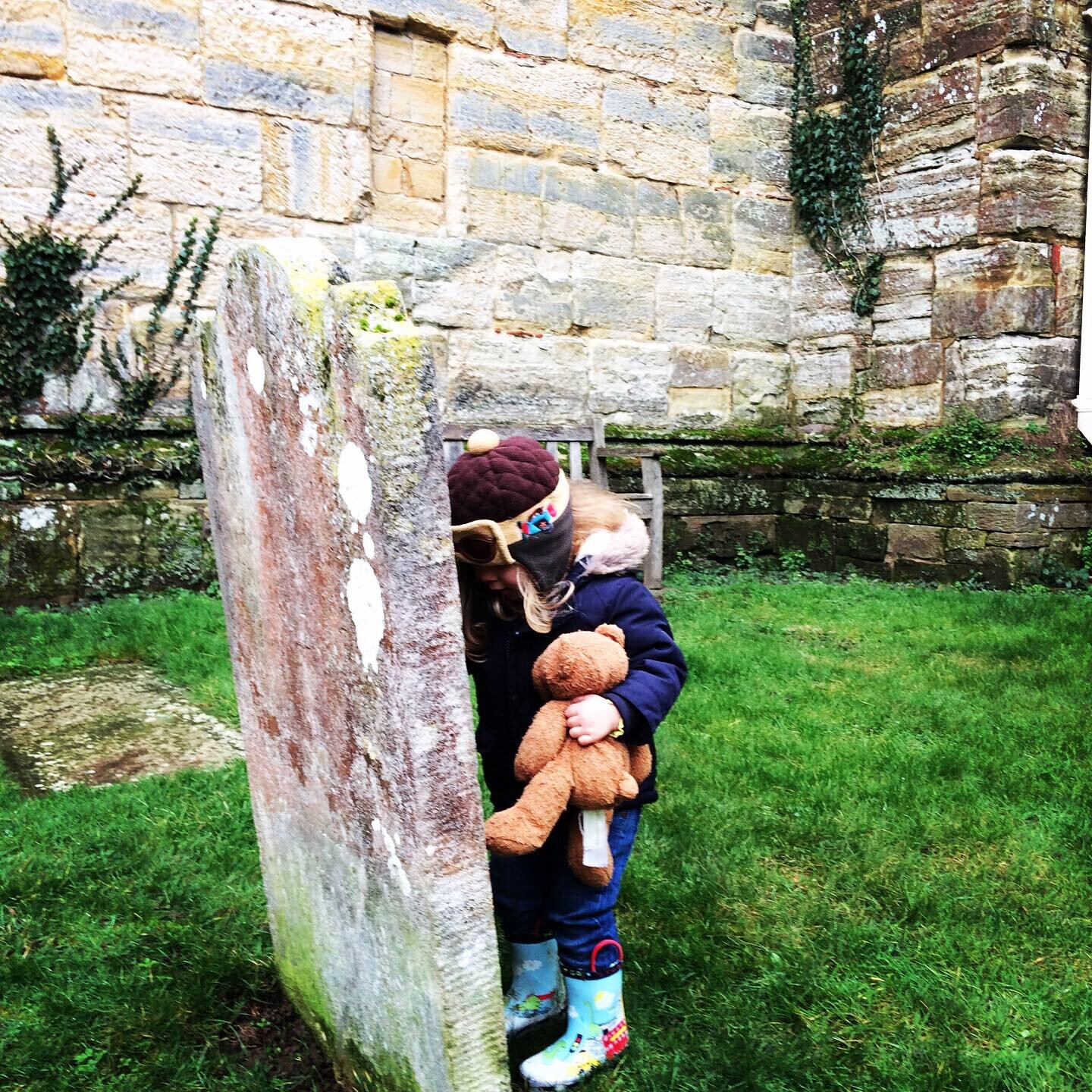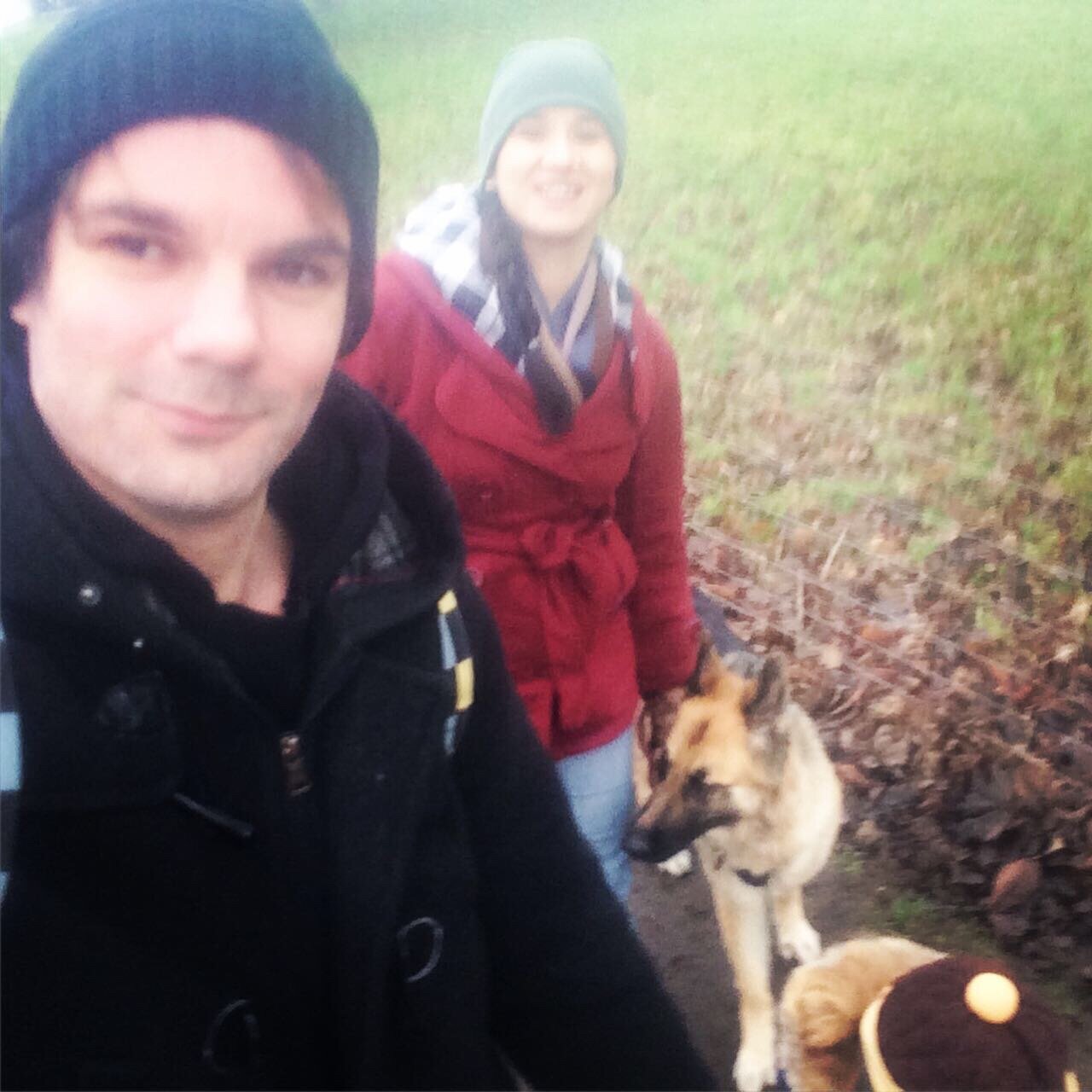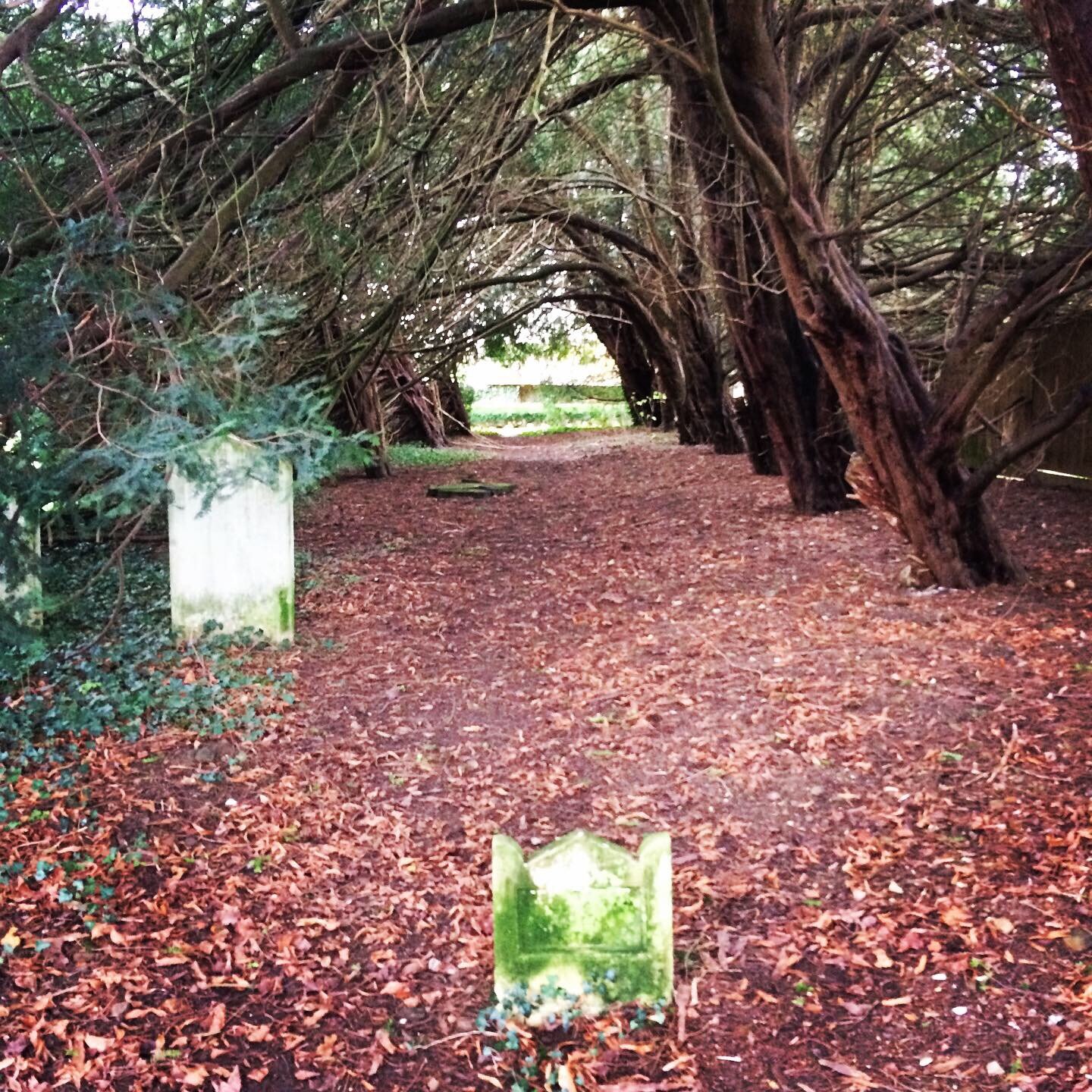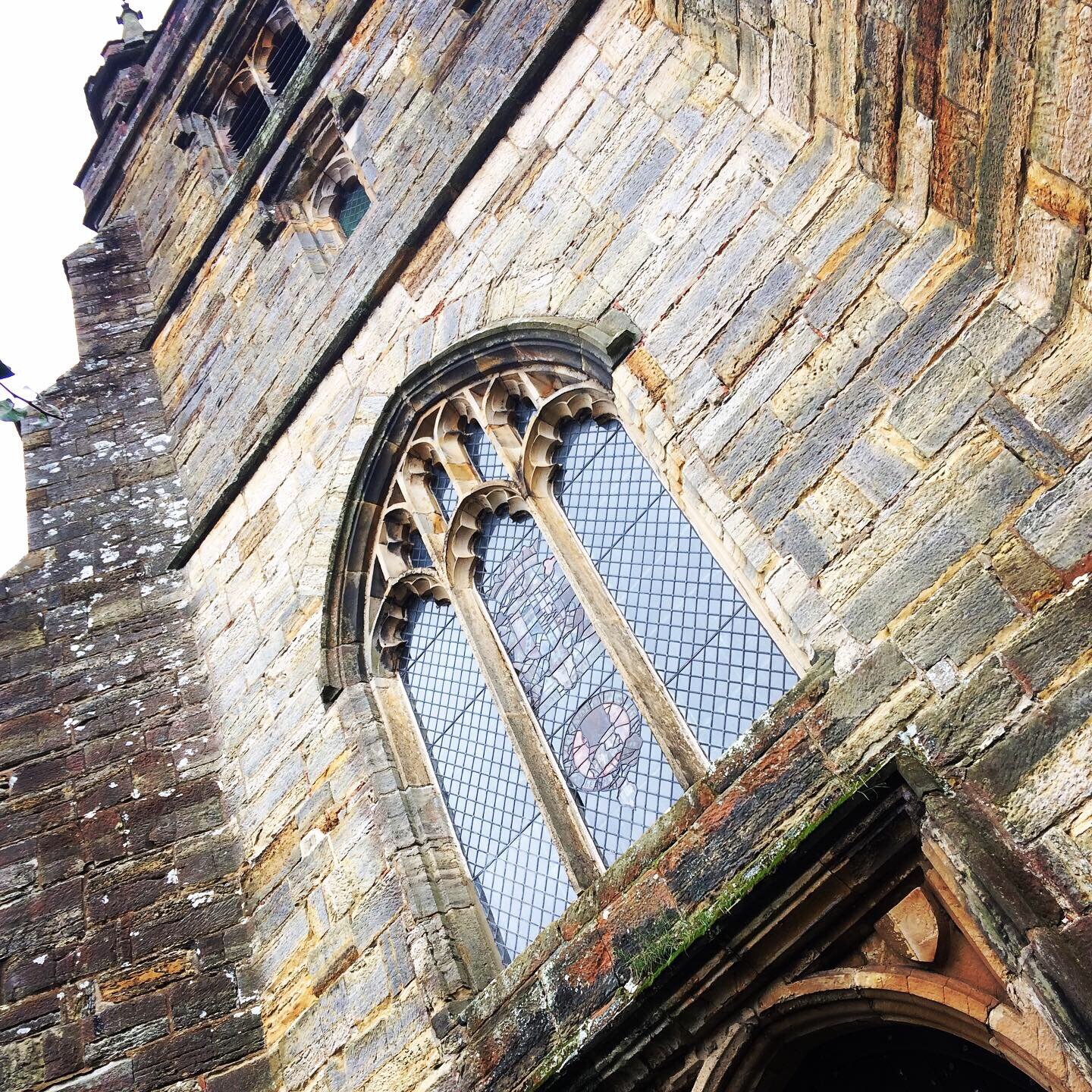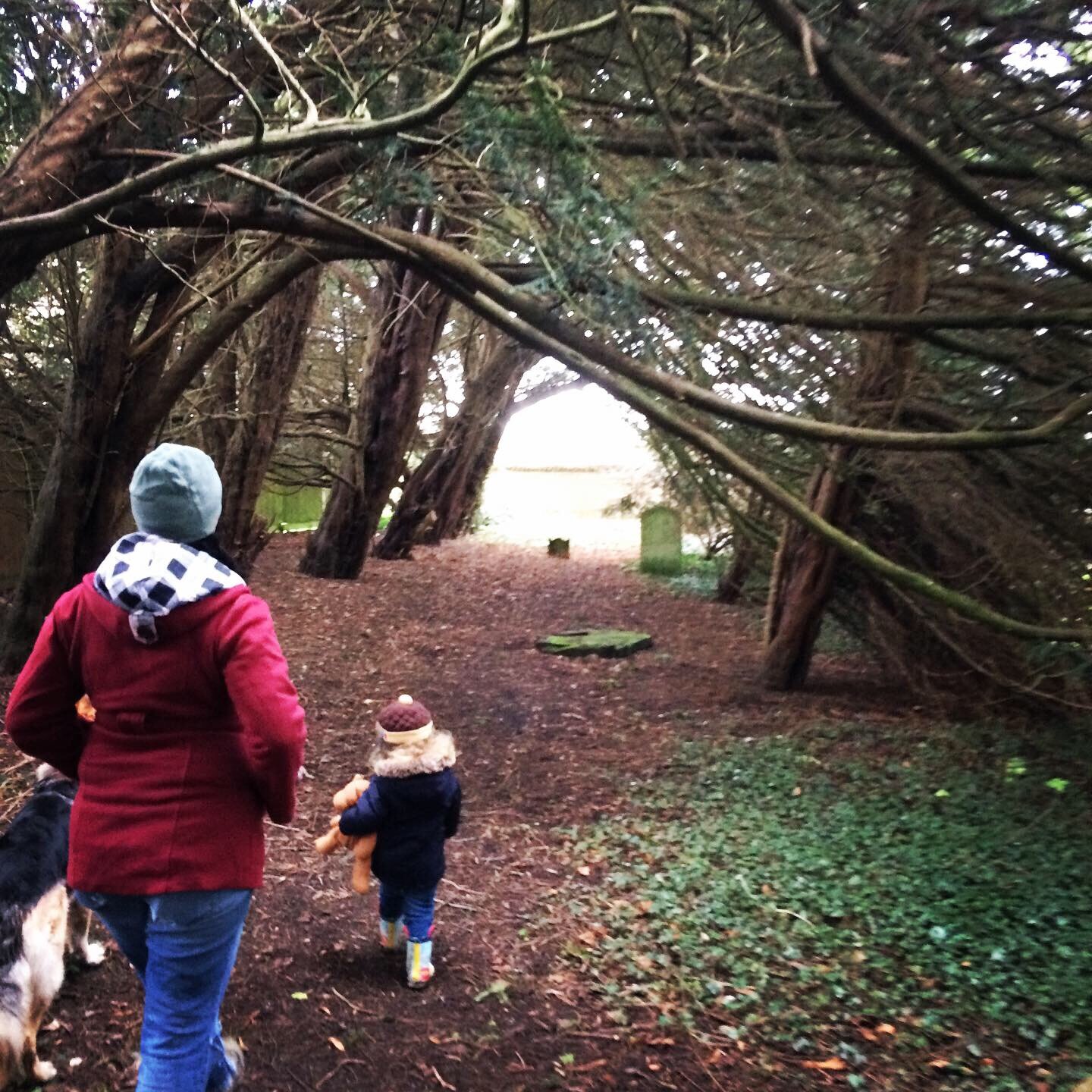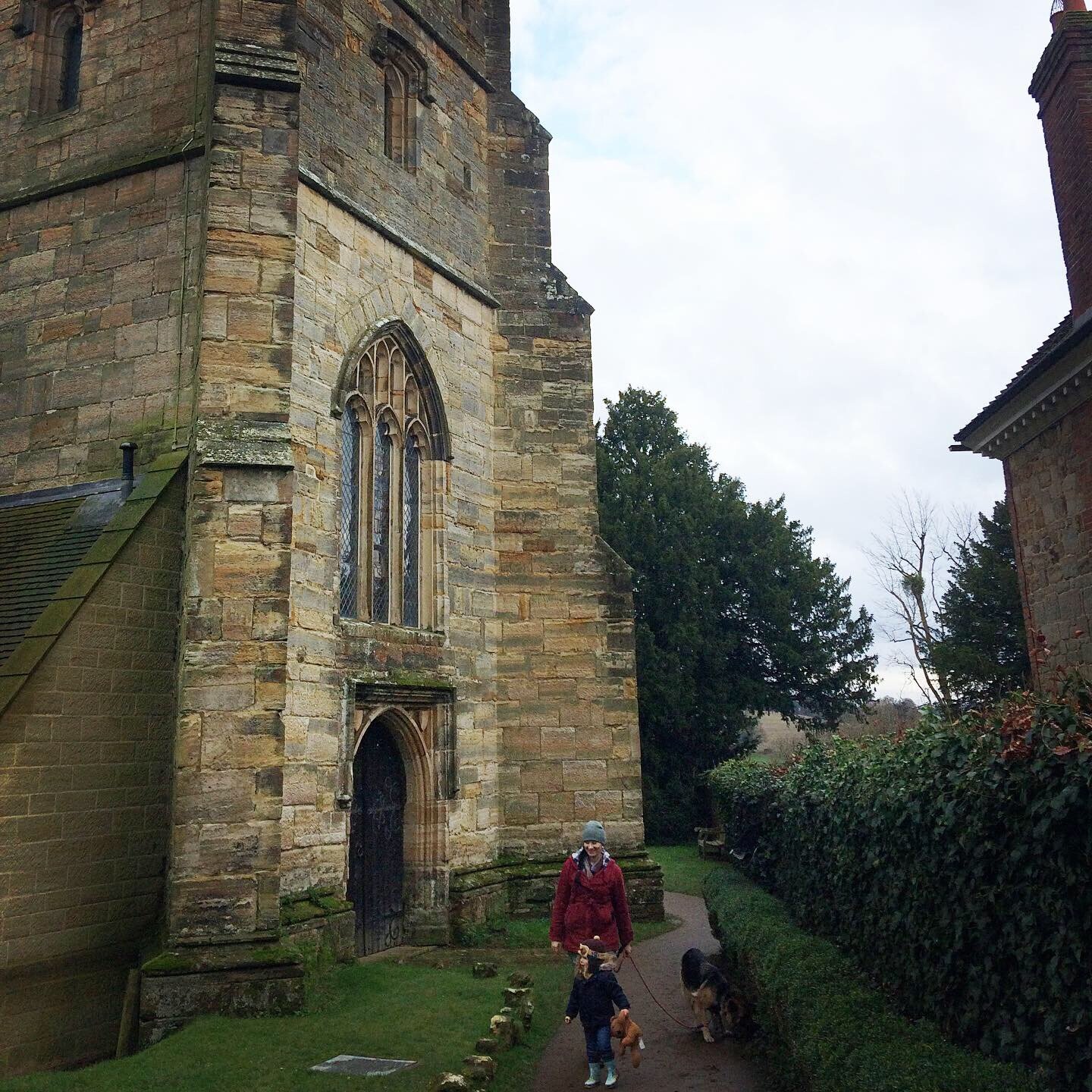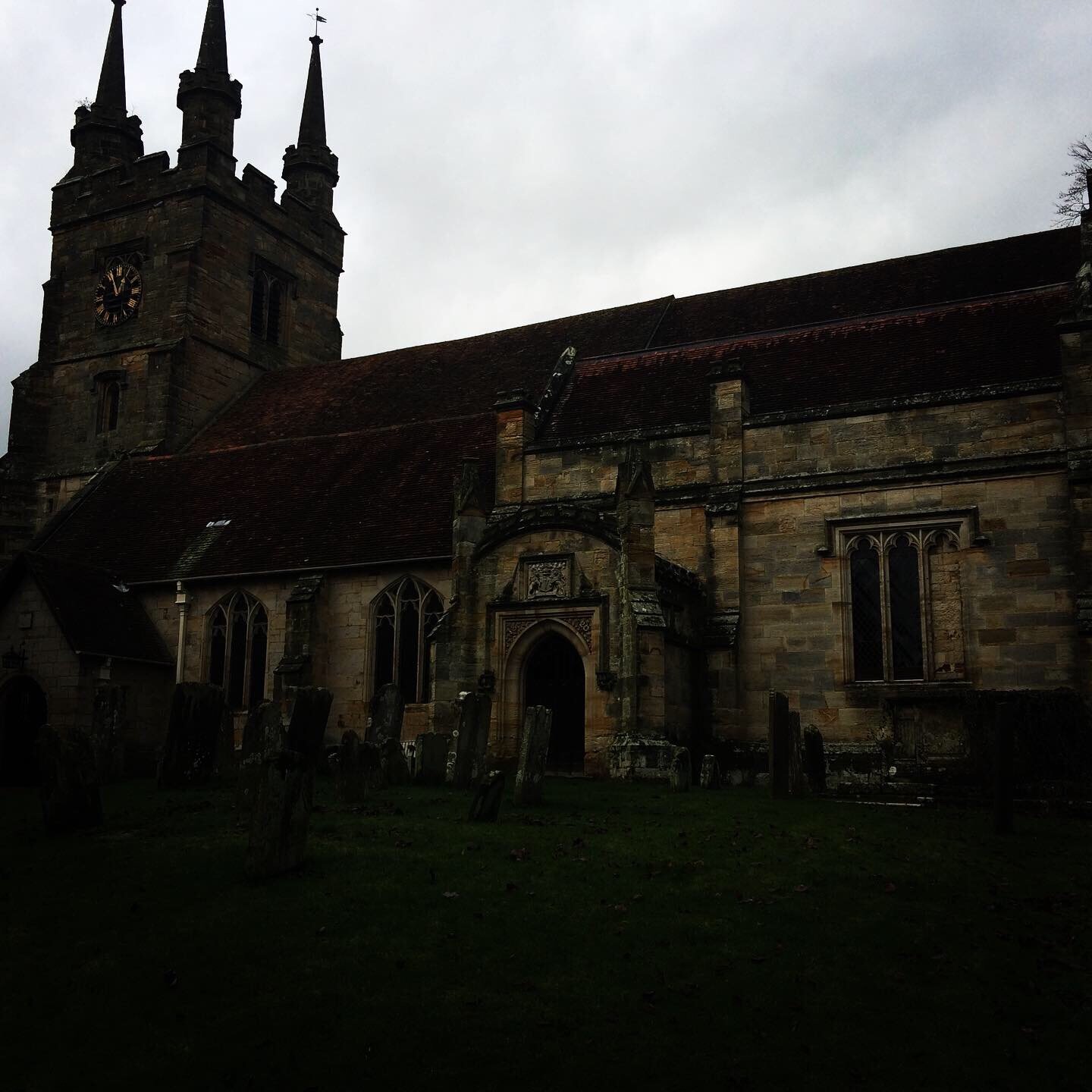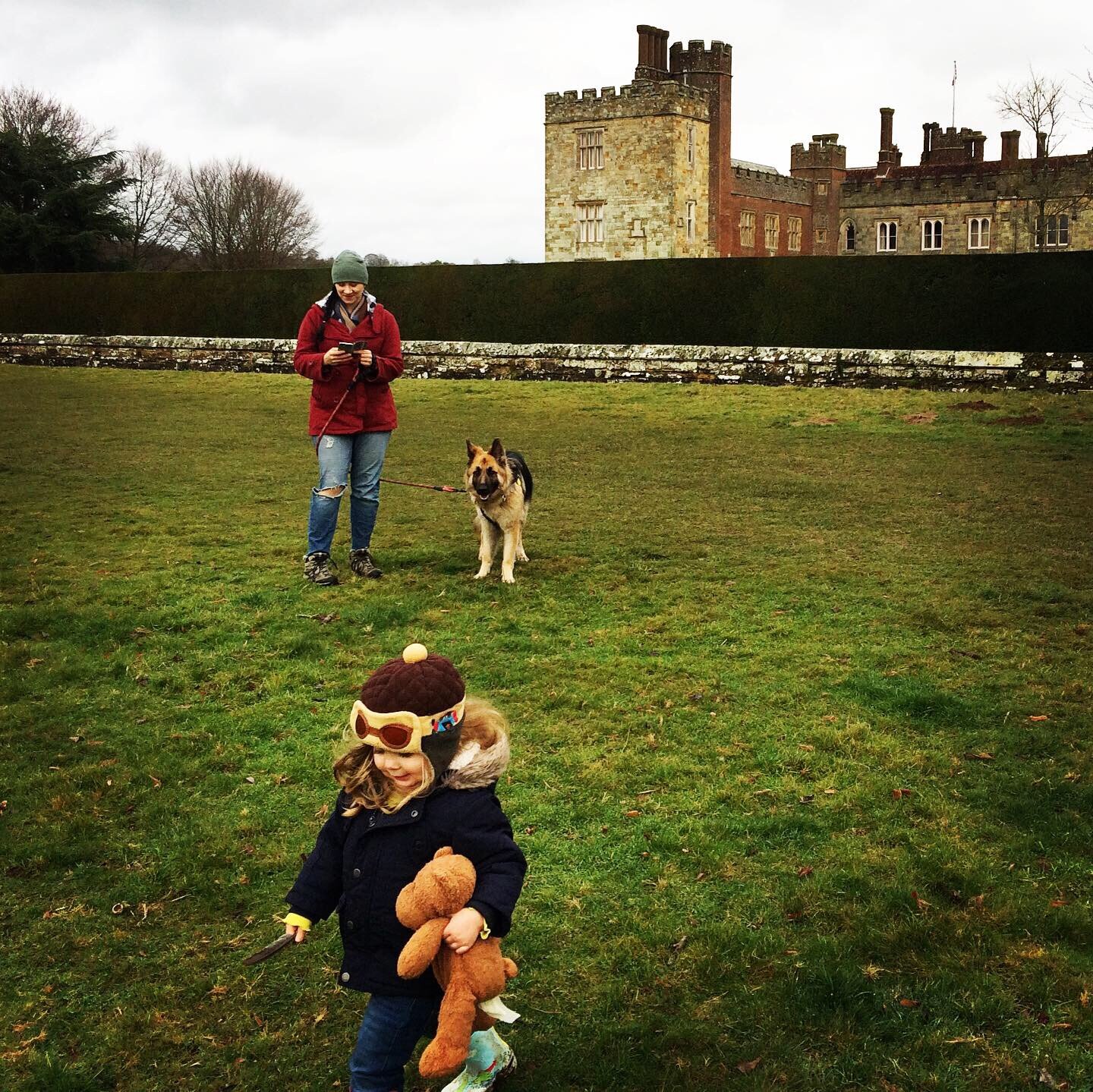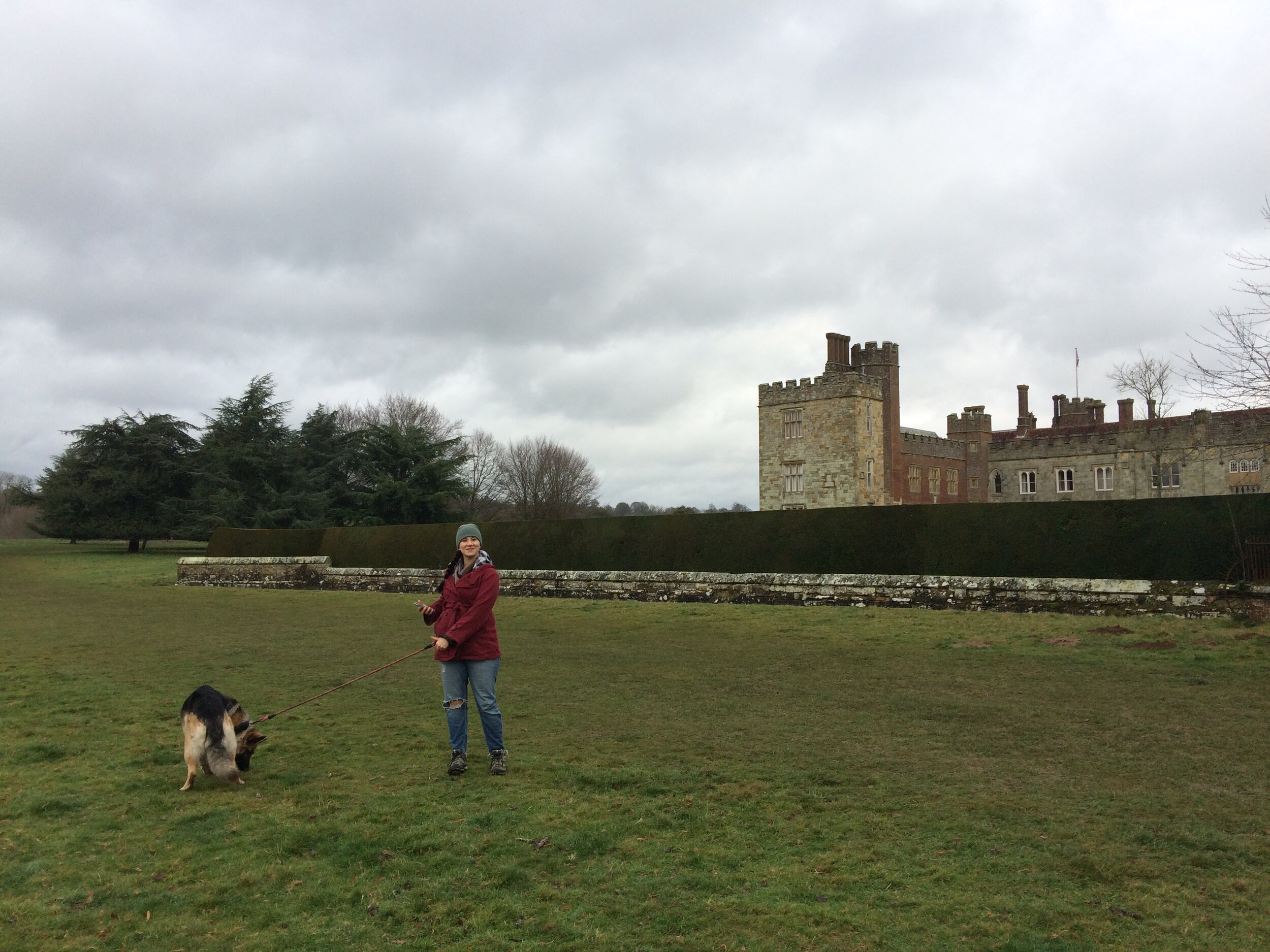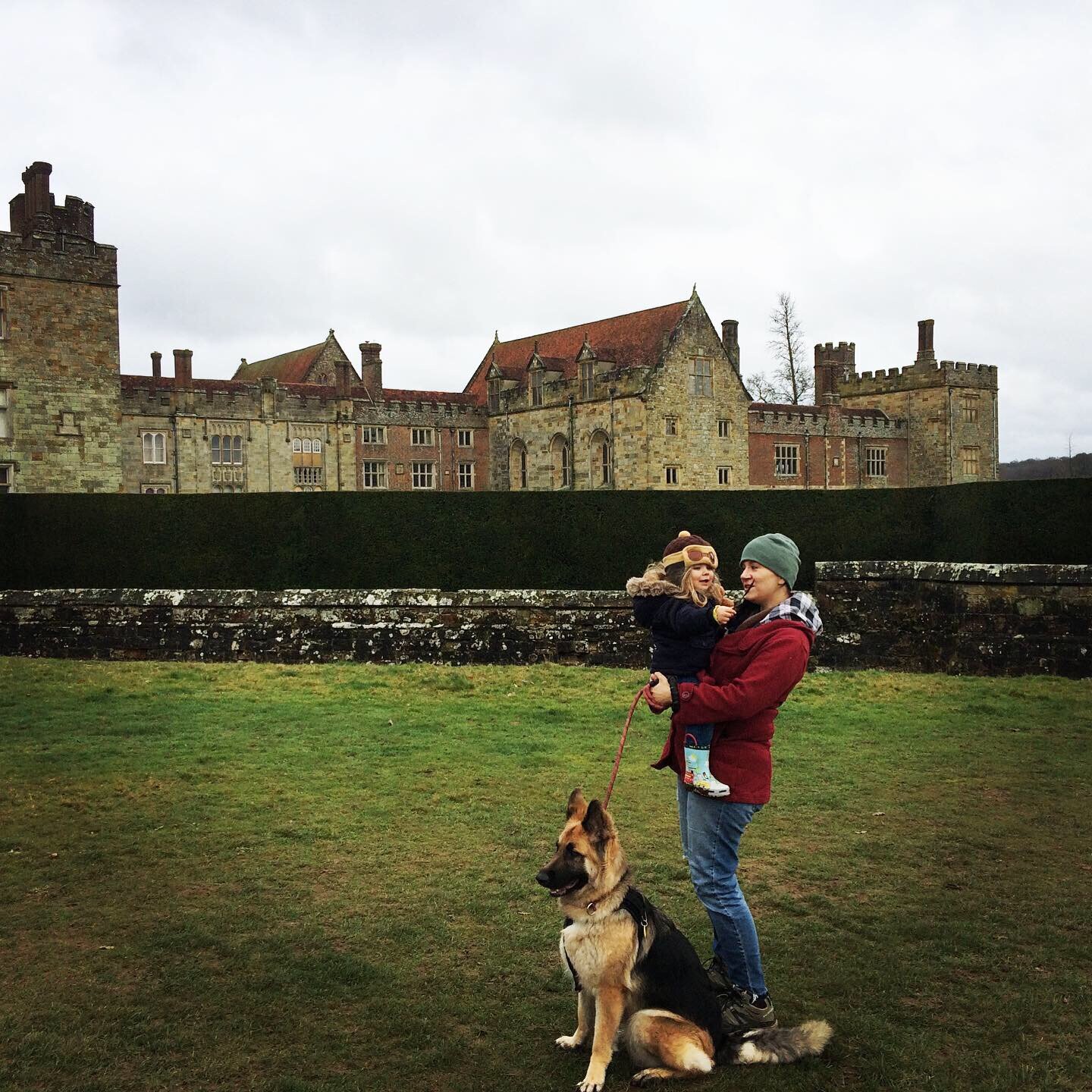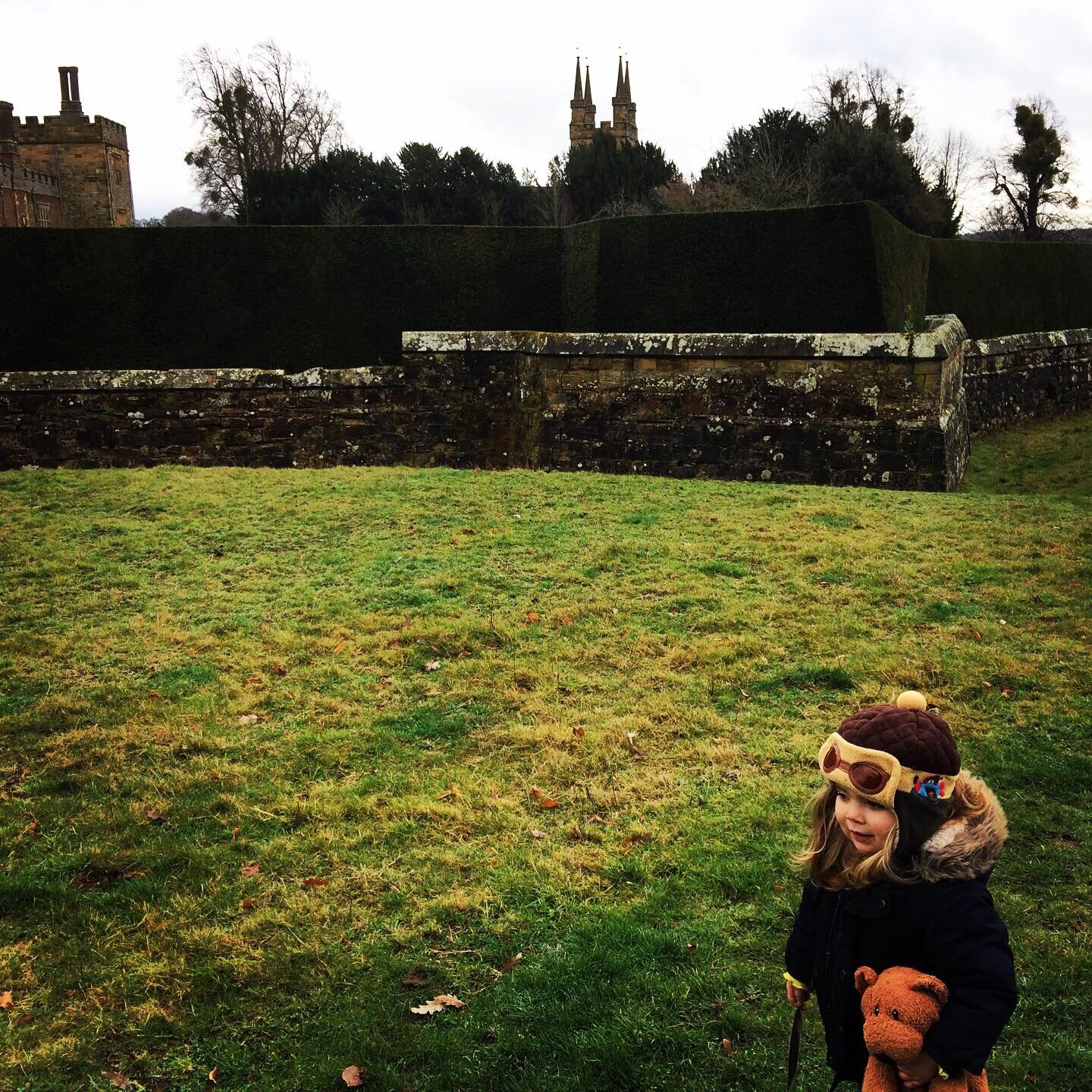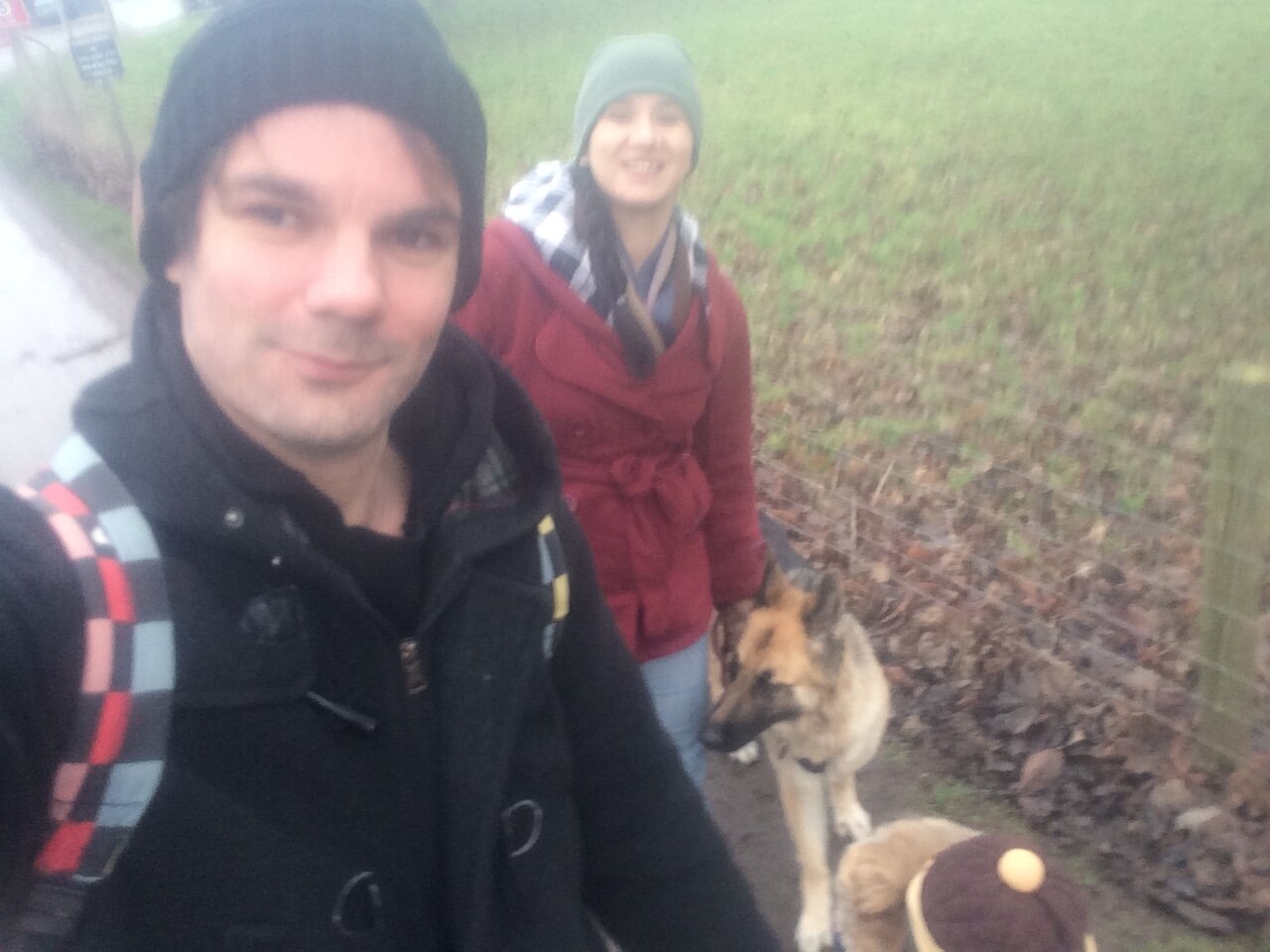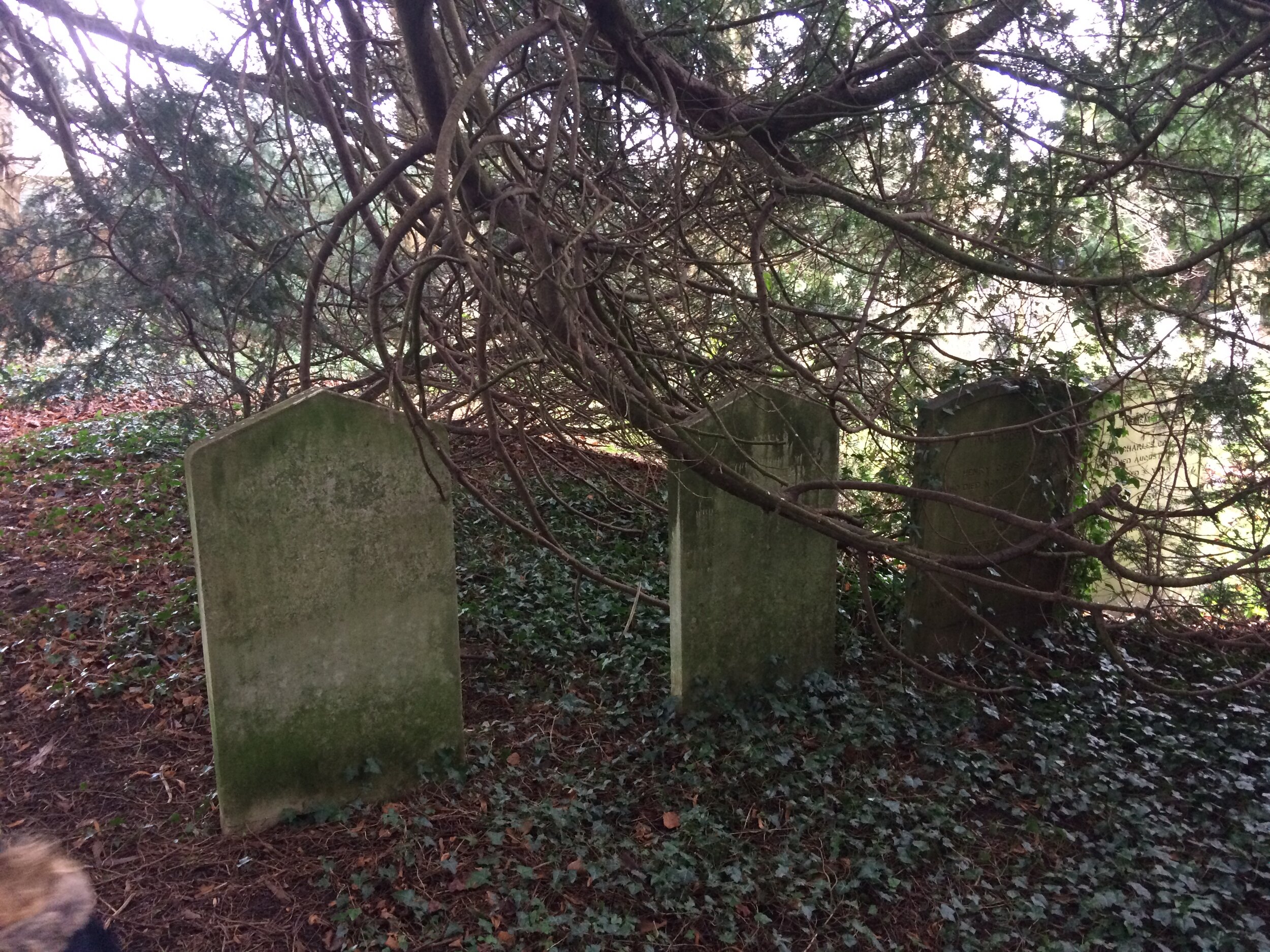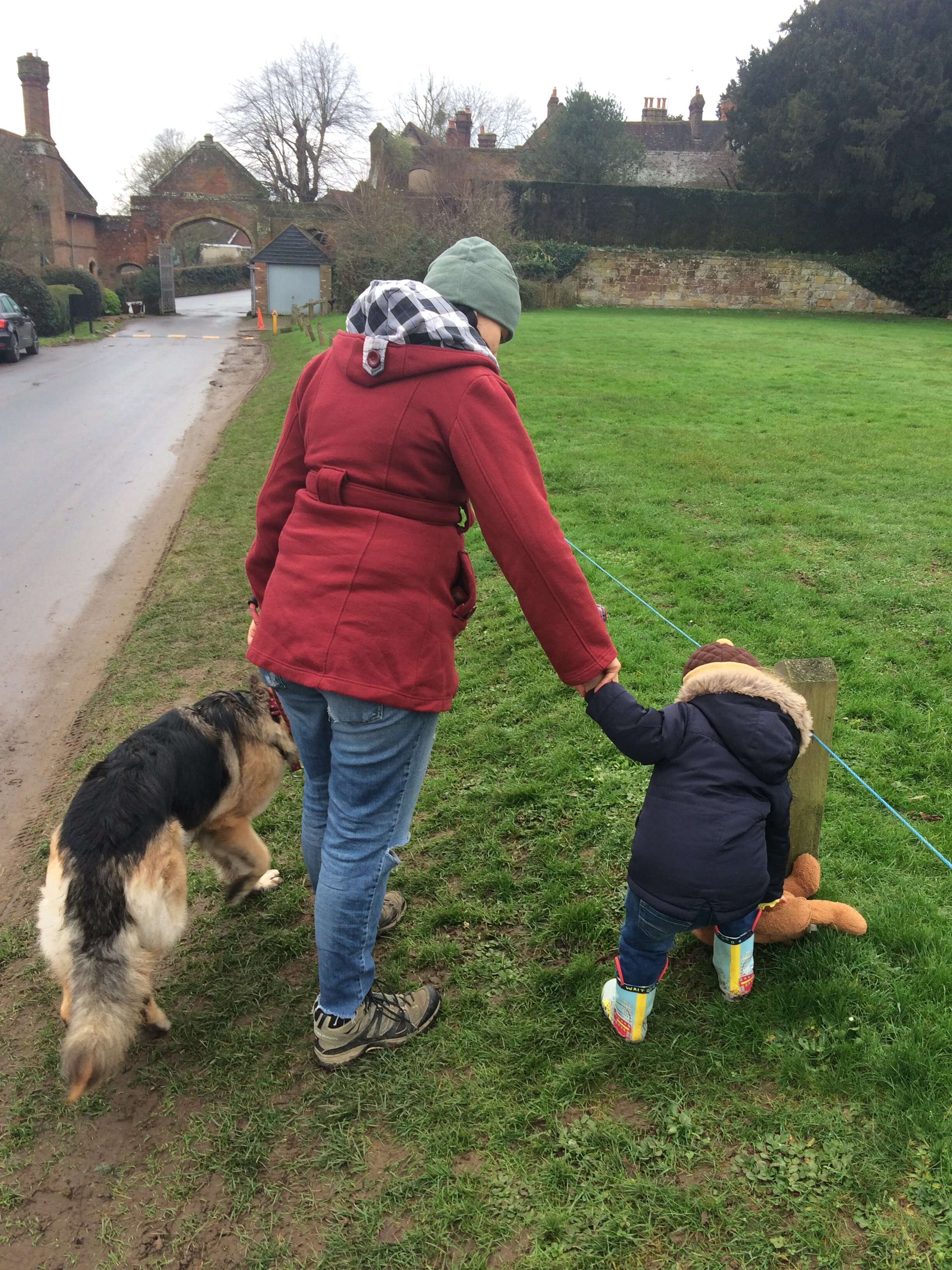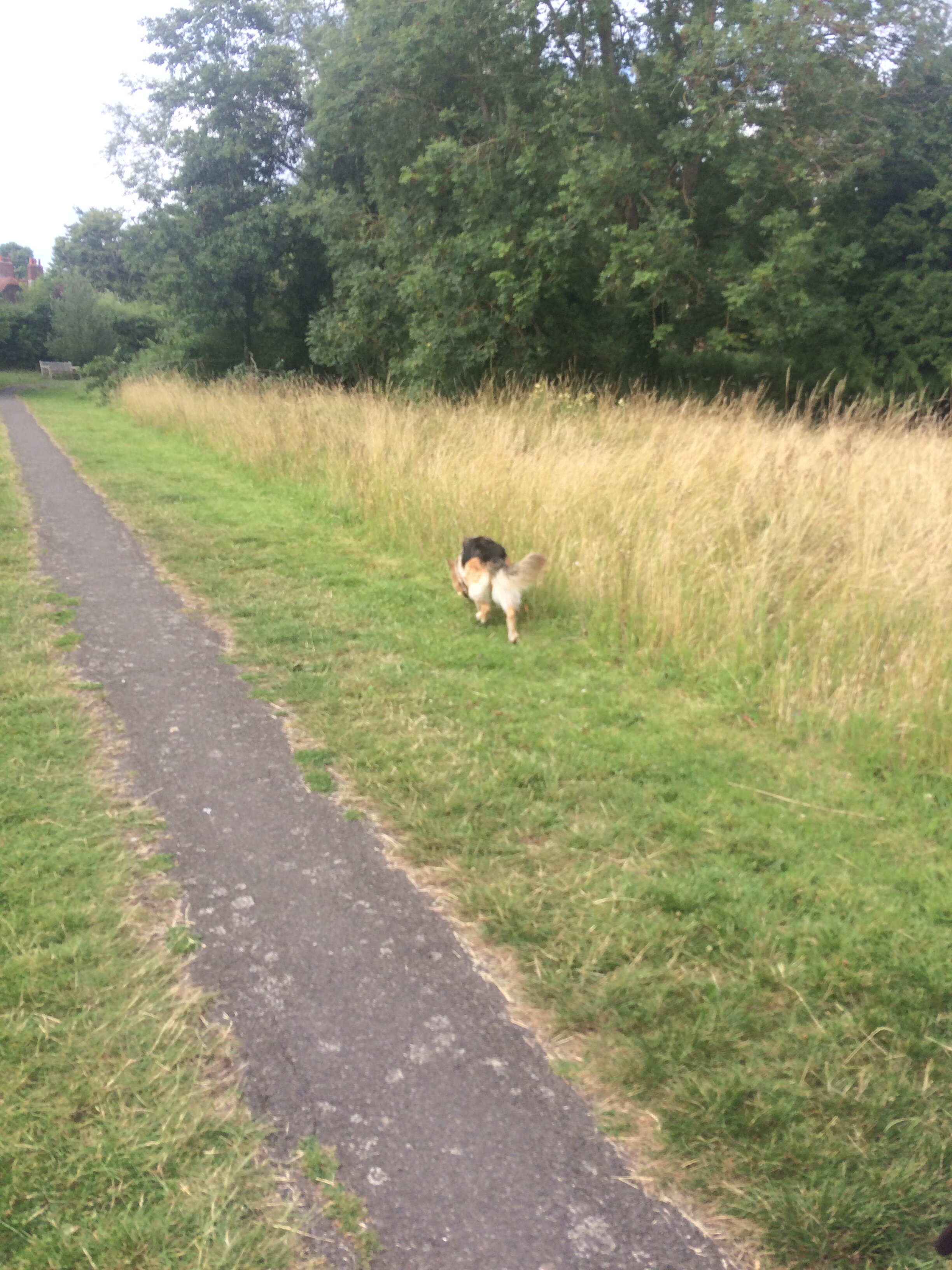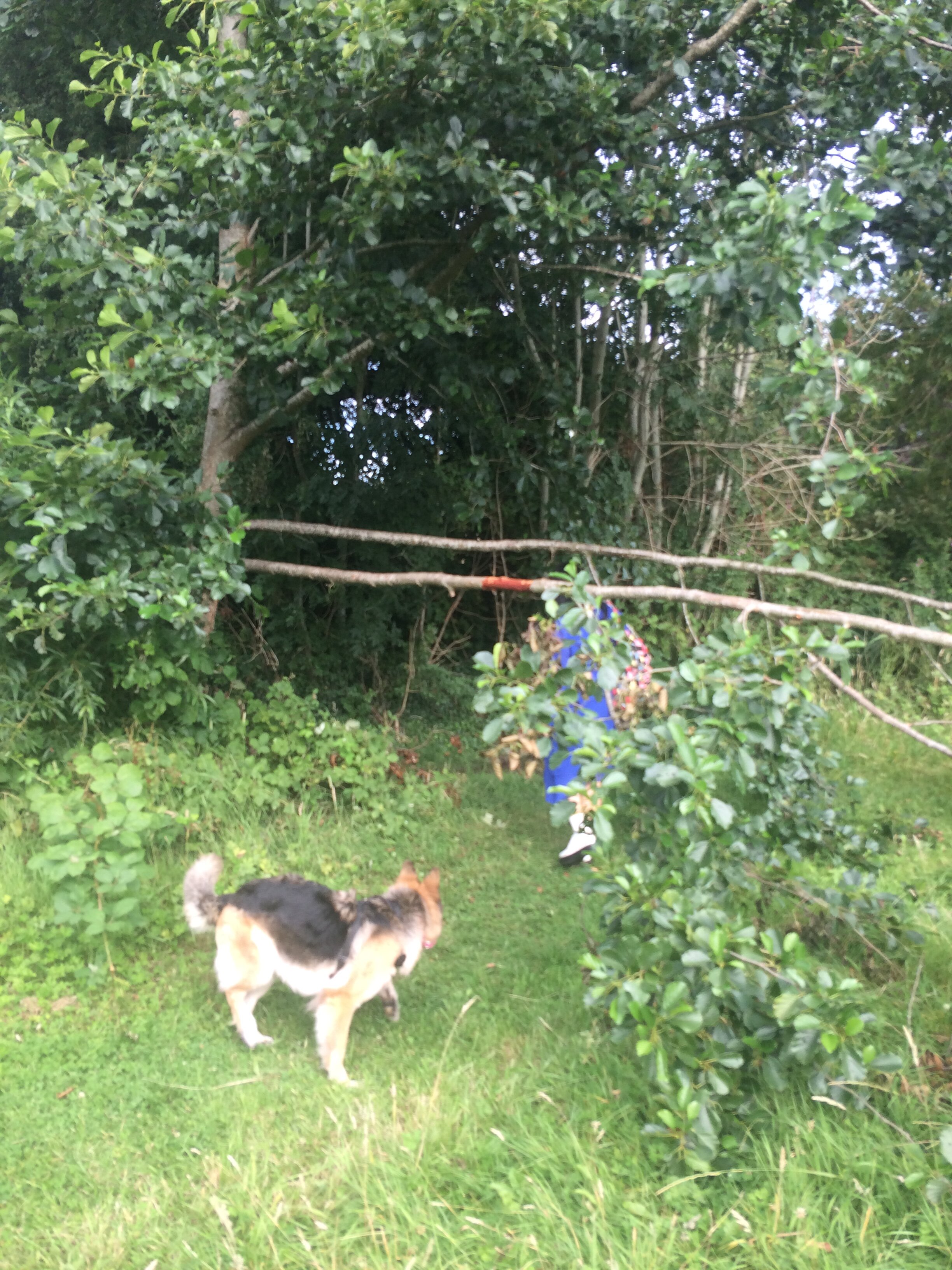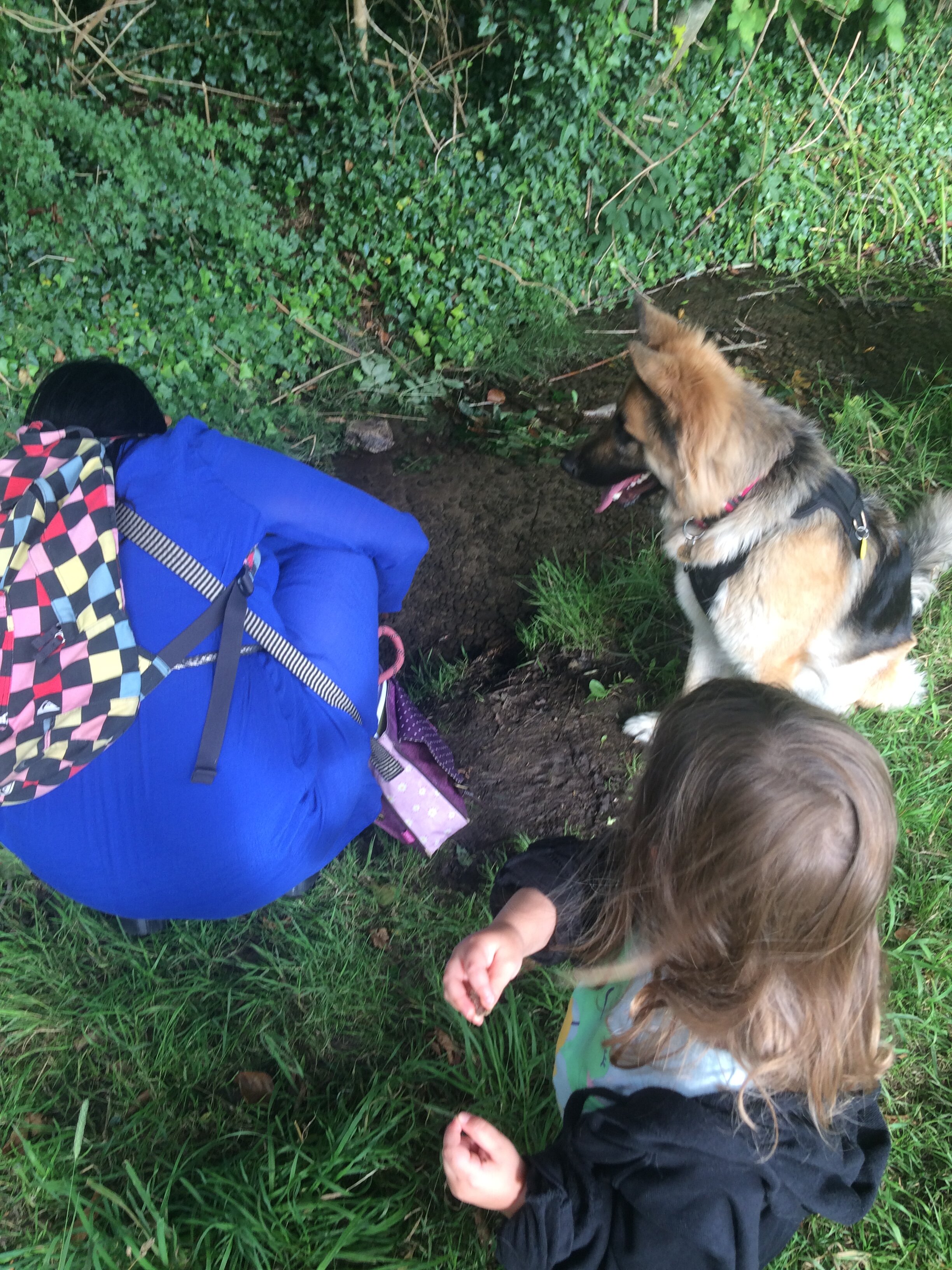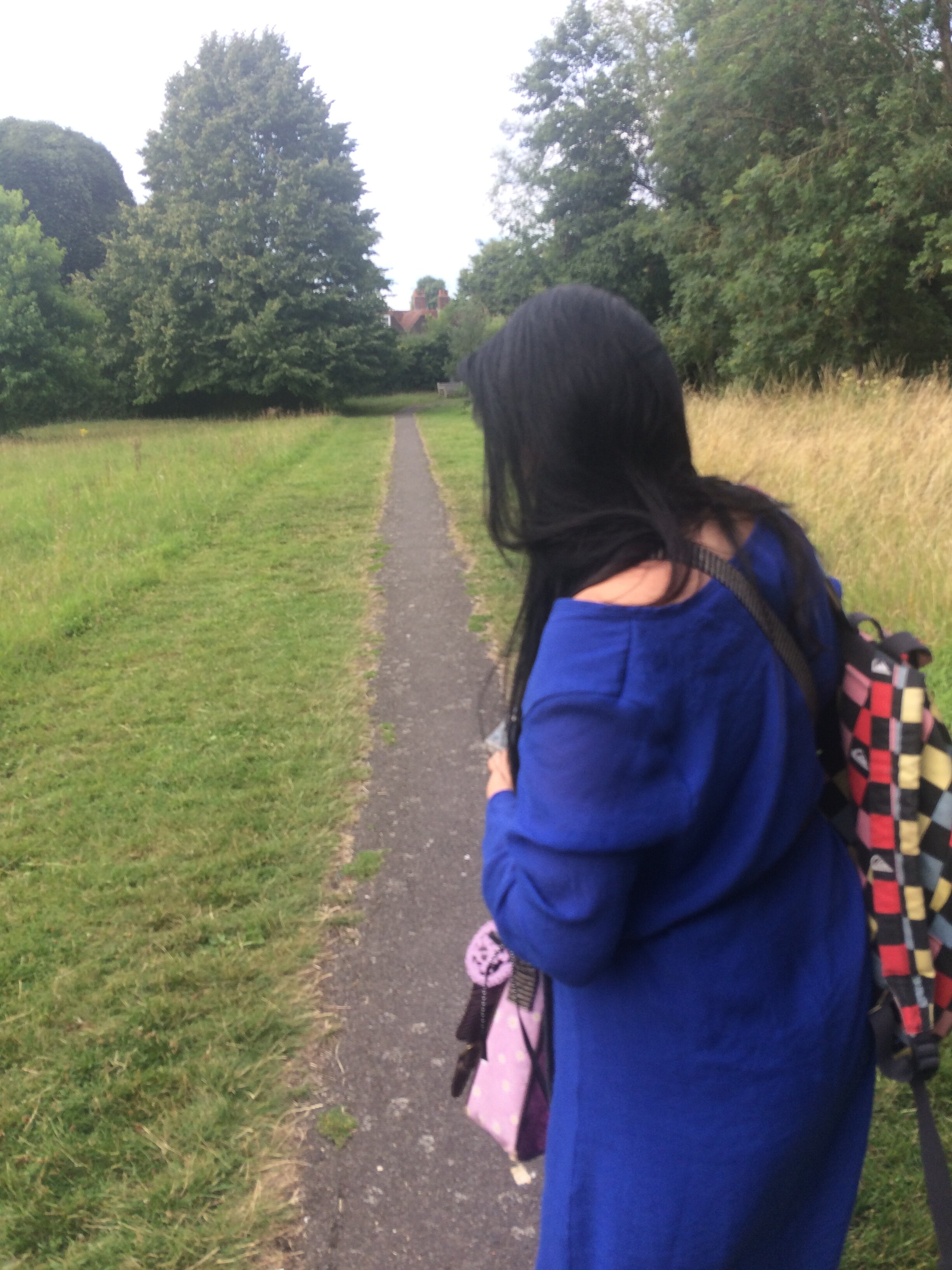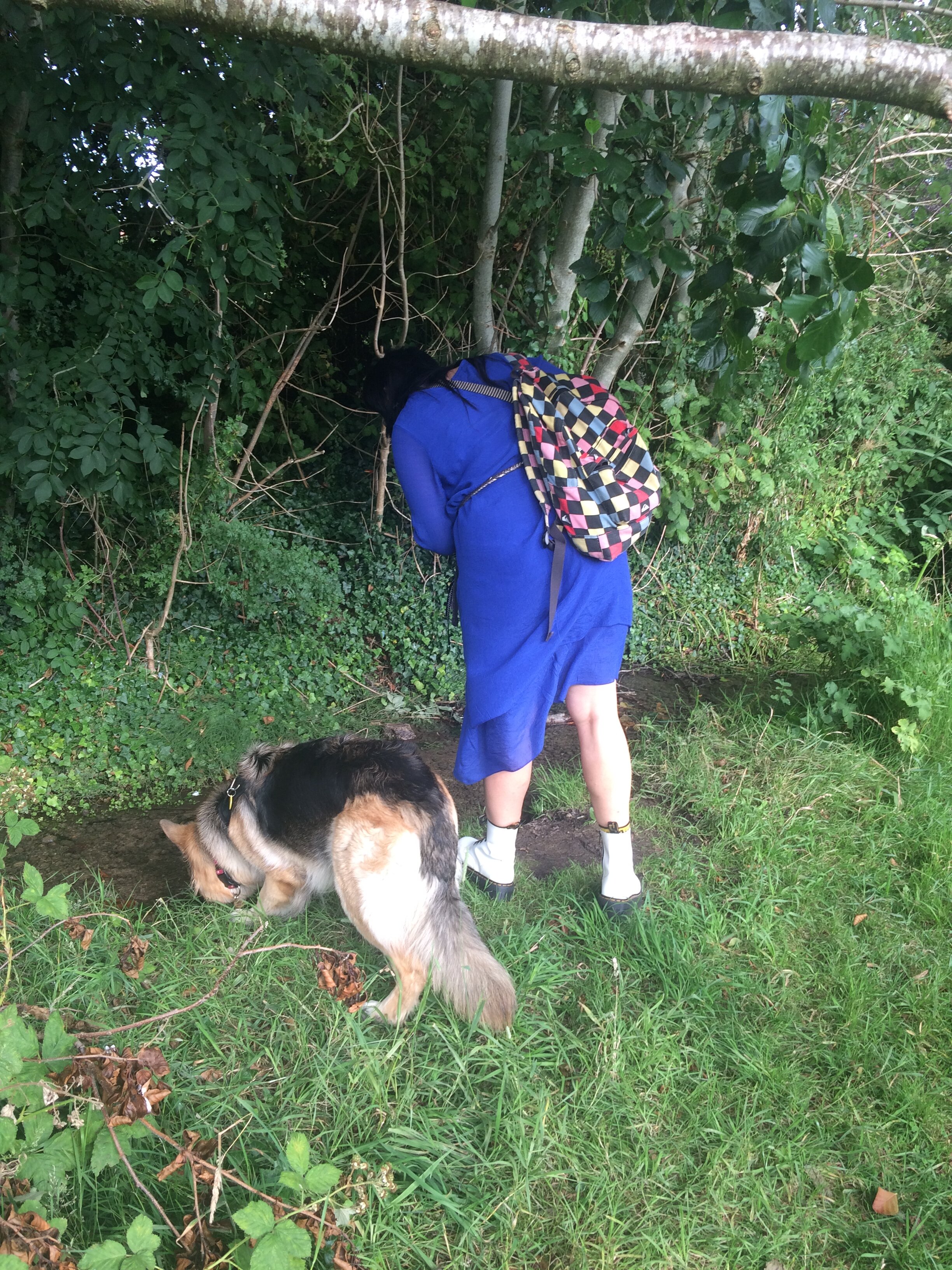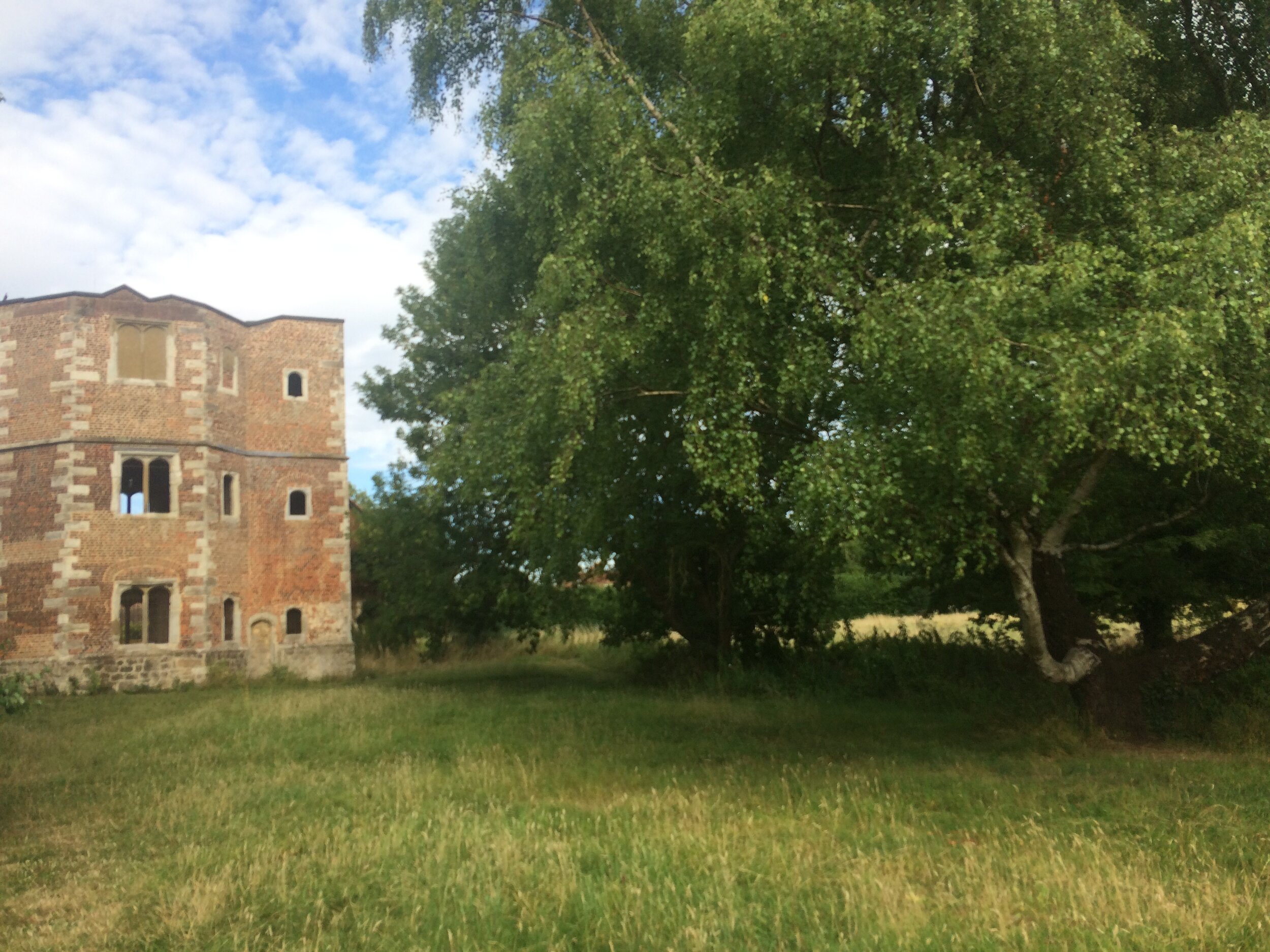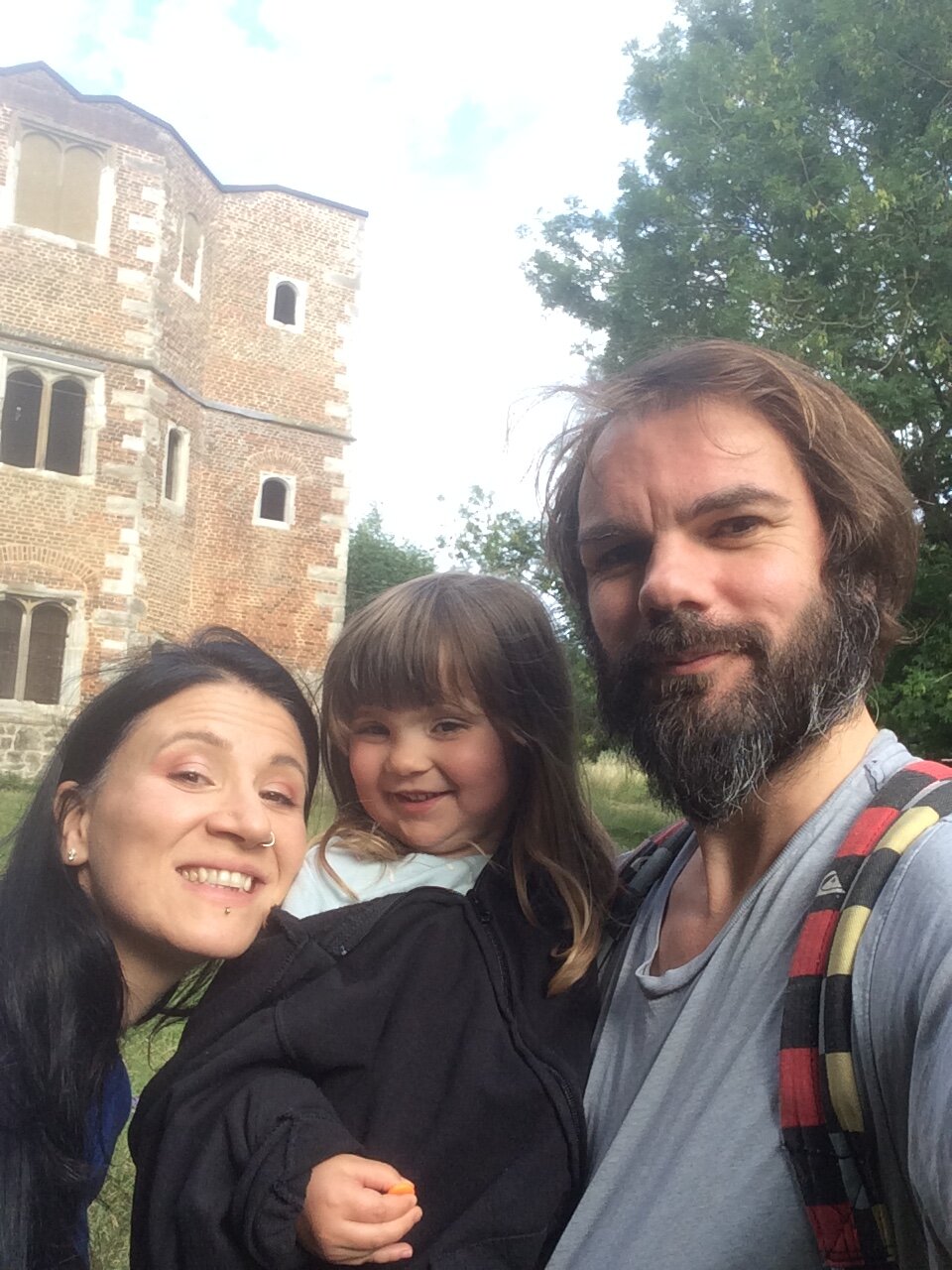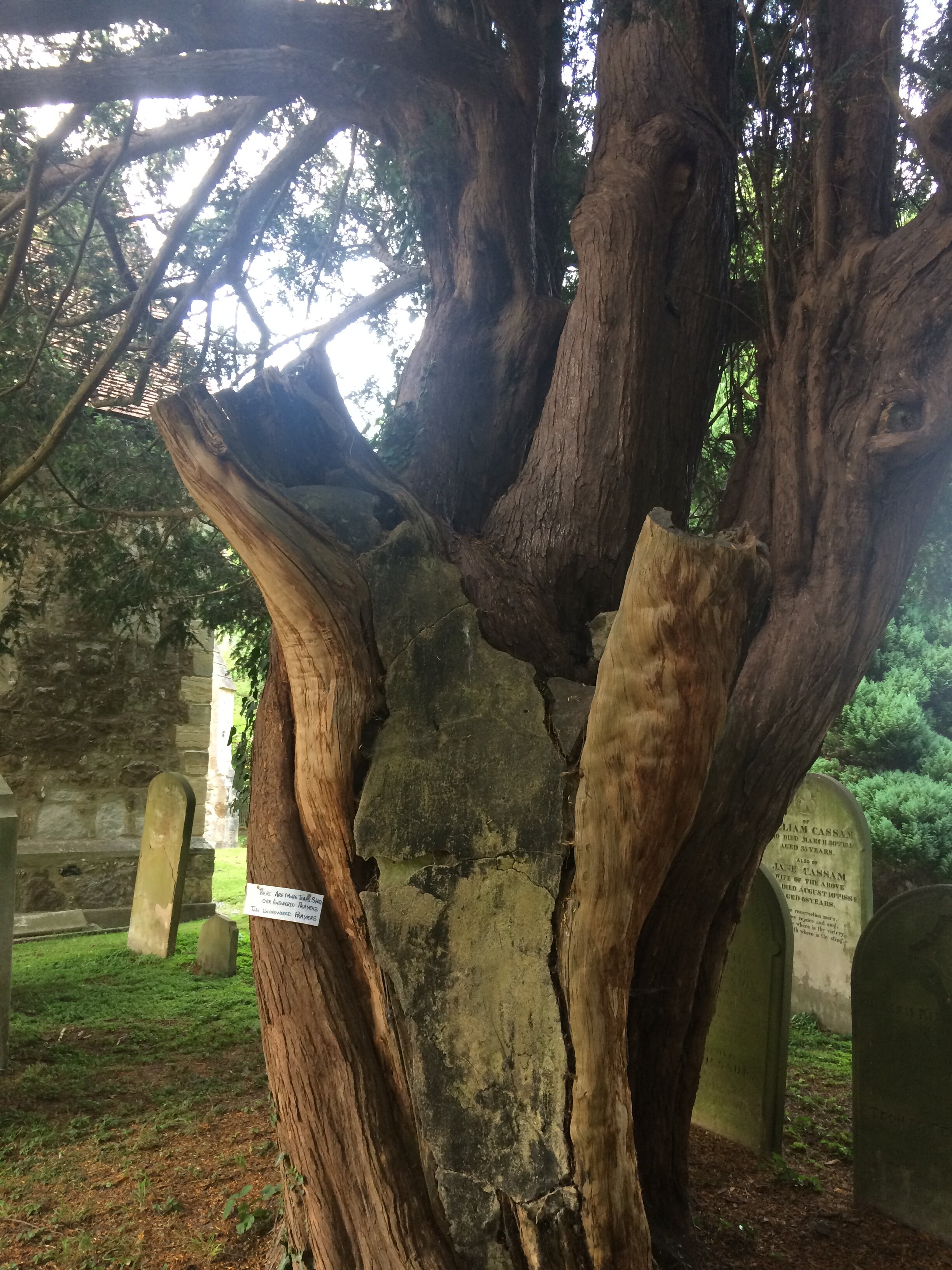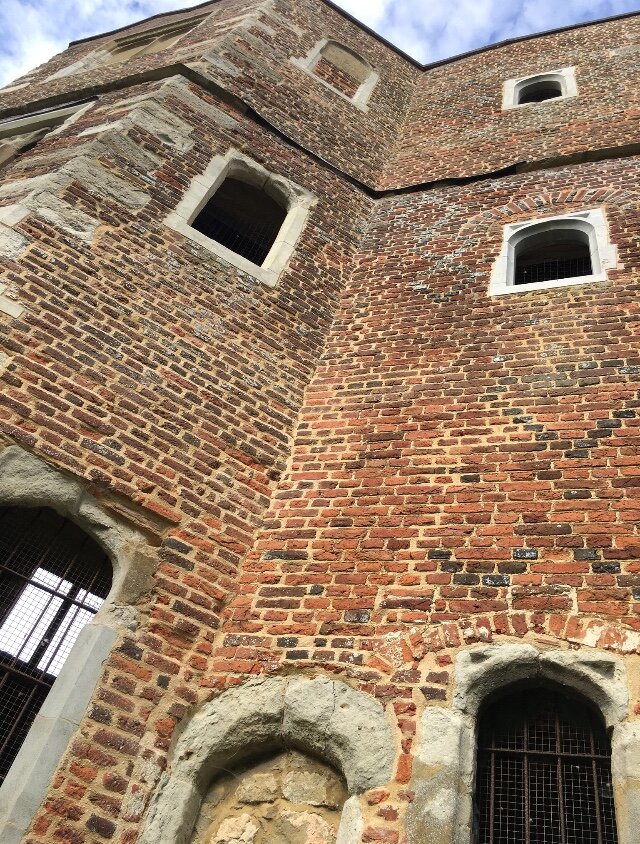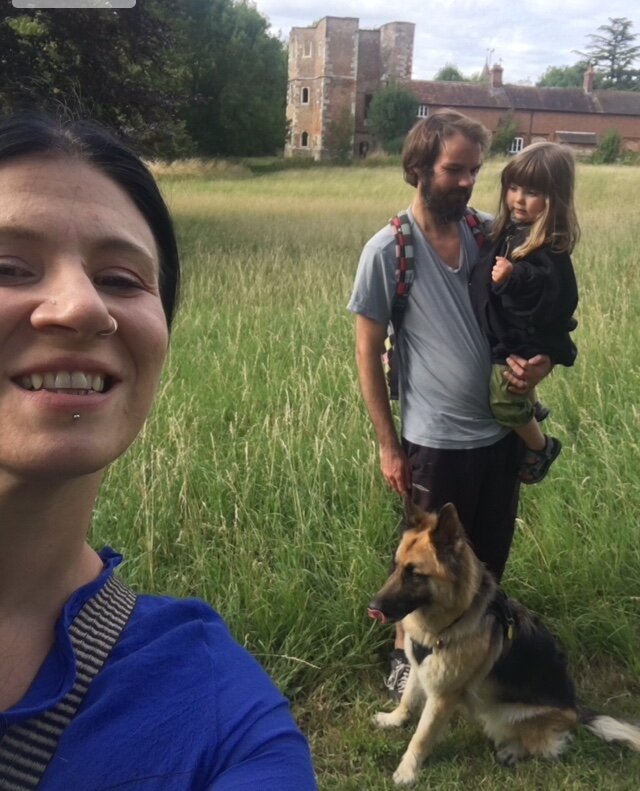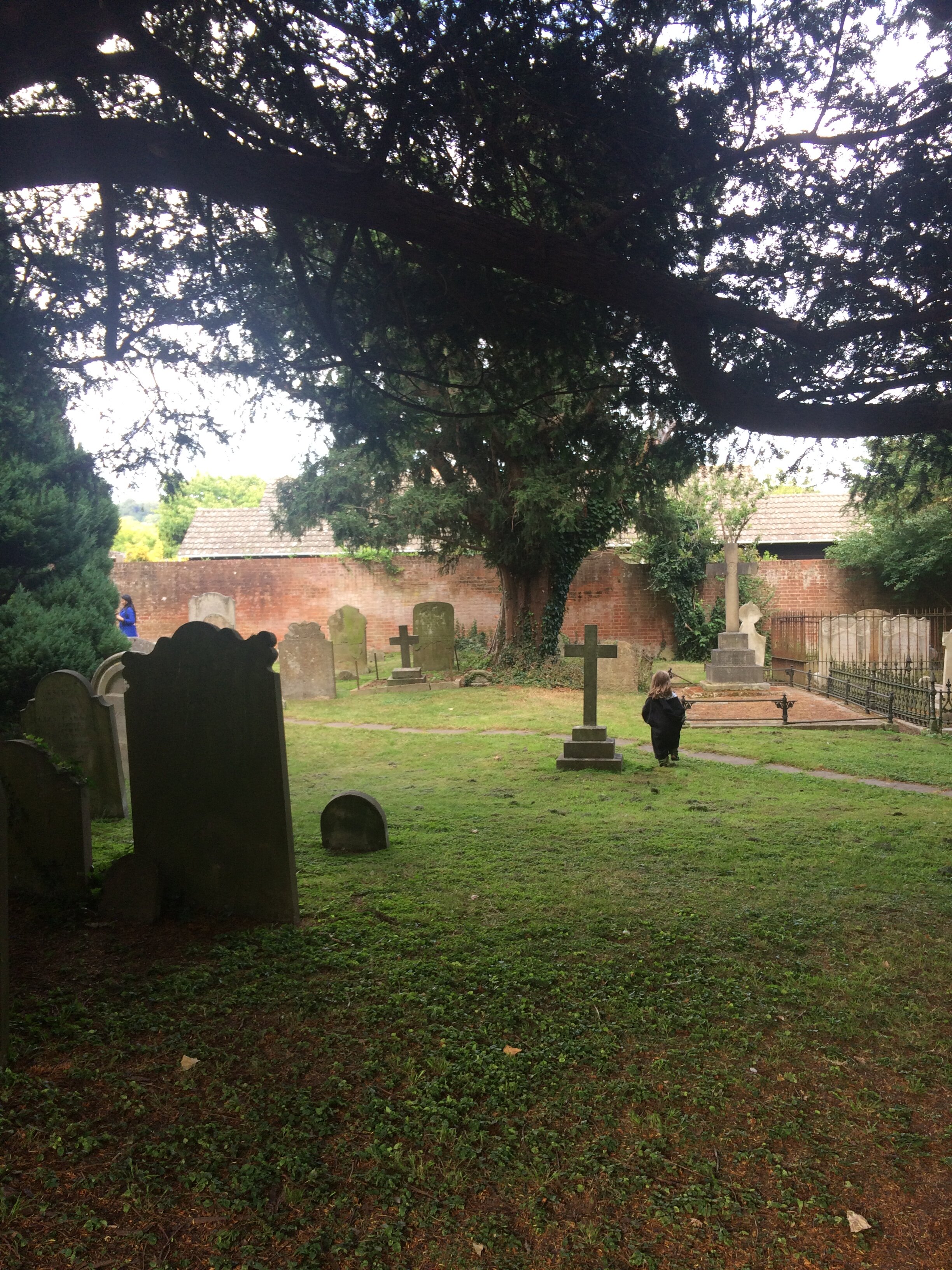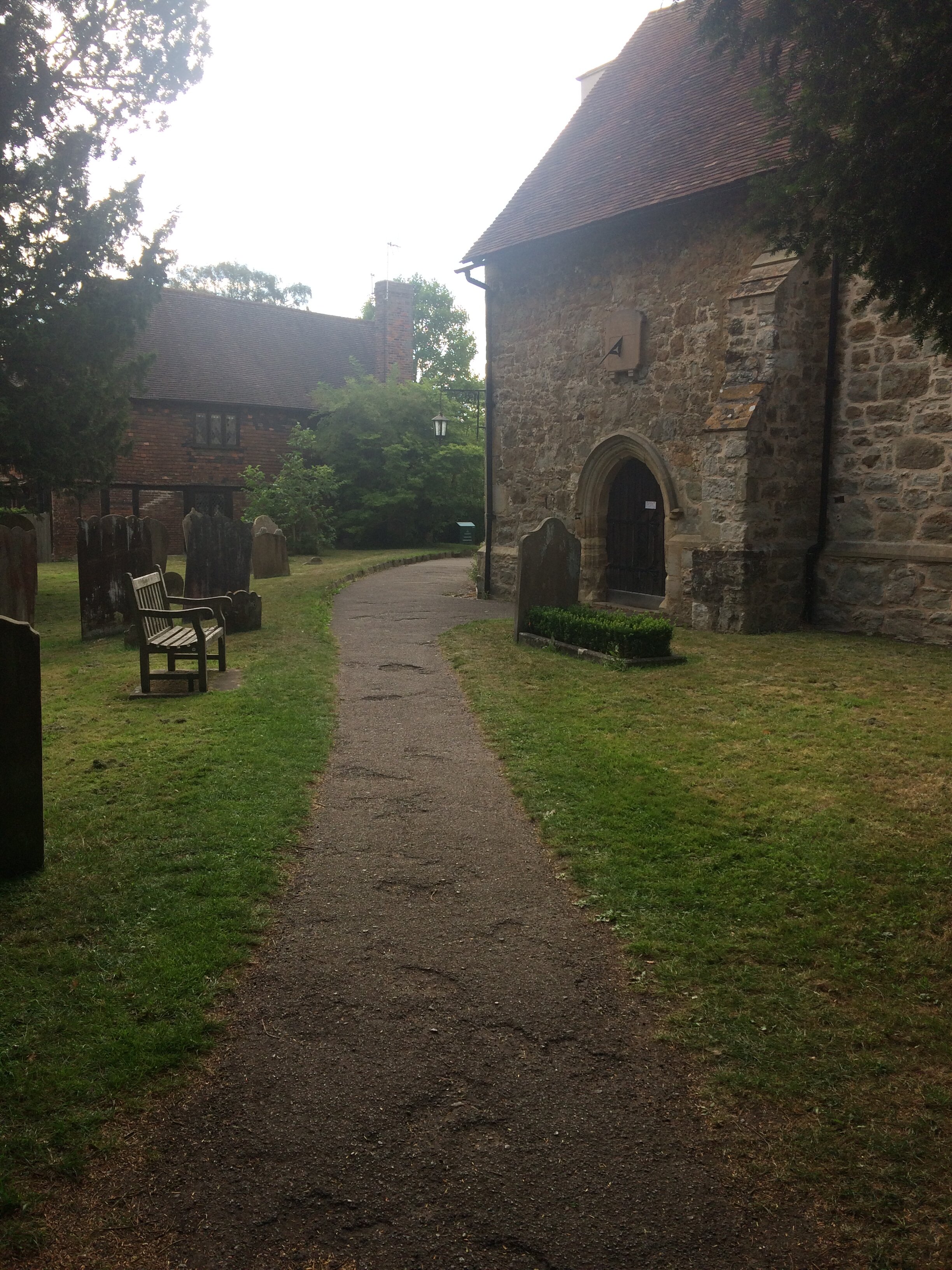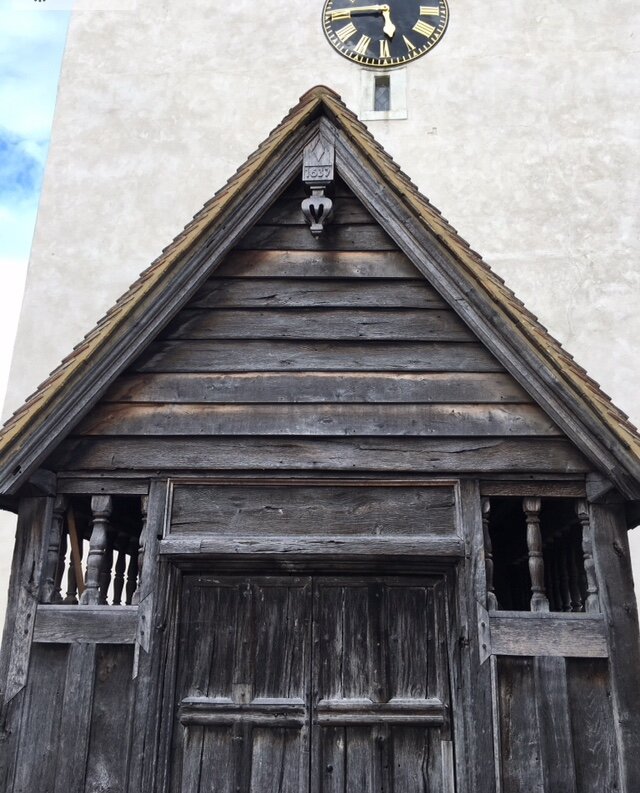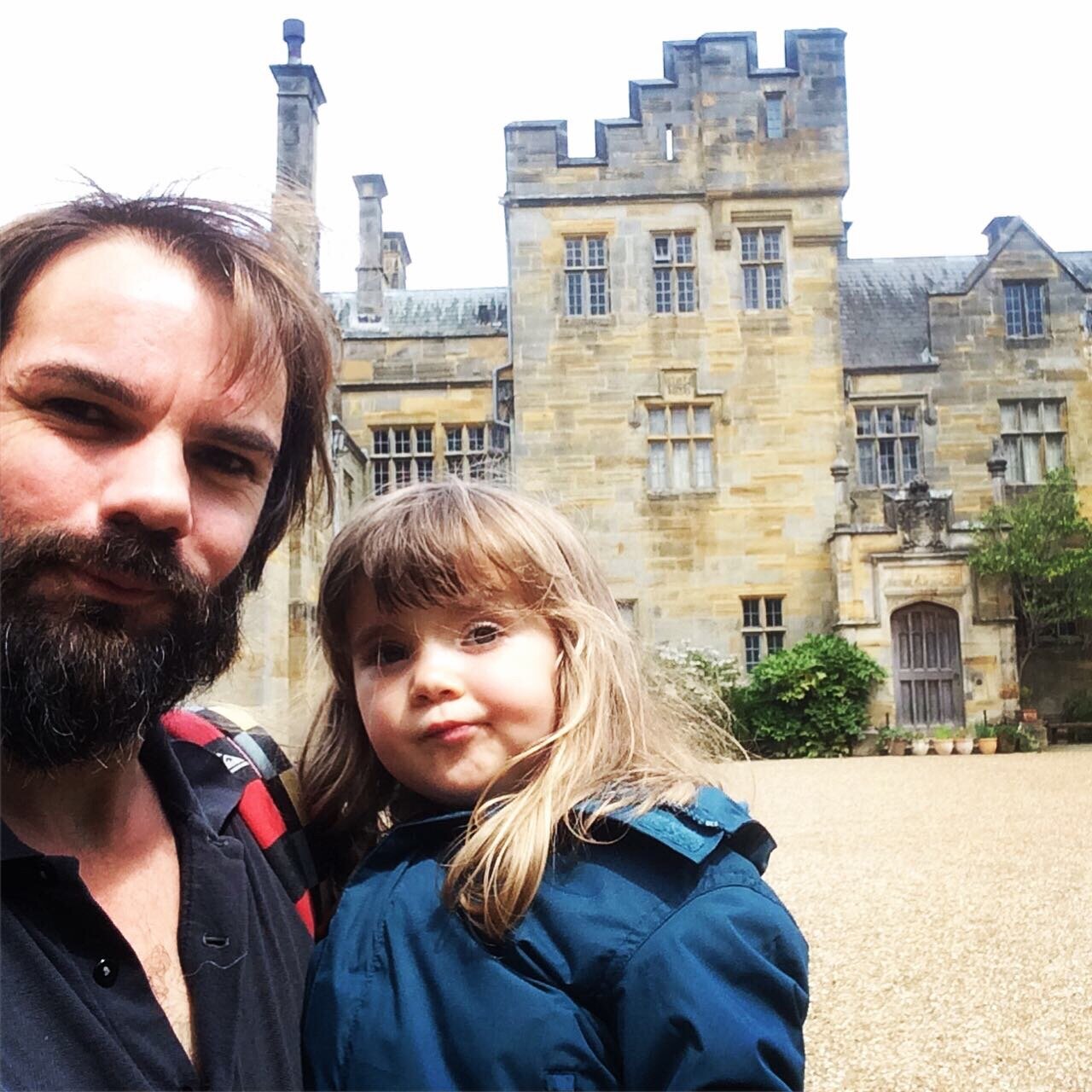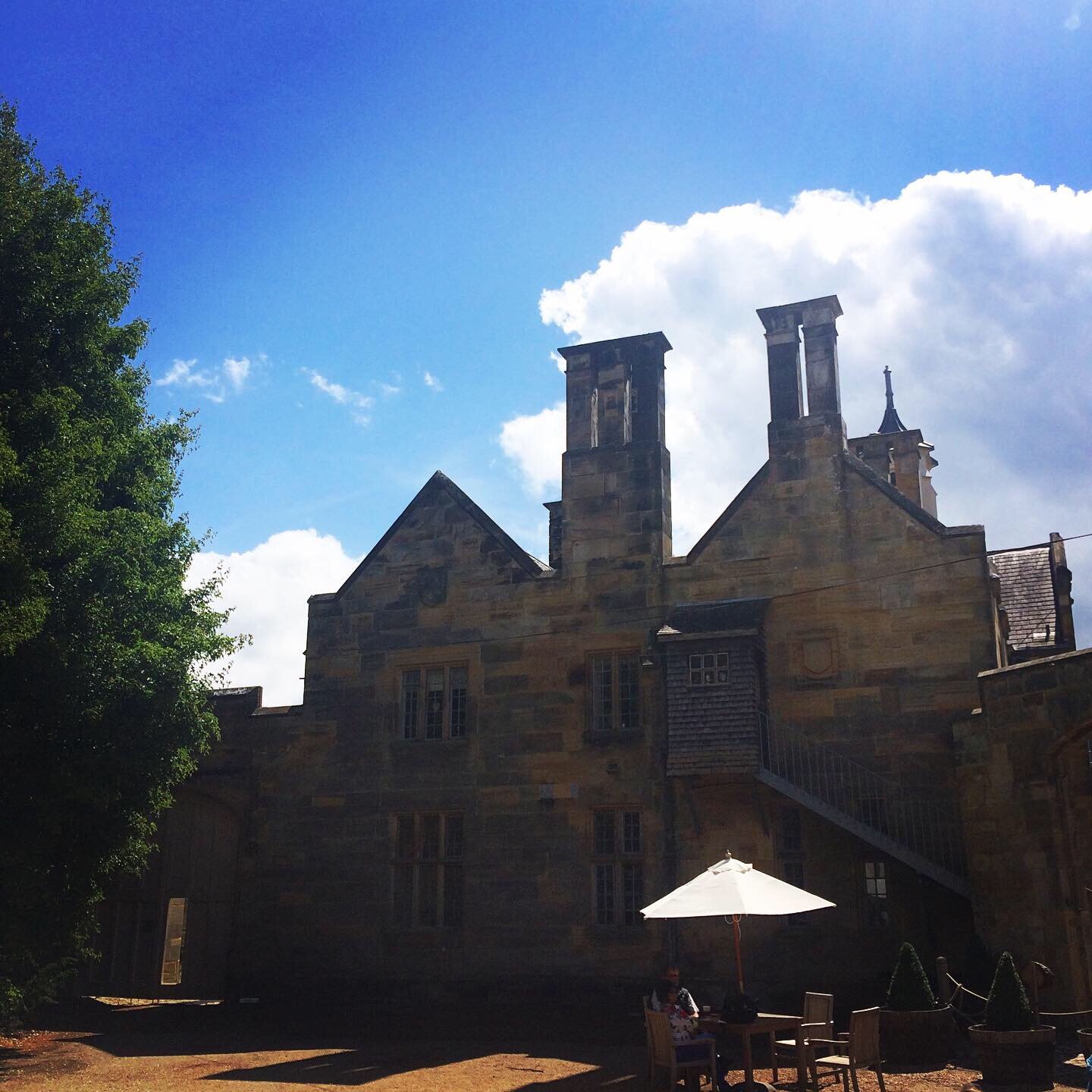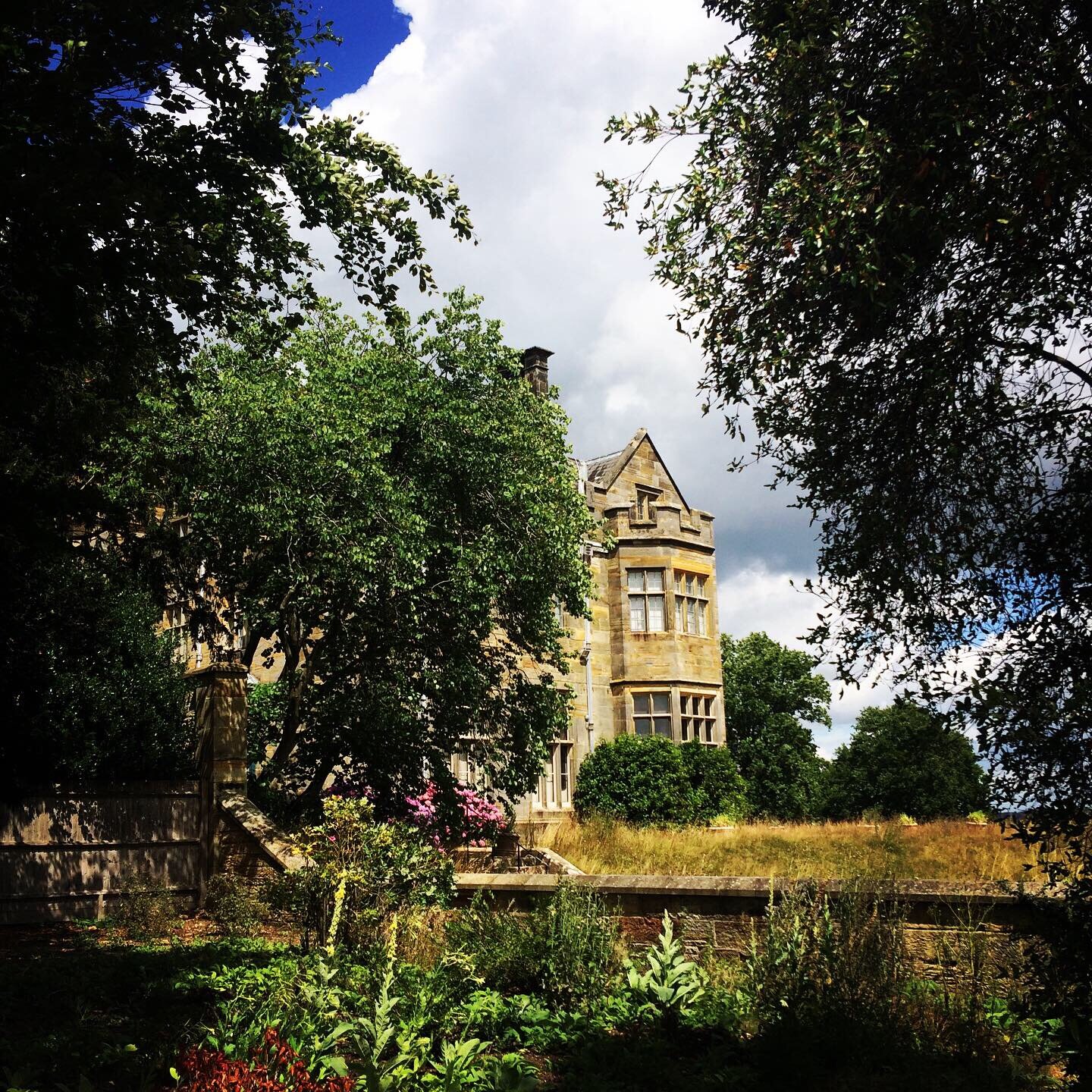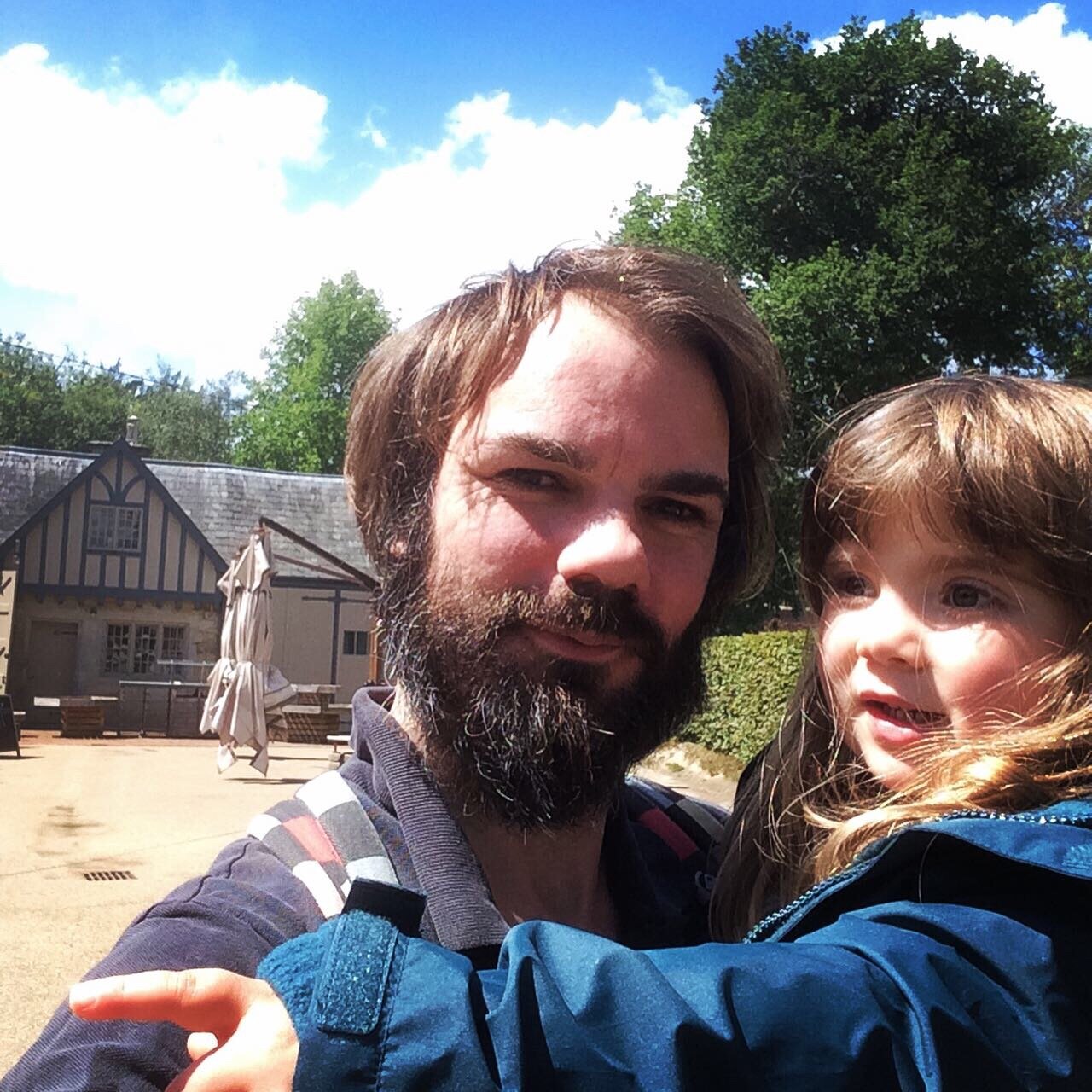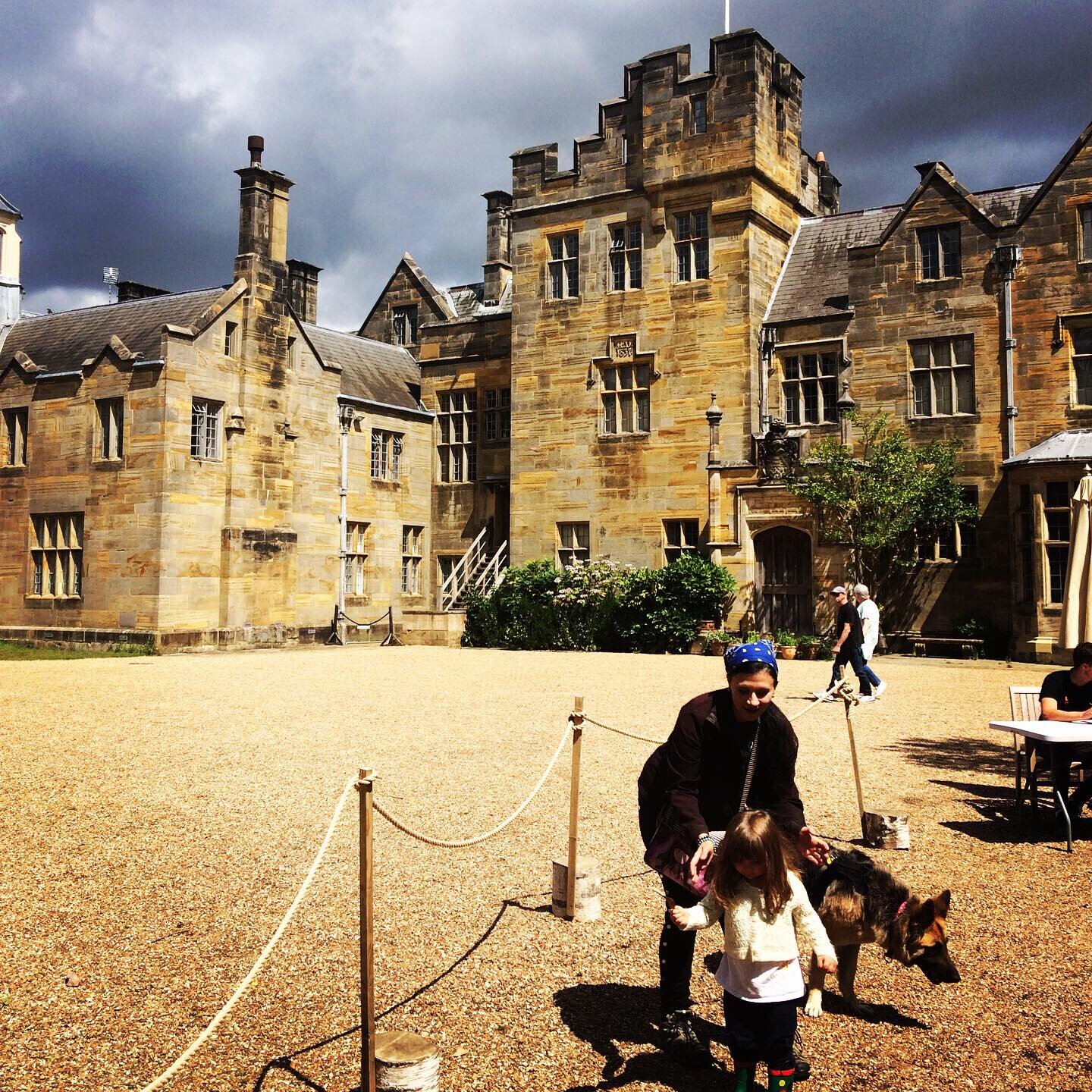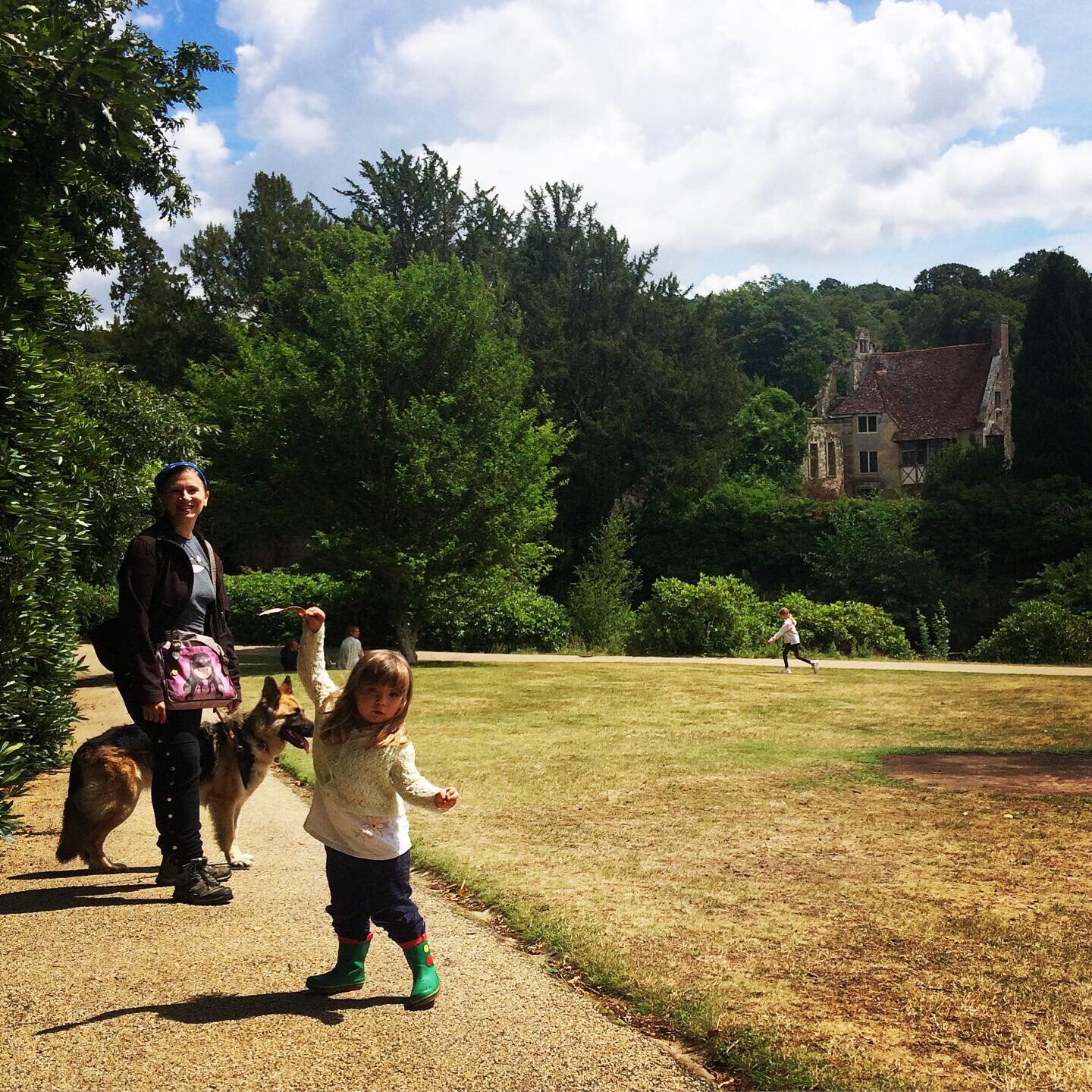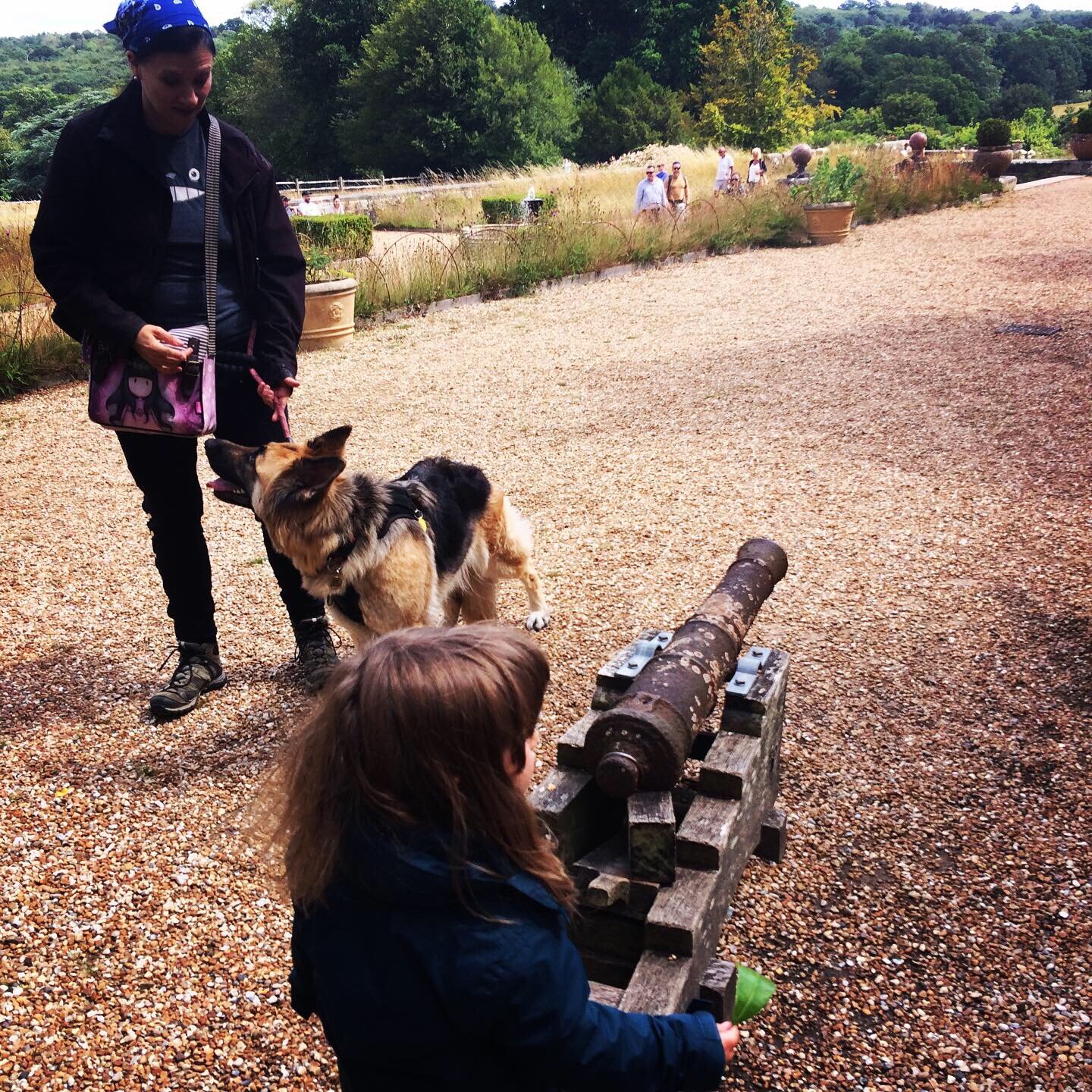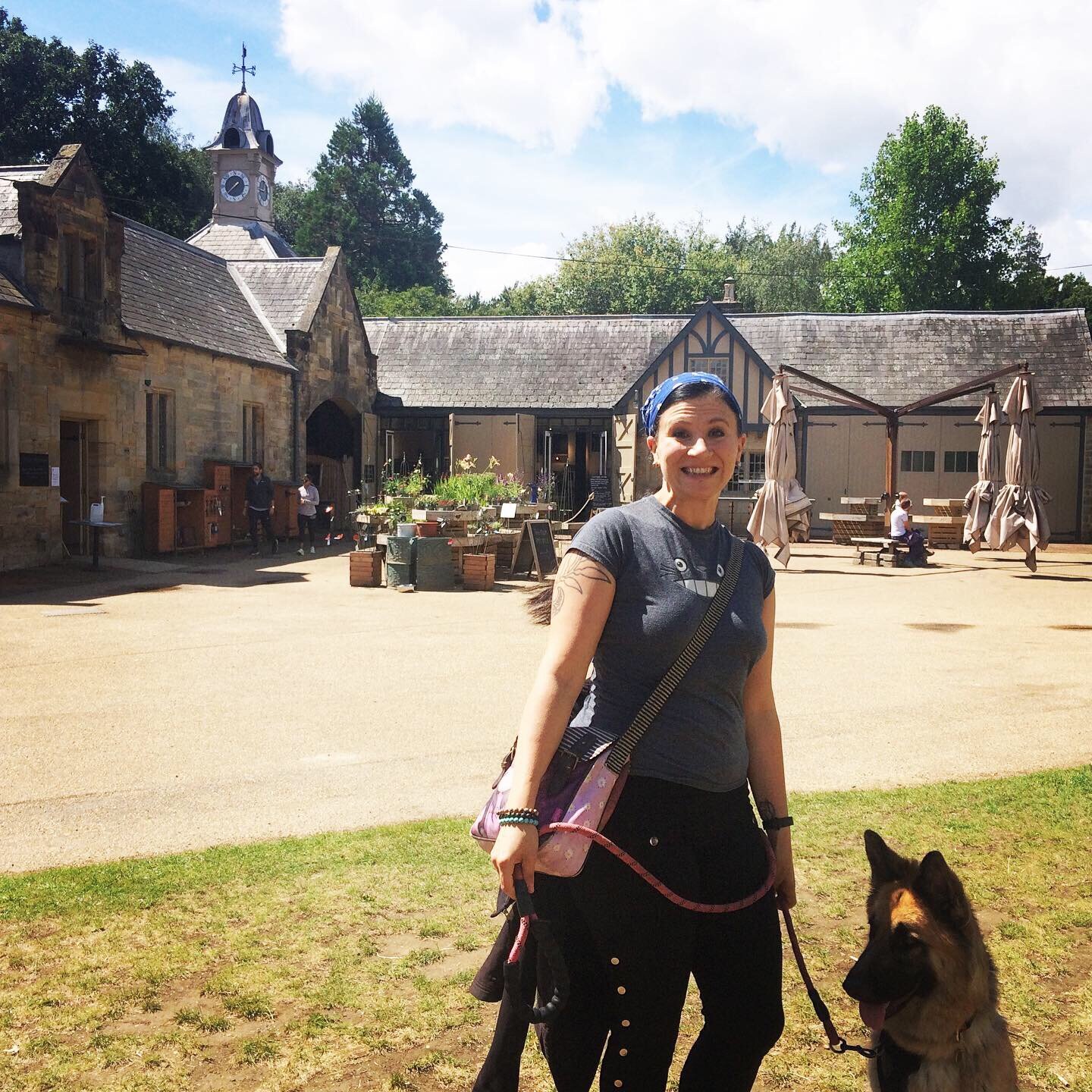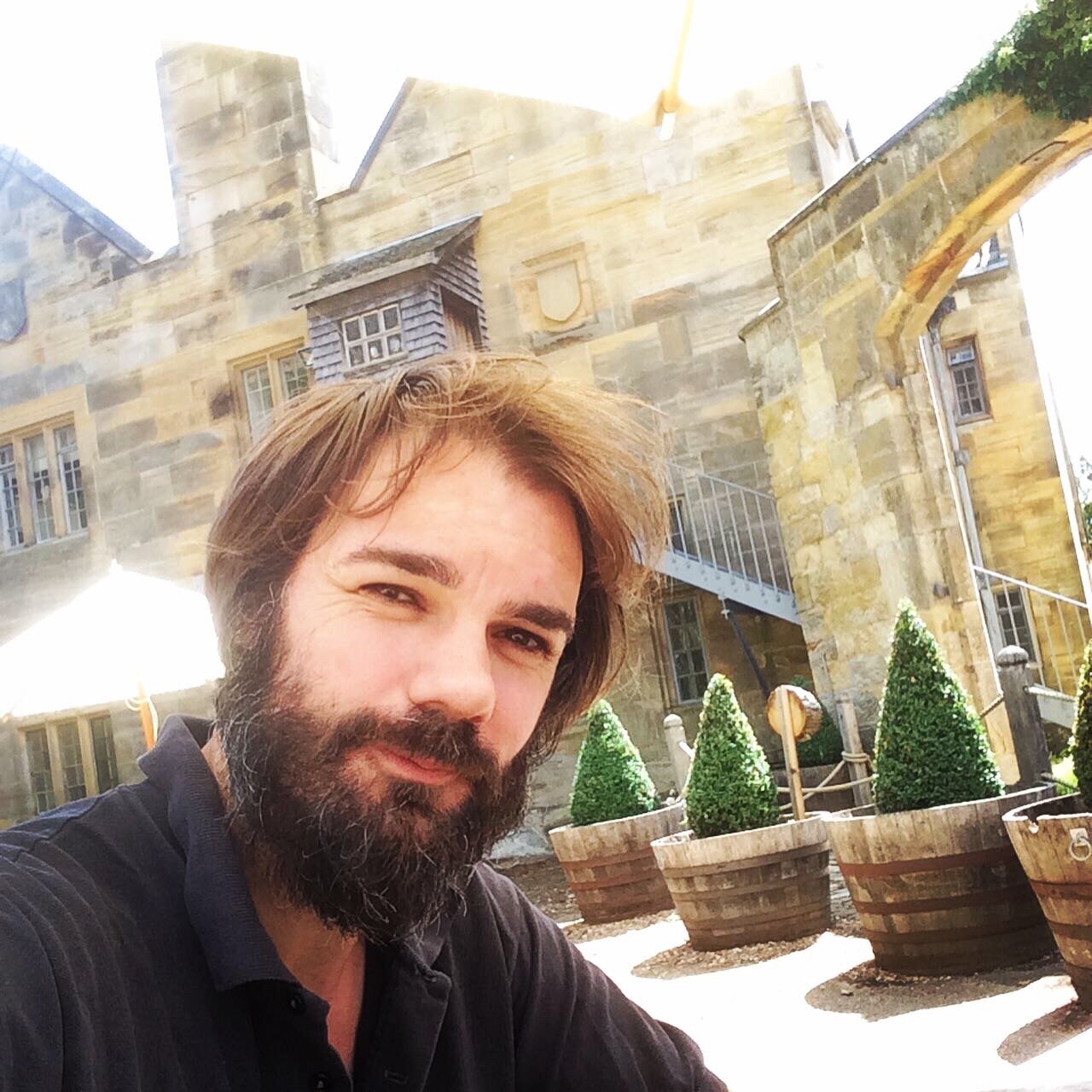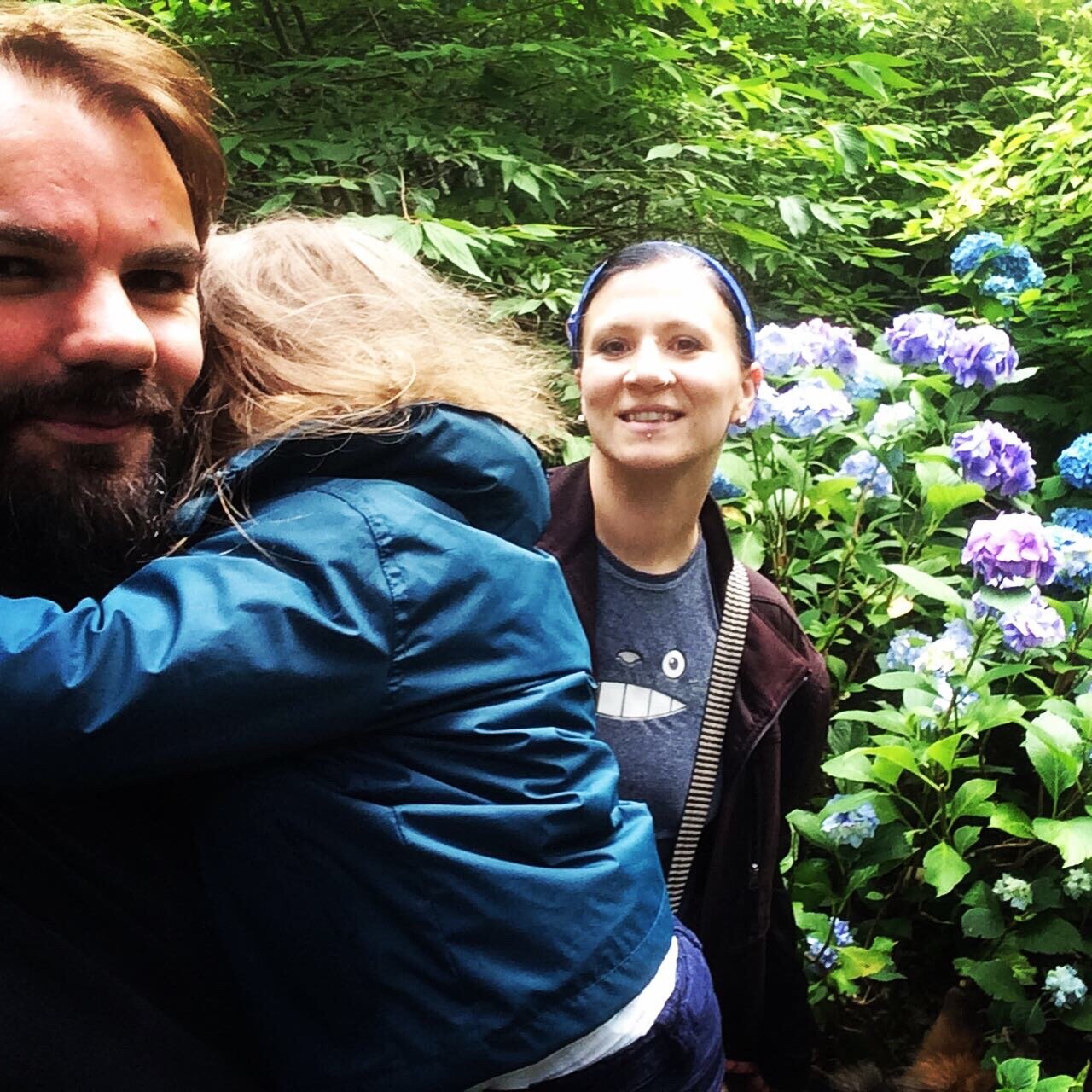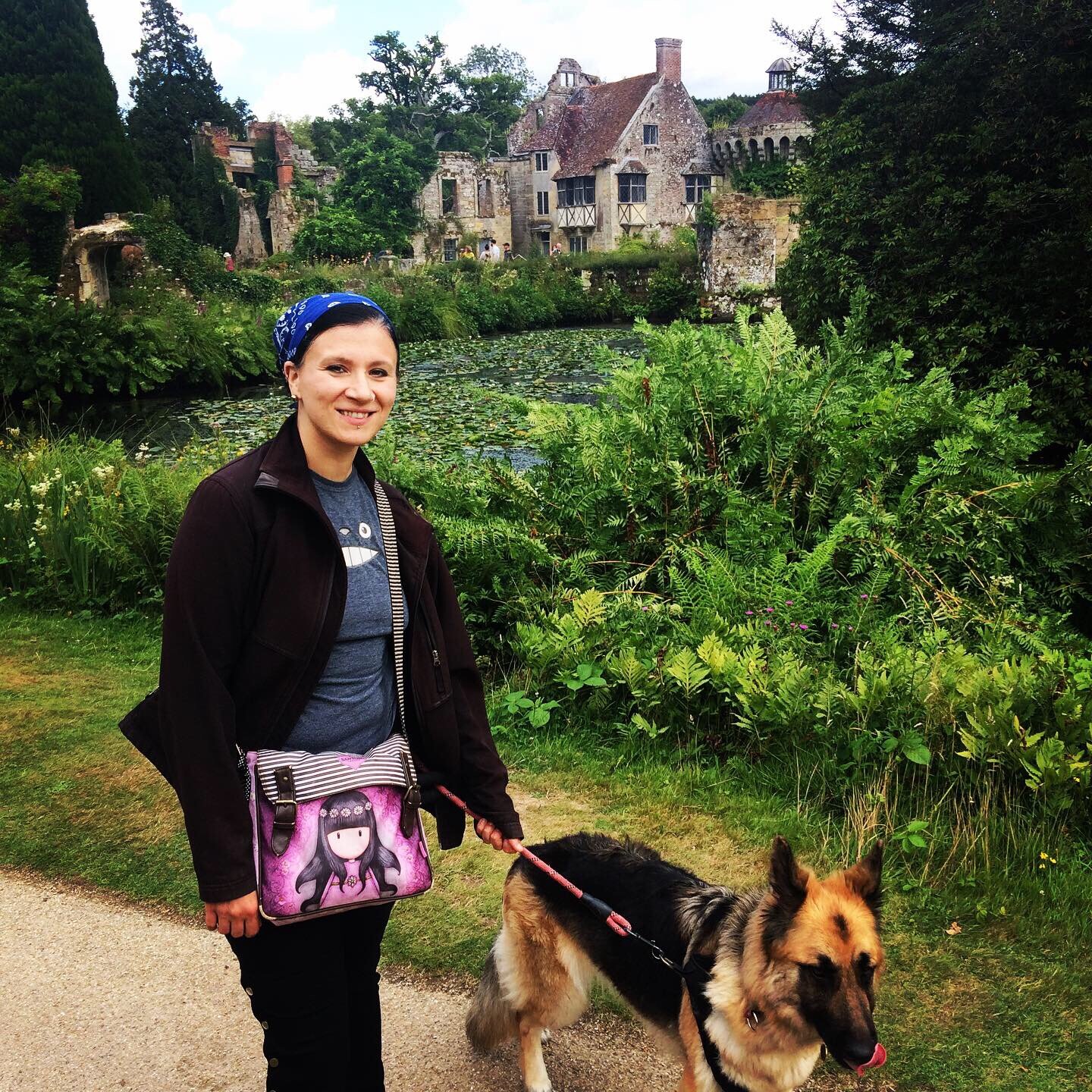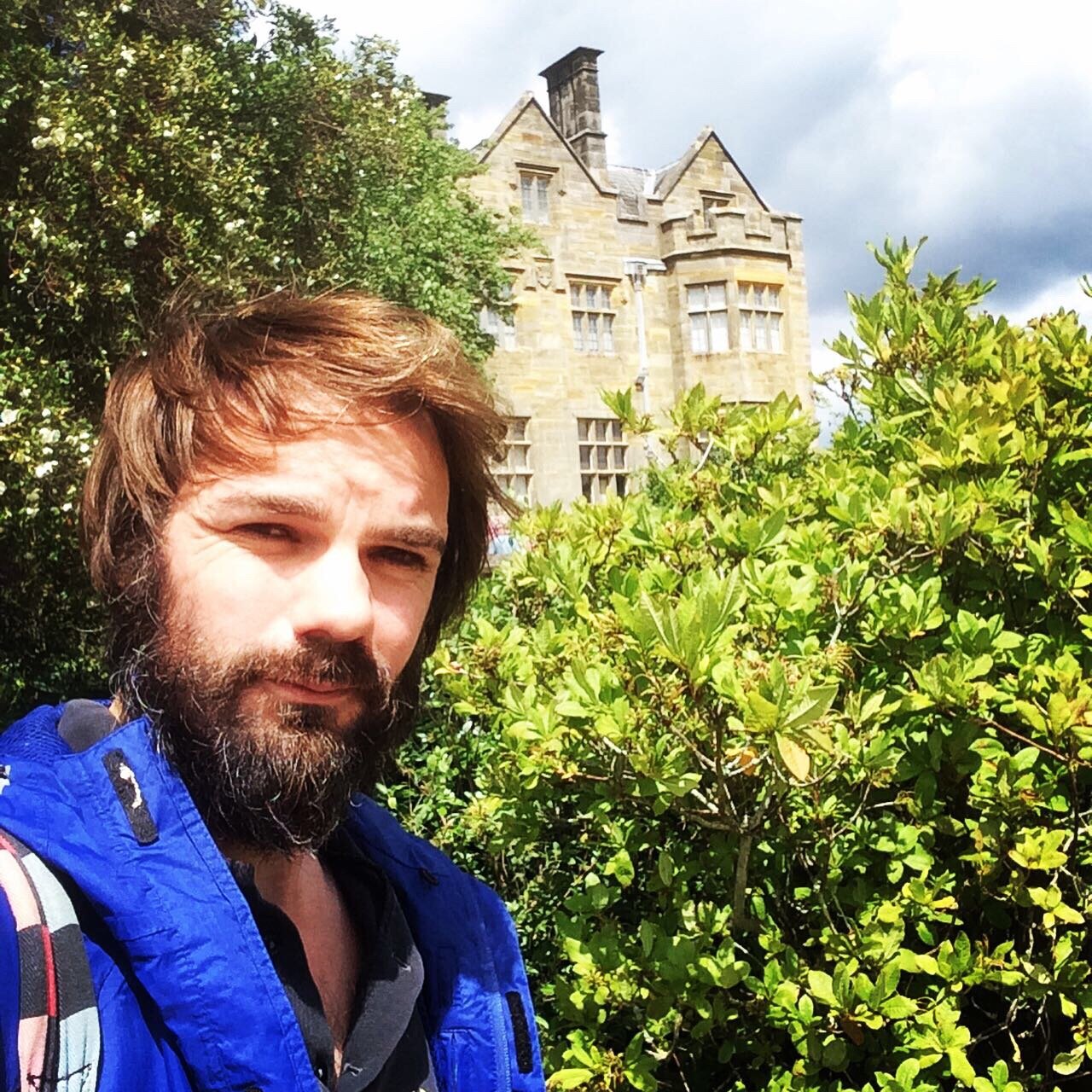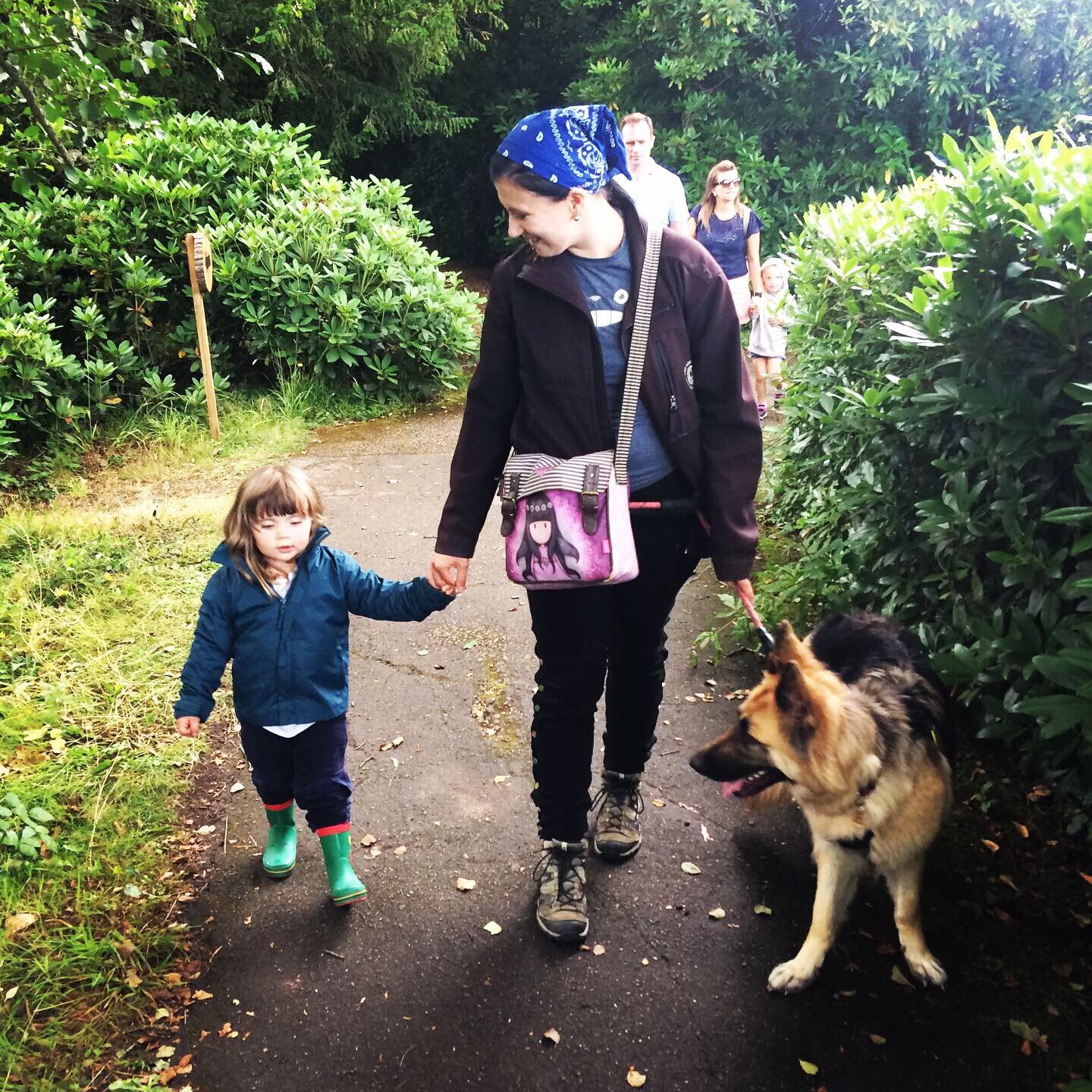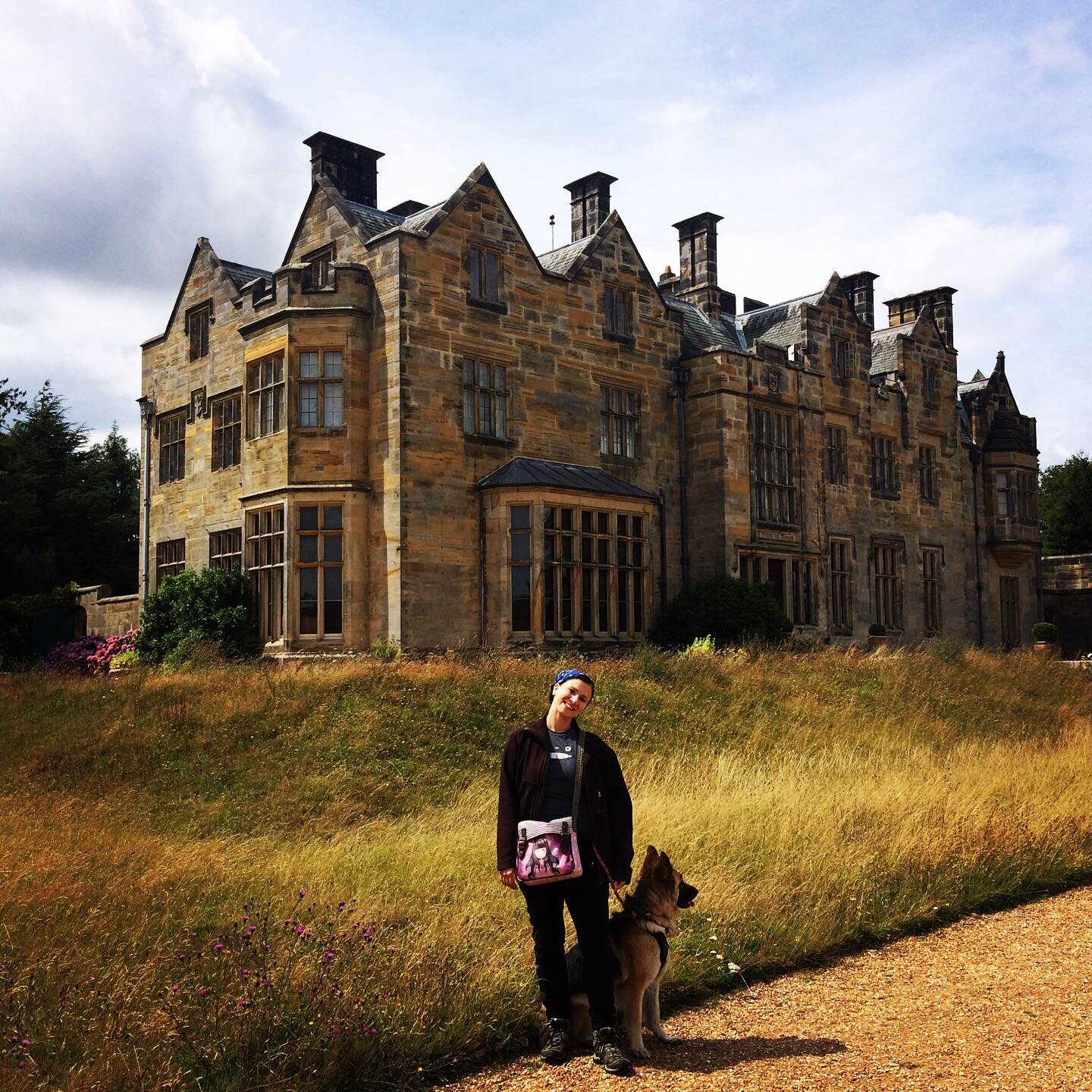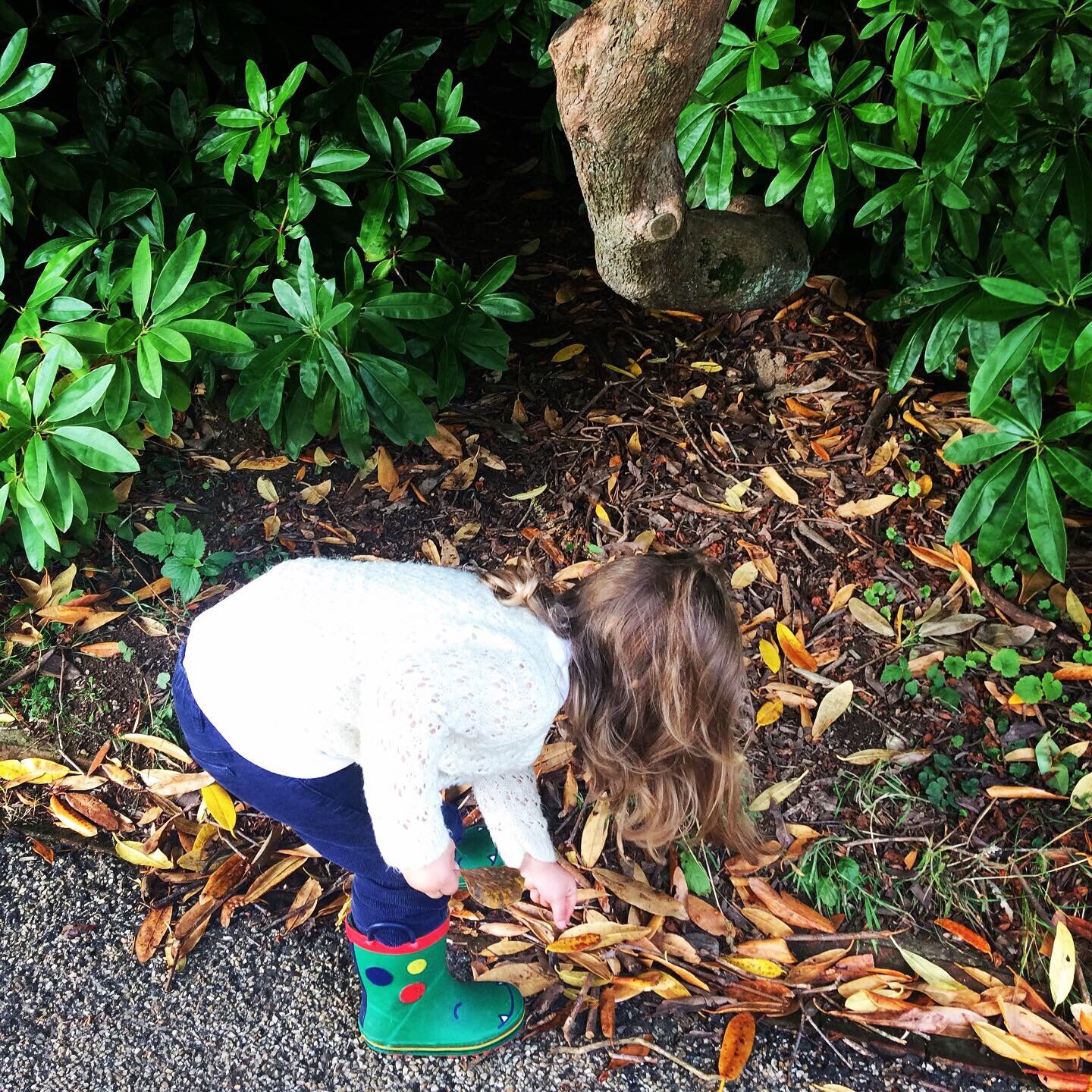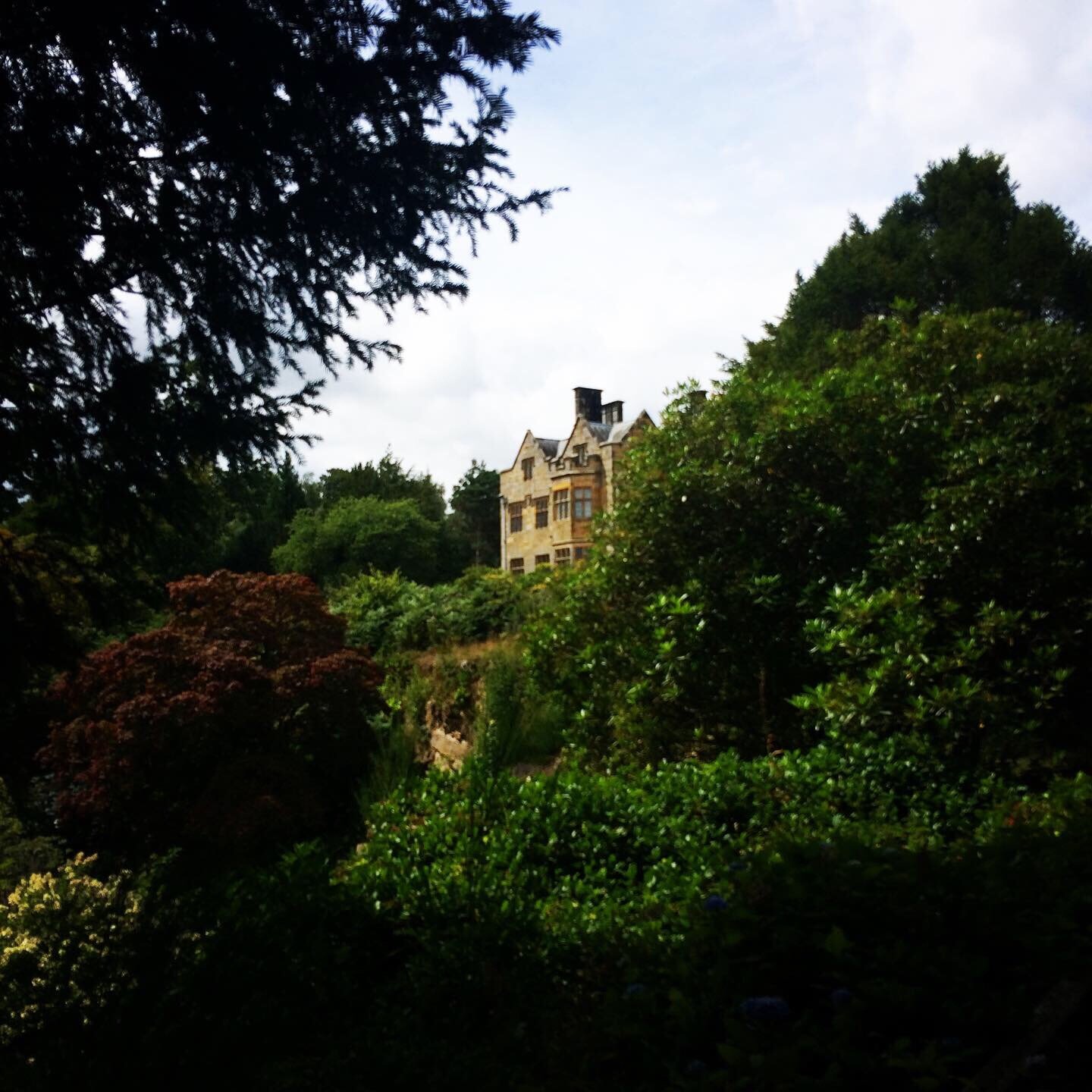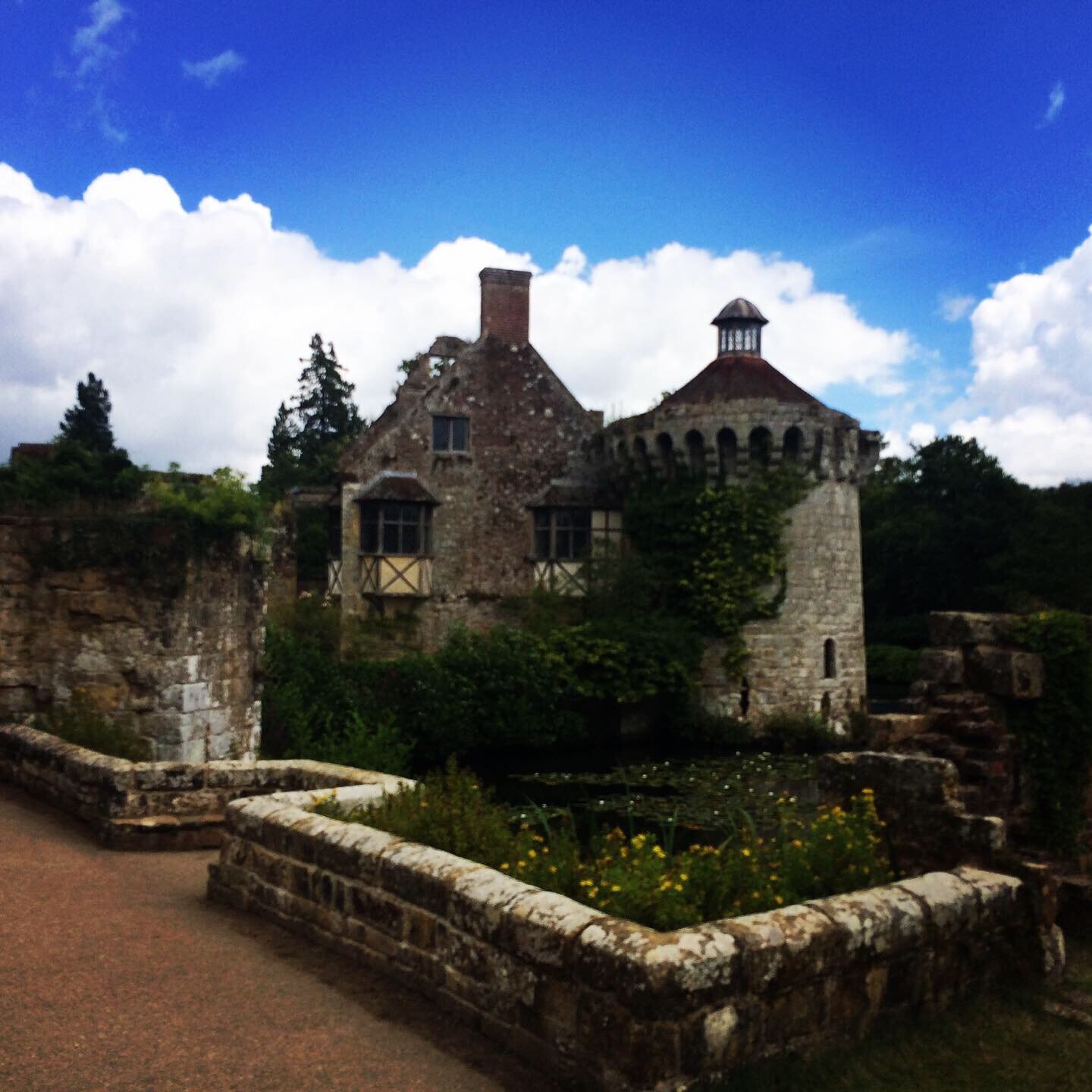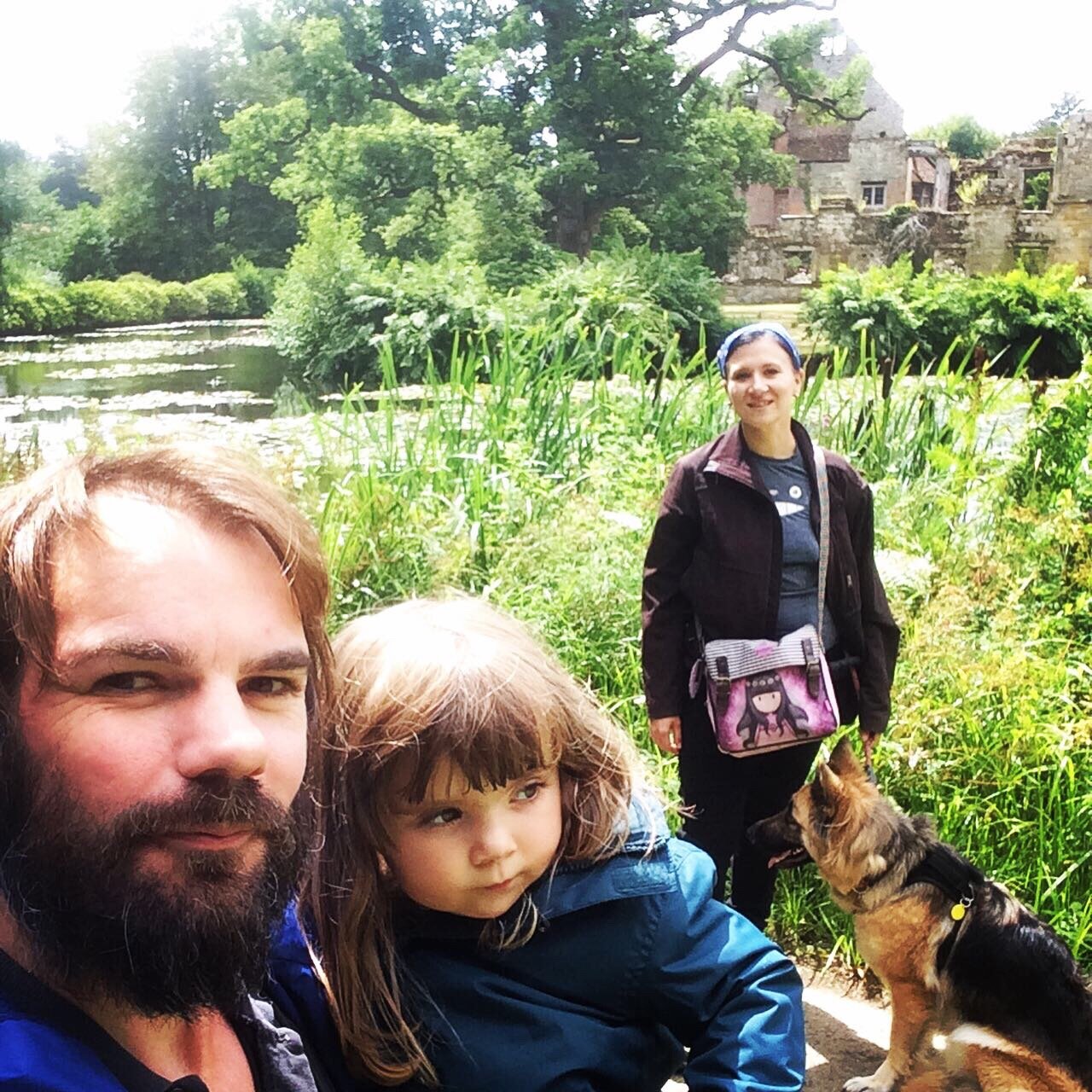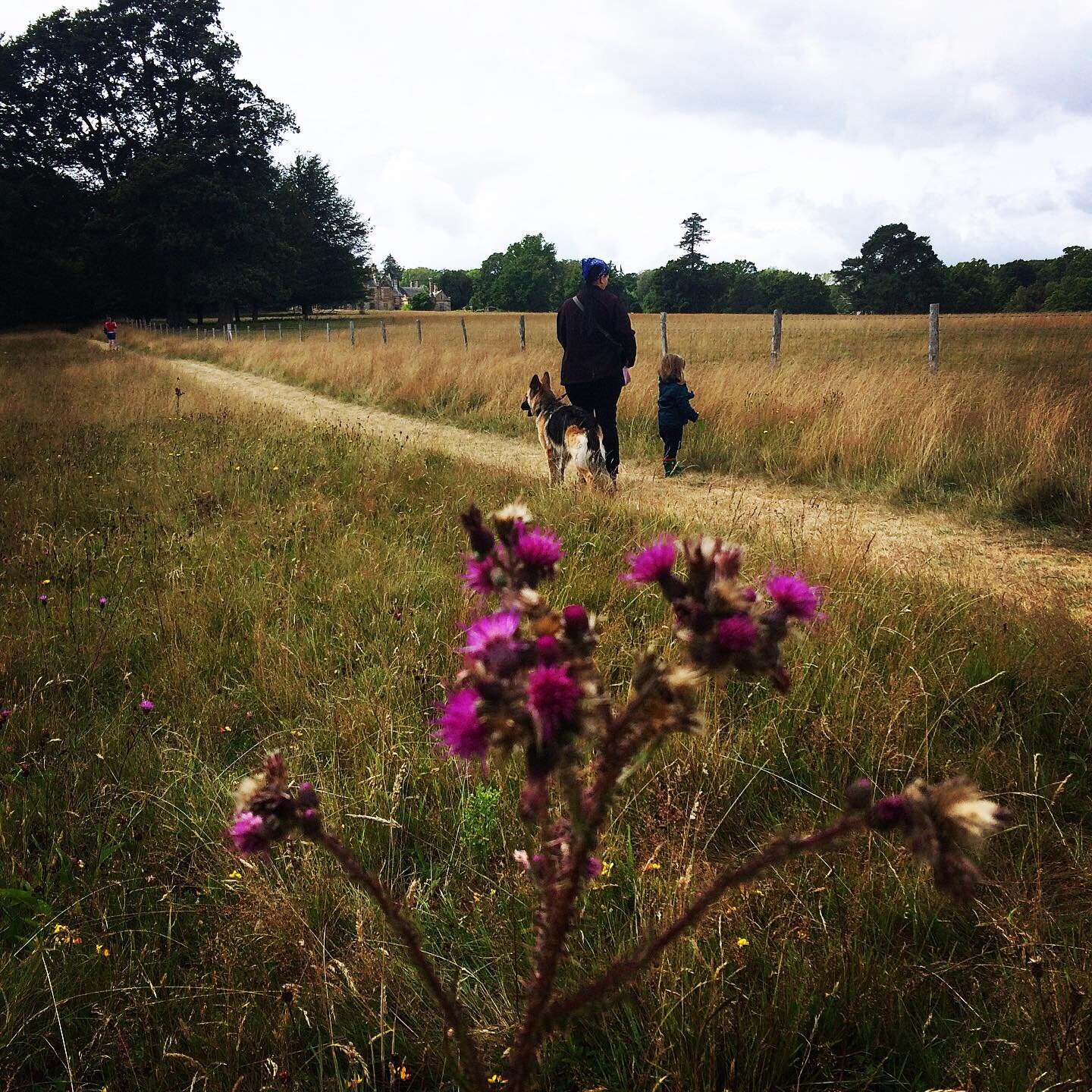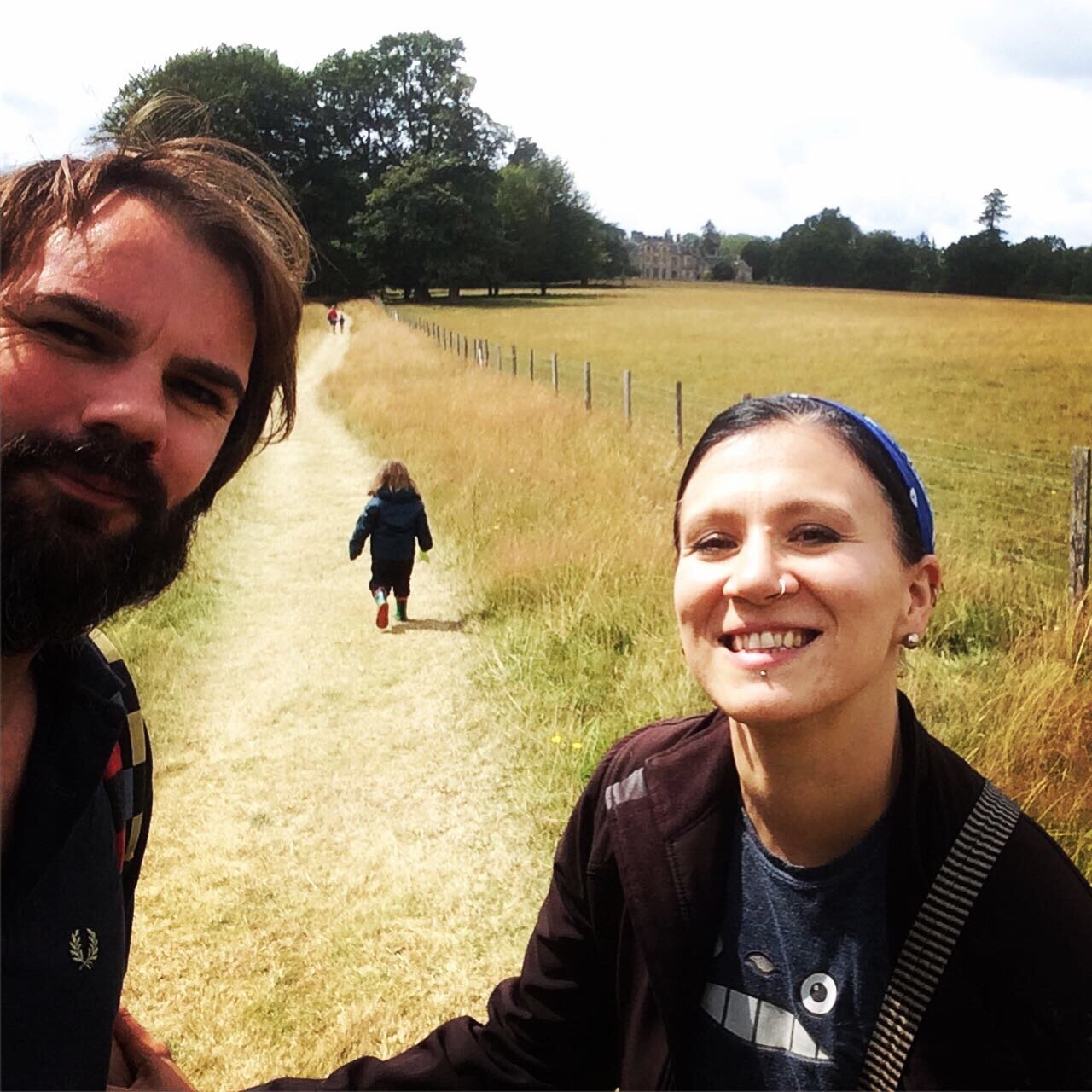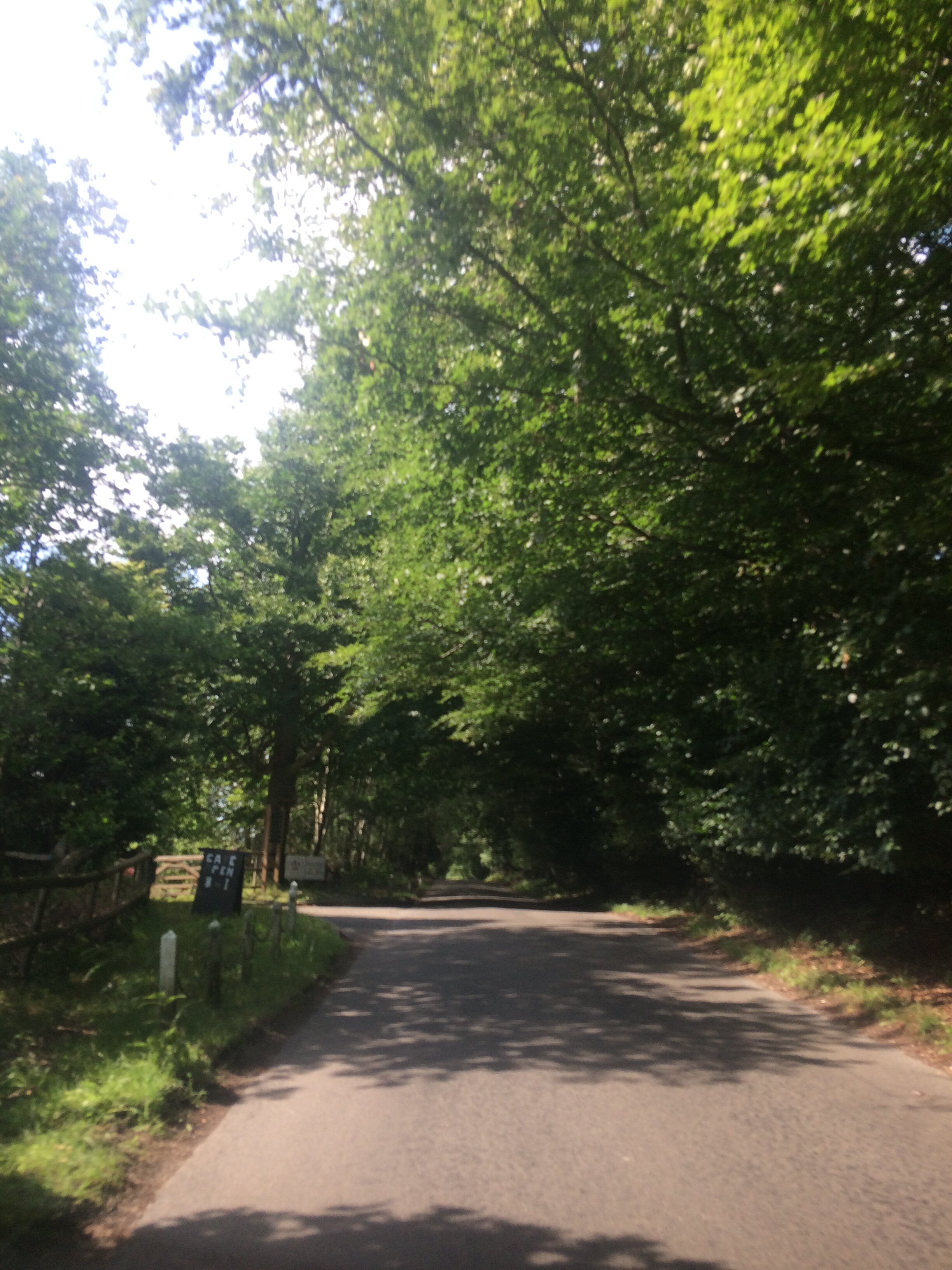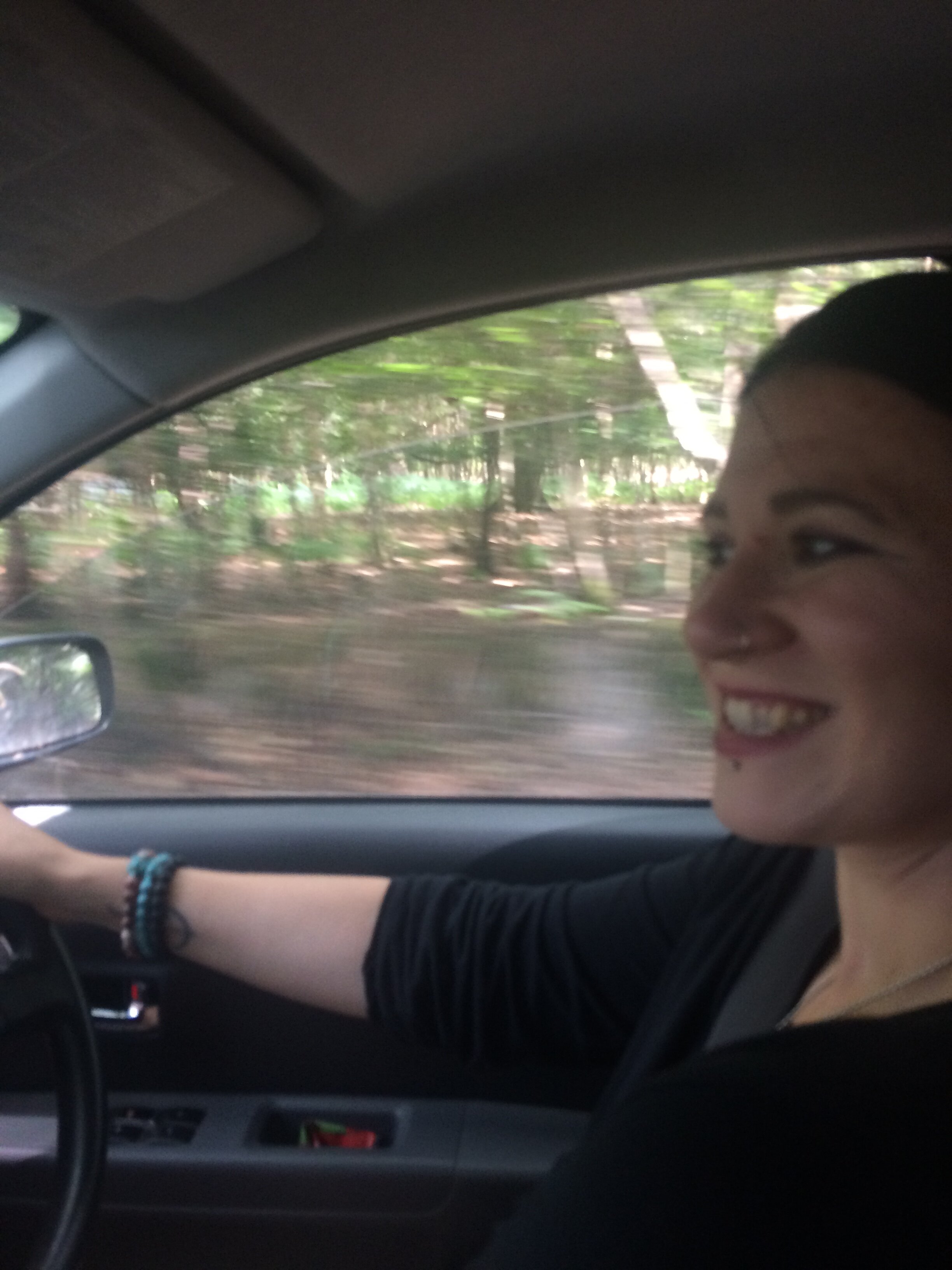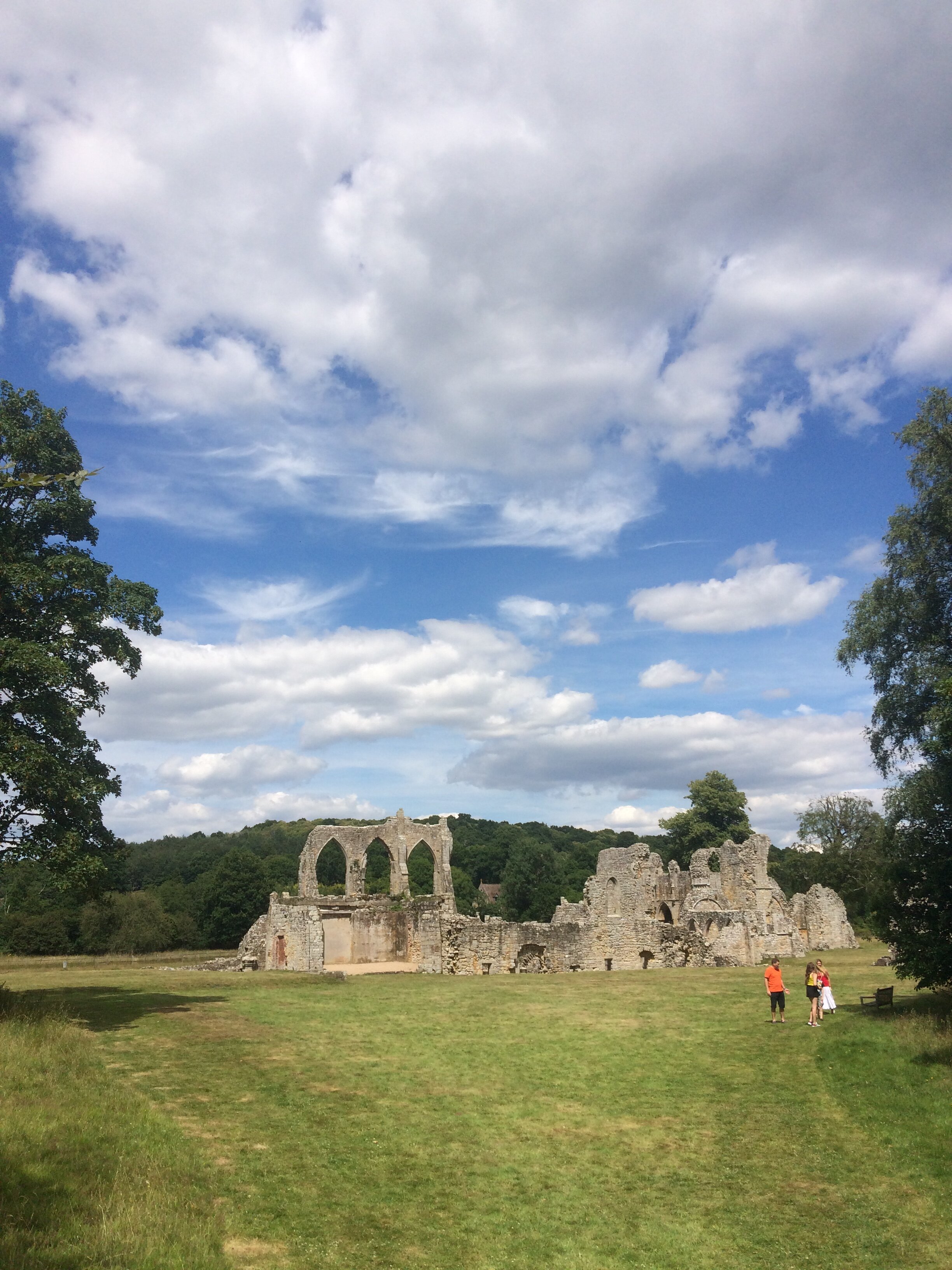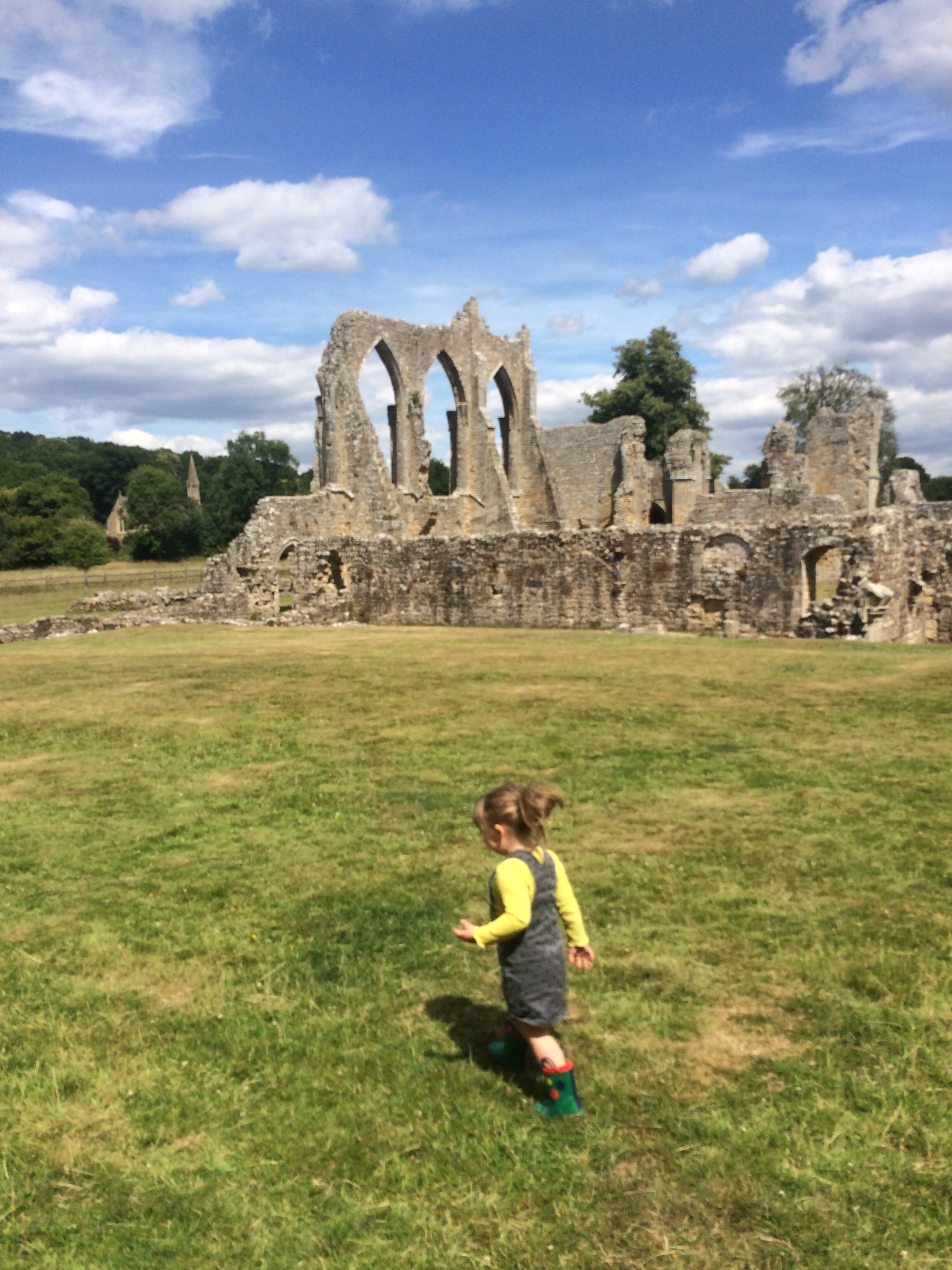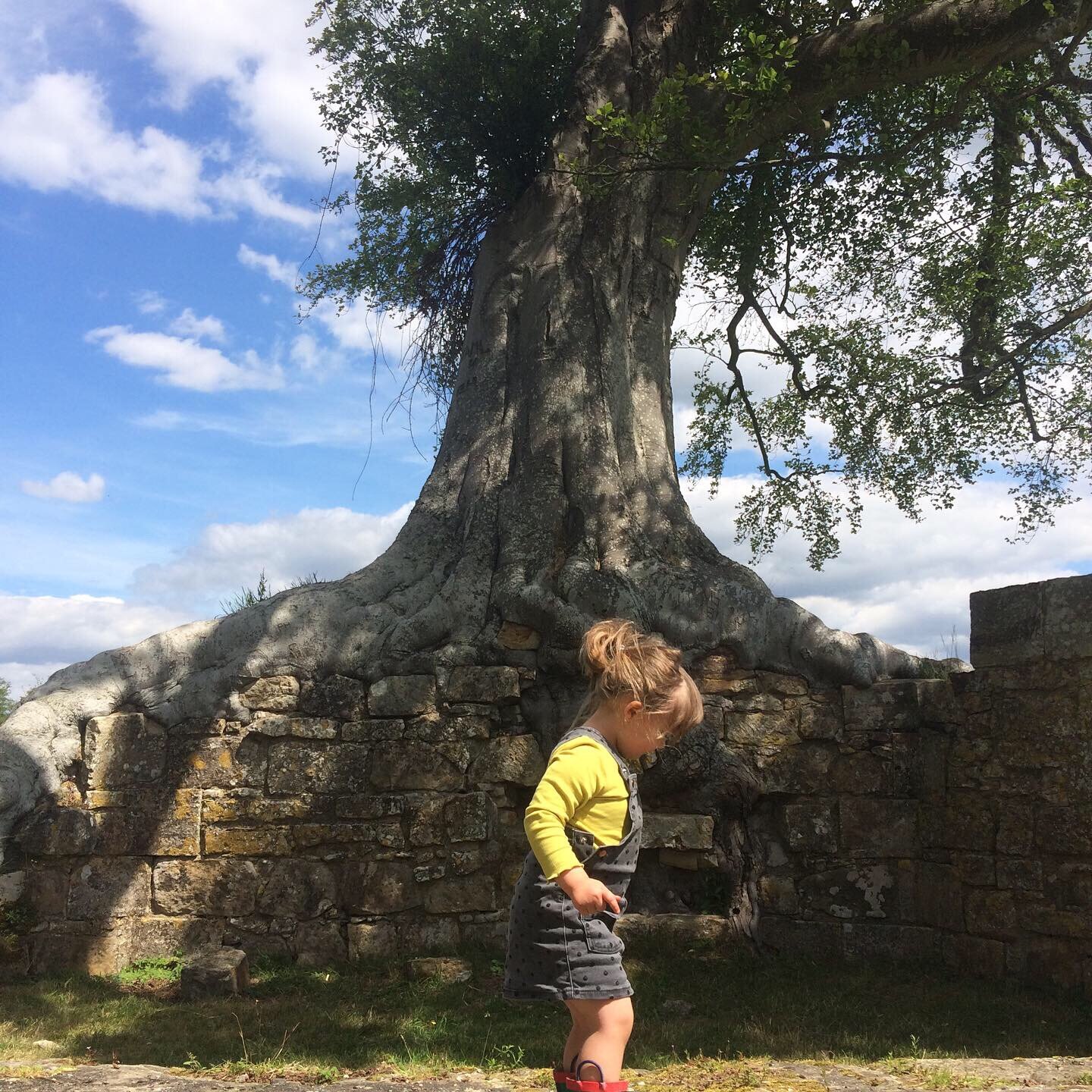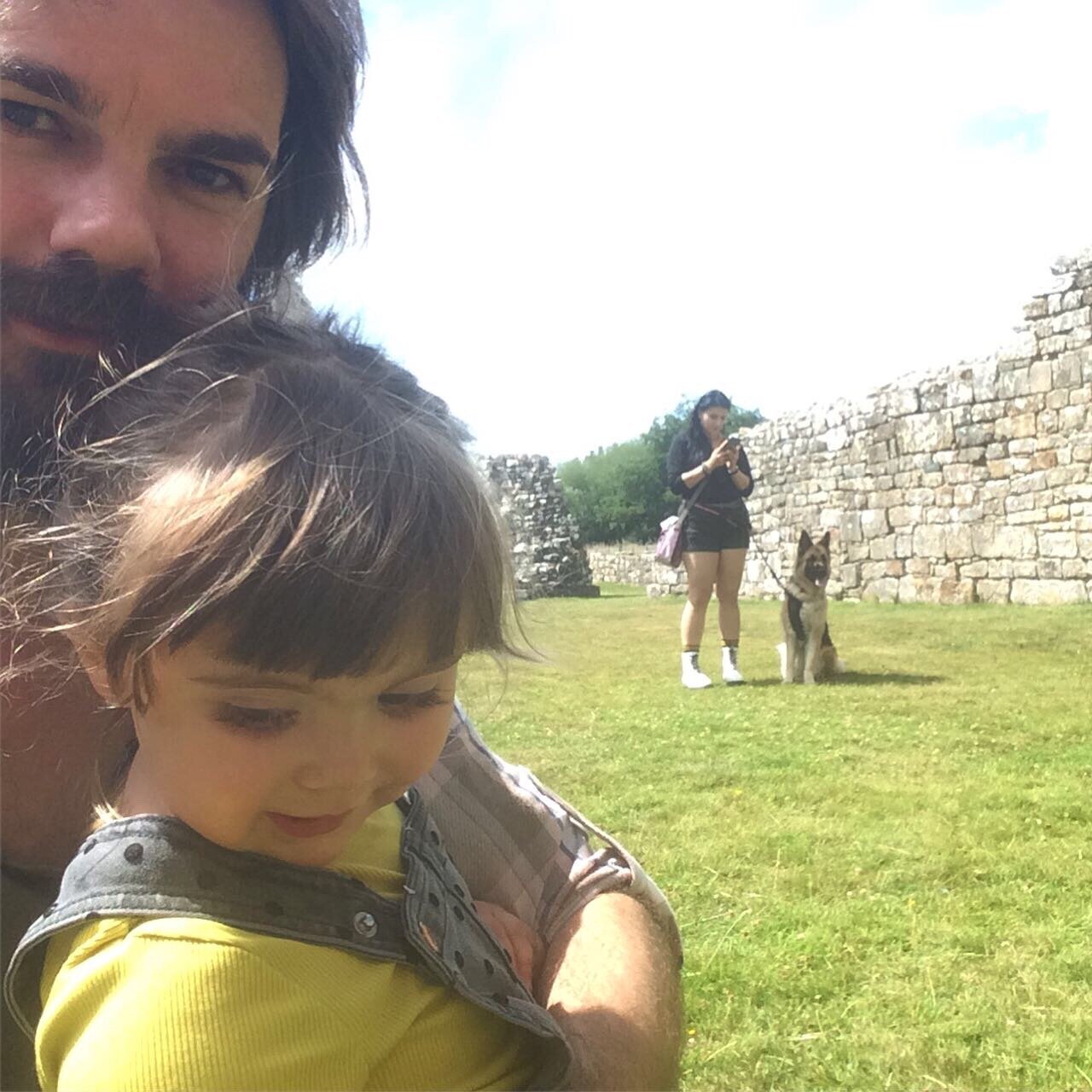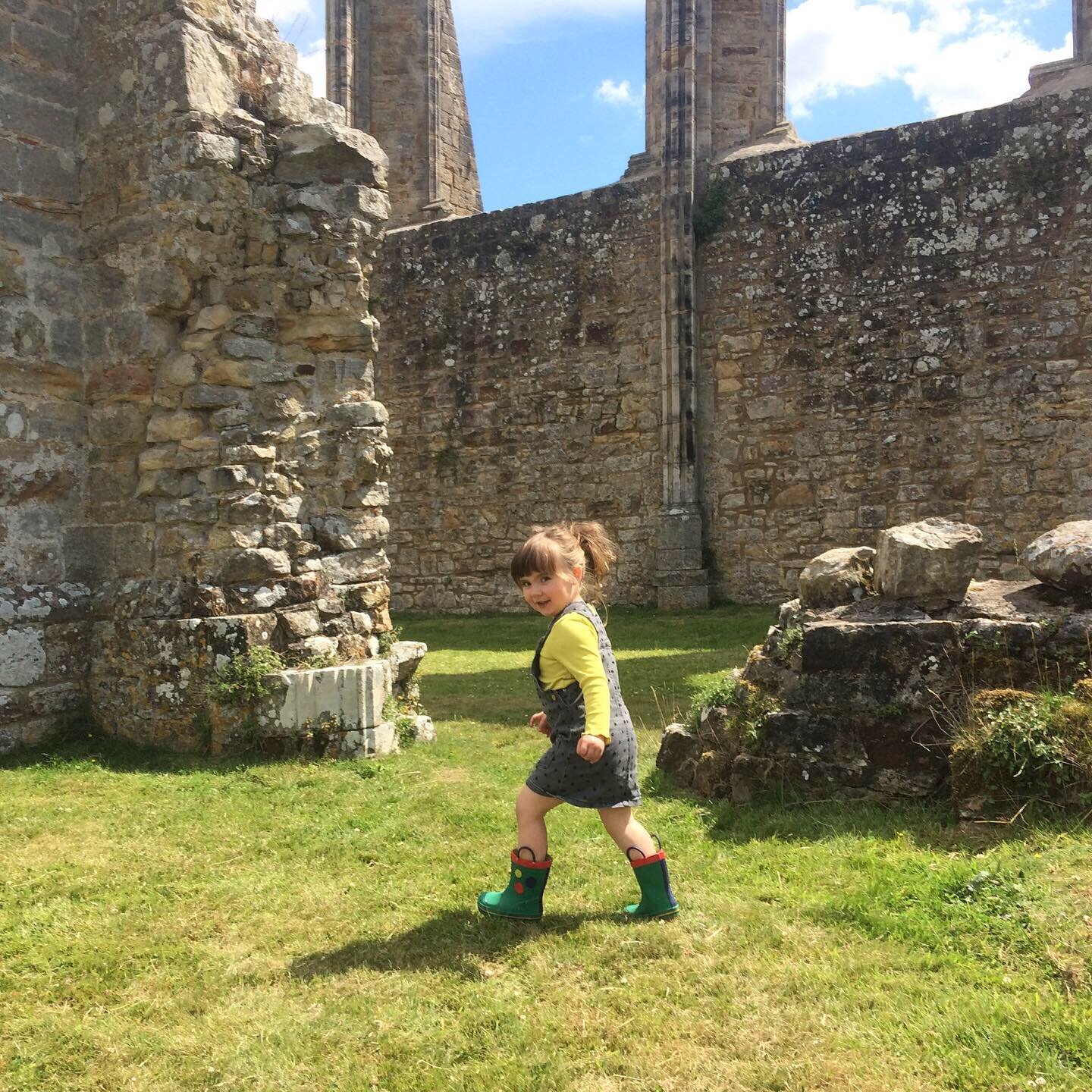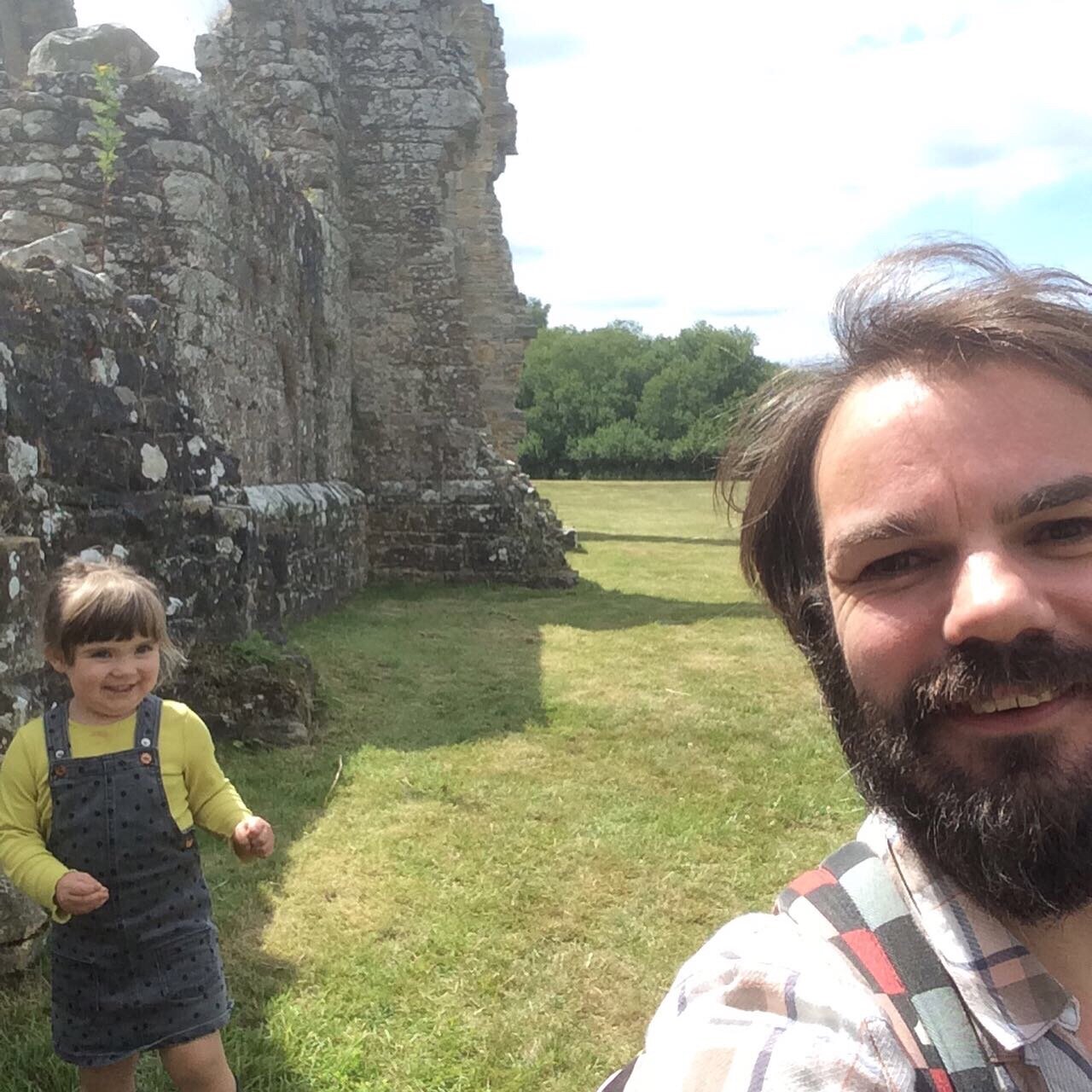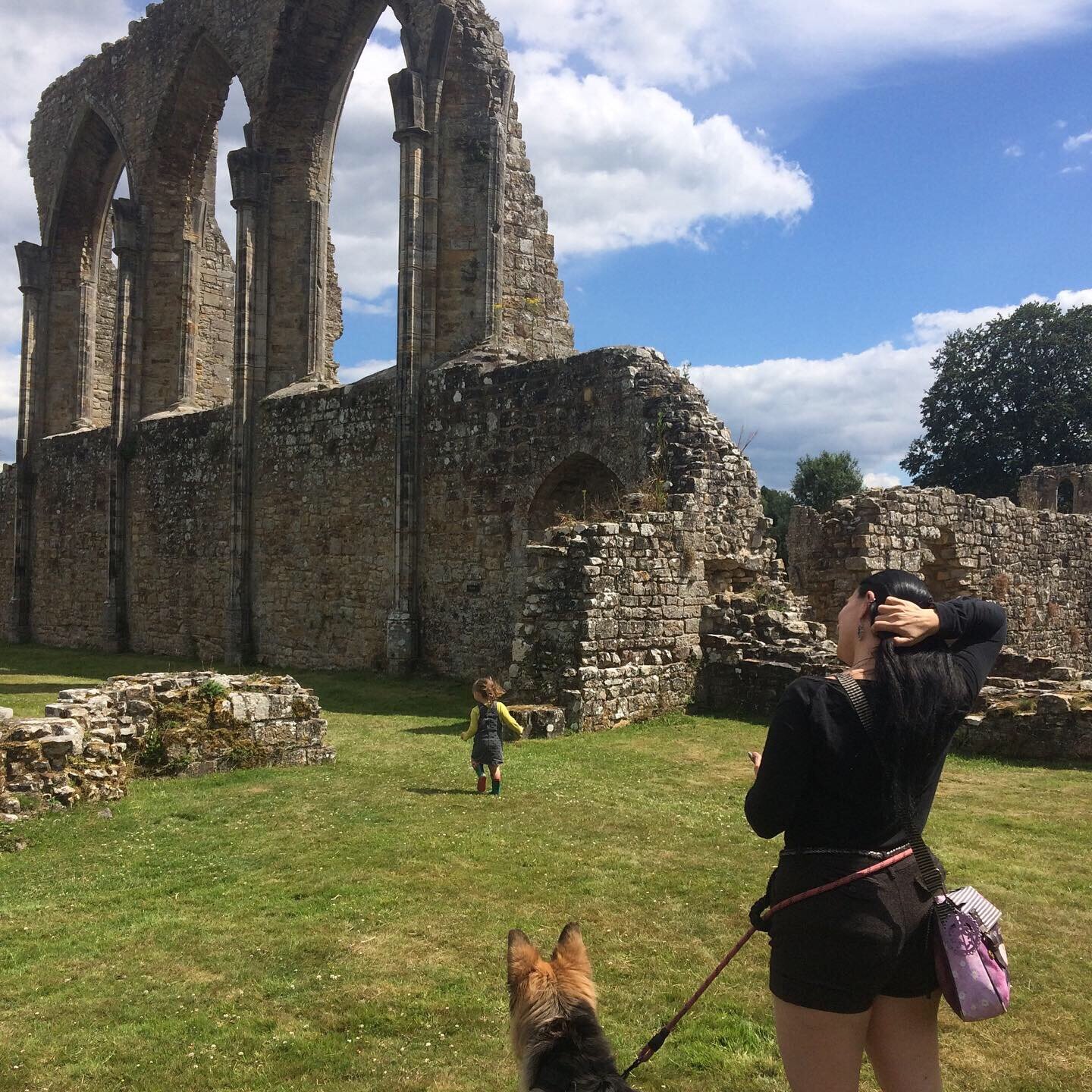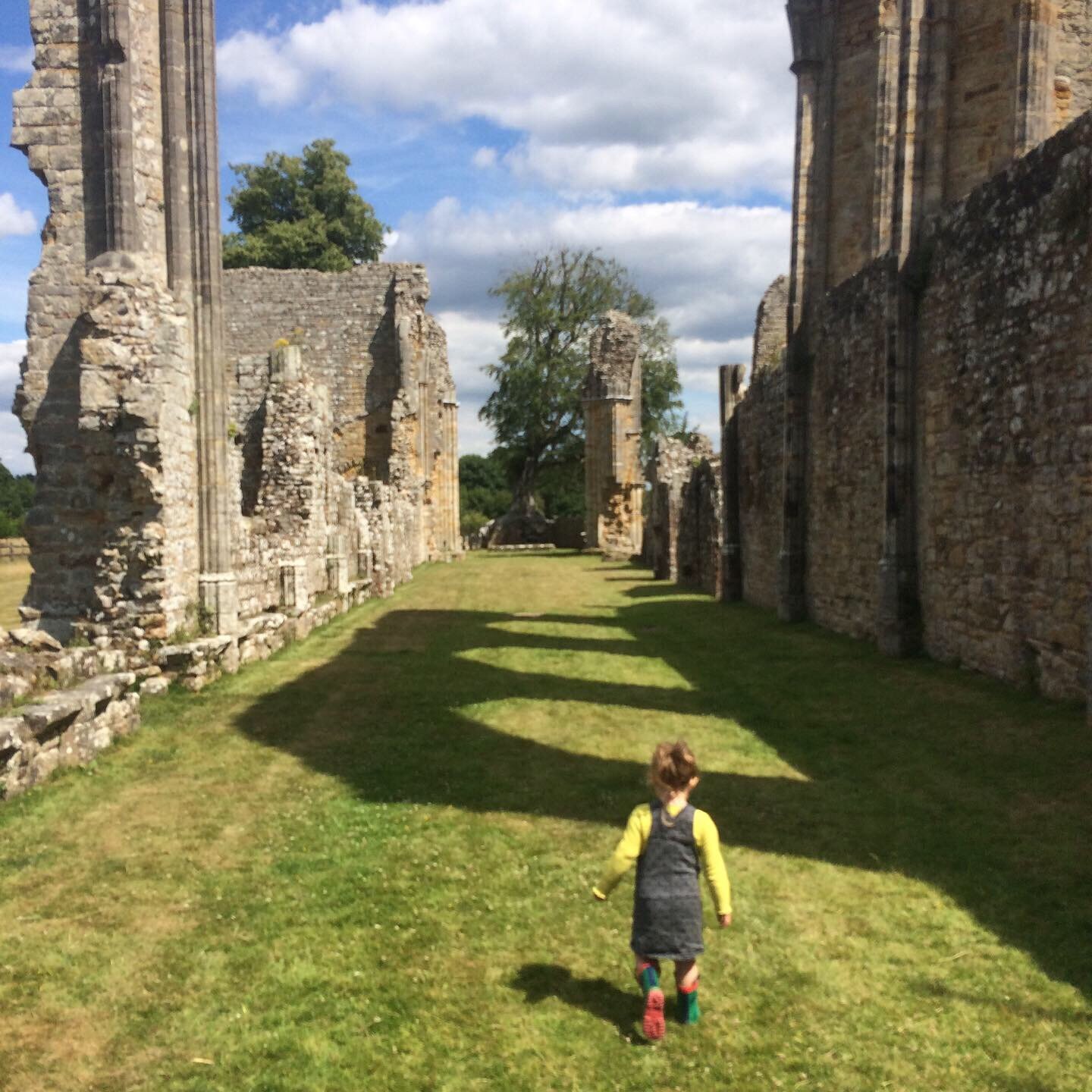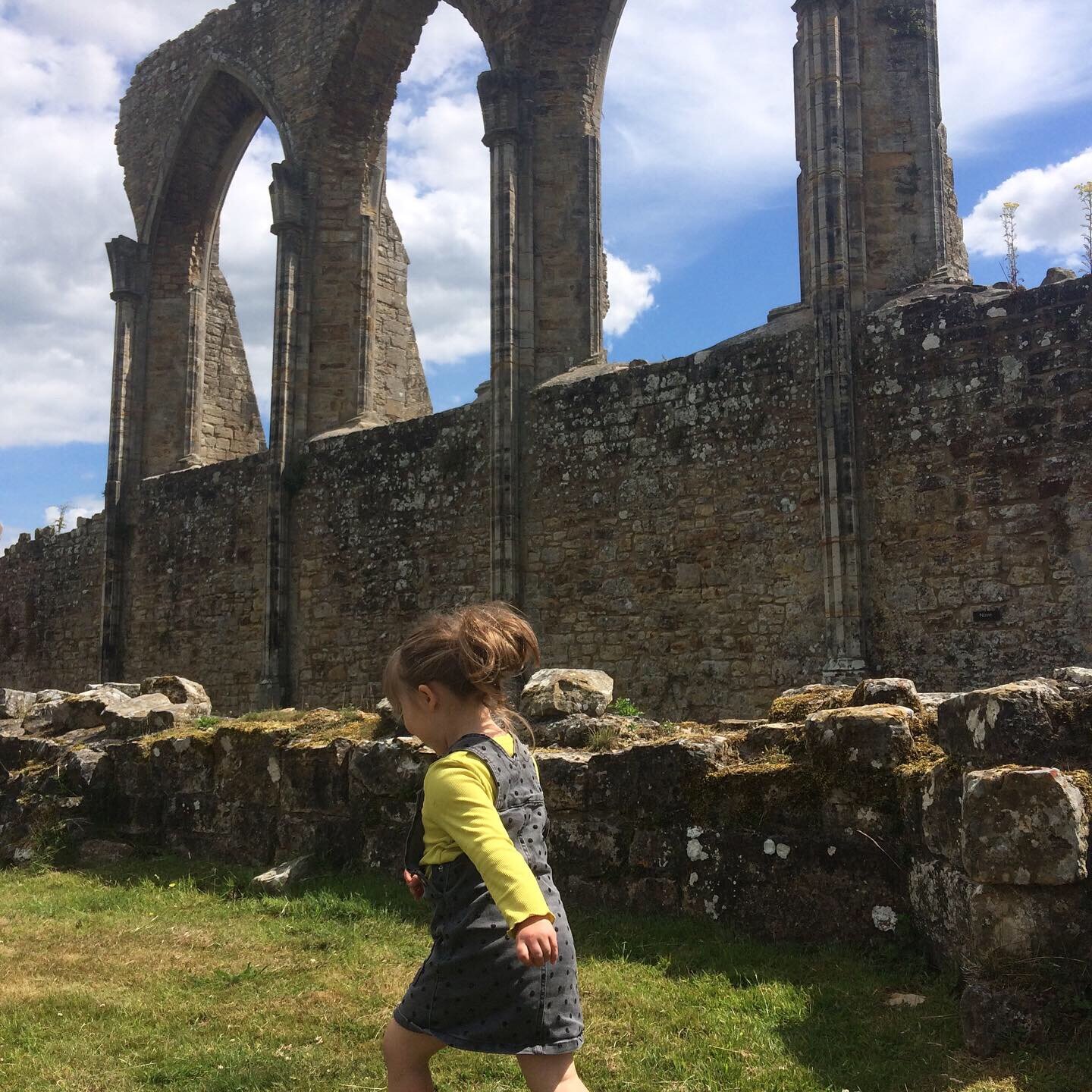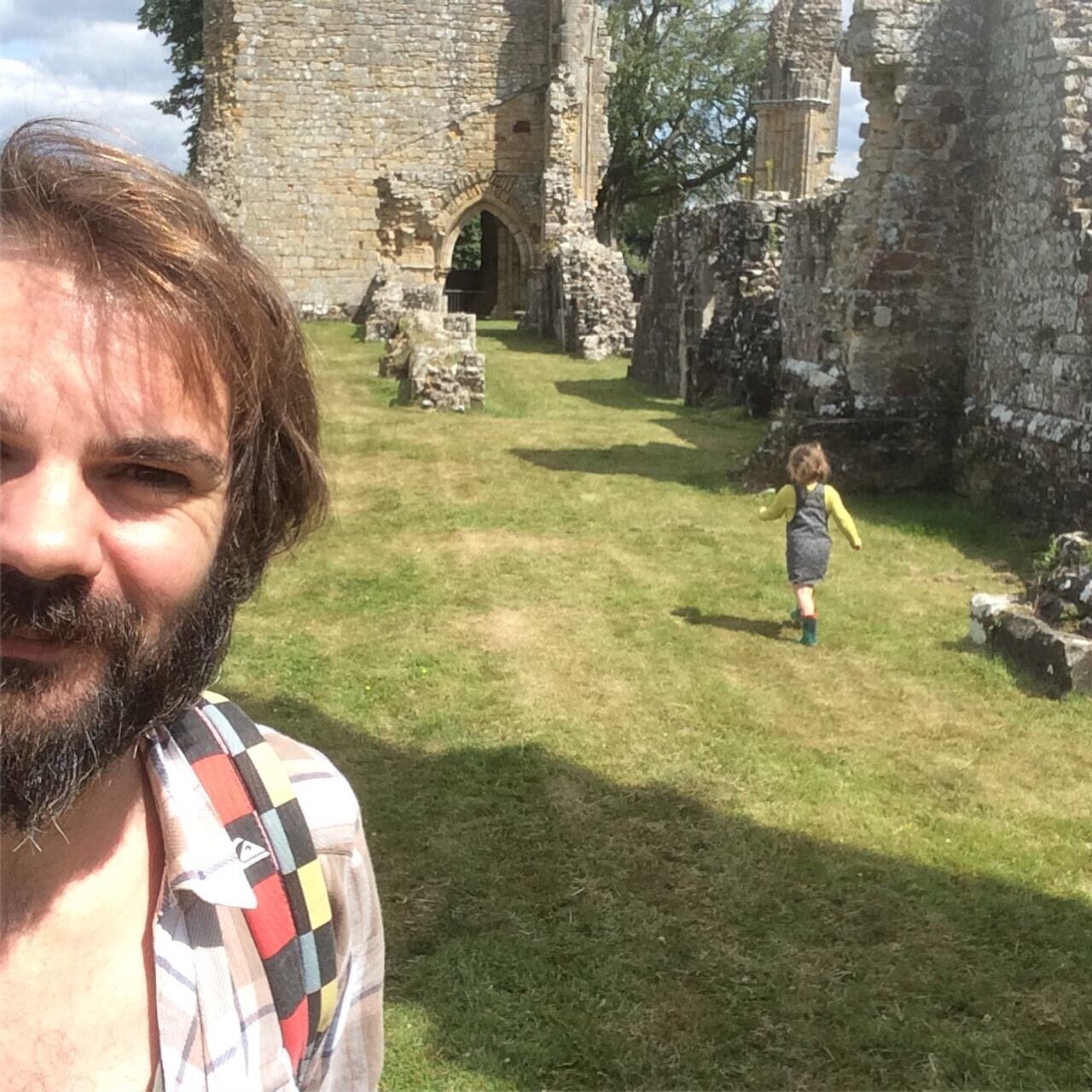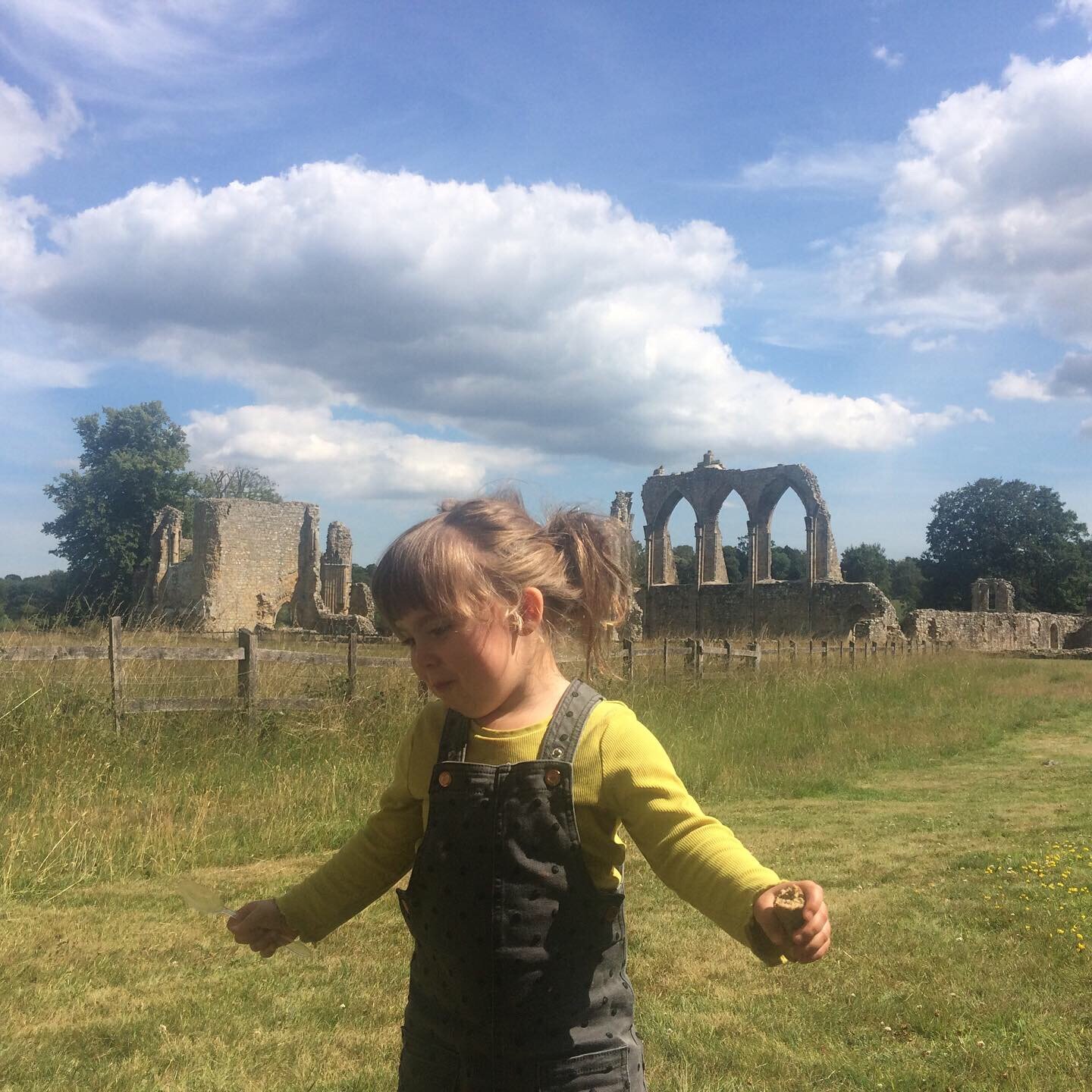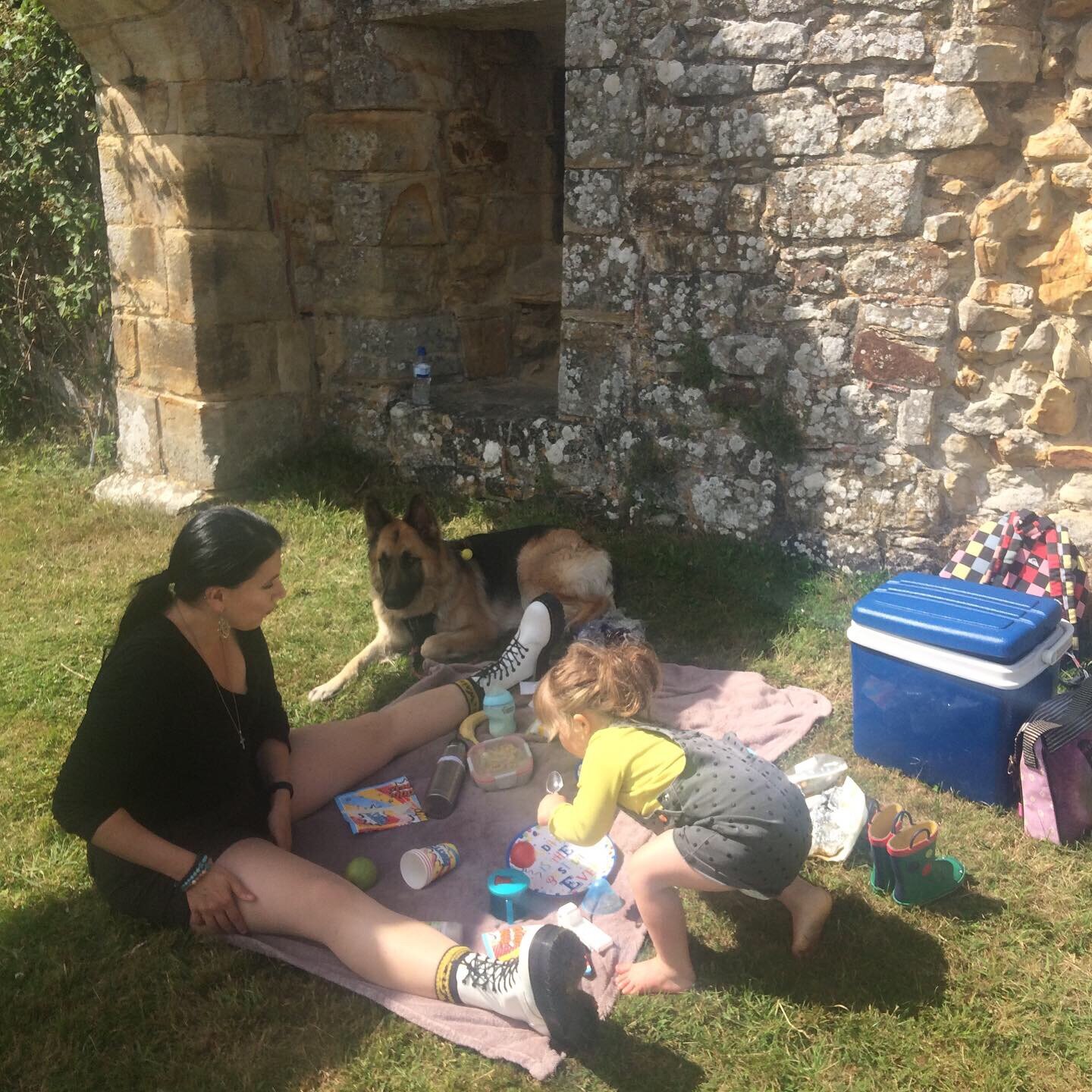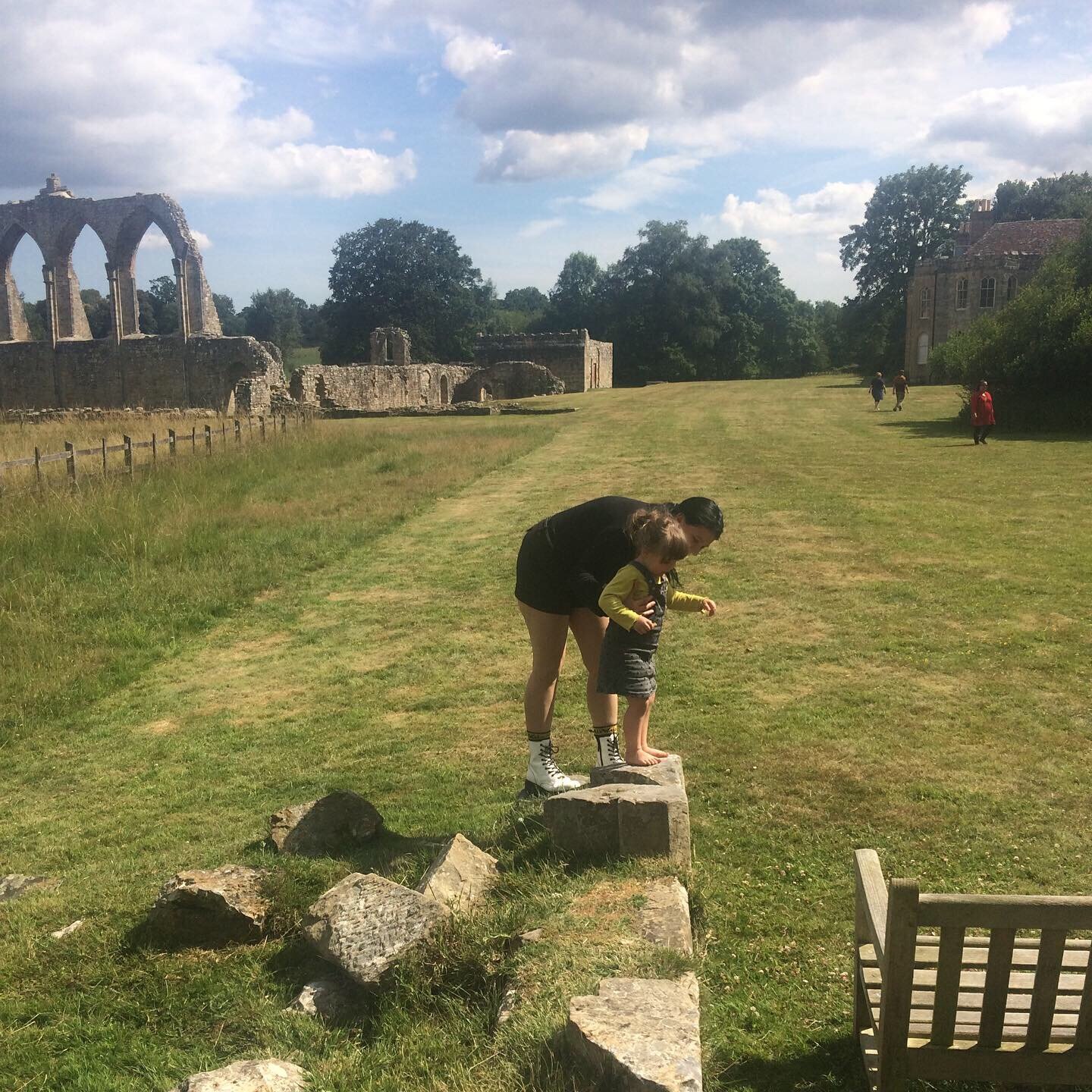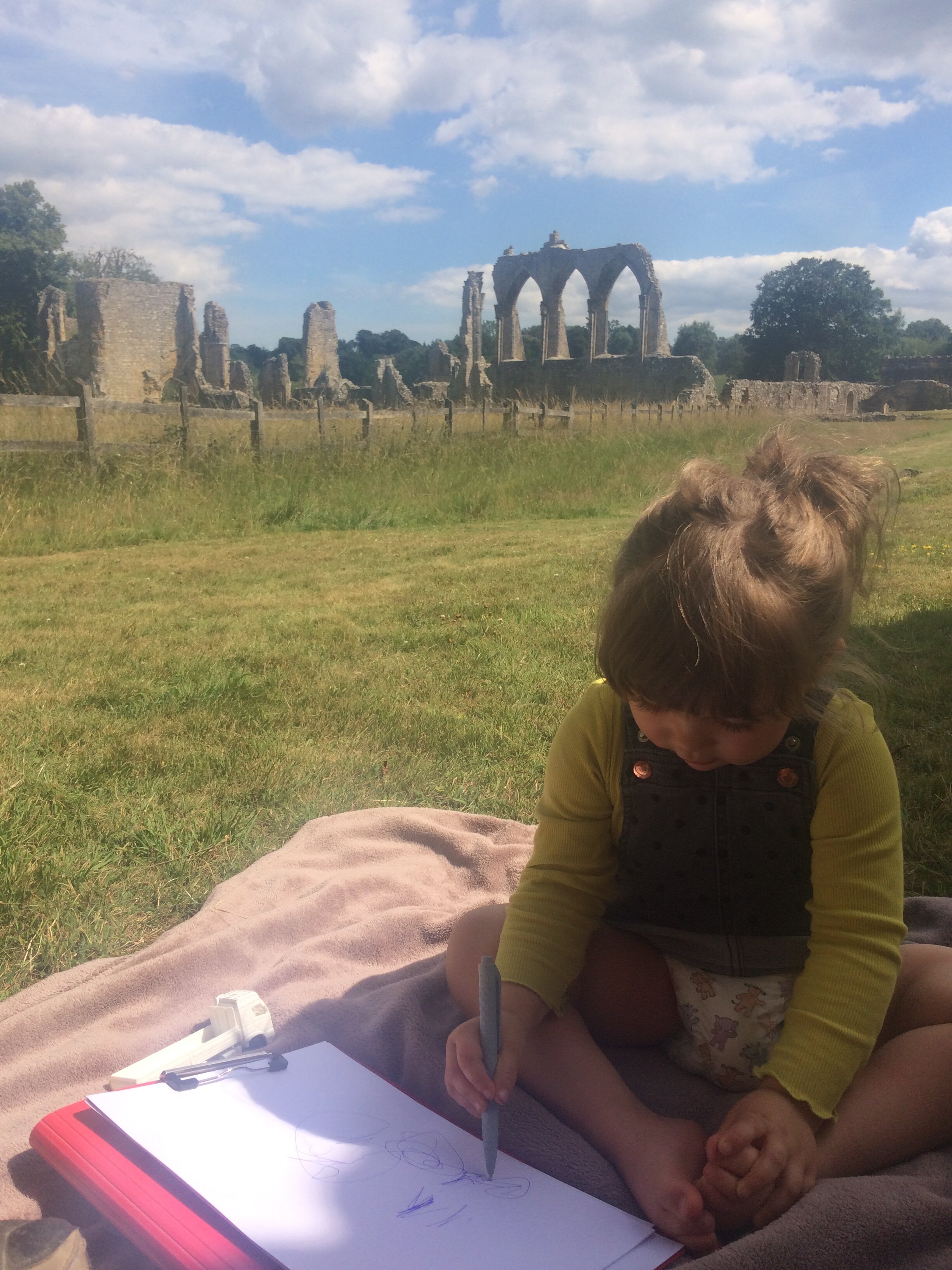The scorched earth gasped in delight as an unexpected downpour threatened to sweep over the land. However, this brief respite was not the relief they had so desperately prayed for, but the radioactive residue of a devilish scout, scouring the land in search of new prey.
For as long as anyone could remember, the burn had dominated these lands. The air was thick and cruel, pumped full of toxins and choking smog. The life giving green had been well and truly scorched from the face of the desolate island, and all that remained was an ever longing thirst, and of course, the Glow.
Temperatures were rising, heating the core and causing vile things that had lain dormant for millennia to reawaken. Flora and fauna were devolving at unnatural rates to cope with the shifting climate. The world was changing and the Glow was taking full advantage. It was building an army to obliterate all of those unfortunates who were unable to adapt as swiftly or as keenly to the old world order.
The Glow, an inhumane illuminous entity, had survived since the earliest moments of creation. It had adapted on this island at the end of the earth into something modern and dangerous. It swamped the soul with unnatural villainy, causing a horrendous inner change in the infected. Its poison had spread across the land, all it touched were snared in a cruel trap. Soon it would be unstoppable, consuming life and hope like a plague.
Despite the precarious state of the island, The Extended Archaeofam, a band of brave warriors and intellects, set out from their fair homeland in the Bridge of Tons on a quest to vanquish the evil Glow and halt its plans of devastation and cruelty. Six battle hardened warriors, their eager entourage of aspiring apprentices and the brazen beast known only as Bramble knew precisely what dangers lay ahead, yet that brief fiery downpour was a warning, a call to arms they knew must be answered.
Setting off in a host of chariots, including one of the mythical silent variety, the warrior band followed a trail of raging storm clouds left in the wake of the Glow’s demonic scouts. The trail led towards the very end of the known earth. They meandered over antique tracks, through serene hamlets, once thriving, inviting and beautiful, now deserted and abandoned since the Glow had taken control of these remote outposts.
A rare sheltered stretch of golden grassland was chosen to make camp, a safe distance from the imposing danger of the Glow. The companions took great pains to create a fortress fit for their quest. The temporary home of the heroes was fully equipped with everything required to tackle their foe, great halls for feasting, shelters for rest, a kitchen and a communal forum, and an additional vast palace, giant and complex, its construction taking up much of the warriors important drinking time…
That evening the warriors consulted the endless ocean of stars above, brightly sparkling upon the blanket of black velvet oblivion called night, and requested guidance in divination for the adventure ahead. The signs were favourable and thus they celebrated with joyous drinking and merriment, singing songs of old into the evening air and toasting to the hope of a successful quest.
The nearest town with any remaining semblance of life was known historically as New Romney. It was here the fearless troupe would need to make initial forages for supplies and information regarding the location of the Glow and its demonic stronghold.
New Romney was one of the original Cinque Ports, five Anglo Saxon ports on the southern coast, until the harbour began to silt up and the land was reclaimed from the sea and utilised for agricultural purposes. As an old harbour town, New Romney stood at the mouth of the river Rother, a challenging estuary with narrow channels and sand banks. In 1287, there was a great flood of south England. Many parishes were completely destroyed, with muds, silts and debris smothering the dwellings. The river Rother completely changed its course during the floods, to run out into the sea at Rye. New Romney survived, and on a lesser scale remained in use as a port until the 14th or 15th century, when the harbour eventually fell out of use. The town retains a sweet port town vibe despite being over a mile from the current coast.
Having gathered supplies and fortified the camp, the band of warriors armed themselves accordingly and prepared for a showdown. The initial plan was to cautiously approach the shore. When at the ocean edge, they would attempt to secure suitable vessels and attack the poisoned peninsular from a sea route. It was hoped that a surprise from beyond the realms of the island would be the safest option. The plan was scuppered however, as soon as they arrived at the proposed embarkation of Dymchurch.
Dymchurch emerged from the gradual build up of the Romney Marshes. A sea wall existed here from Roman times to protect a port at Port Lympne. A Norman church, built around 1150 and dedicated to St Peter and St Paul is still operating today, though it has seen significant extensions and modifications. During the 19th century it became an important element in the coastal defence program, with the construction of Martello Towers and Redoubt Forts. Since the 1930s, Dymchurch has primarily been a tourist destination and boasts a range of holiday and amusement parks.
The toxic tentacles of the Glow had polluted this region long before our heroes could reach its hallowed shores. Neon nastiness had spread like a glowing bacteria over the once quaint smugglers sanctuary. The raging waters of the encroaching ocean were unnaturally warm and terrifyingly tempestuous. Even the food seemed somewhat polluted by the false contagion of the ghastly Glow. The band of Warriors knew only too well the dangers in attempting to approach the stronghold from this position. Desperate to go unnoticed, they retreated to their camp to regroup.
Unfortunately, they had been spied. The great gaze of the Glow had witnessed its enemy and retaliated in a brutal fashion. That night, our brave warriors were surrounded and savagely attacked. The Glow sent forth a horde of blood sucking demons to destroy its foe. These fiends swooped on our heroes, gorging on their flesh. The warriors would not be defeated so easily. They lit the beacons, flooding the air with fresh scents, deadly to the miniscule monsters hovering above. The enemy retreated. Wounded but victorious, the warriors took rest, ready for the epic battle ahead.
On a mission of reconnaissance, the tenacious team of mini apprentices had discovered a secret route into the heart of the Glow’s evil stronghold. It was an ancient engine, powerful enough to traverse the radioactive wastes and desolate landscape, yet small enough to evade the monstrous guards and the gazing eye of the Glow. It was the perfect plan. The warriors and their entourage armed themselves and set out immediately.
The Romney, Hythe and Dymchurch railway is a 15 in light gauge railway which clings to the coast of Kent between Hythe and Dungeness. The railway had been the dream of racing drivers Captain John Edwards Presgrave Howey and Count Louis Zborowski. It was officially opened in 1927, though King George VI (then Duke of York) had visited and driven the railway during construction in 1926. During the 2nd World War, a miniature armoured train was built for use on the railway by the British Military to patrol the coast in case of invasion. A fleet of locomotives now operate on the line taking approximately 150,000 passengers a year to destinations along the coast.
Sneaking onto the engine via a series of challenging hurdles and trials, the band of warriors sped towards their unsuspecting enemy. The surrounding landscape shifted and opened up, vast and alien, a sparse and haunting desert, dry and desolate at the end of the earth. The unparalleled barren wilderness almost revealed their approach. Fortunately the swift and stealthy engine made it through the soaring black towers and searching lights of the ghoulish guard stations, and to the very gates of the grim loathsome Glow.
Dungeness, or the headland at Denge Marsh, was first mentioned in AD 774 as Dengemersc. It remains one of the largest expanses of shingle in Europe. Dungeness is a designated National Nature Reserve due to its amazing bird and plant life communities. A host of lighthouses remain on the headland, constructed to warn approaching ships of the shallow headland waters. These lighthouses were constantly rebuilt or moved as the coastline altered over the centuries. The most prominent landmarks of Dungeness are its two formidable power stations. These Nuclear Power Stations, built in 1965 and 1984 respectively have both now been decommissioned, though the newer station continues in a defueling state.
Standing at the gates of the enemy, staring up at the gaunt grey towers and phallic funnels beyond, our fearless band of warriors lined up in battle array. The Glow, only realising the danger too late, attempted to organise its odious armies. Toxic plumes of neon waste intertwined and fused into a flurry of foul beasts, zombie sharks and skeletal crabs, blood sucking buzzards, gut-churning gulls and rabid dogs forged forwards. Humanesque creatures consumed by the pestilence of the abominable beastly Glow also emerged from the taverns to guard the vile gates. It would be an epic finale.
The ferocious battle raged on through the stifling merciless heat of the arid afternoon. It took every ounce of strength from our fearless heroes to fight through the throngs of ghastly glowing adversaries. The battle remained on a knifes edge, until the ingenuity of the apprentices produced an opportunity. It was a risky plan, but it had a chance…
The gruesome Glow emerged from its formidable fortress.
Its lethal light and noxious noise filled the air in an all consuming burst of rage and terror. Our heroes stood firm. Producing a collection of rare crystal tubes, the young heroes braced themselves, and in choral perfection, sang an ancient spell which reverberated through the desolate desert. The Glow wailed in agony as the crystal tubes burst open and sucked at its devilish lifeform, draining its dark power and containing it within the tubes forevermore.
The heroes held on tight as the tubes sealed and each shone brightly with the essence of the captured demon. They had done it. The island was rid of an ancient beast which had terrorized the tides so very long.
Weary but jubilant, the band of warriors made a final pilgrimage to the eternal ocean, now free of the vile grip of the Glow. It was a reborn experience, relaxed and wonderful. They cheerfully paddled in the expanse of ocean and mudflats, feasted on the rocky outcrops and bathed in the golden glow of an untainted sun. Soon they would return to the Bridge of Tons and prepare for future adventures and quests, but for now, our victorious heroes basked in the comfort of great company and glories won as the sumptuous sun sunk gently over the horizon.
And no one even thought about the impending horror of repacking the temporary palace… that, as they say, was a story for another time!


